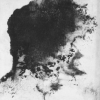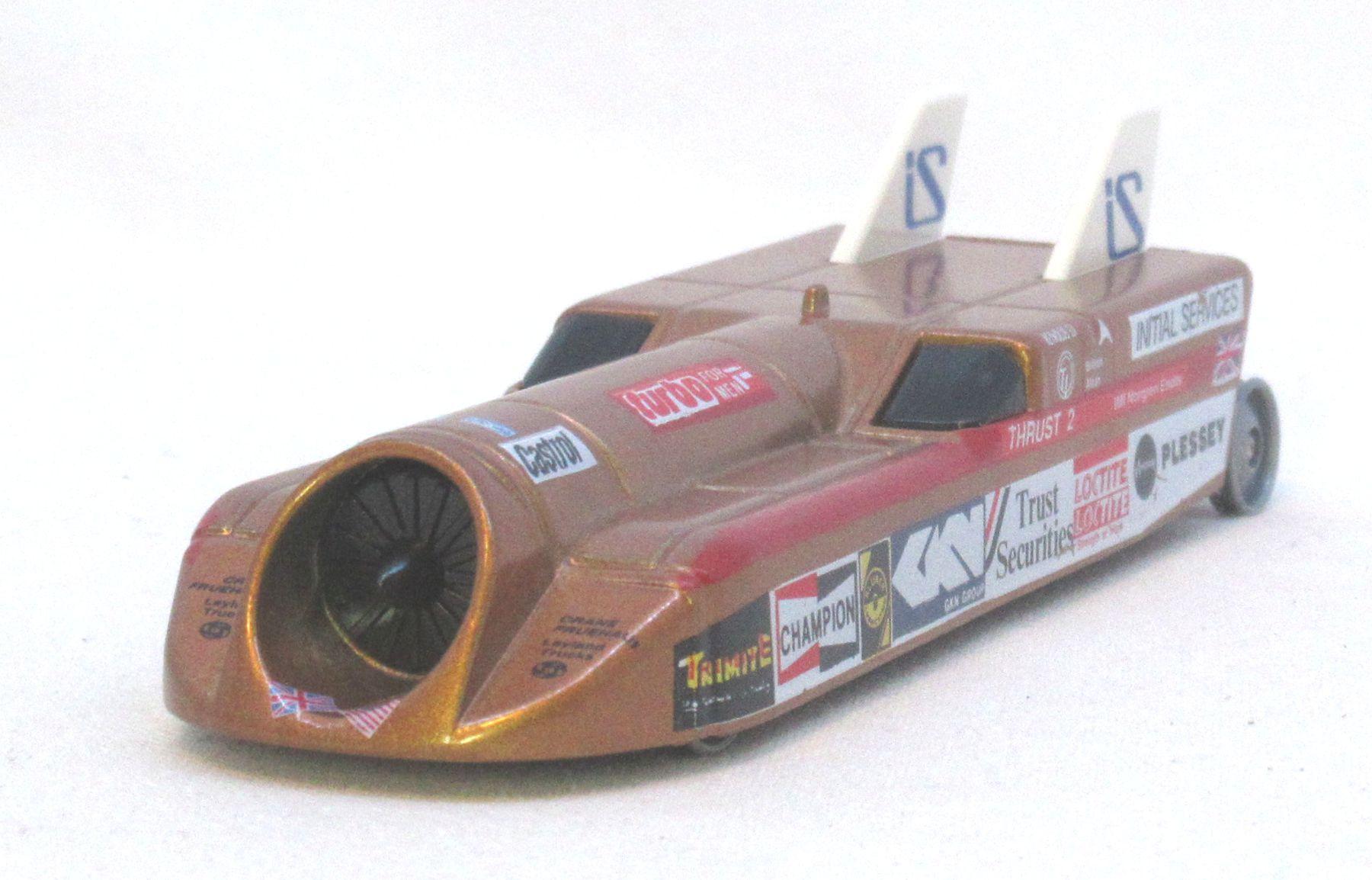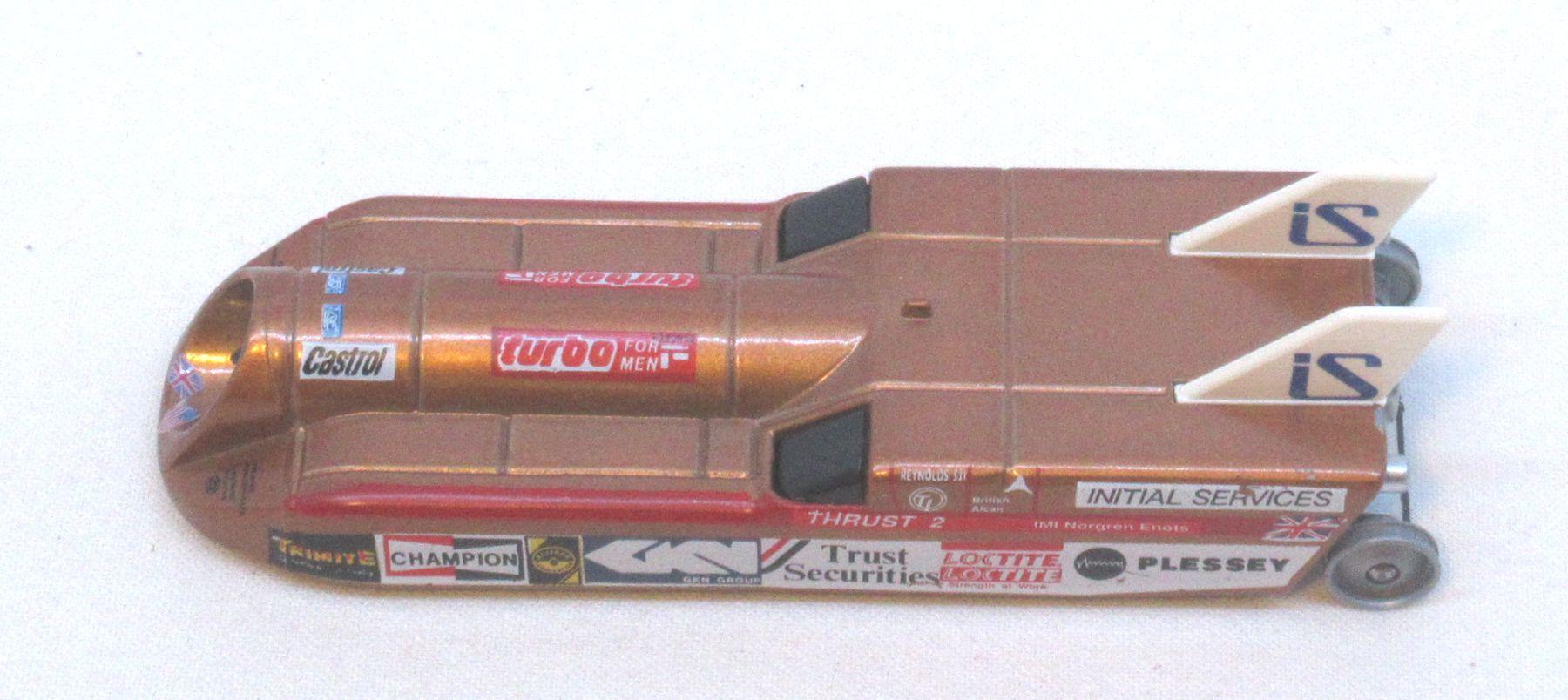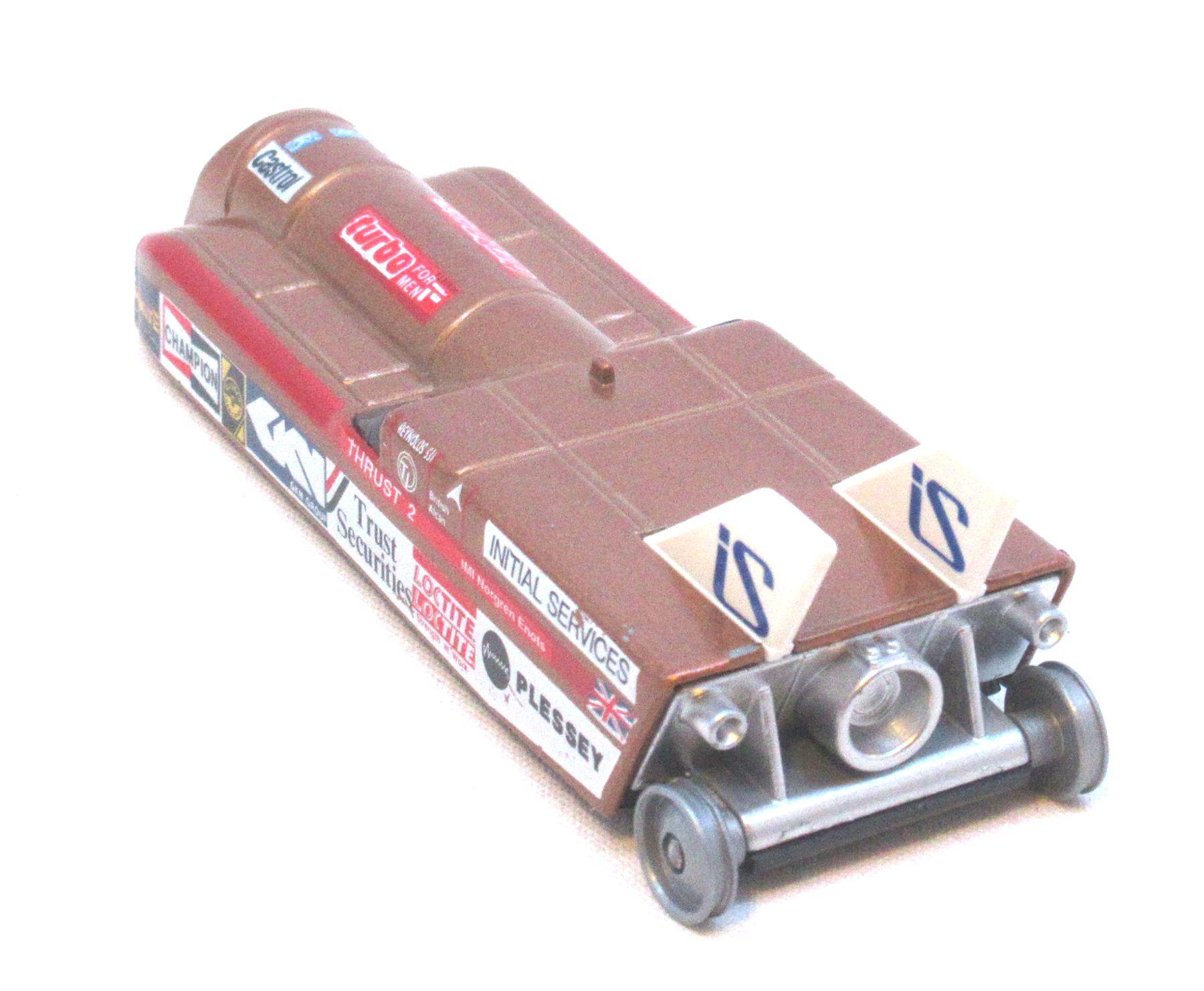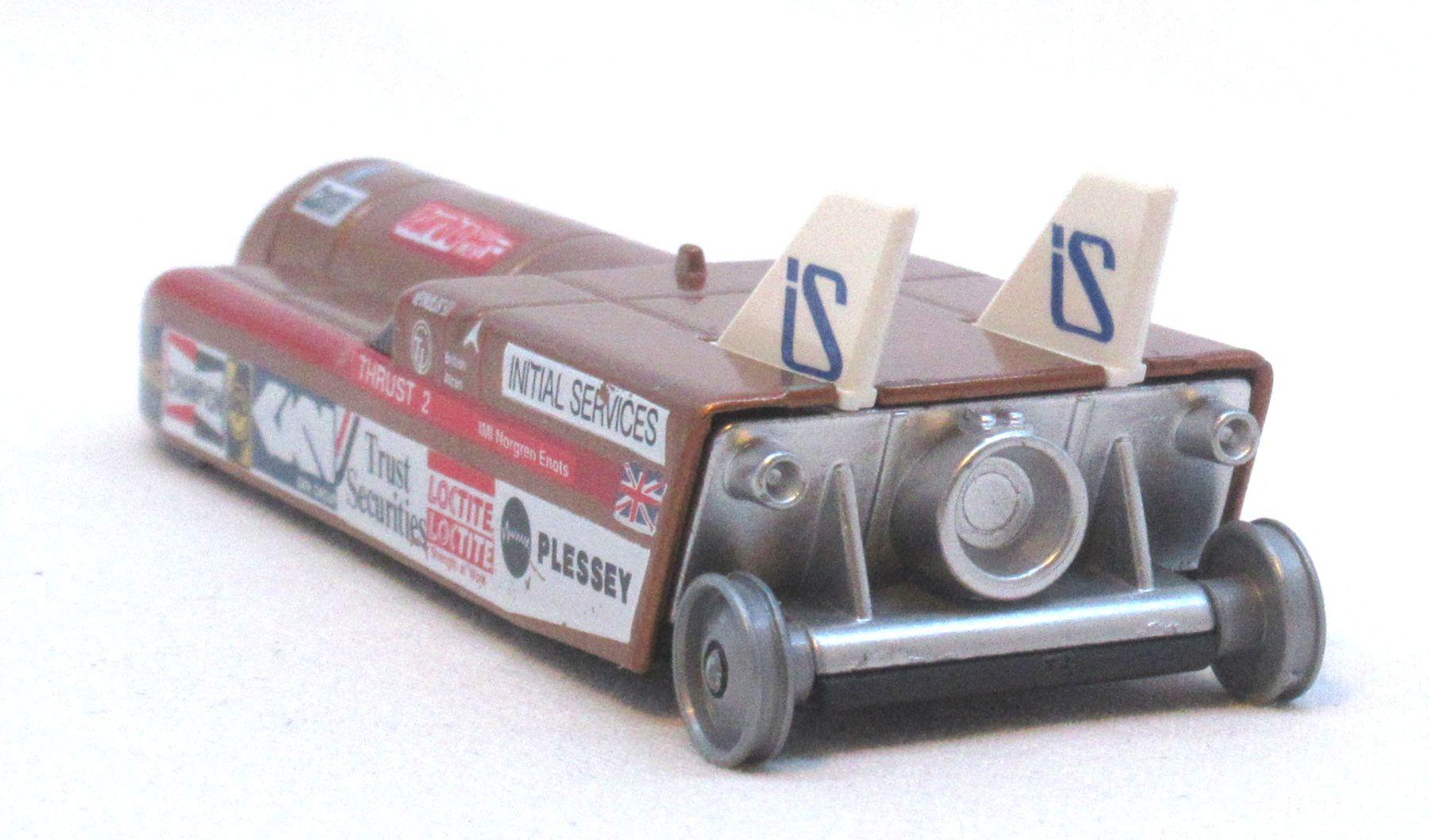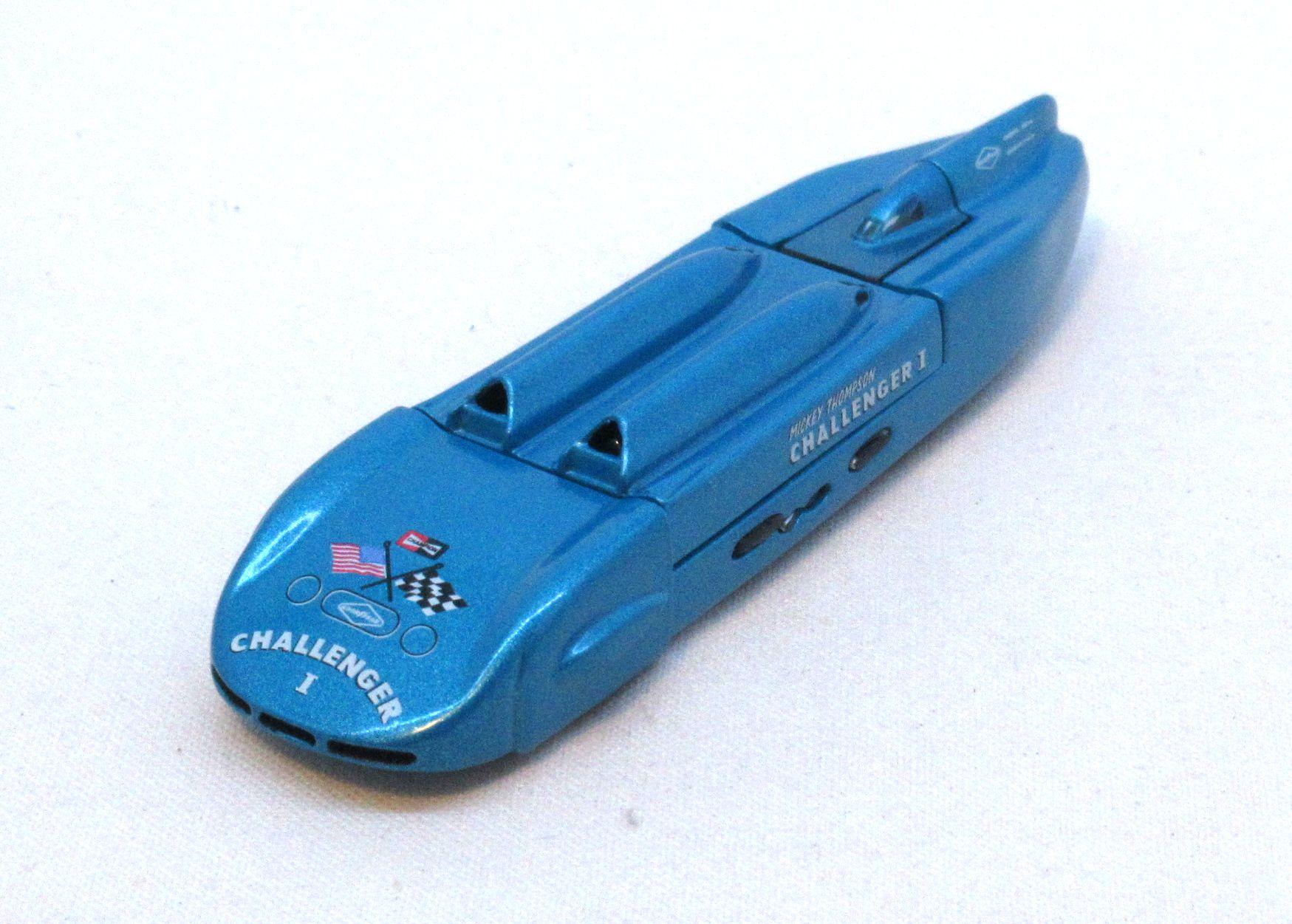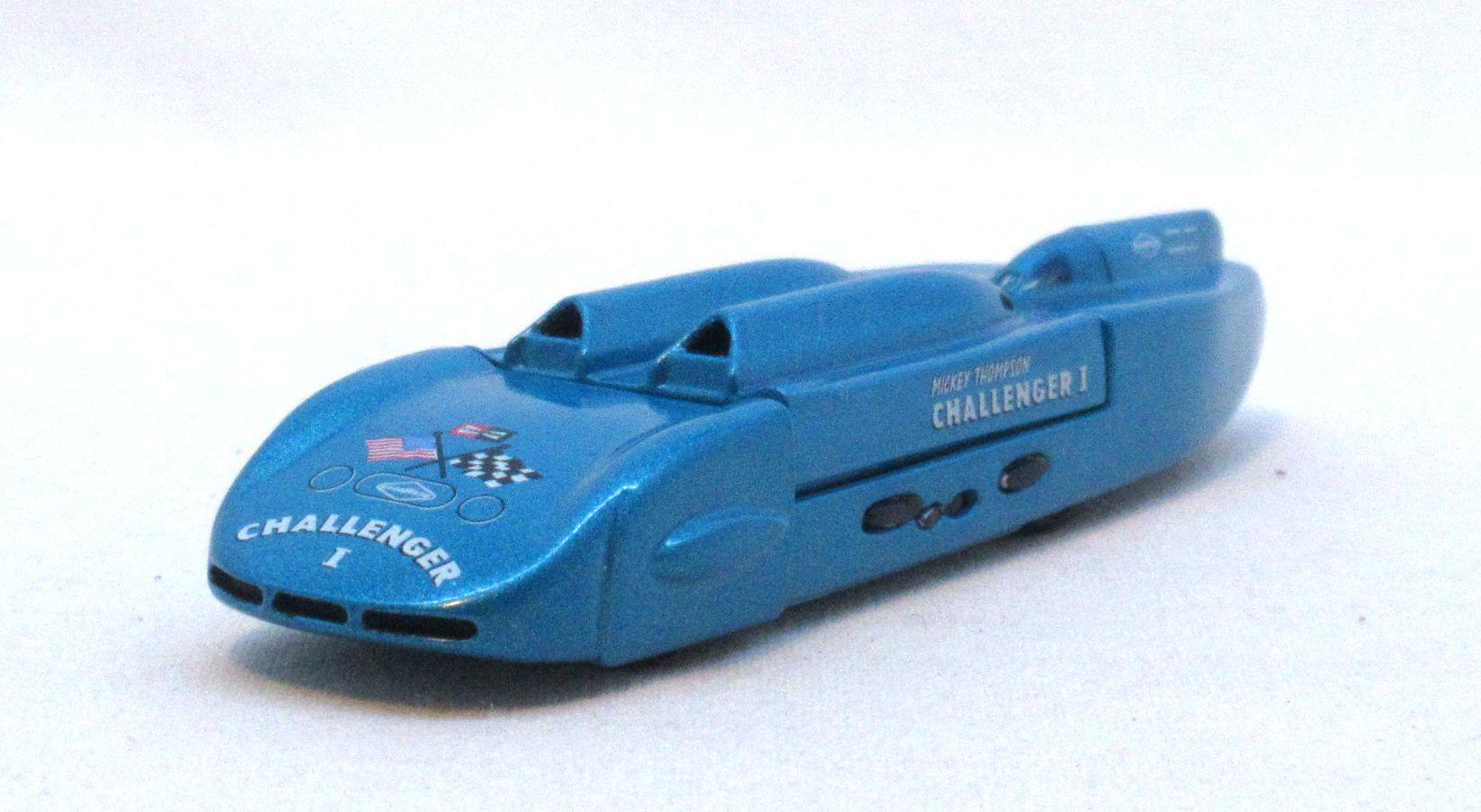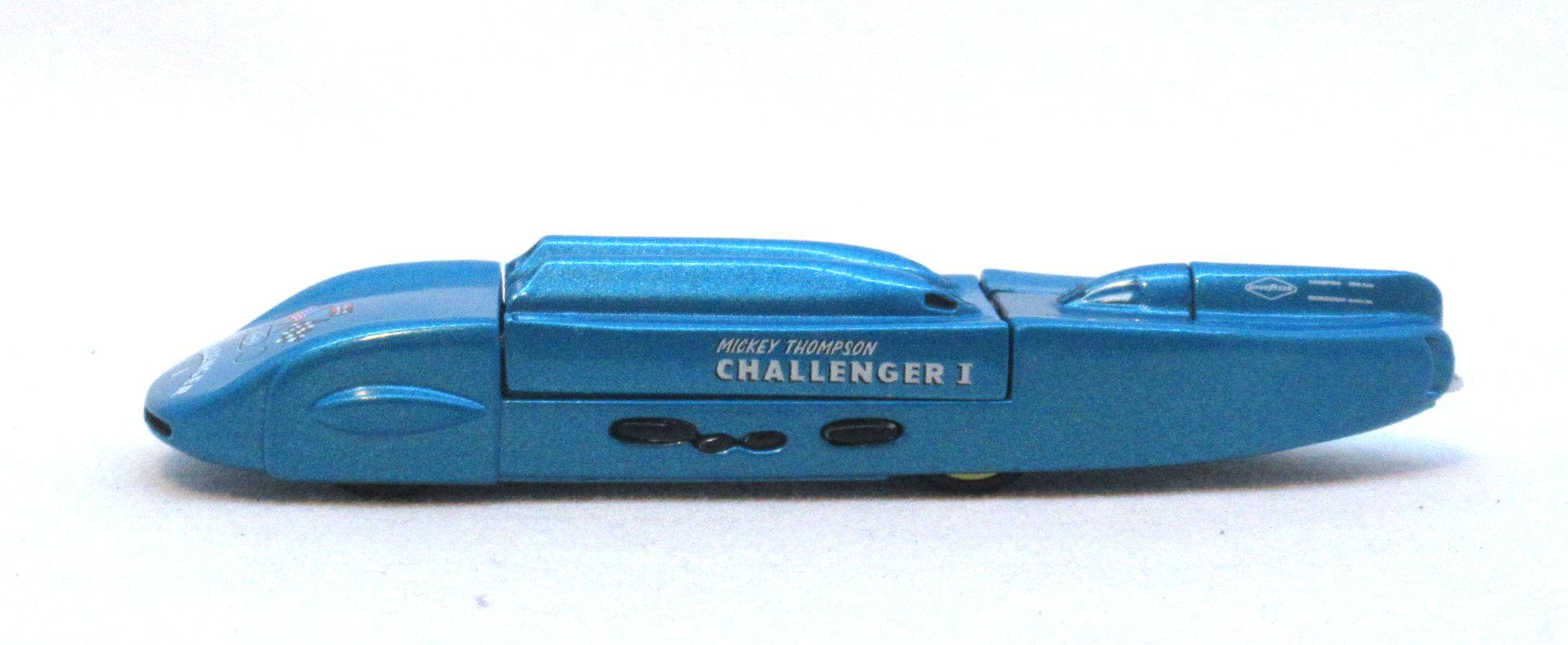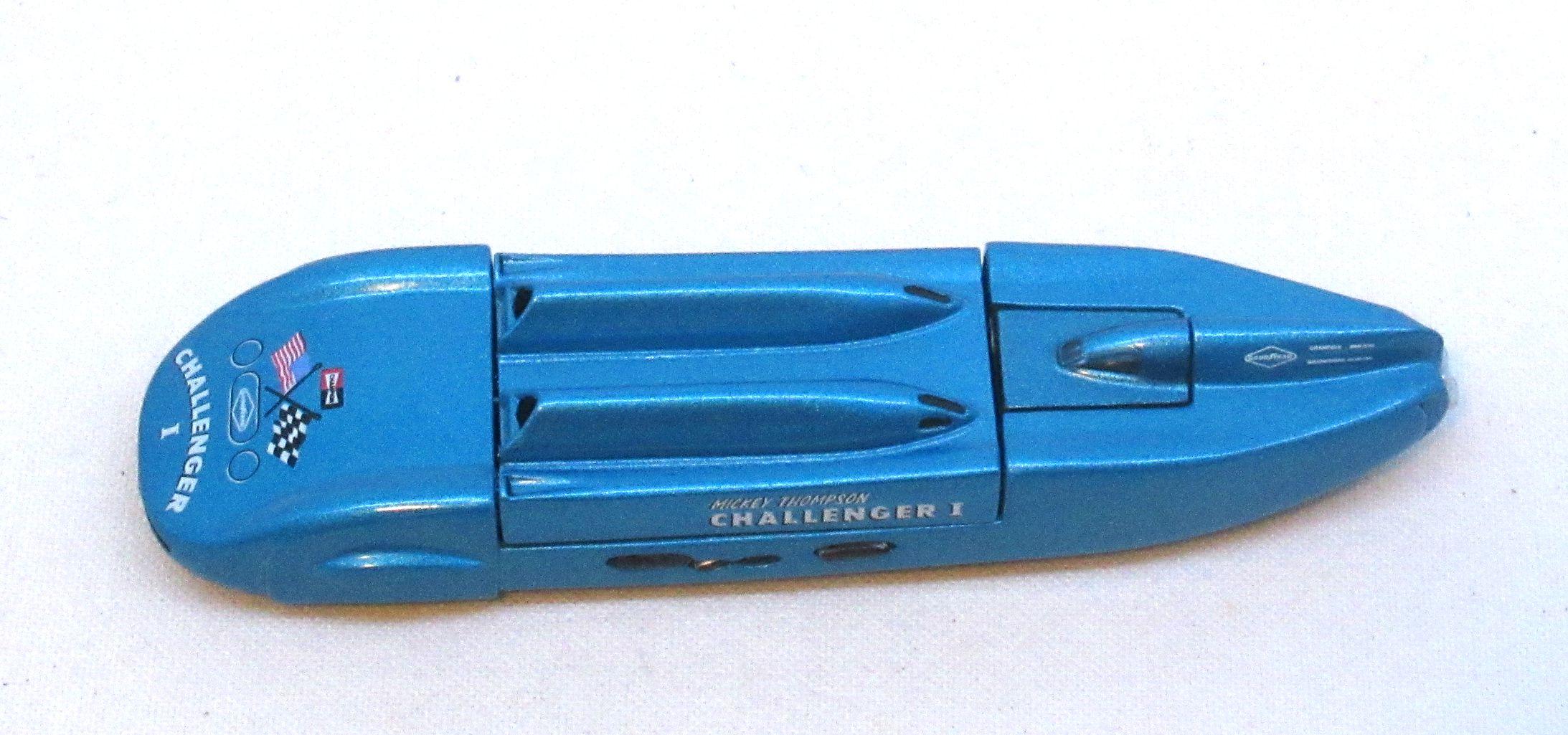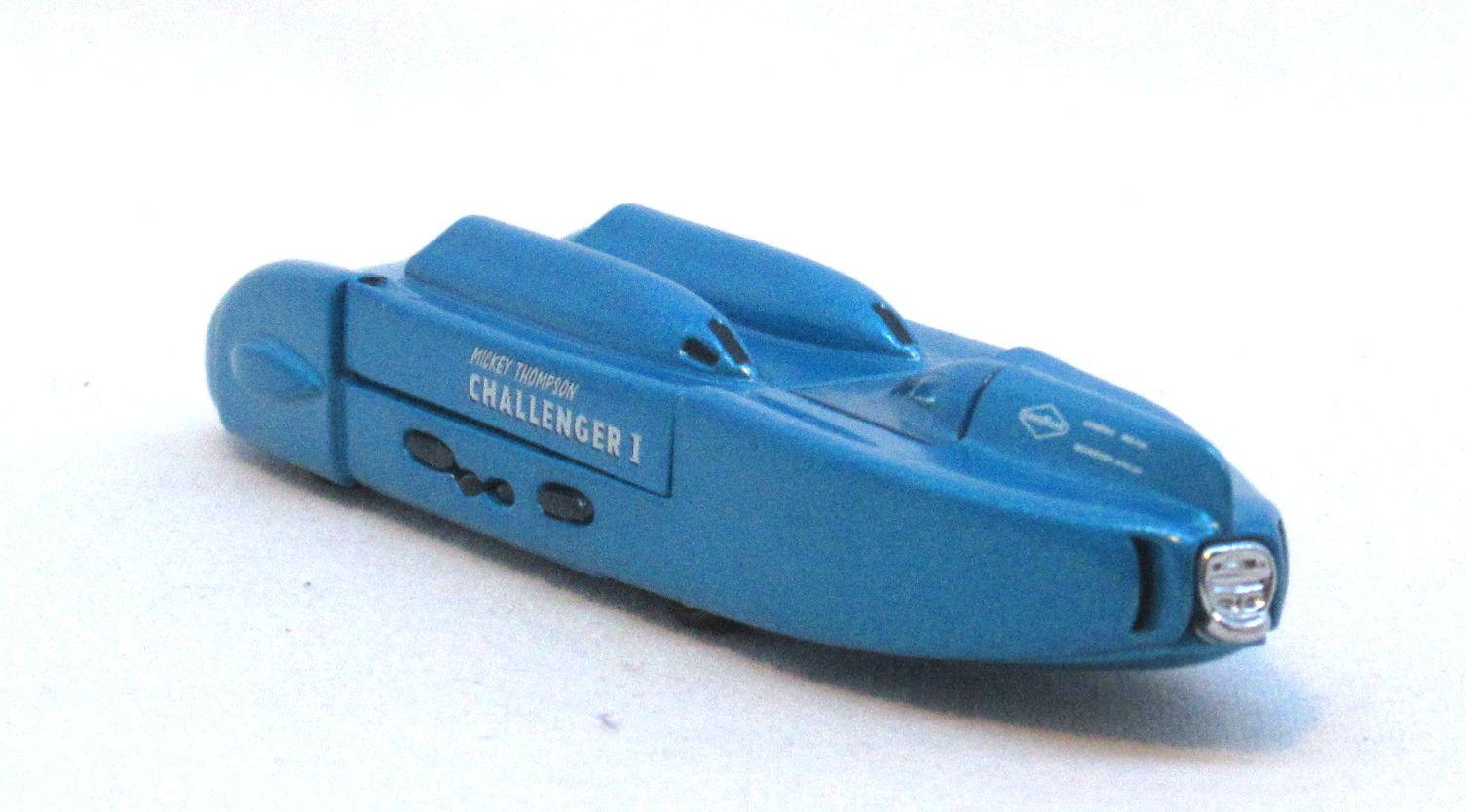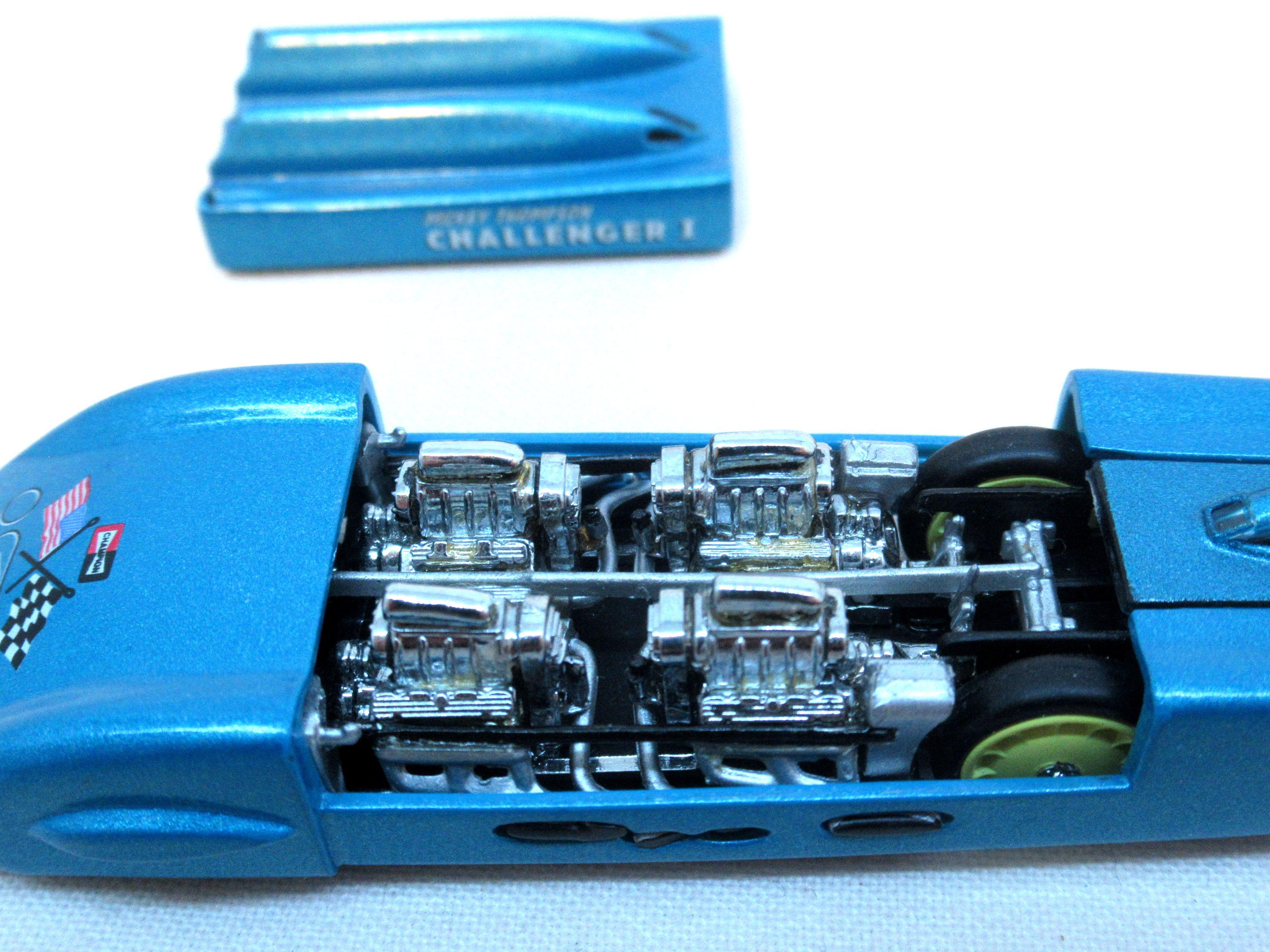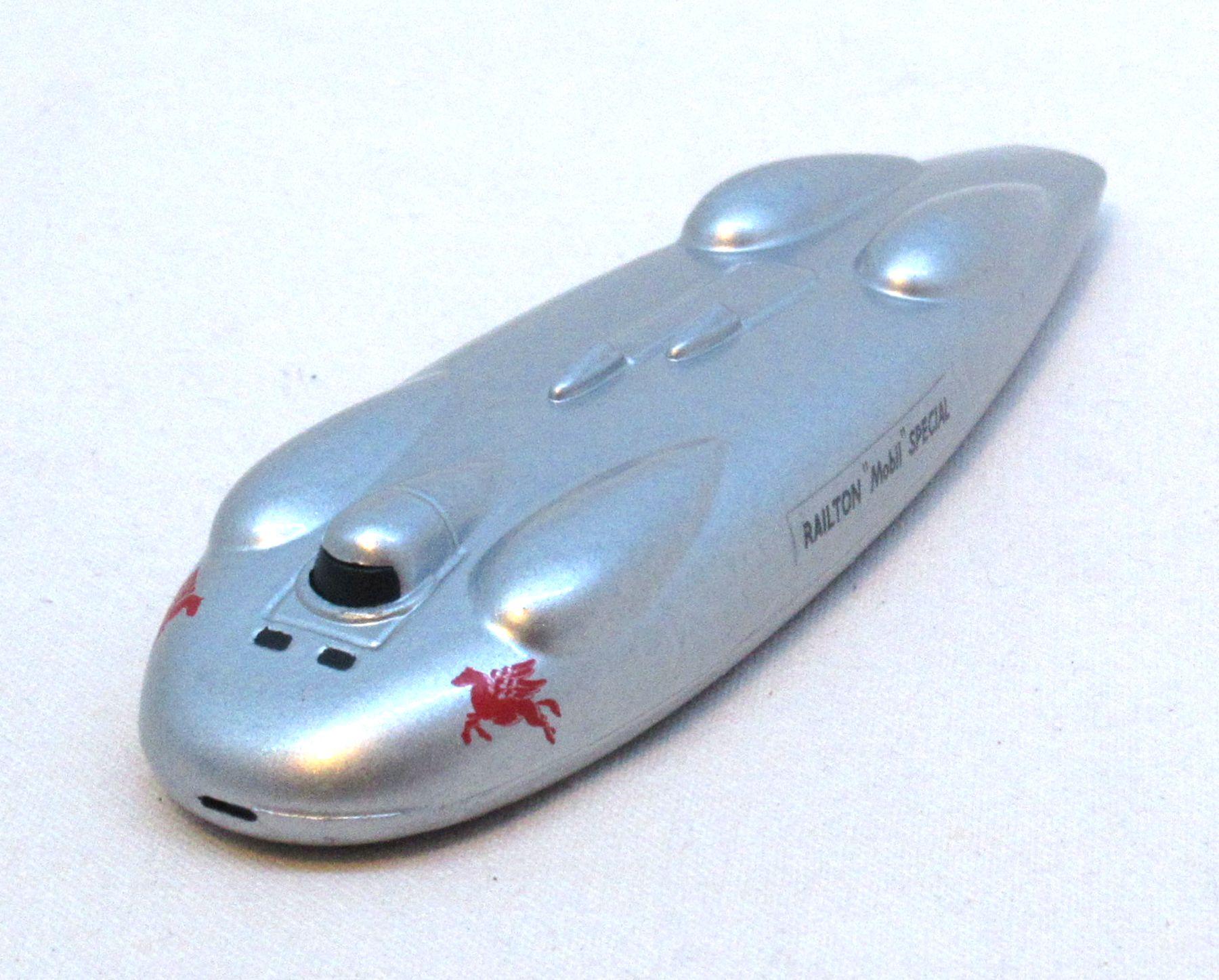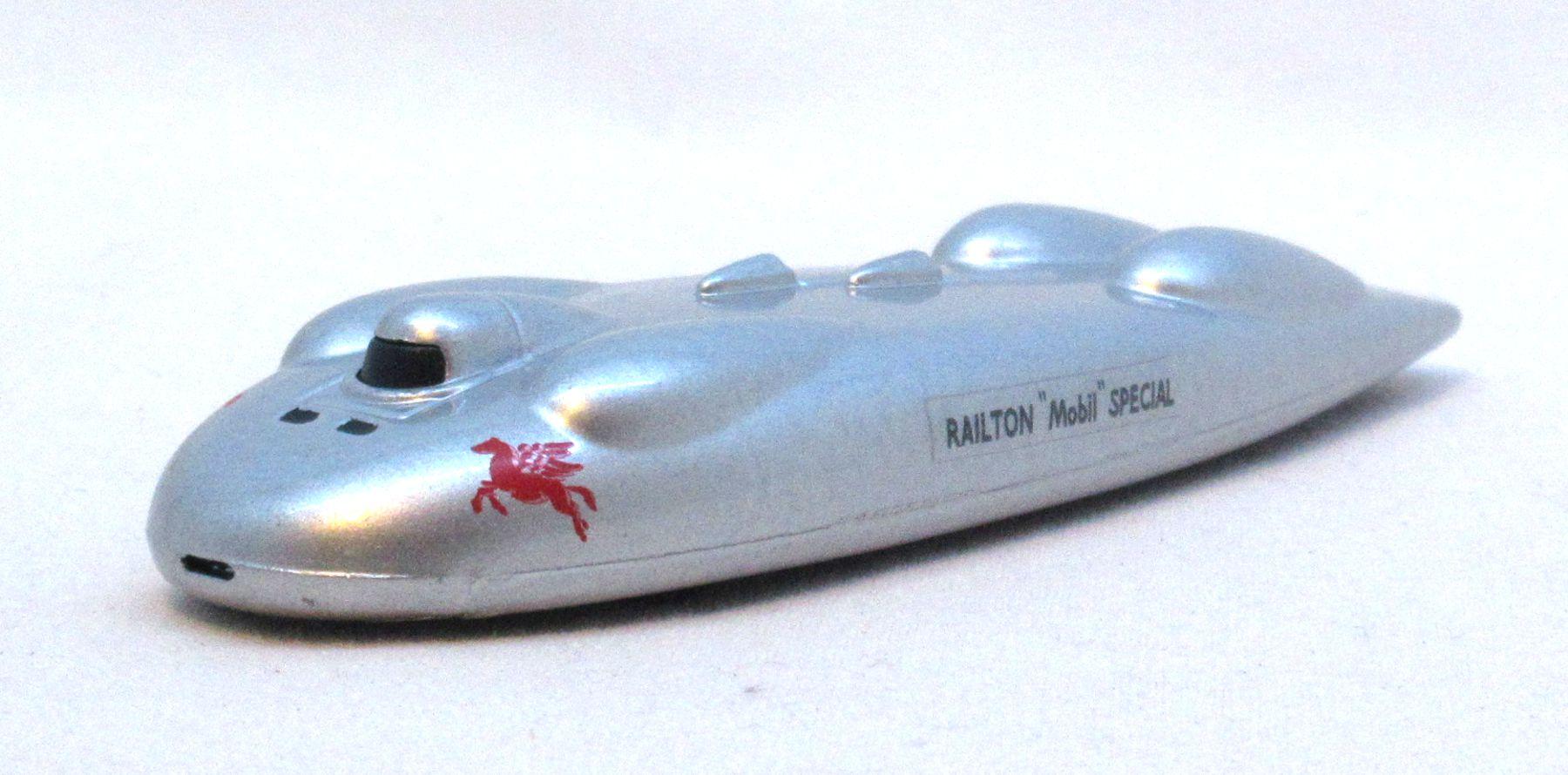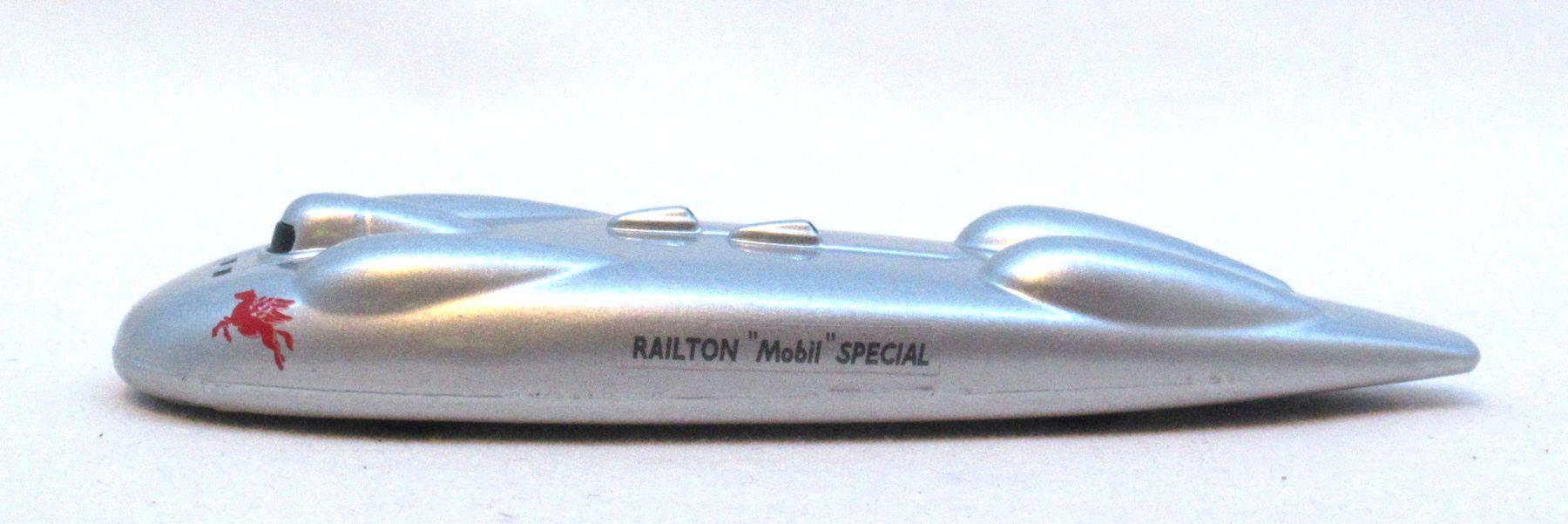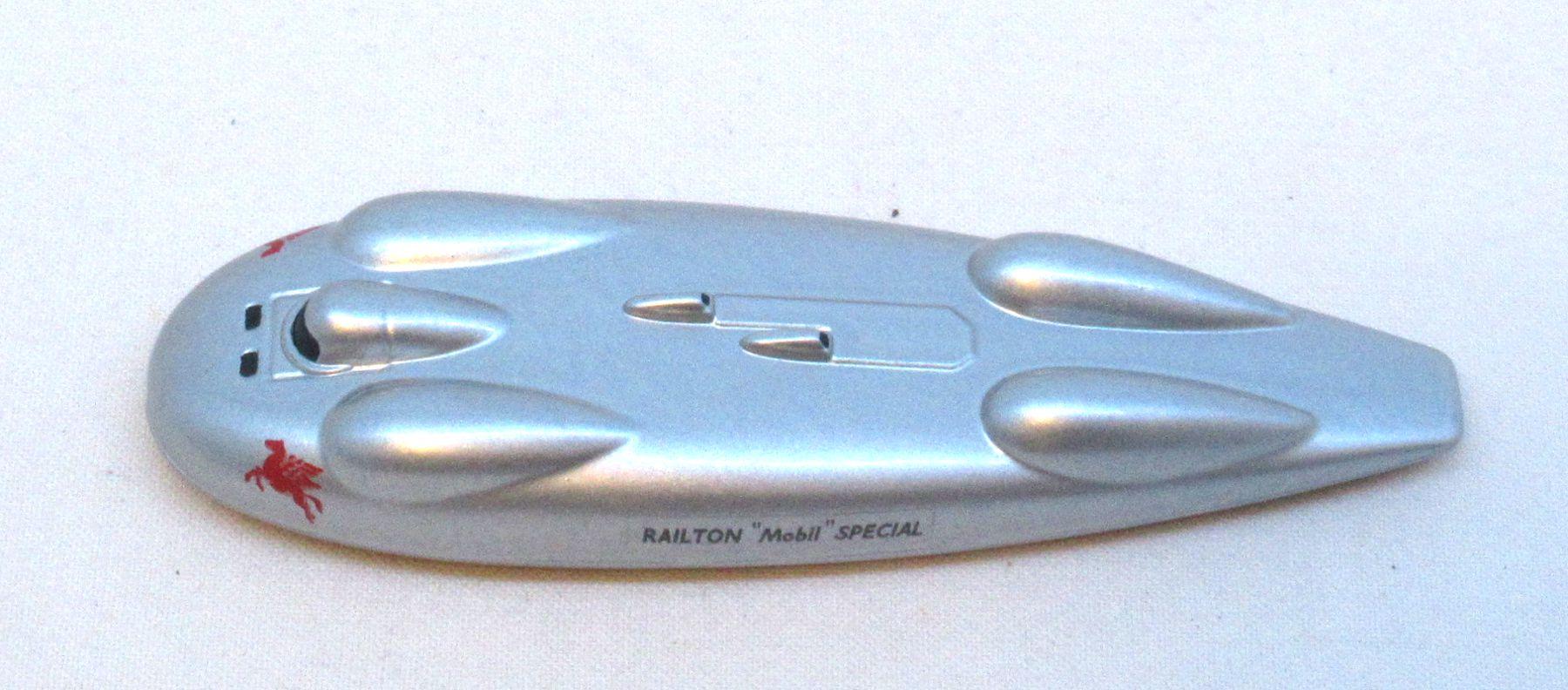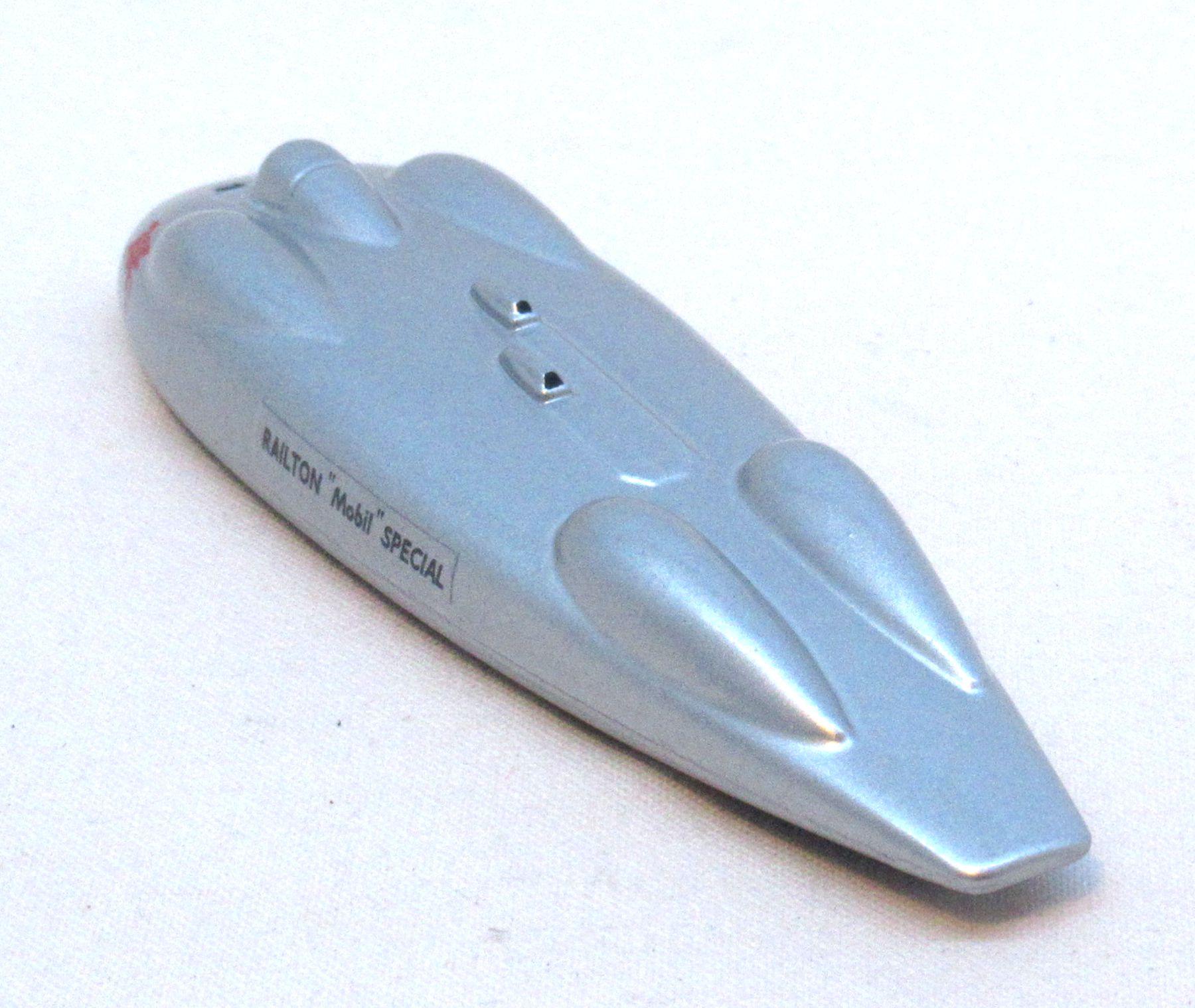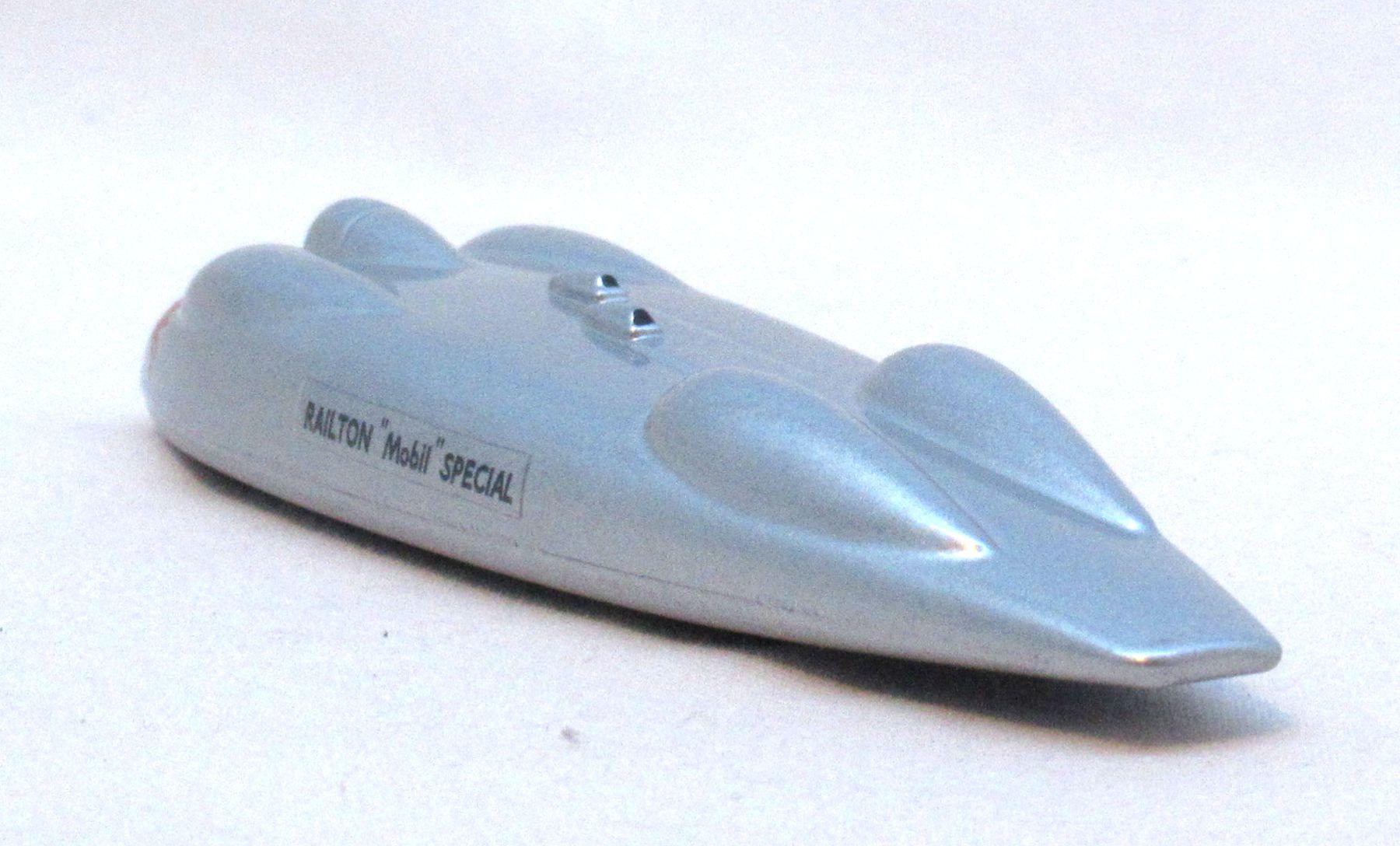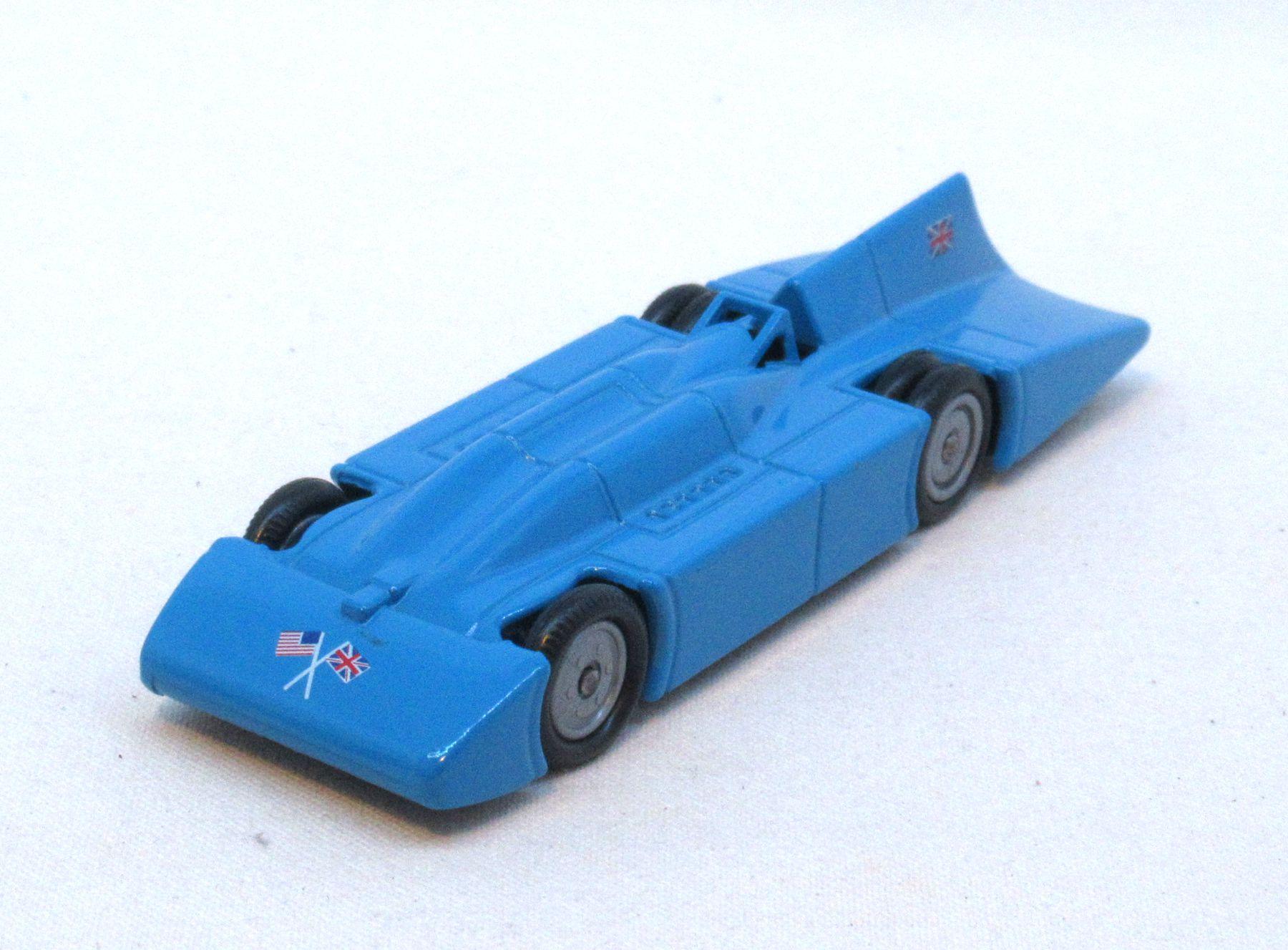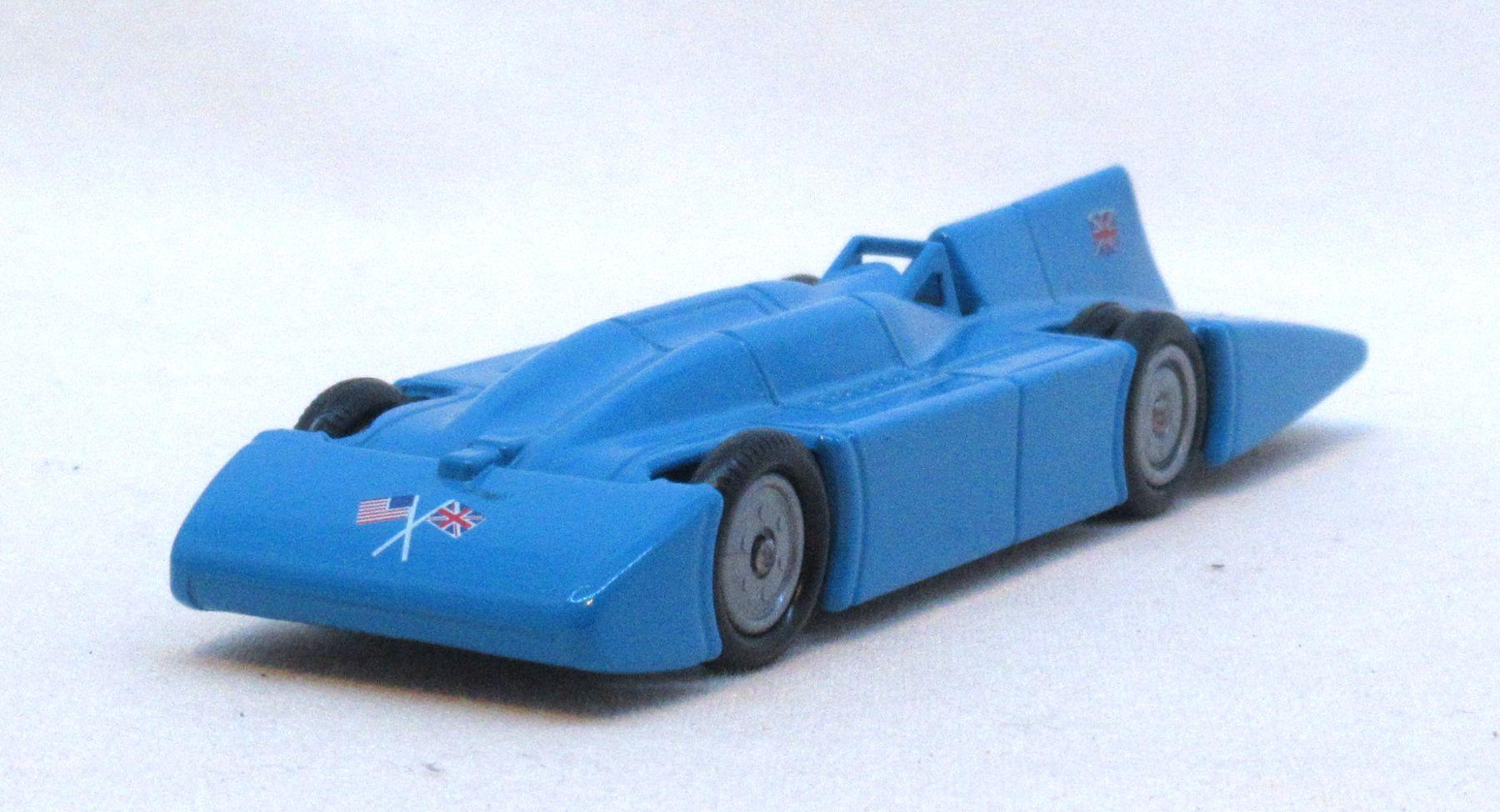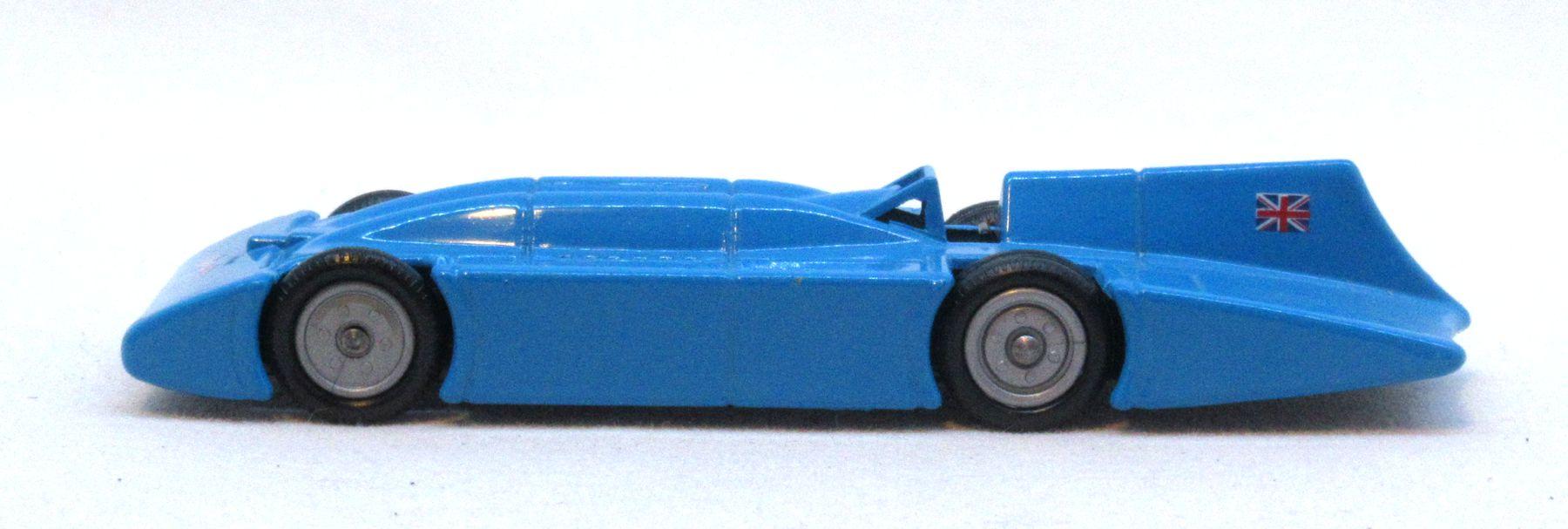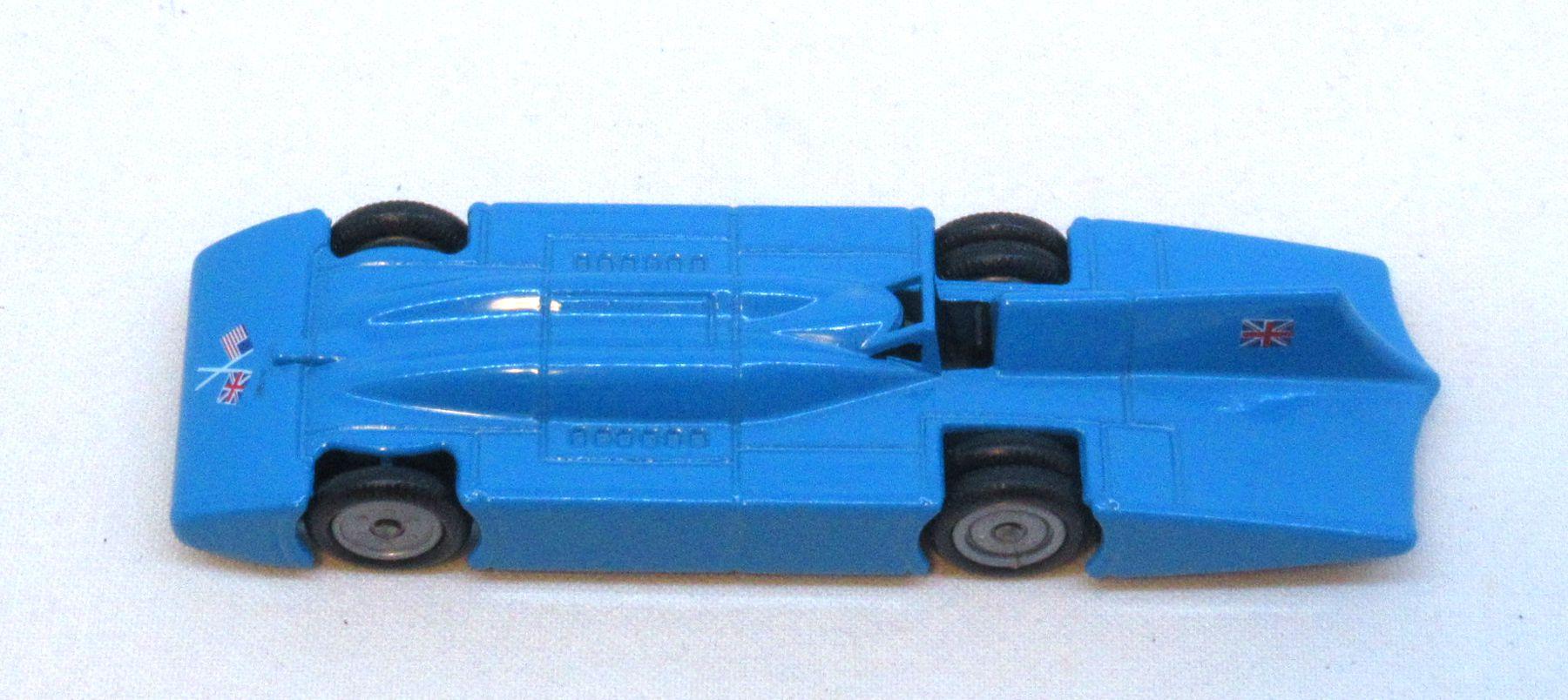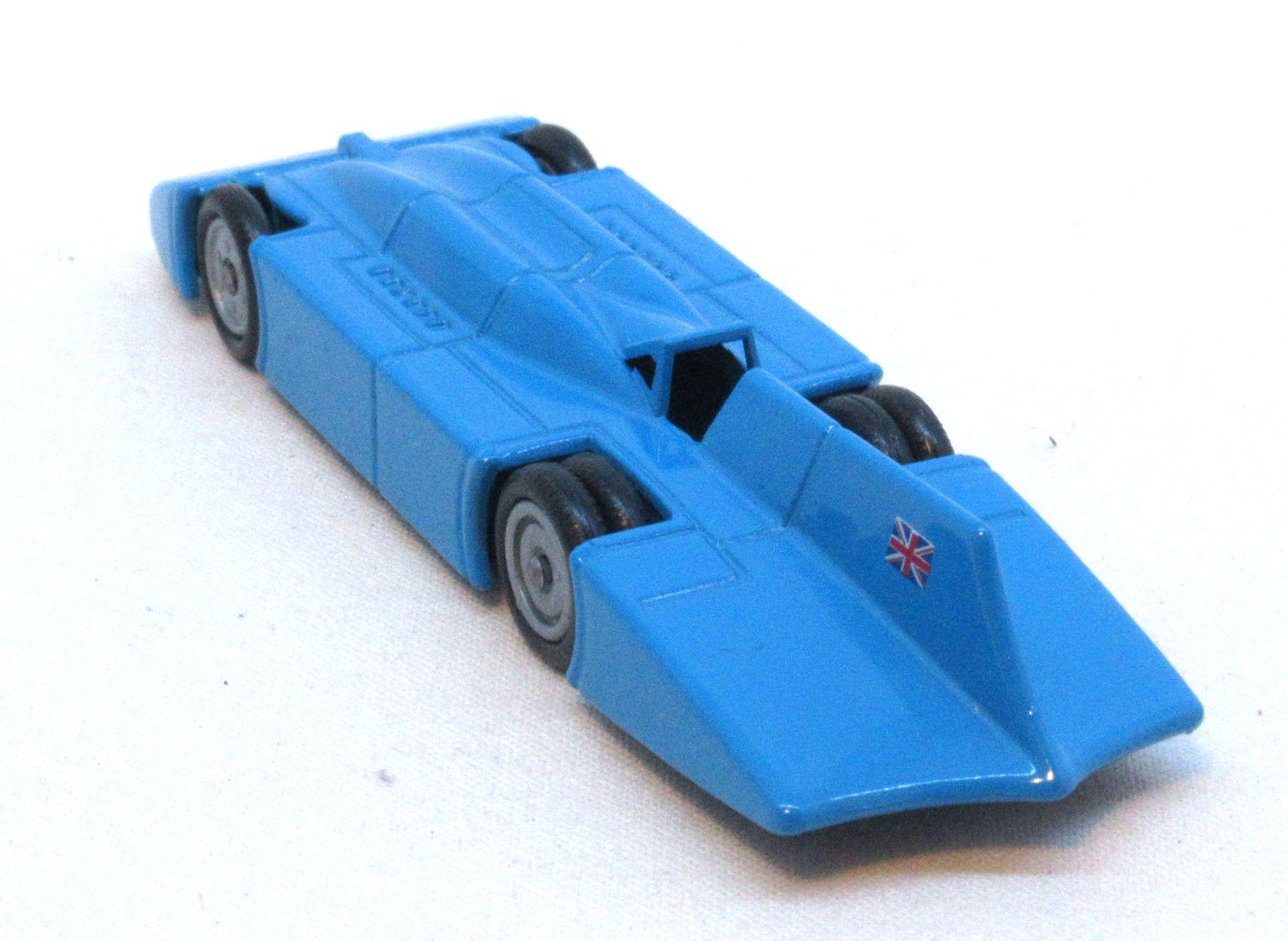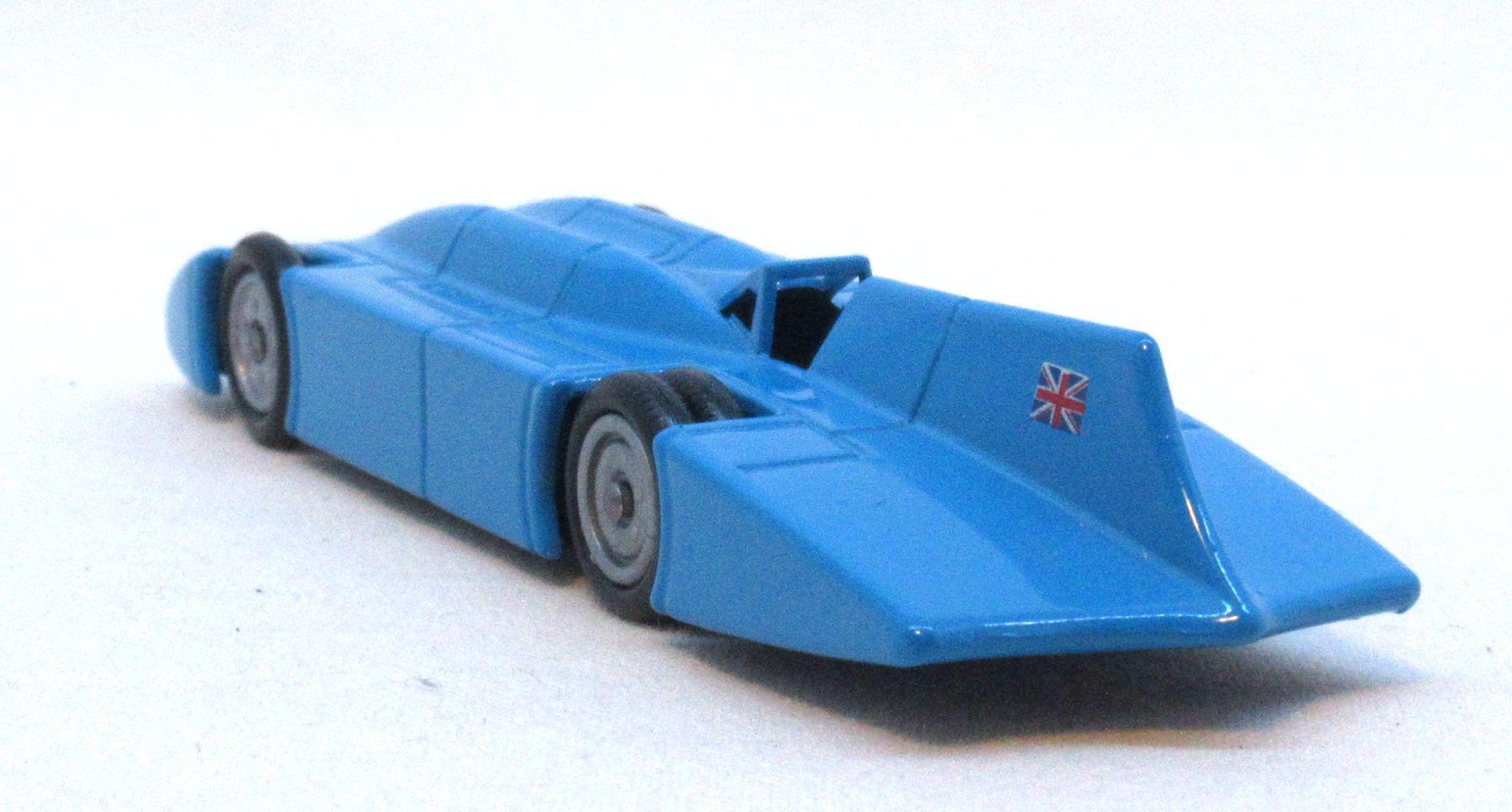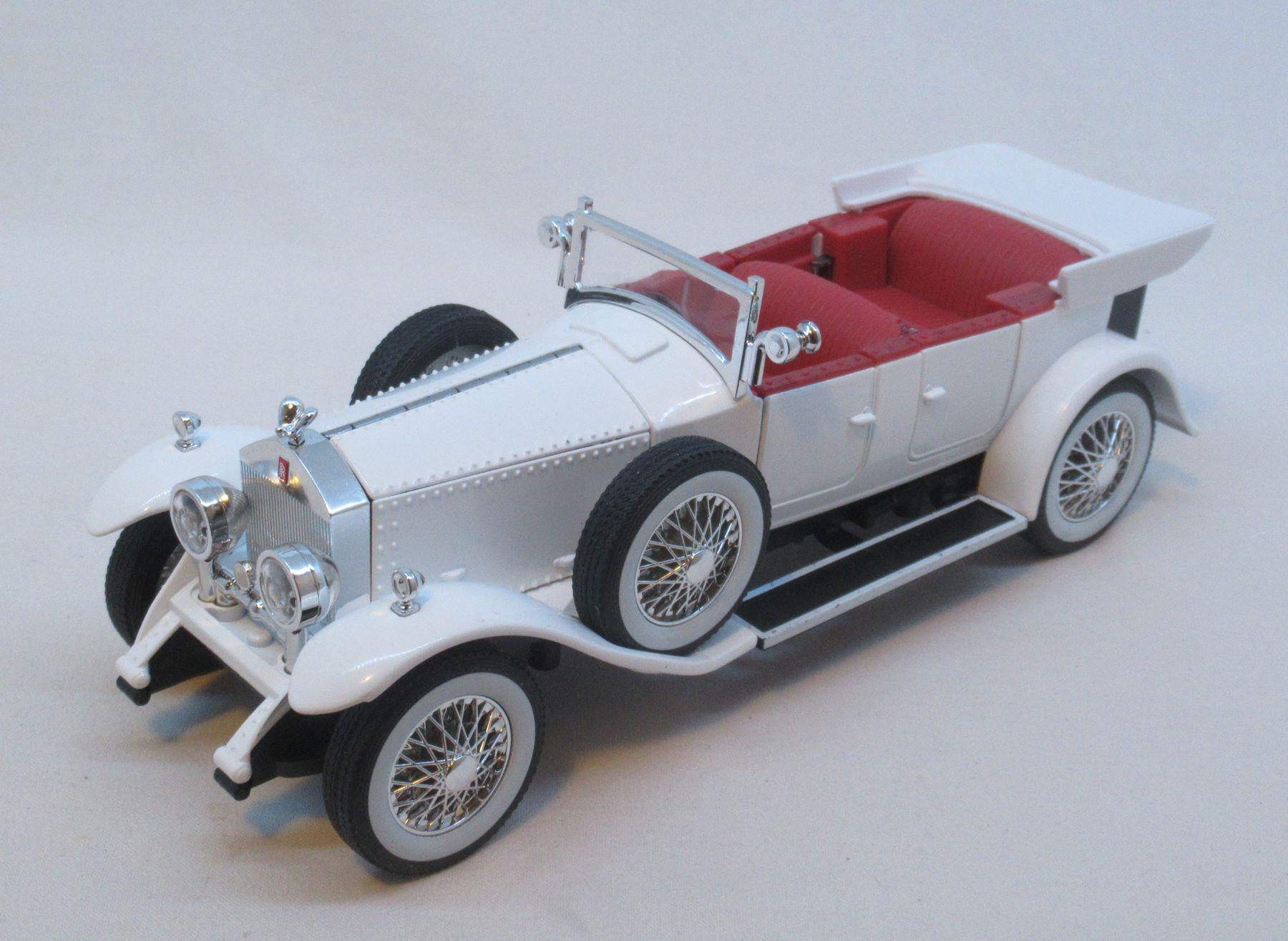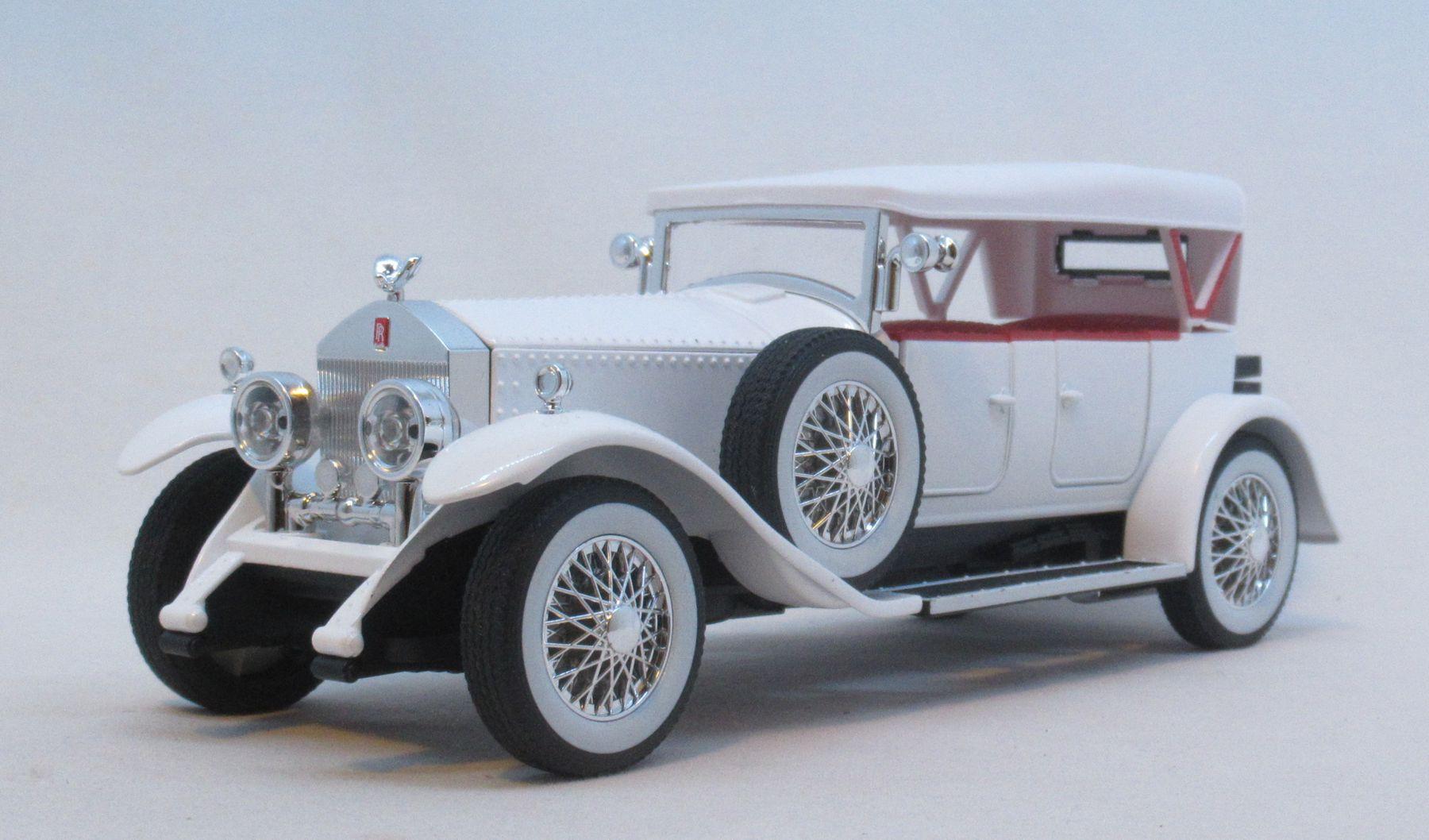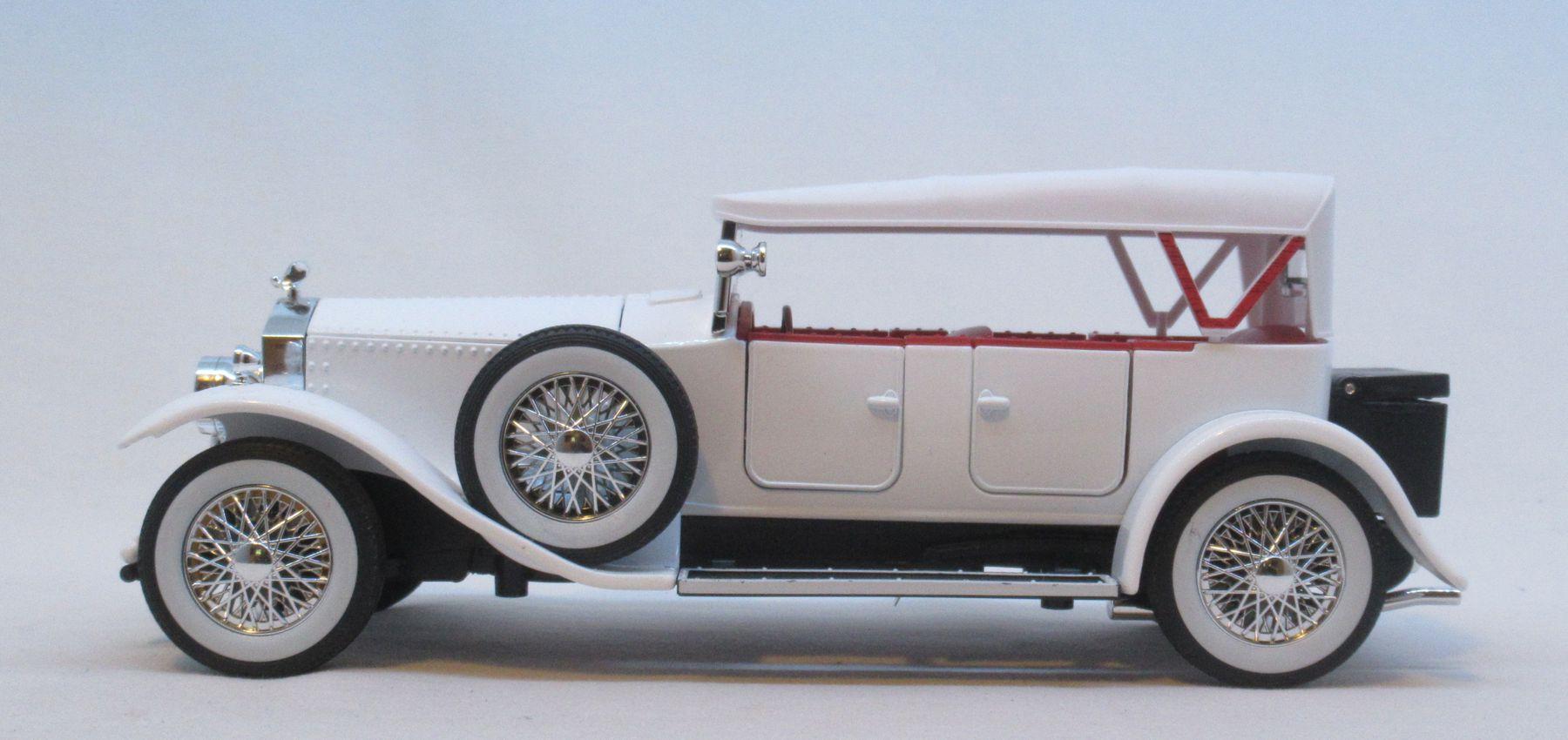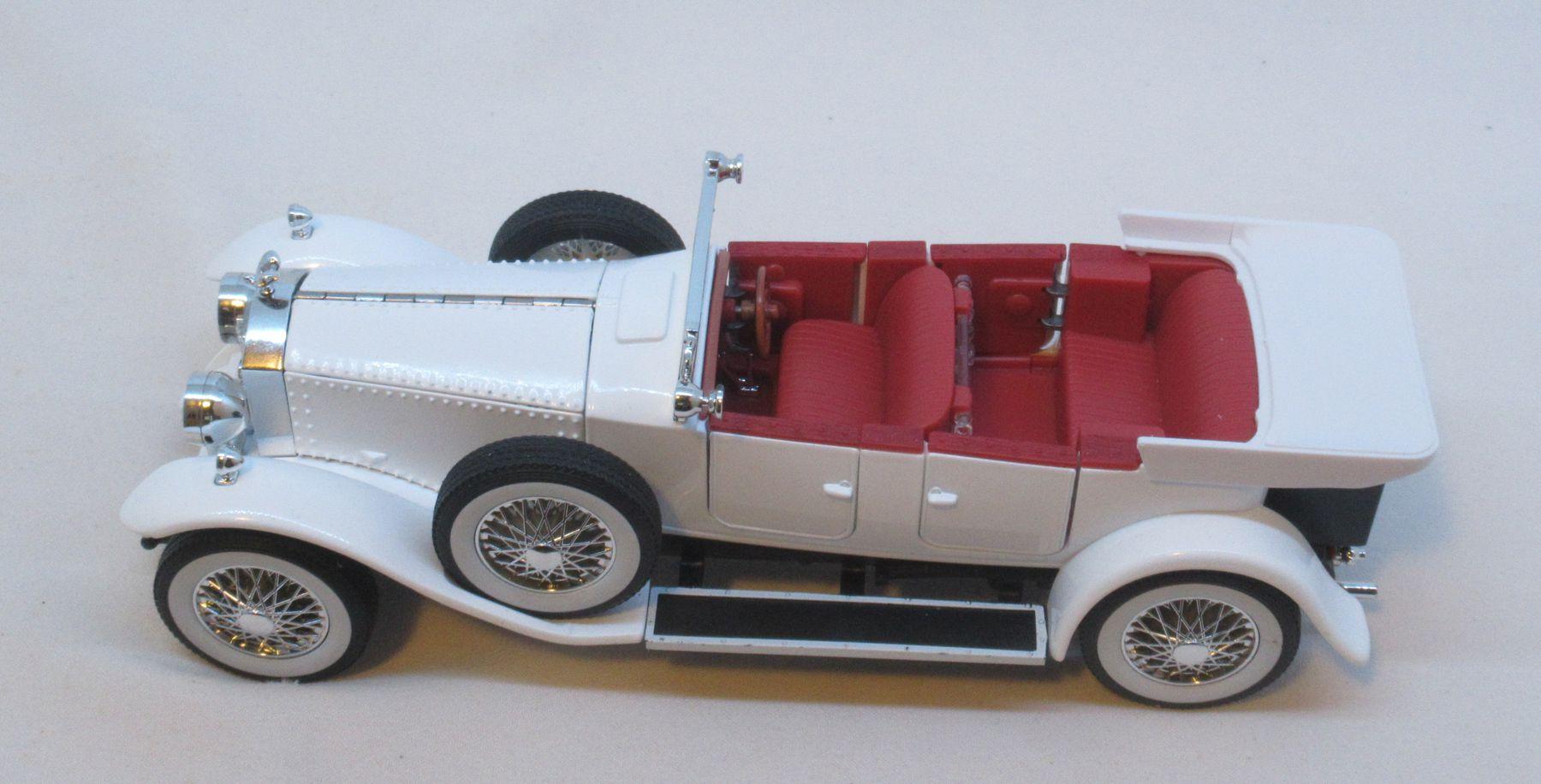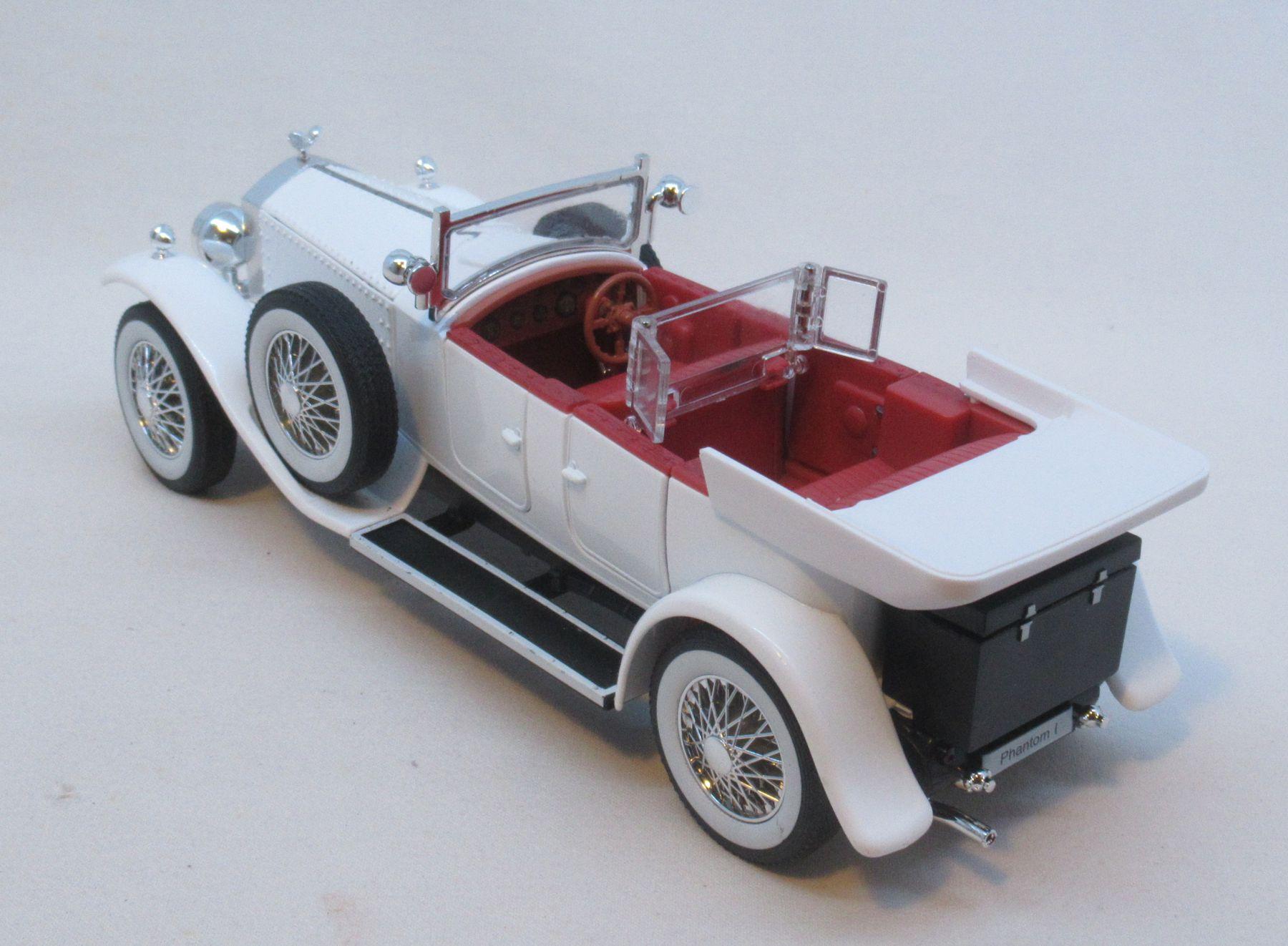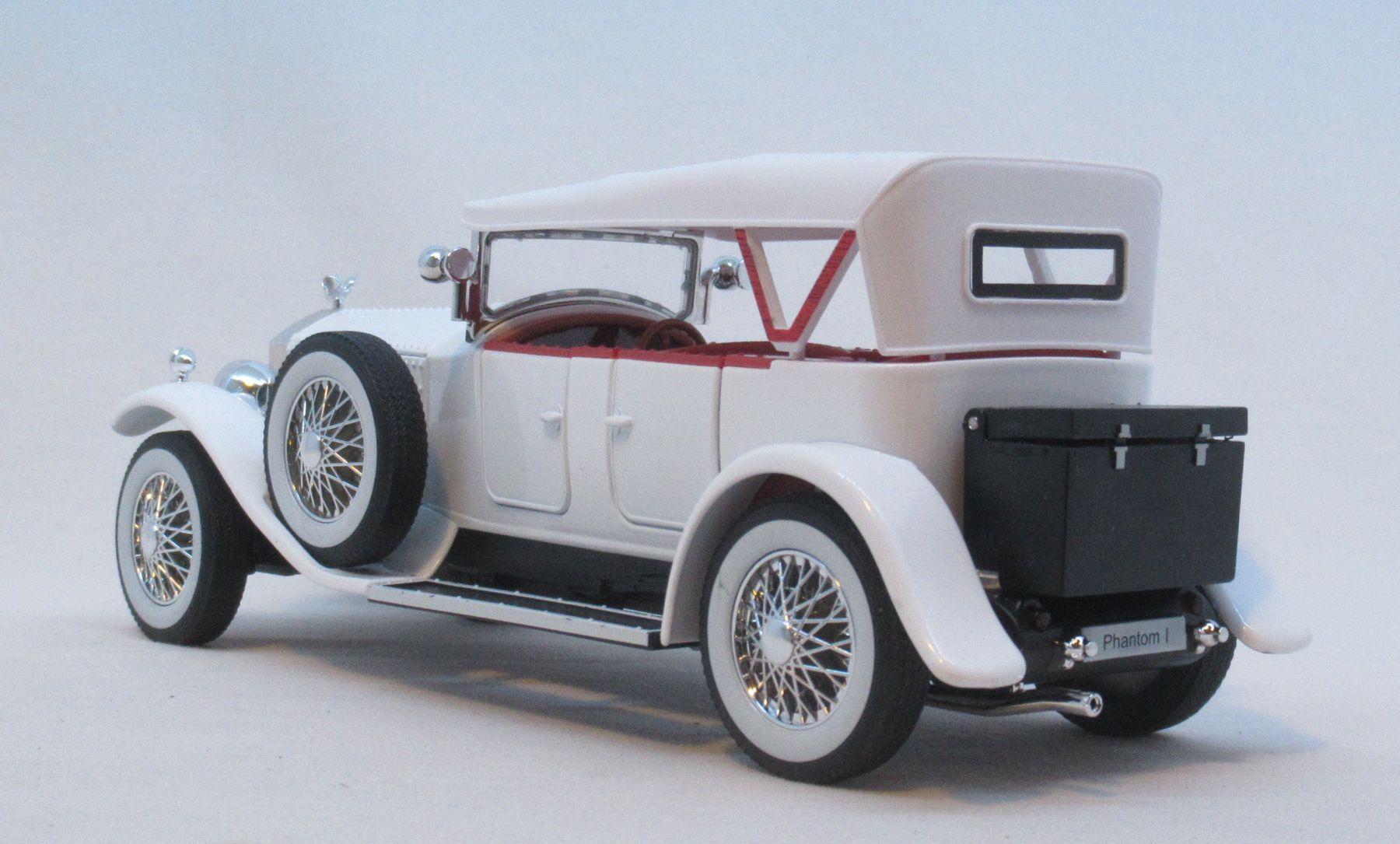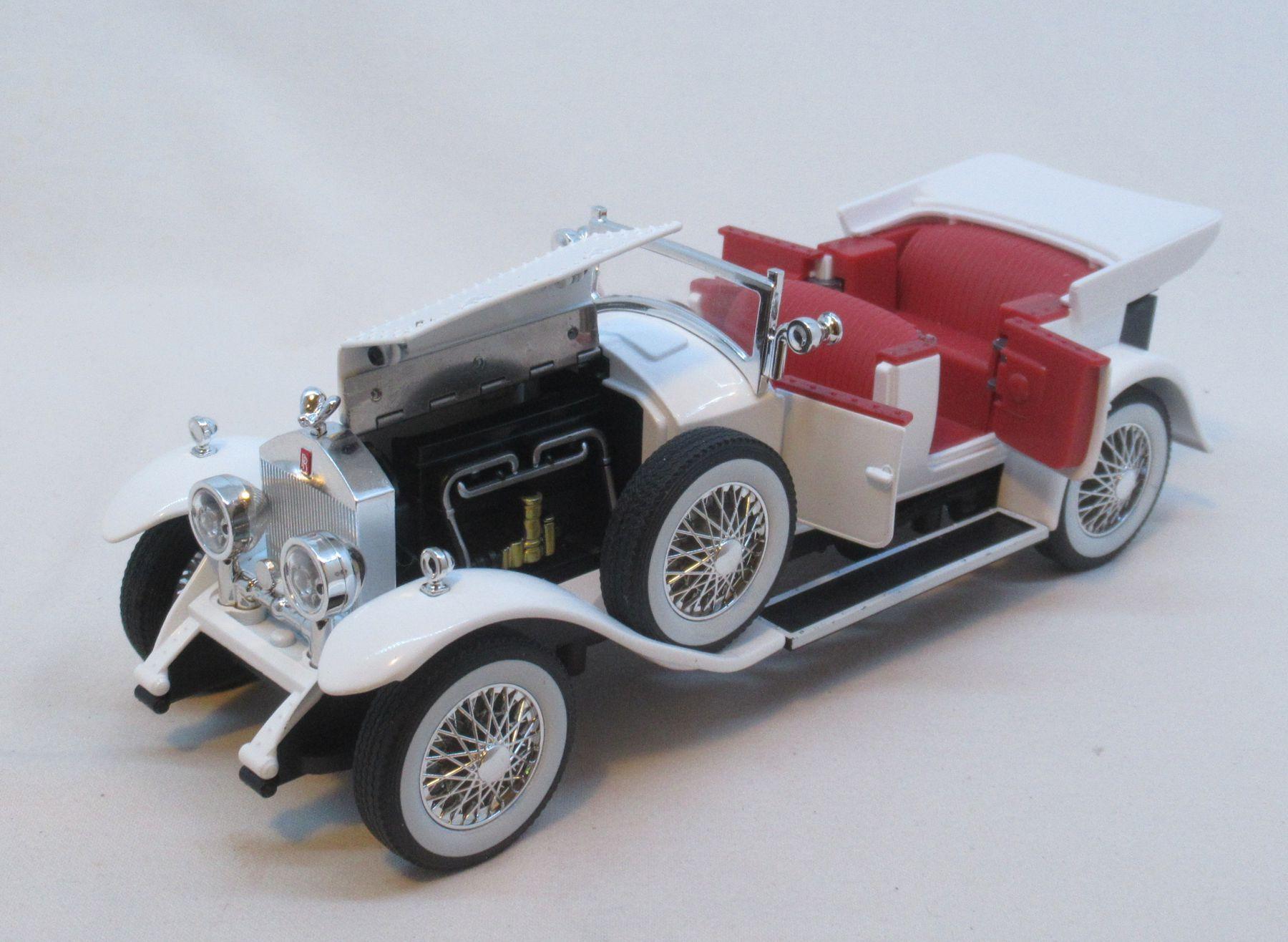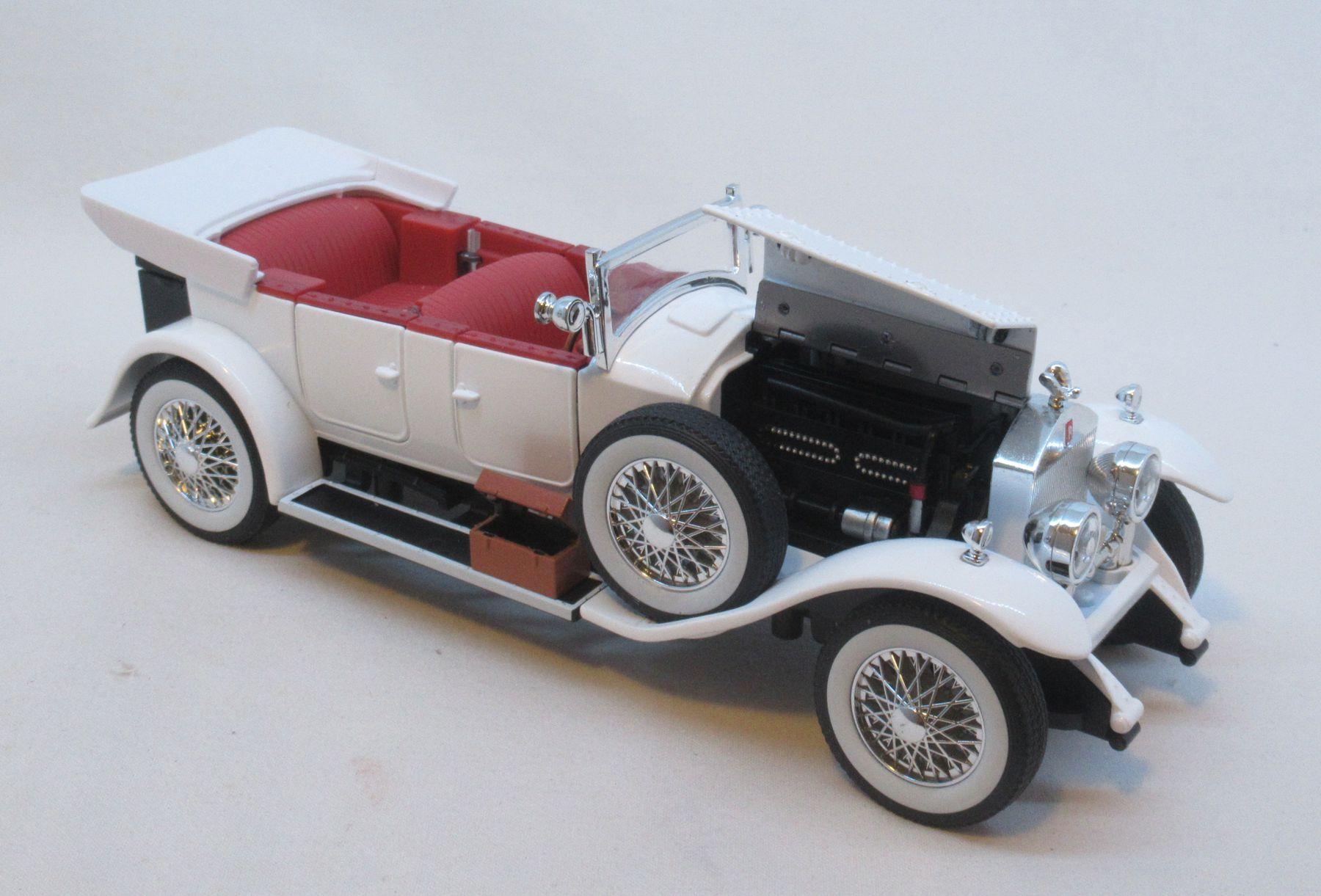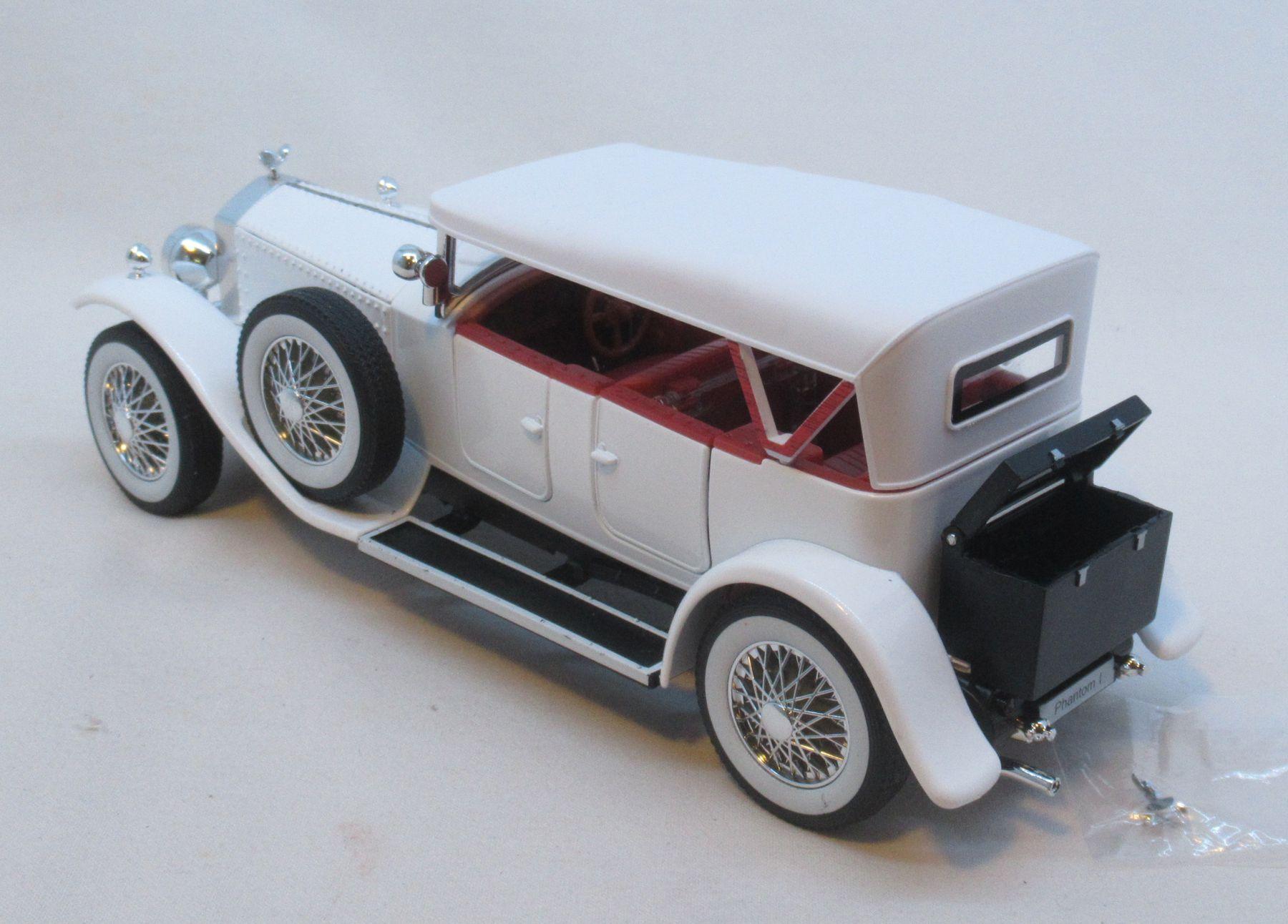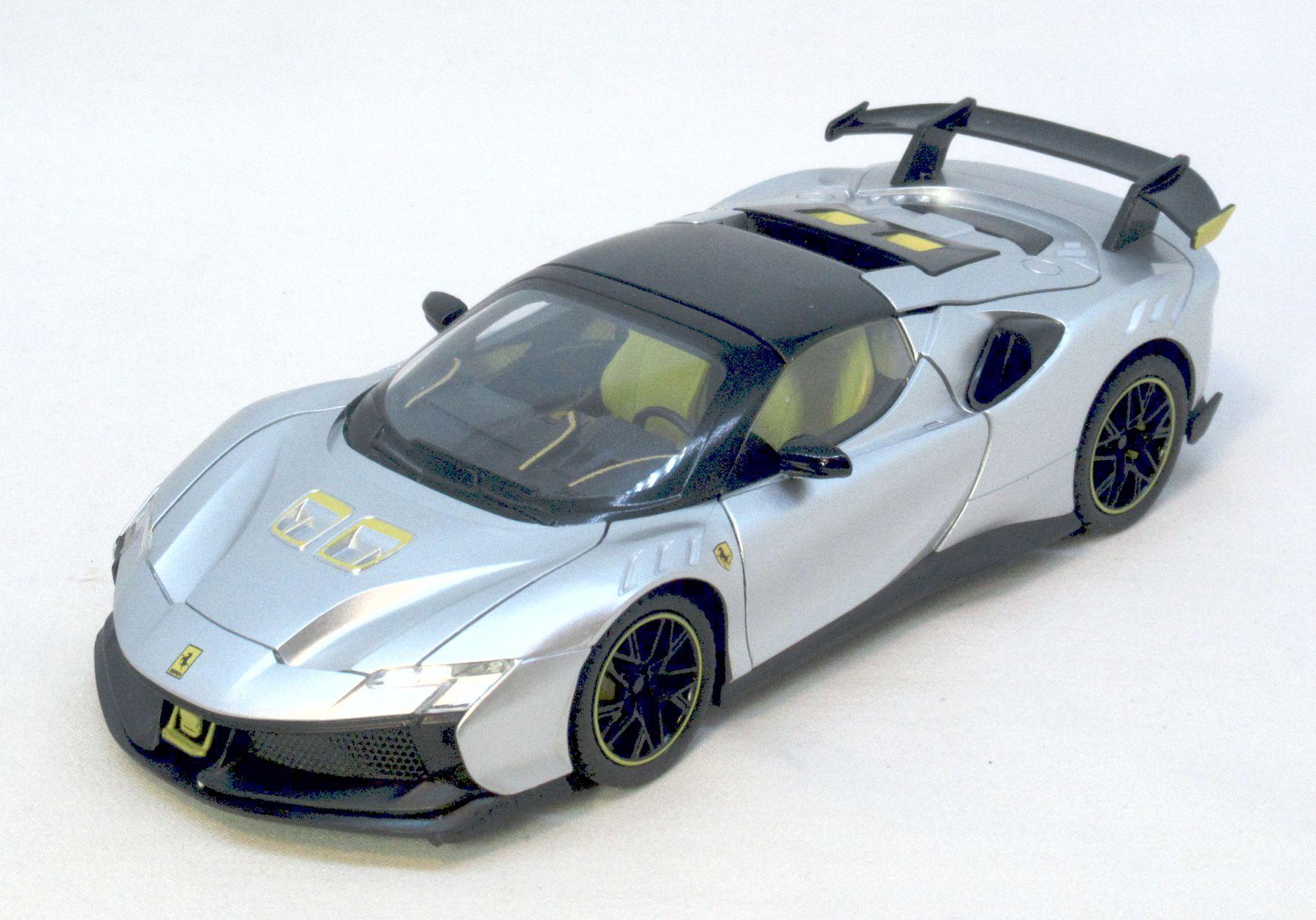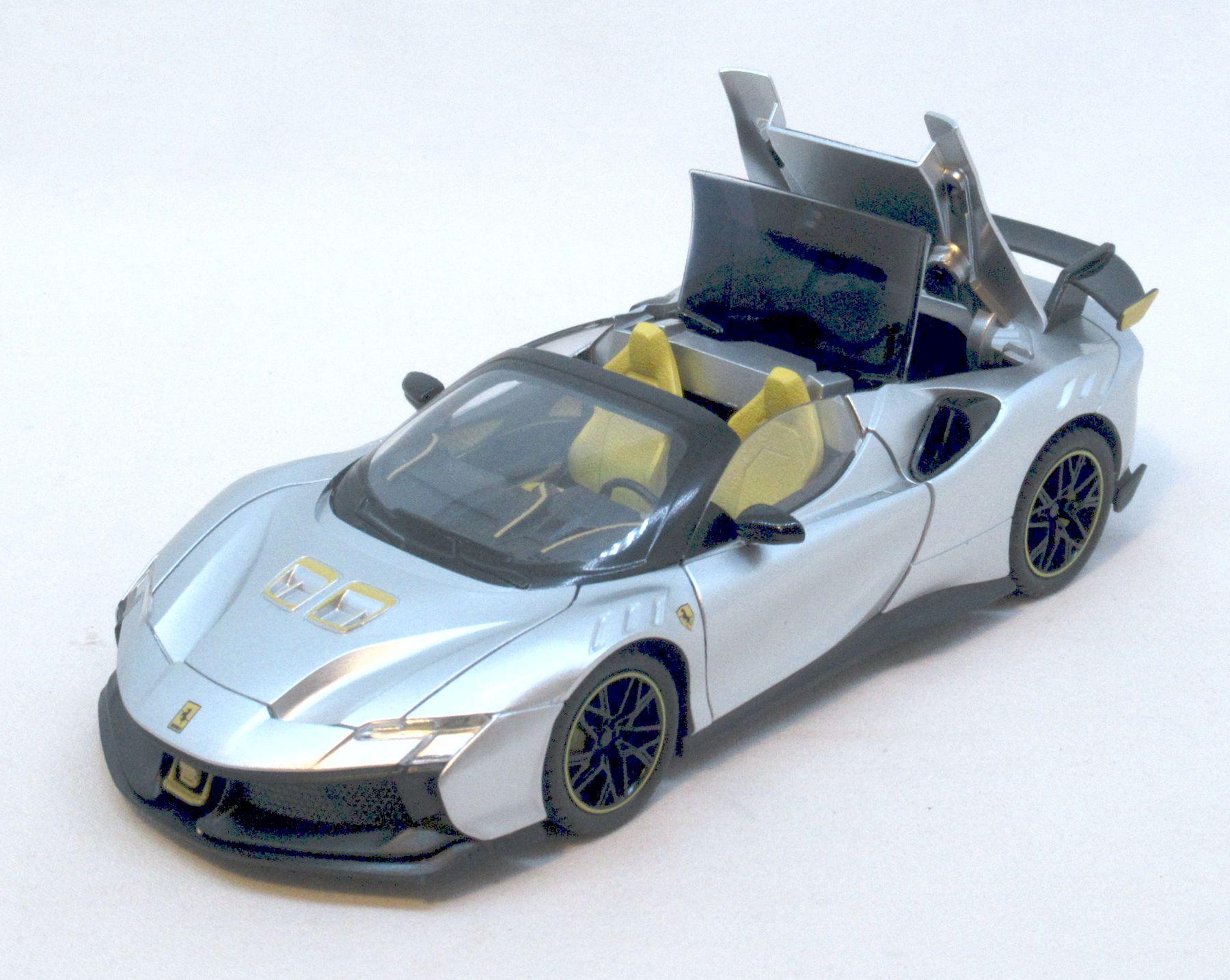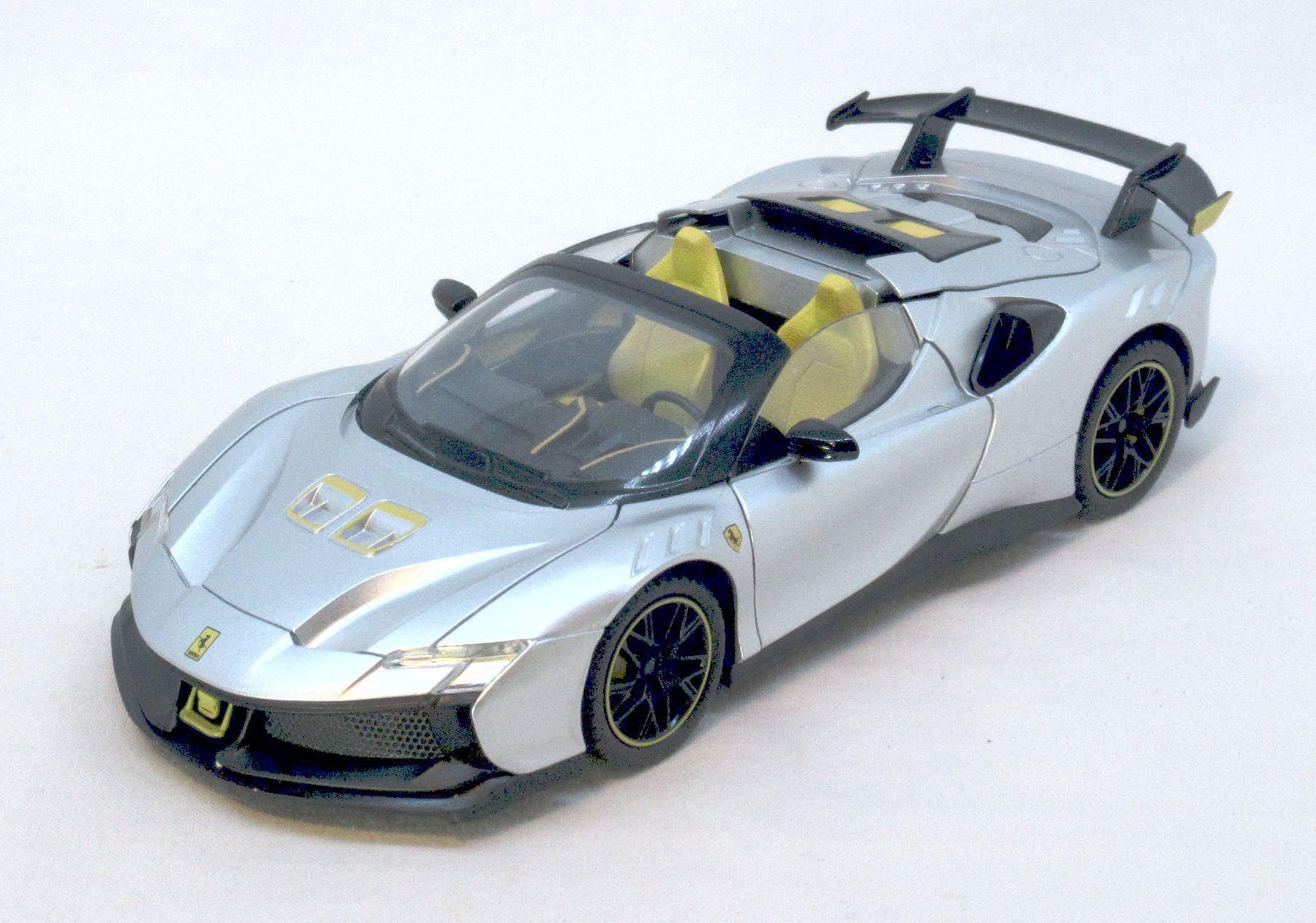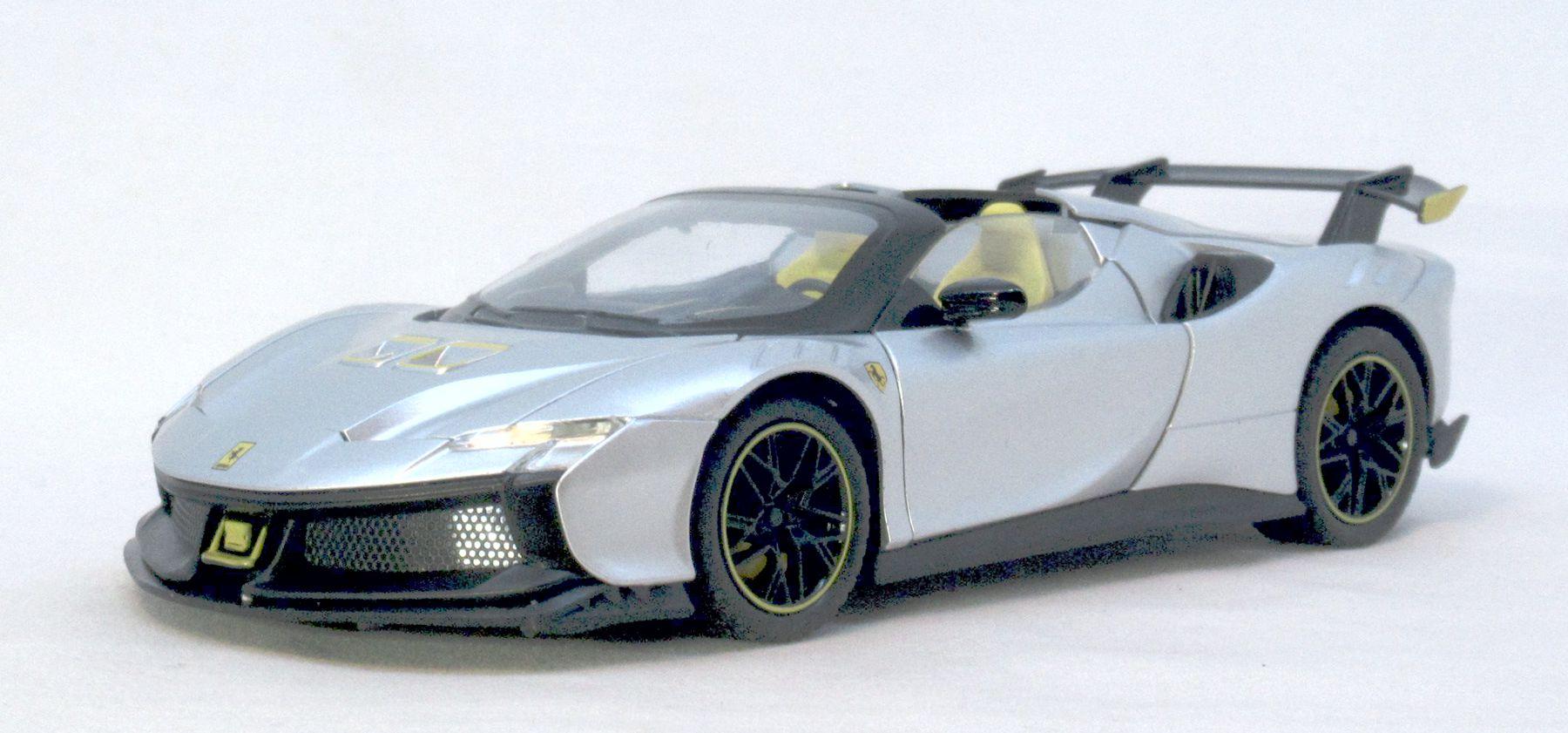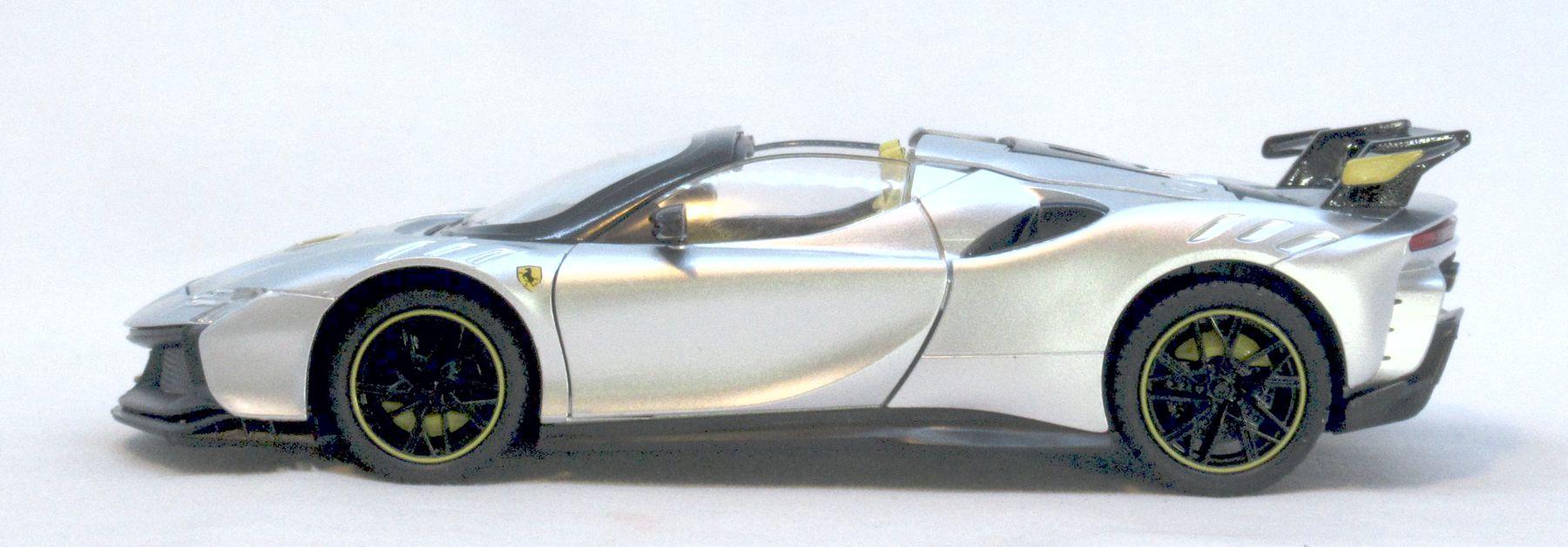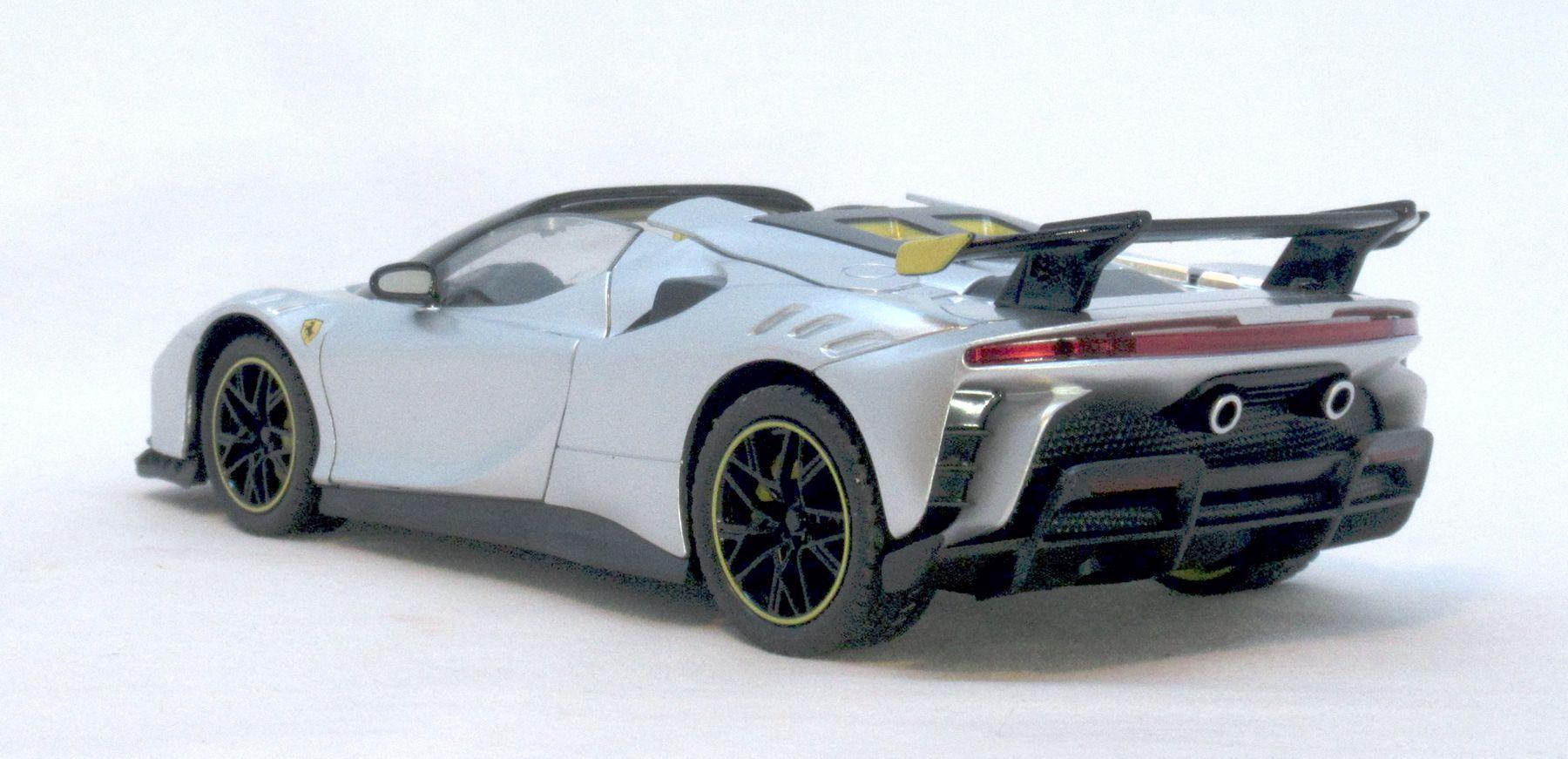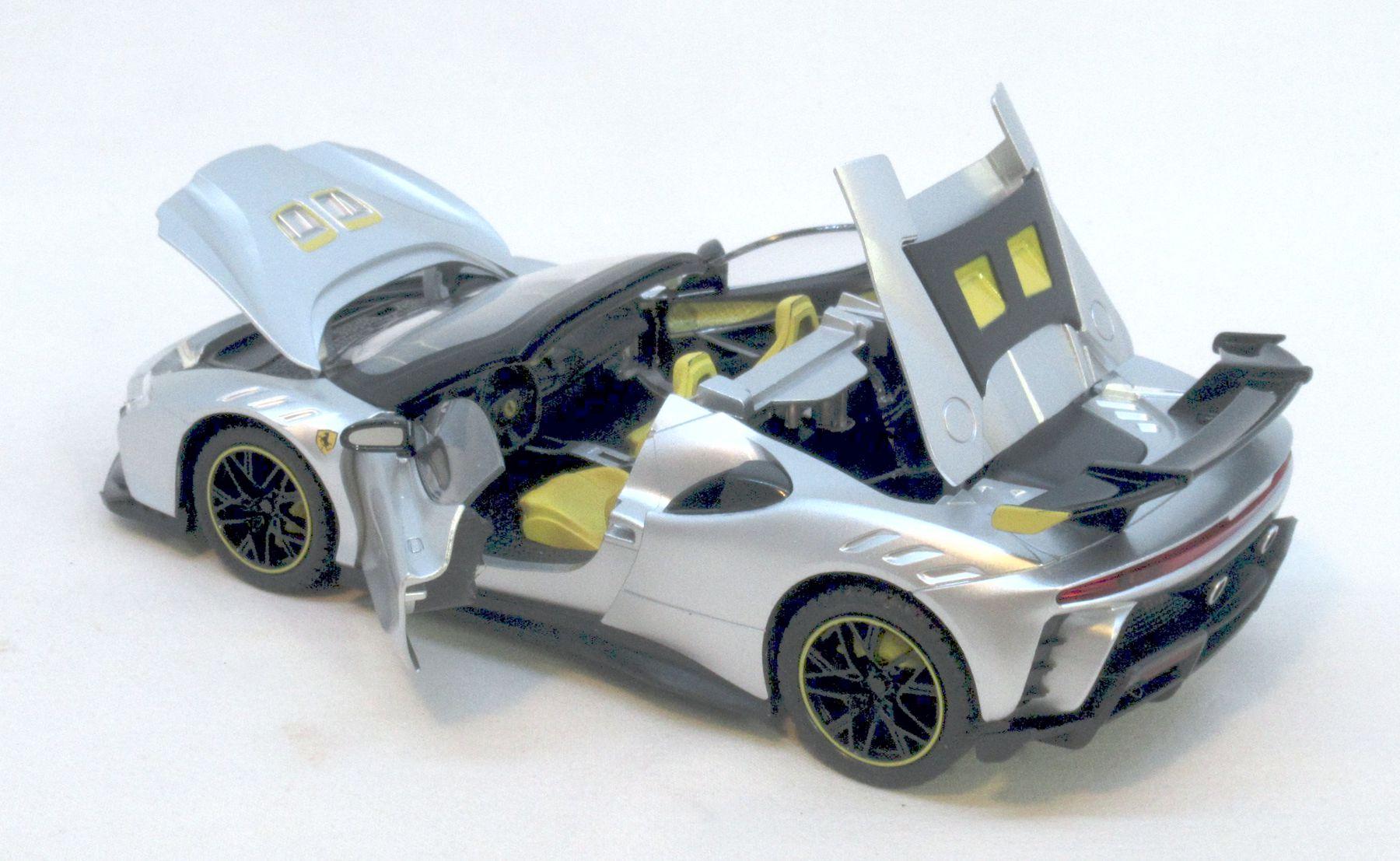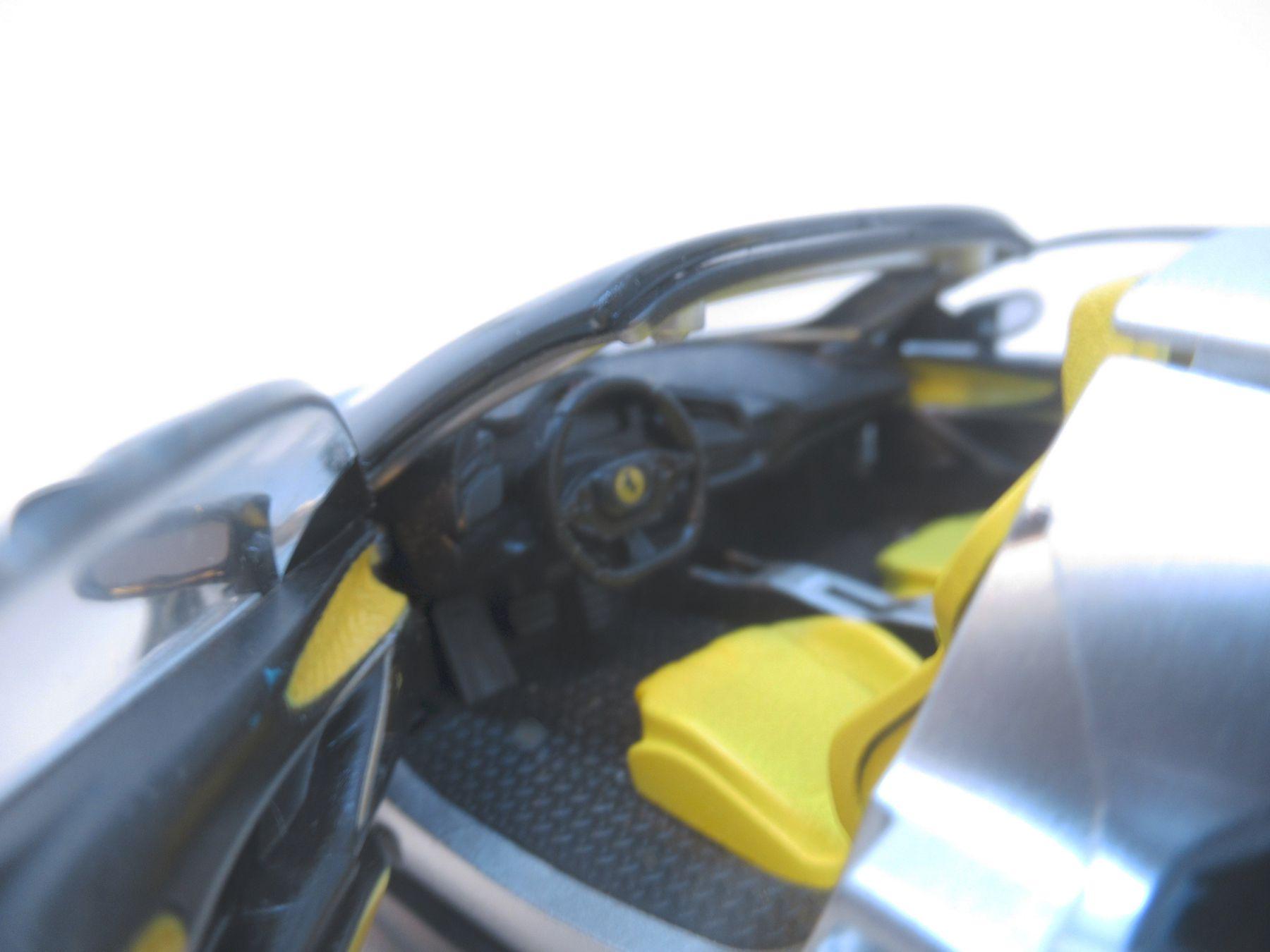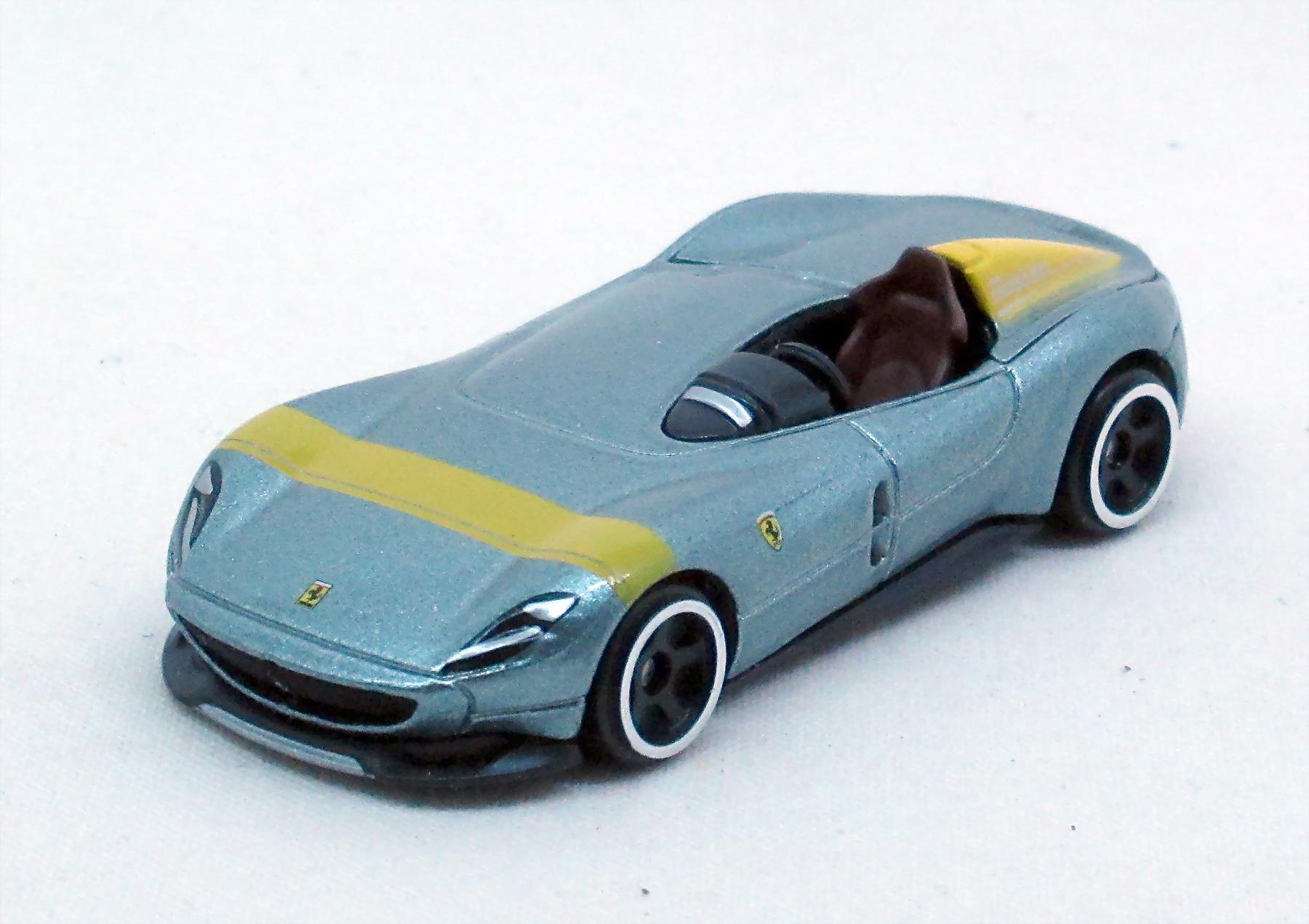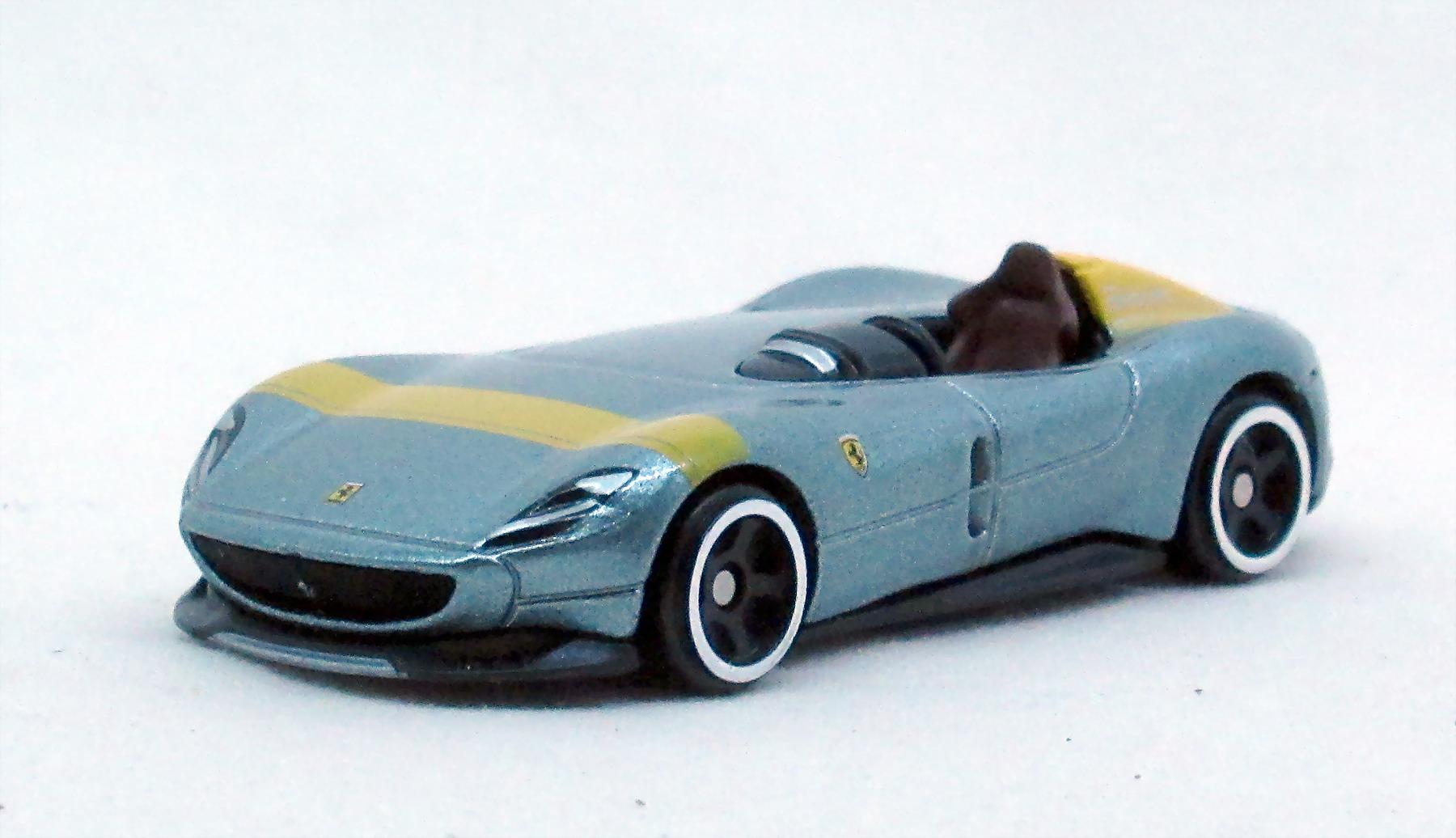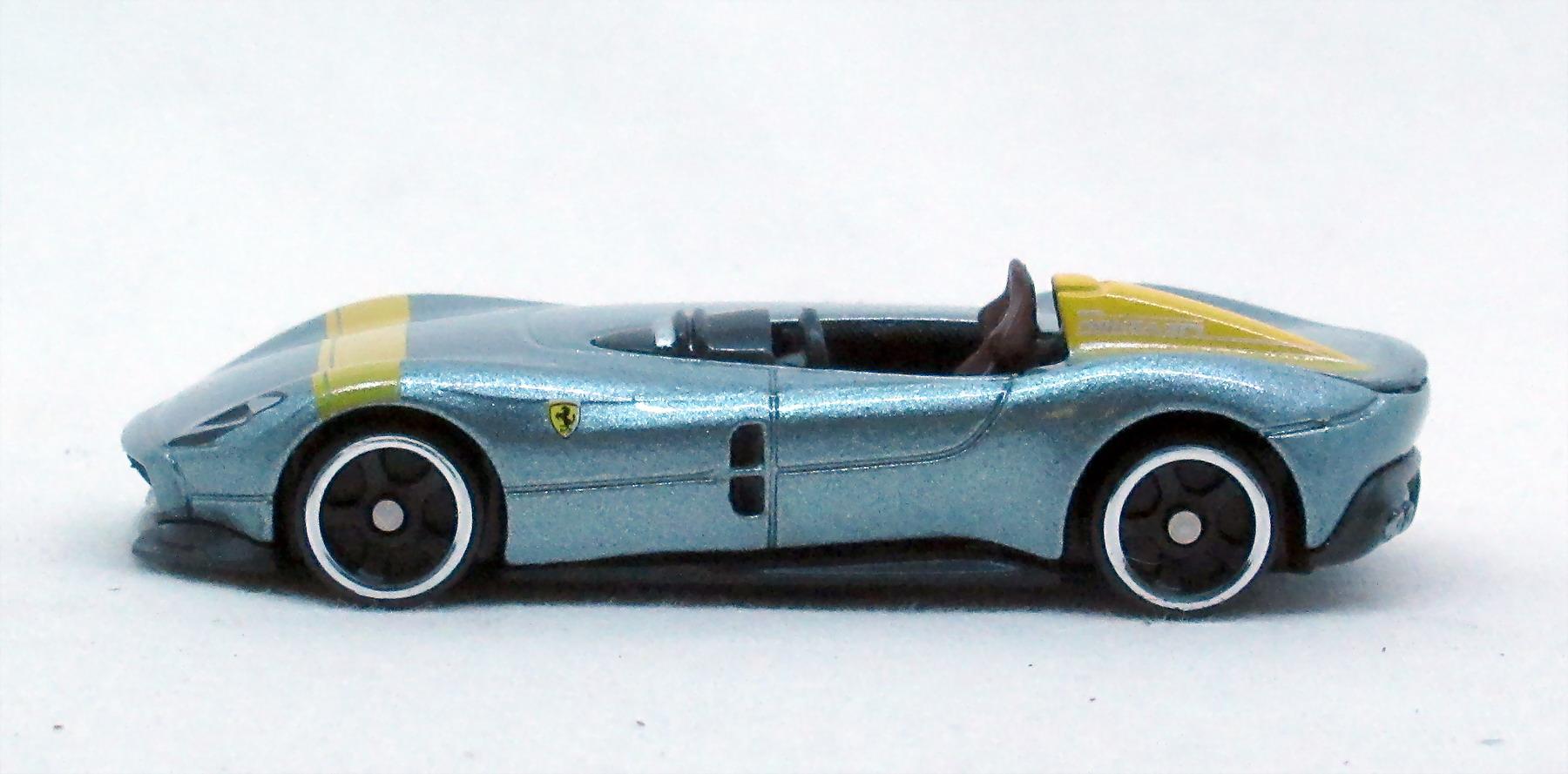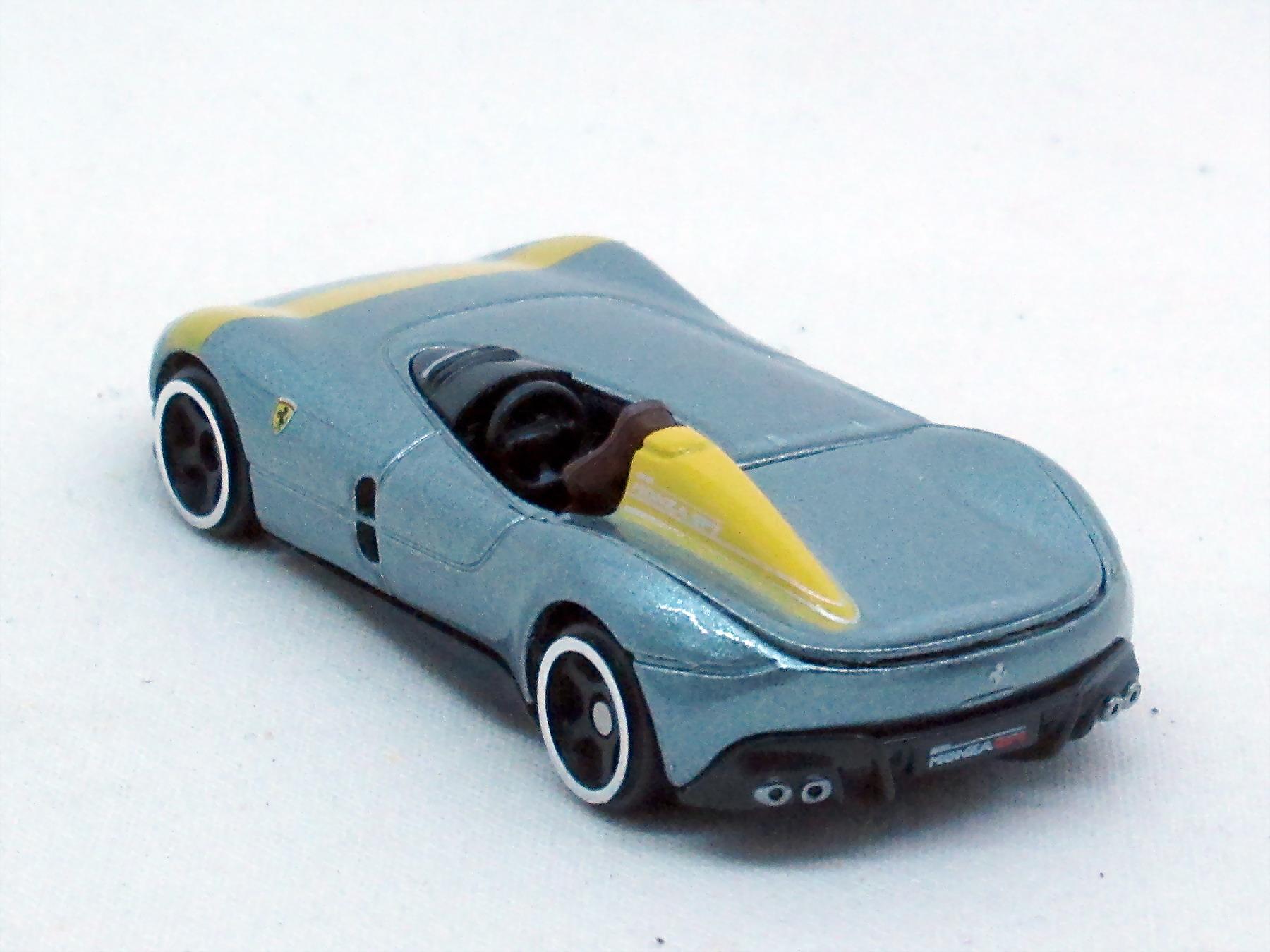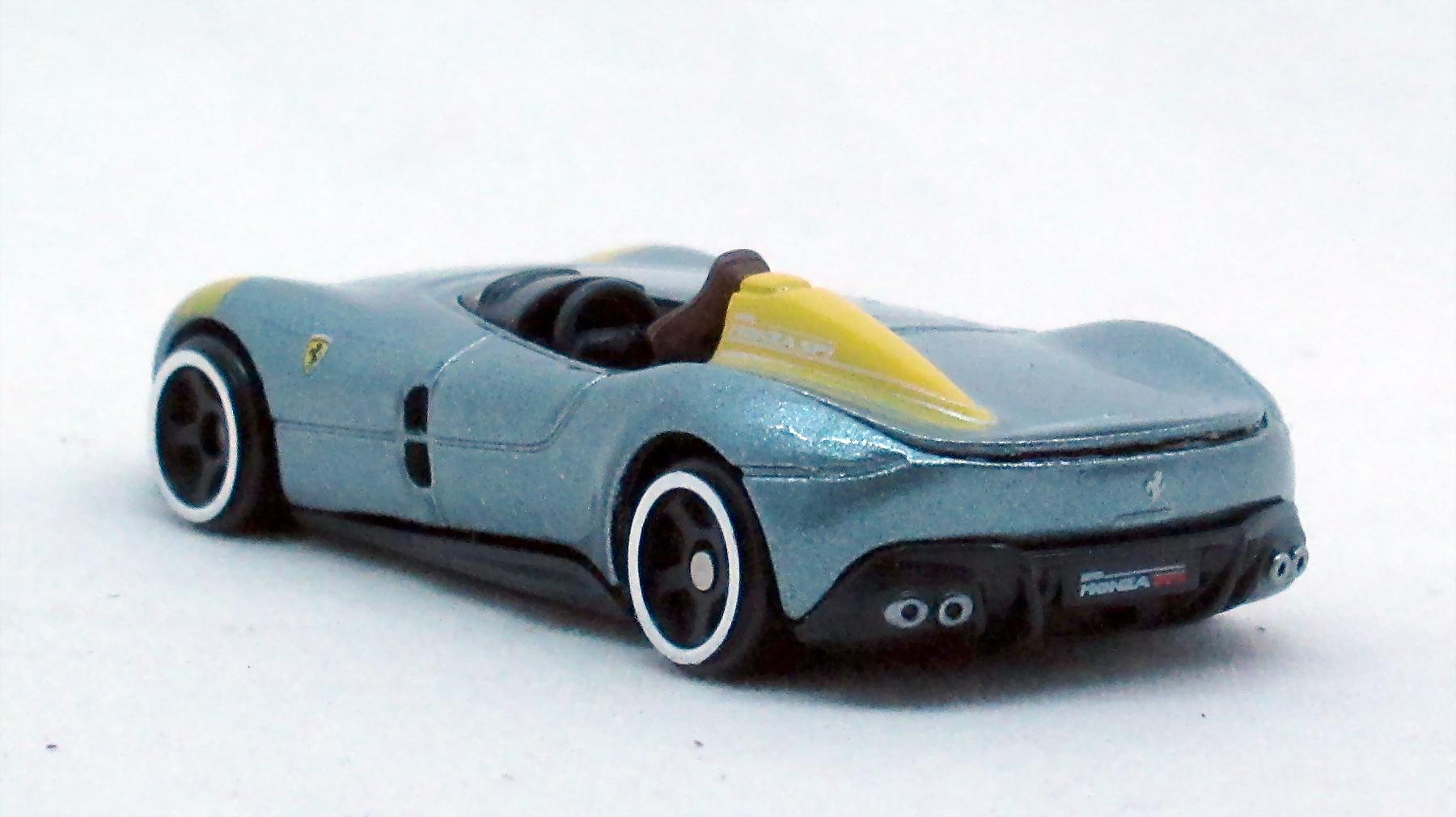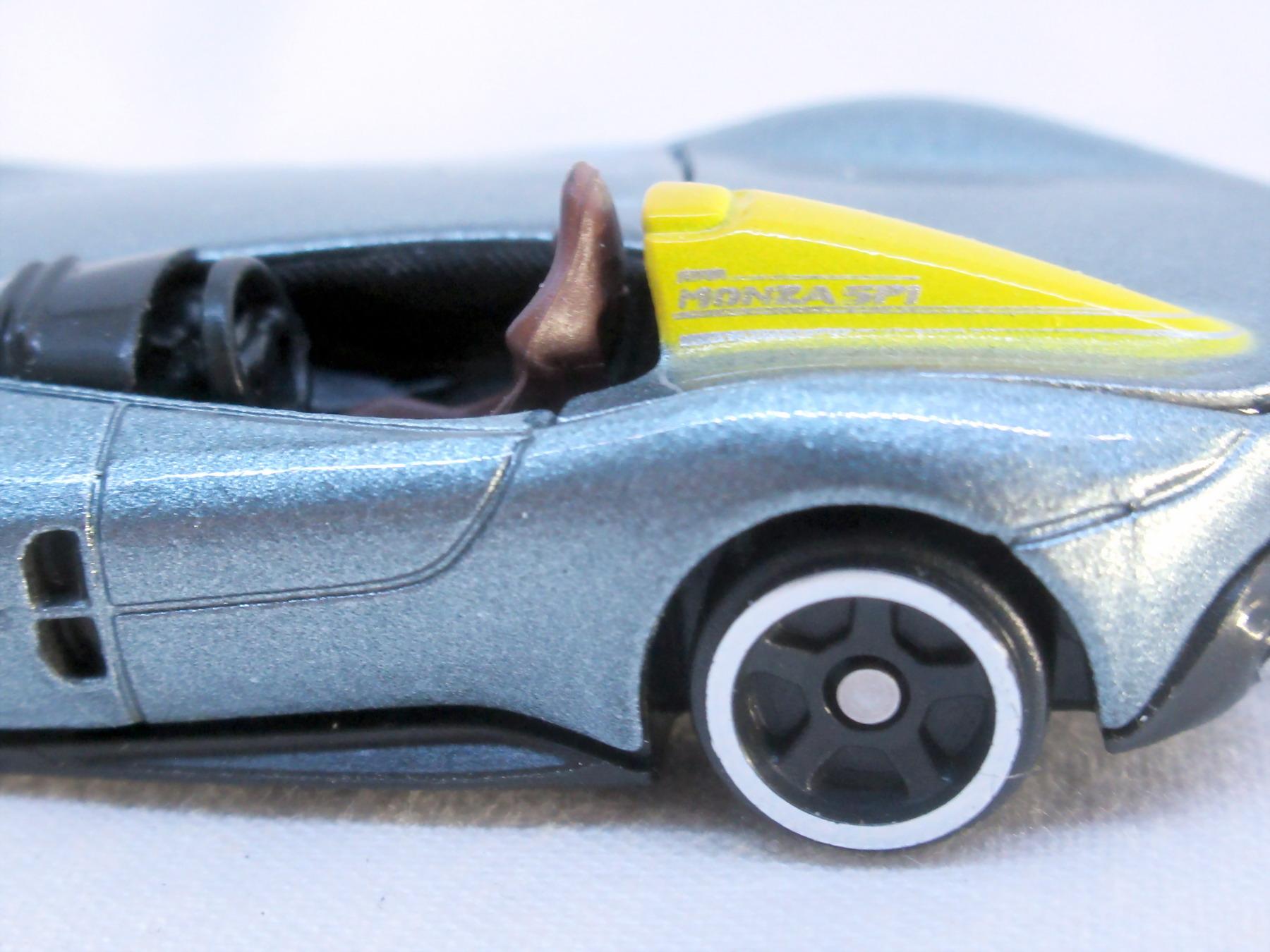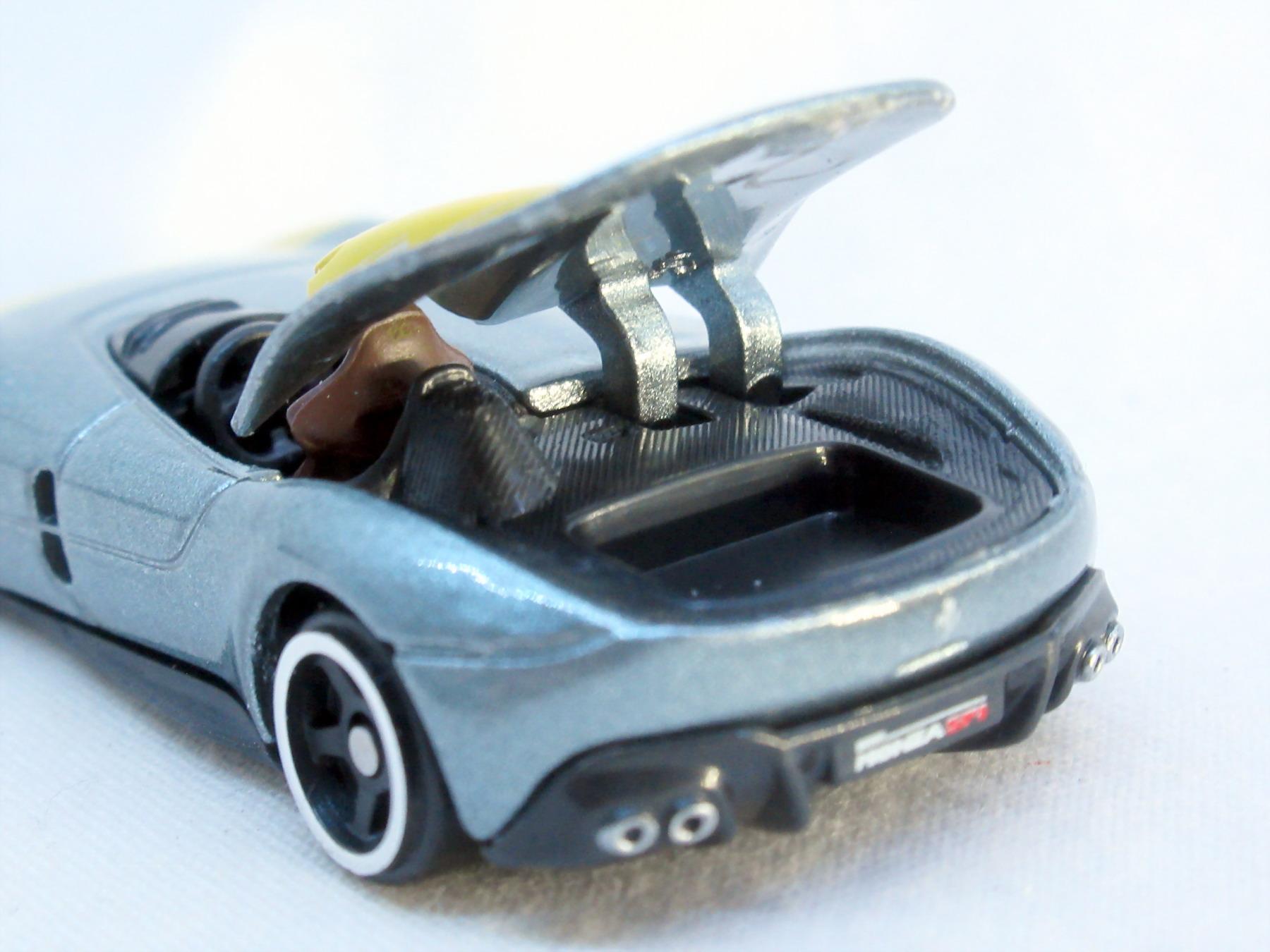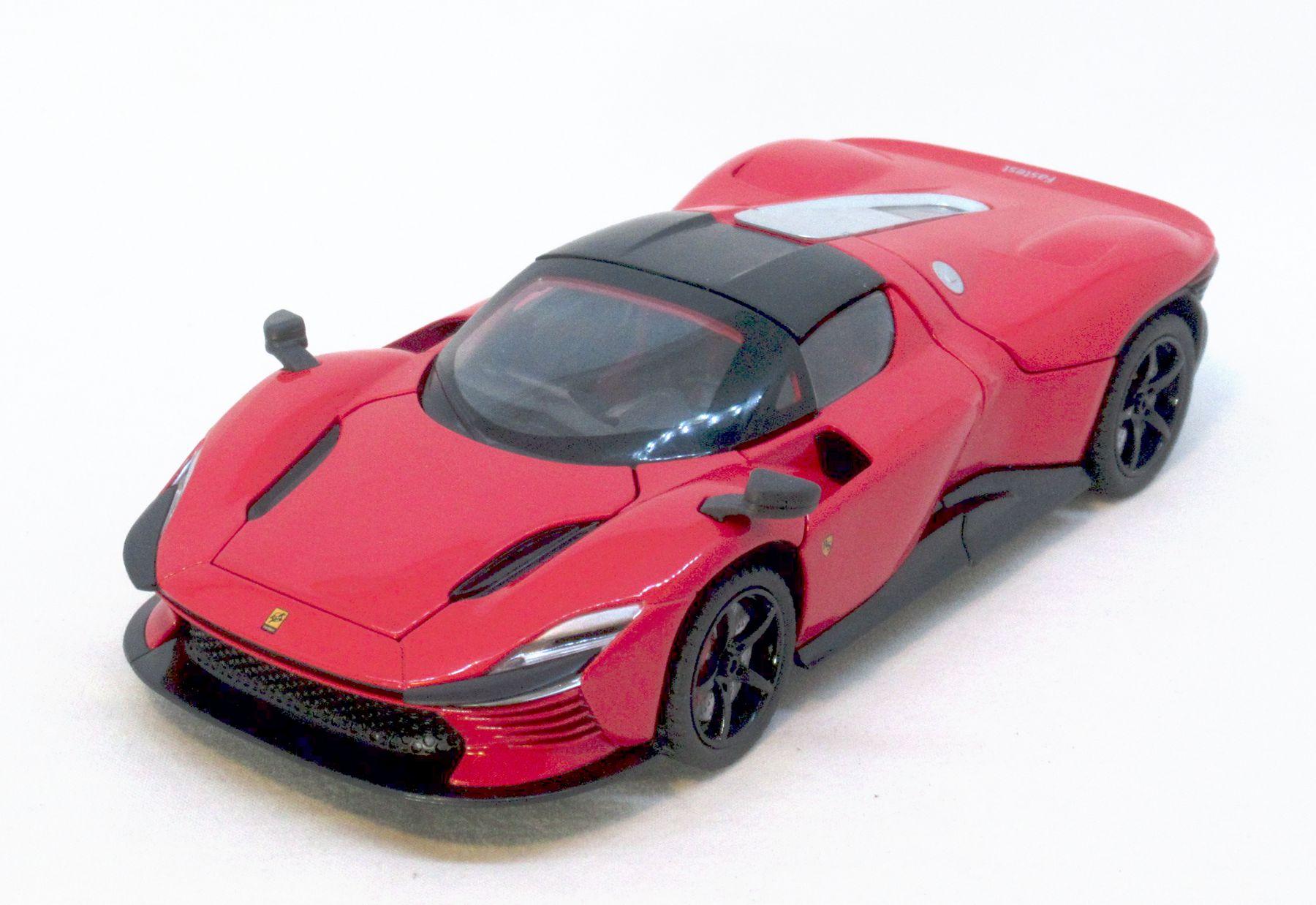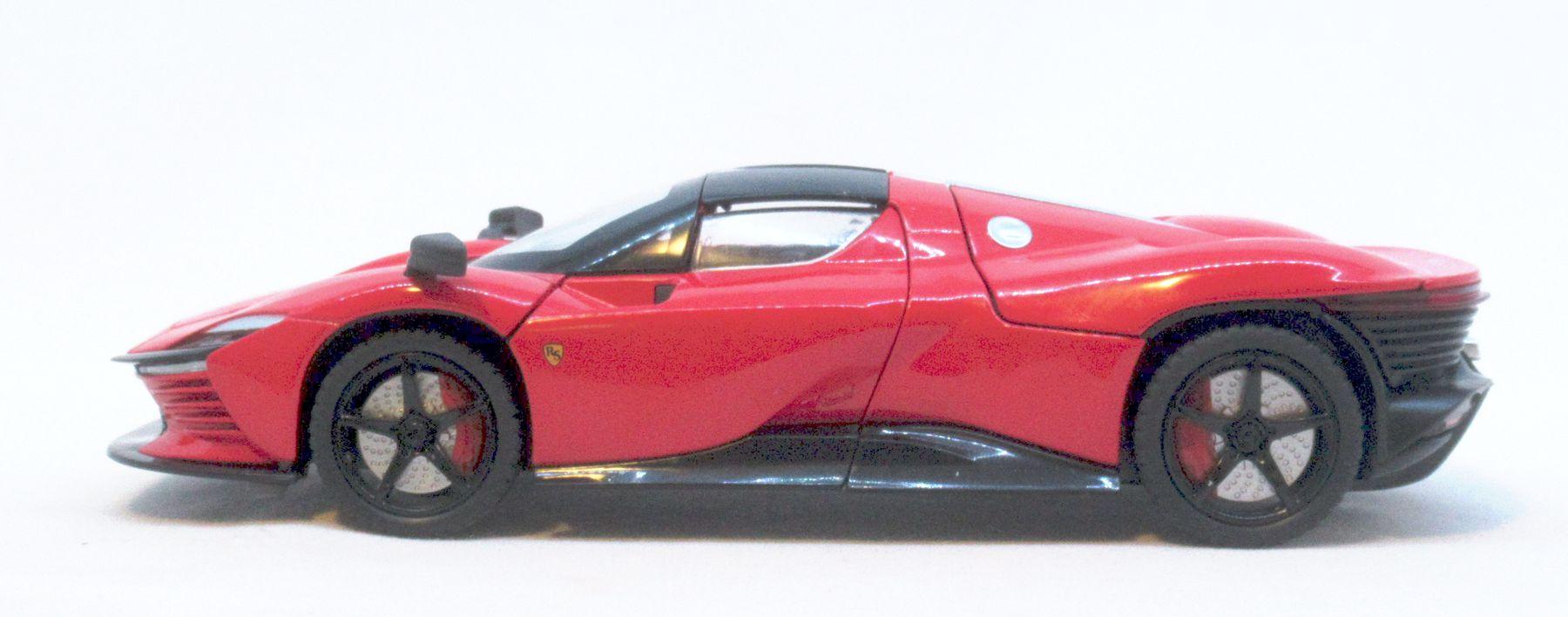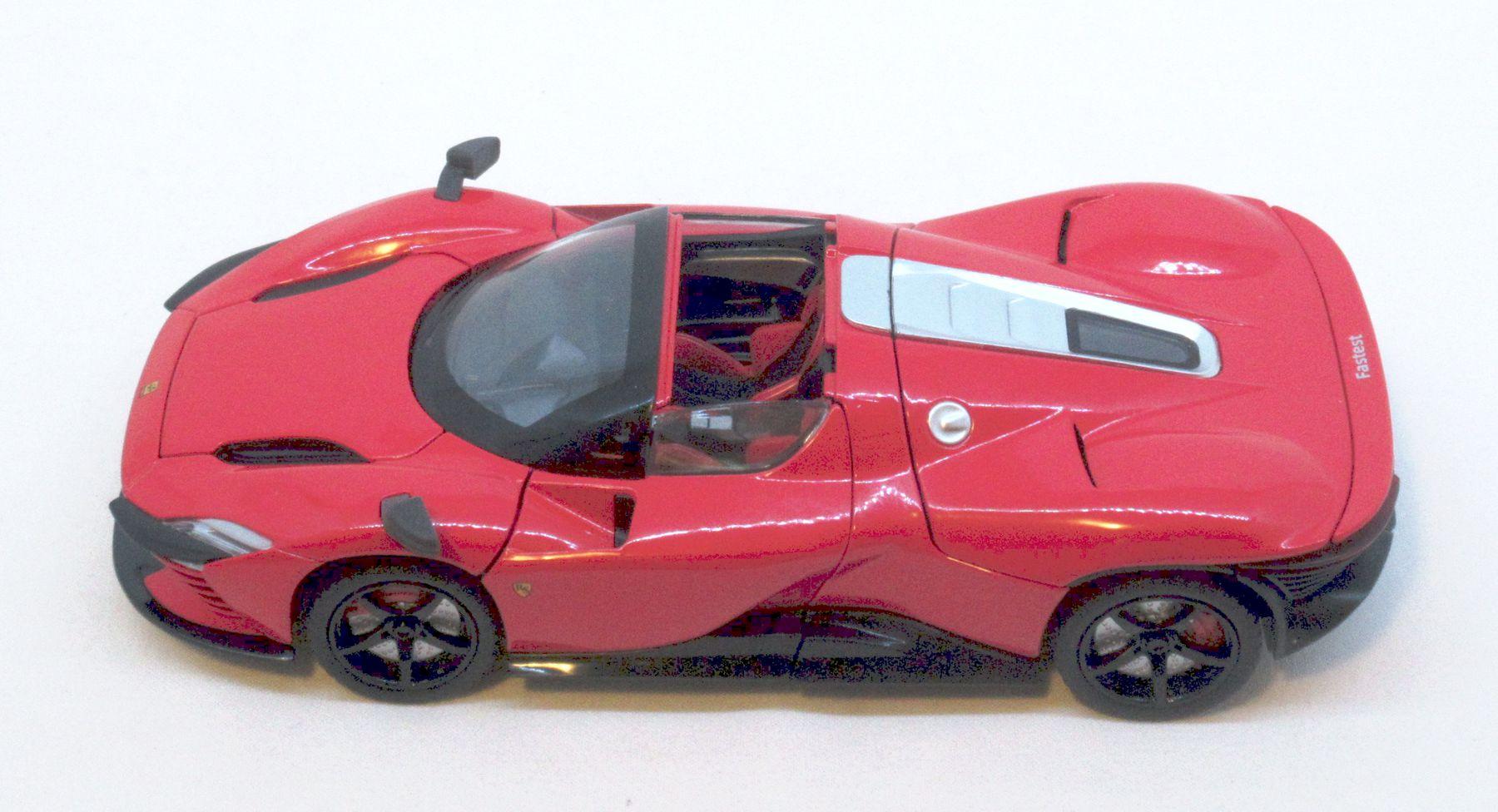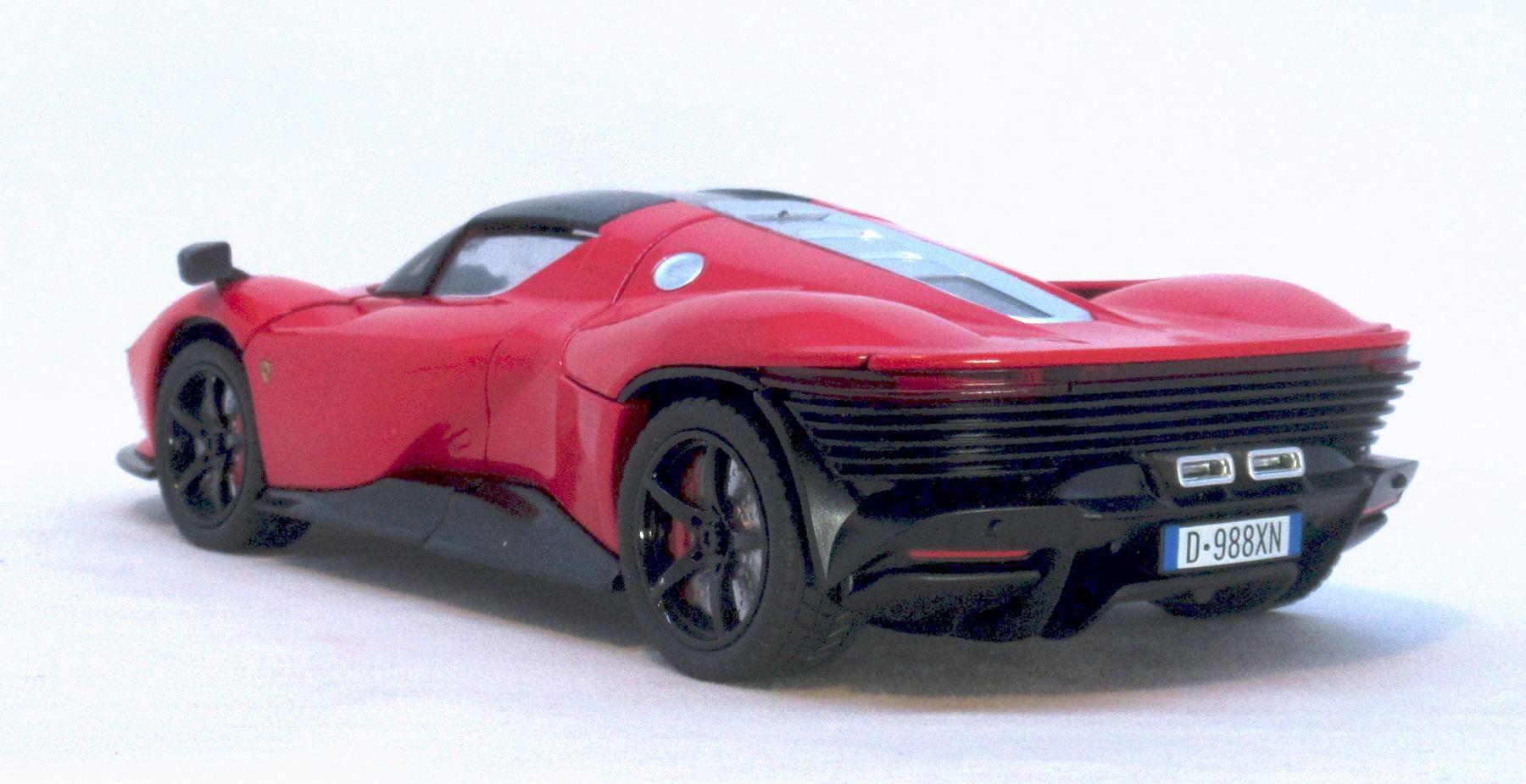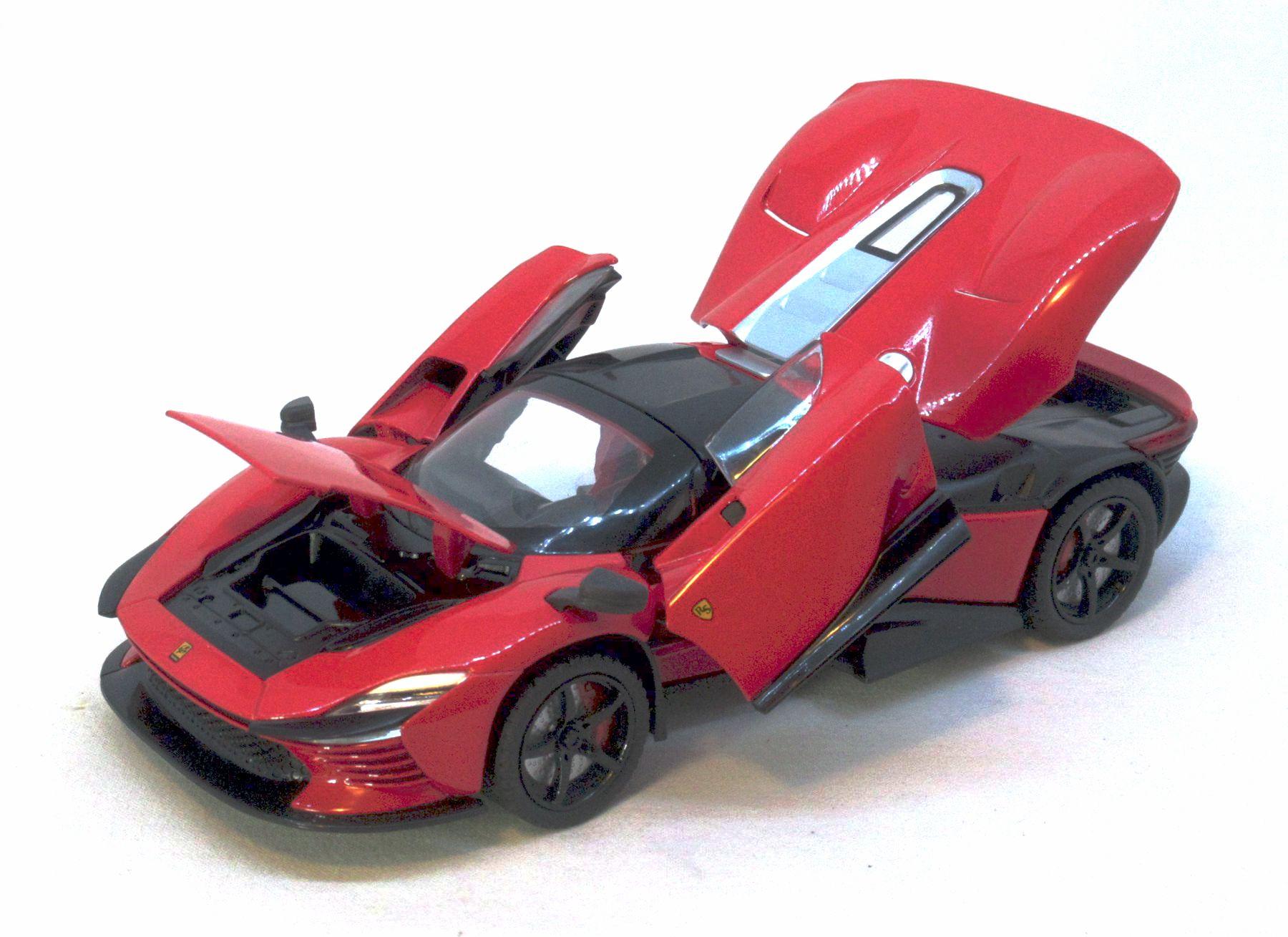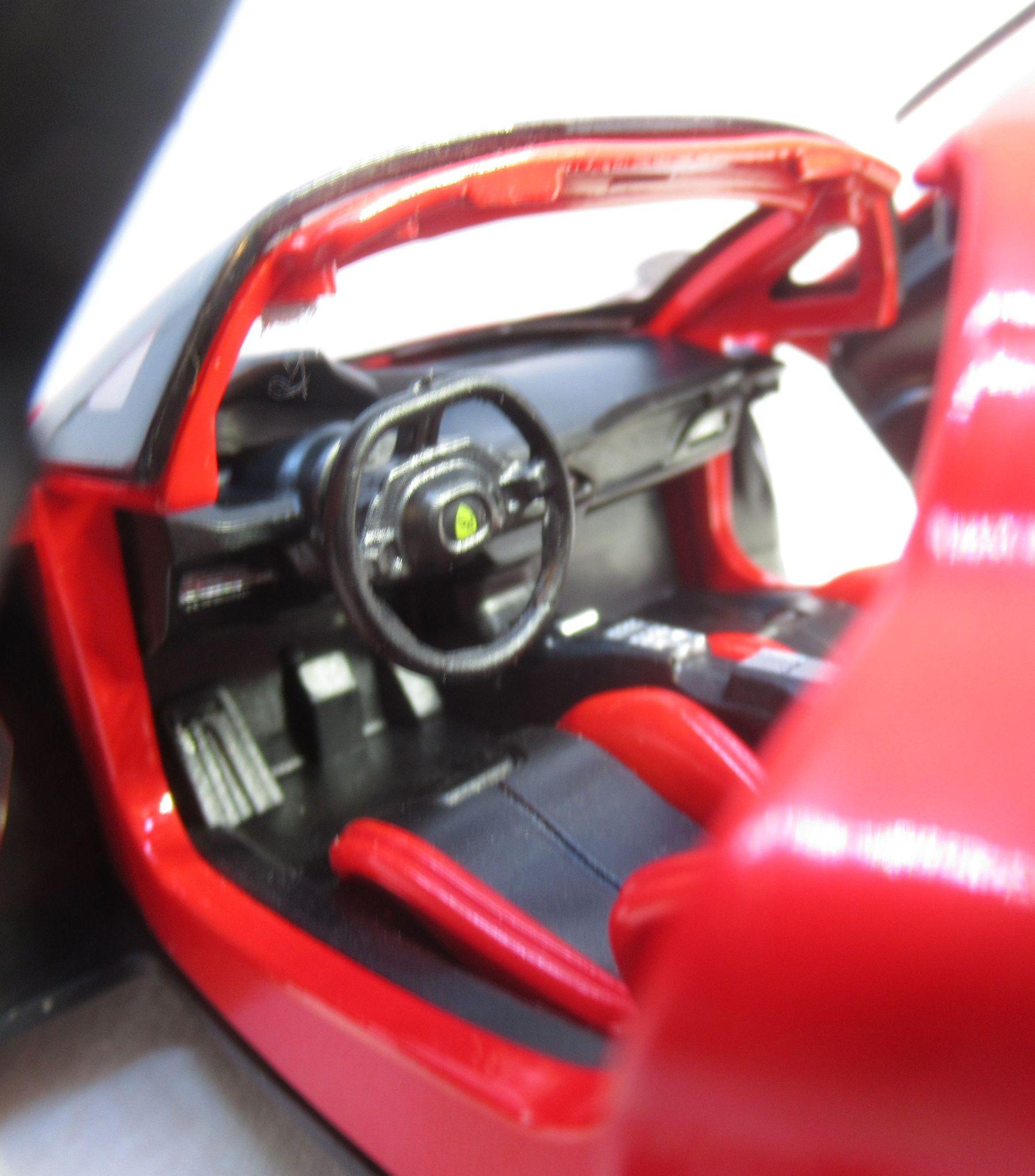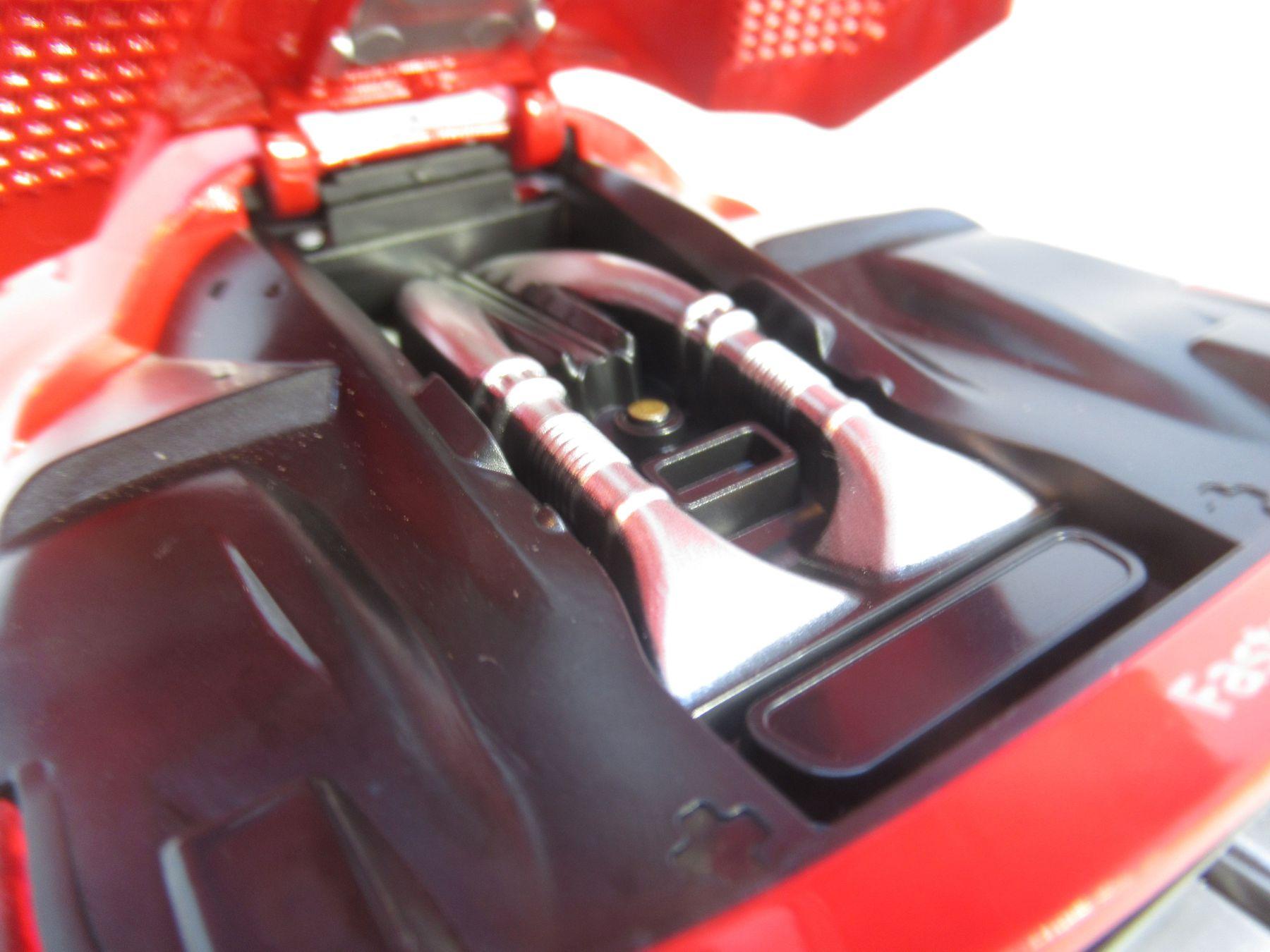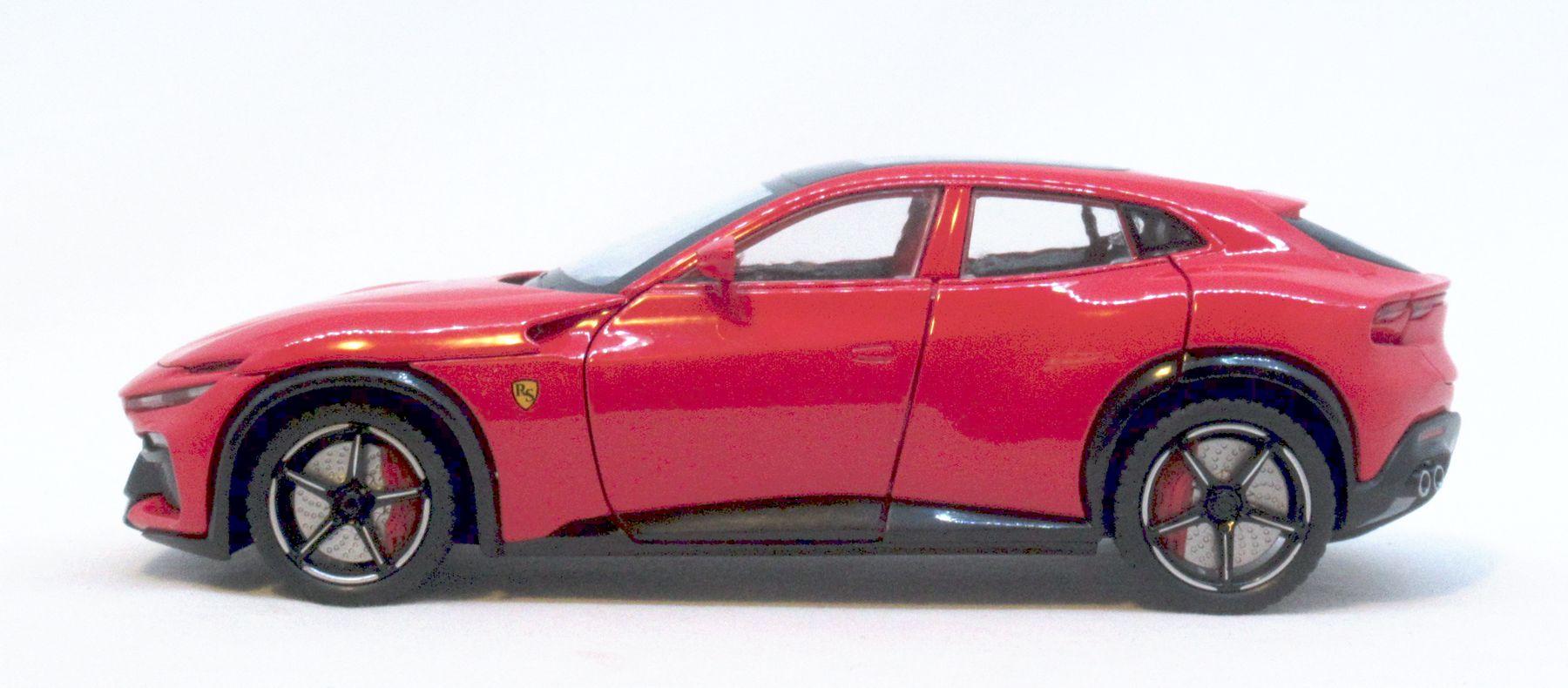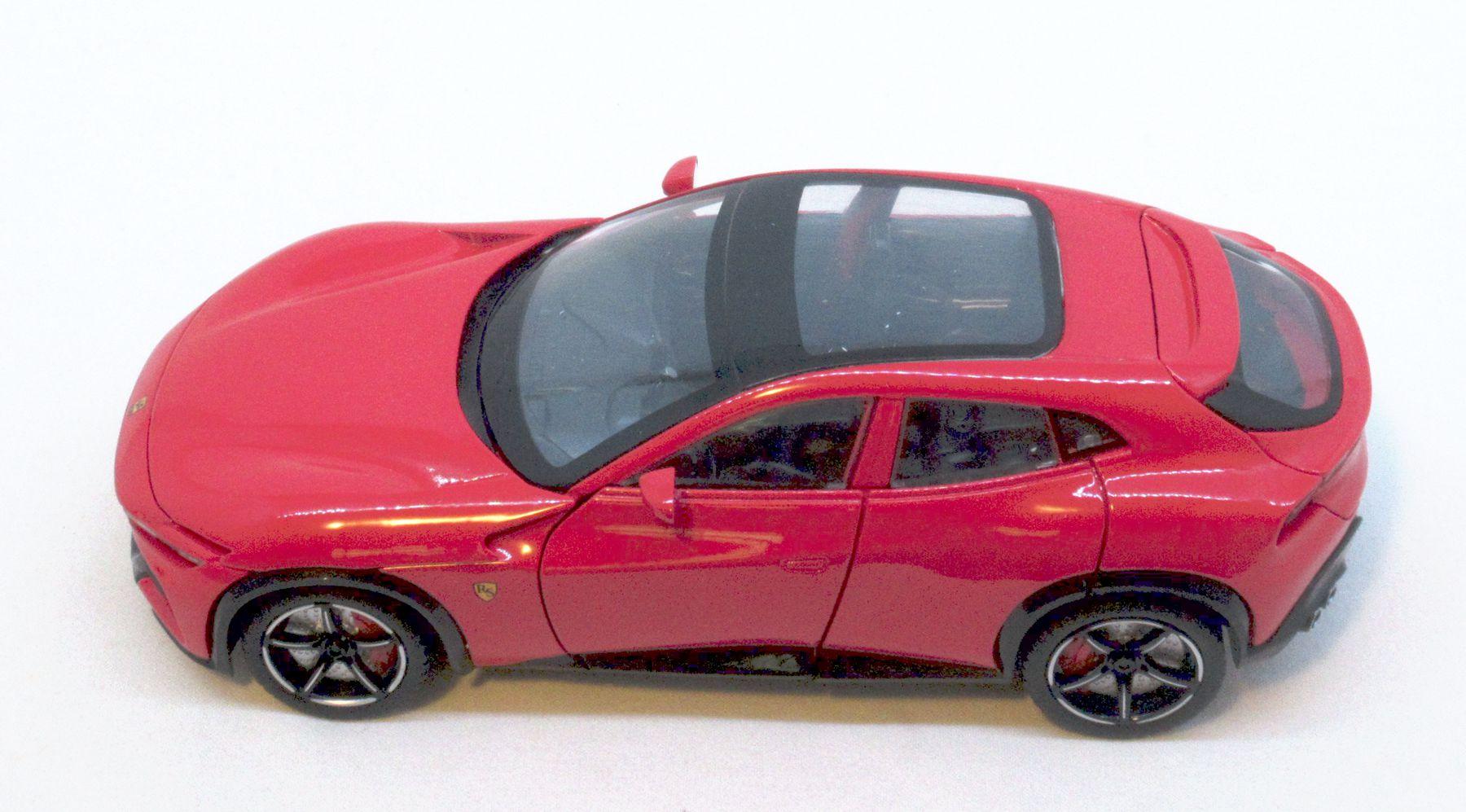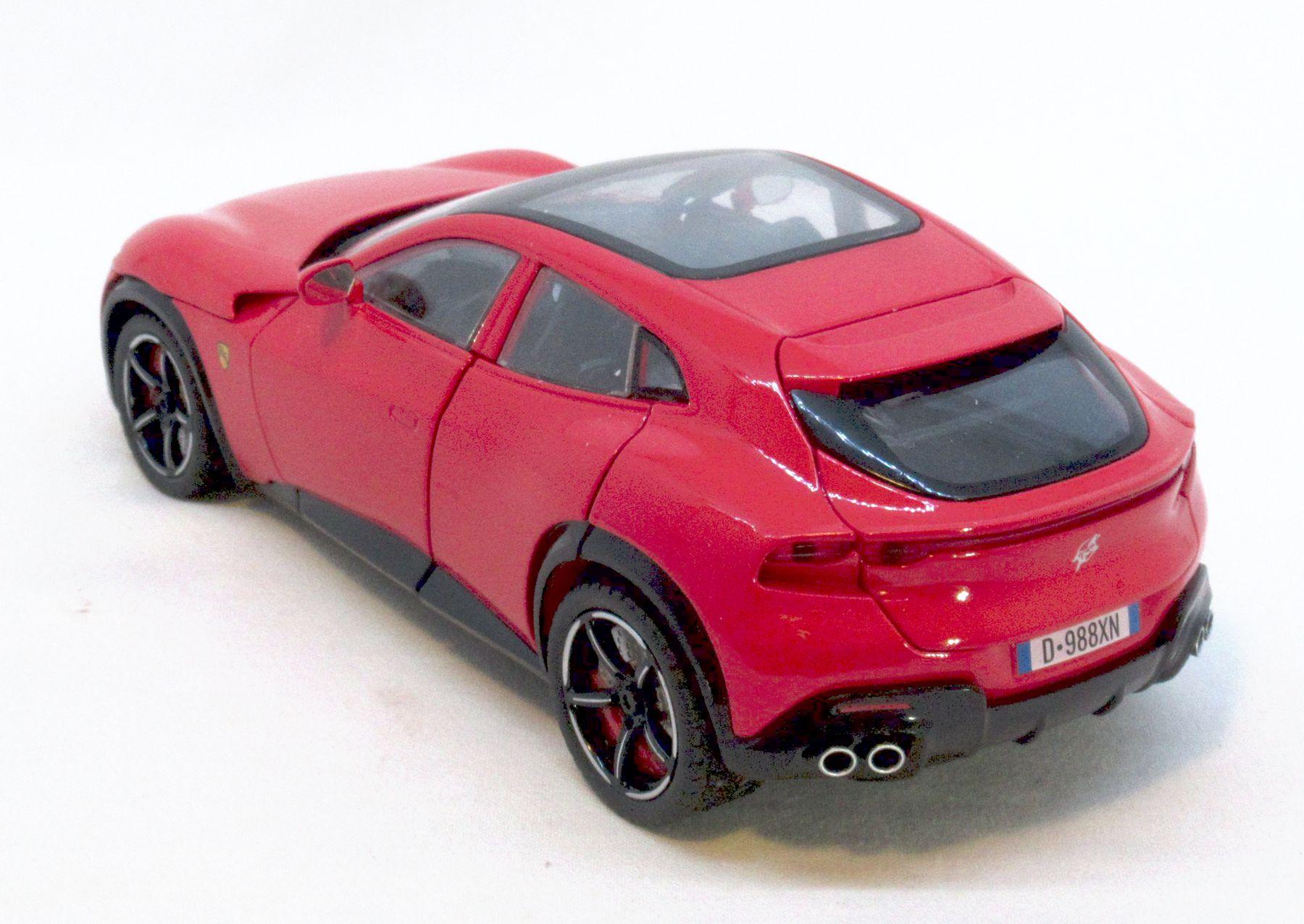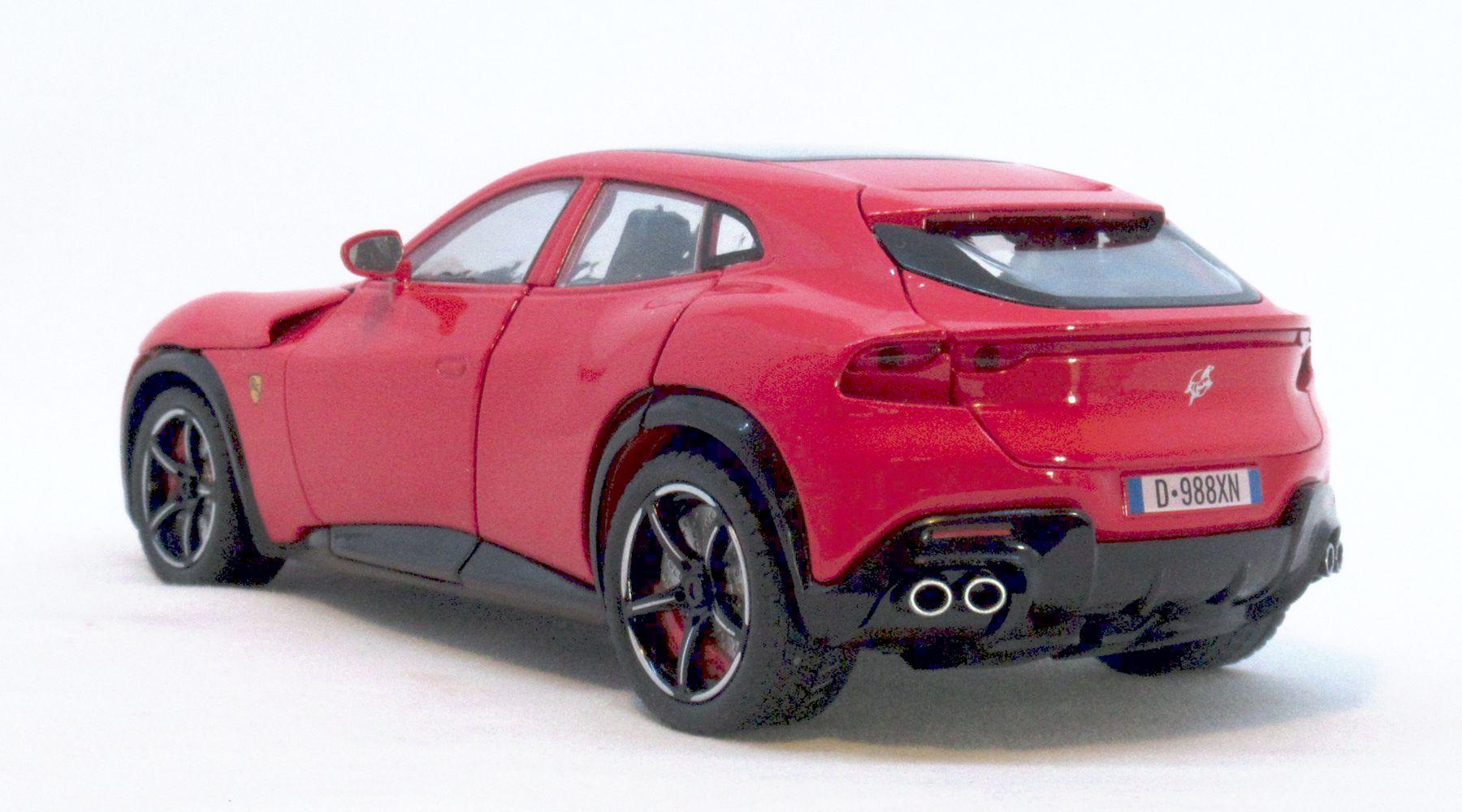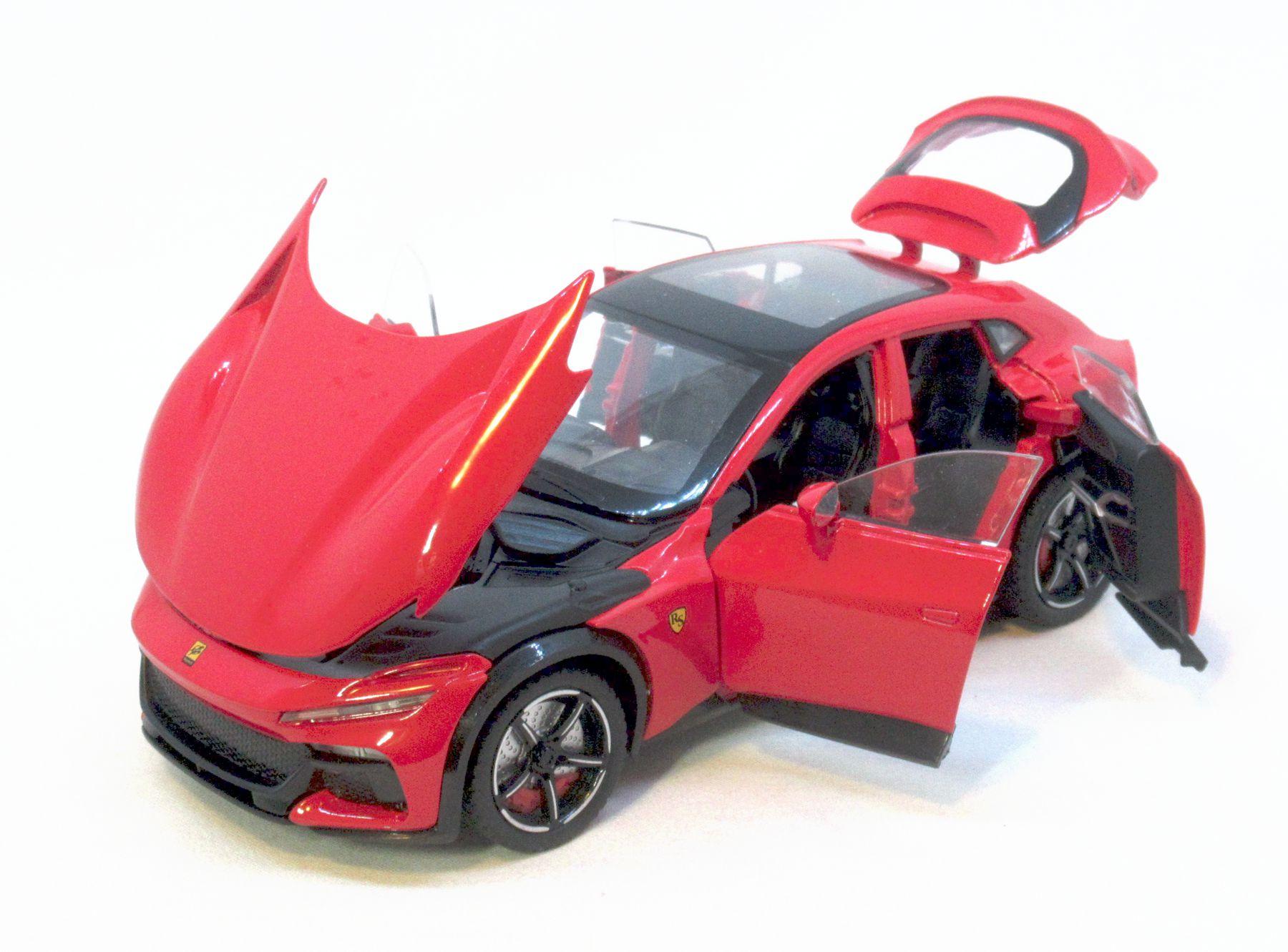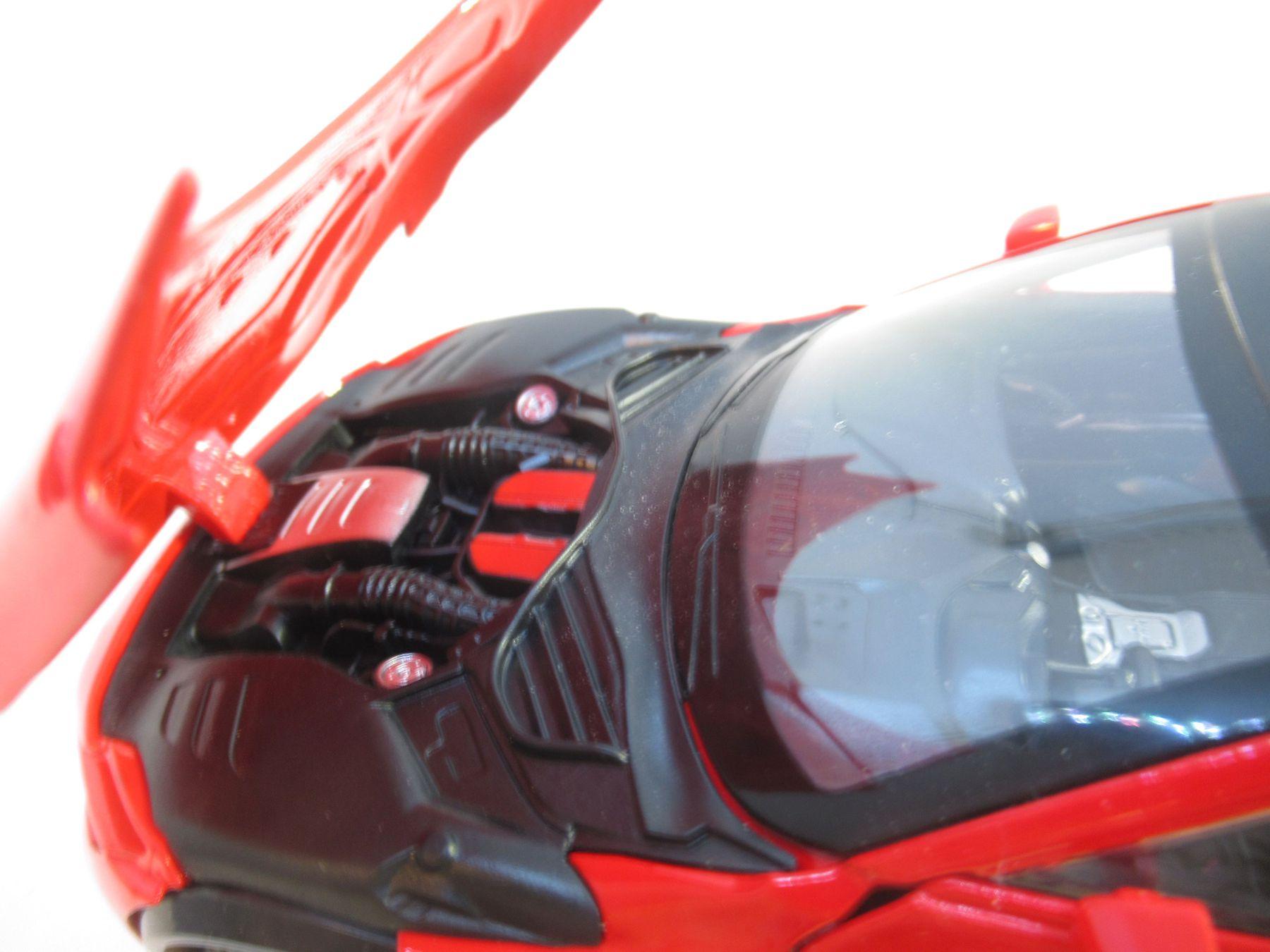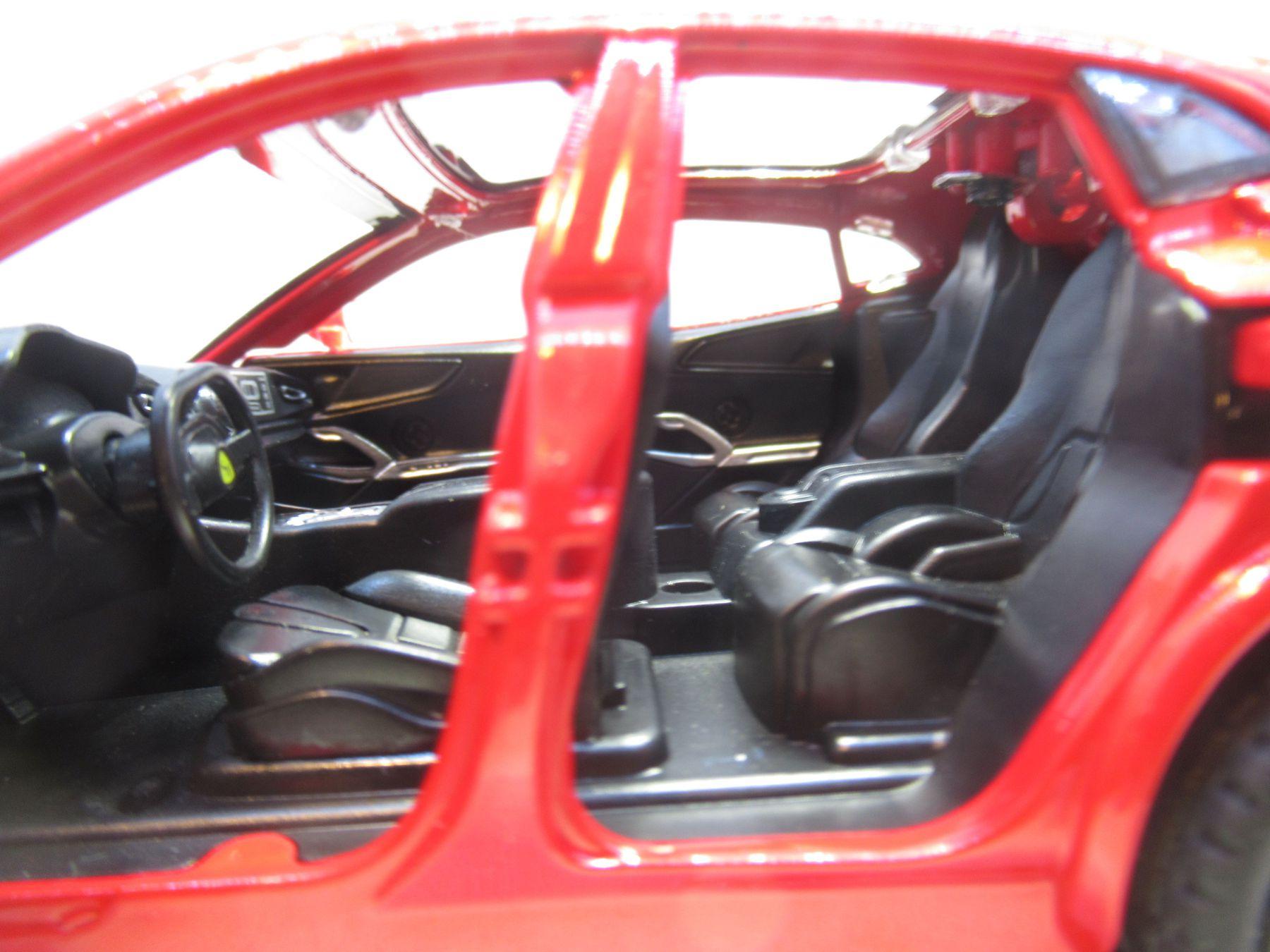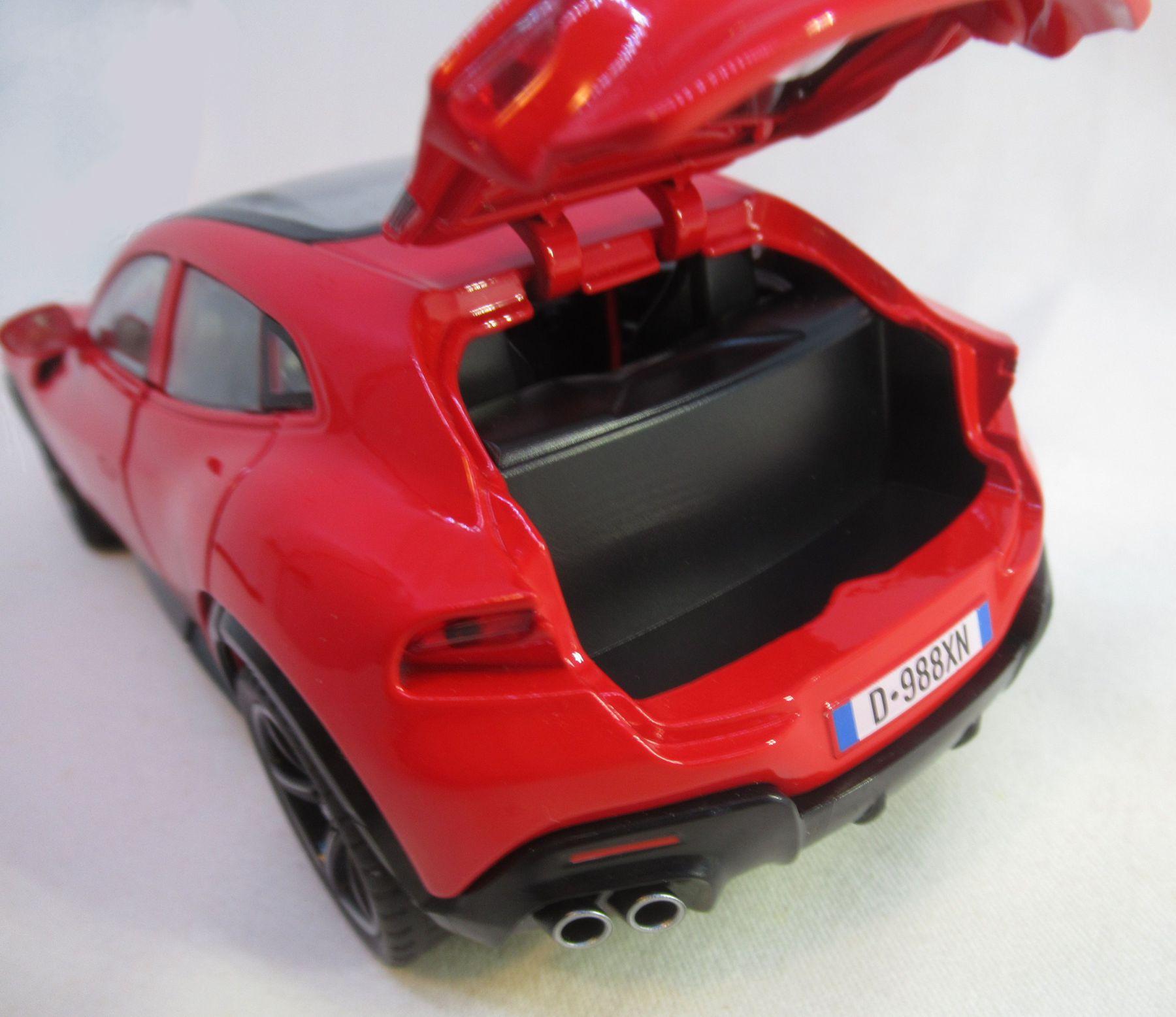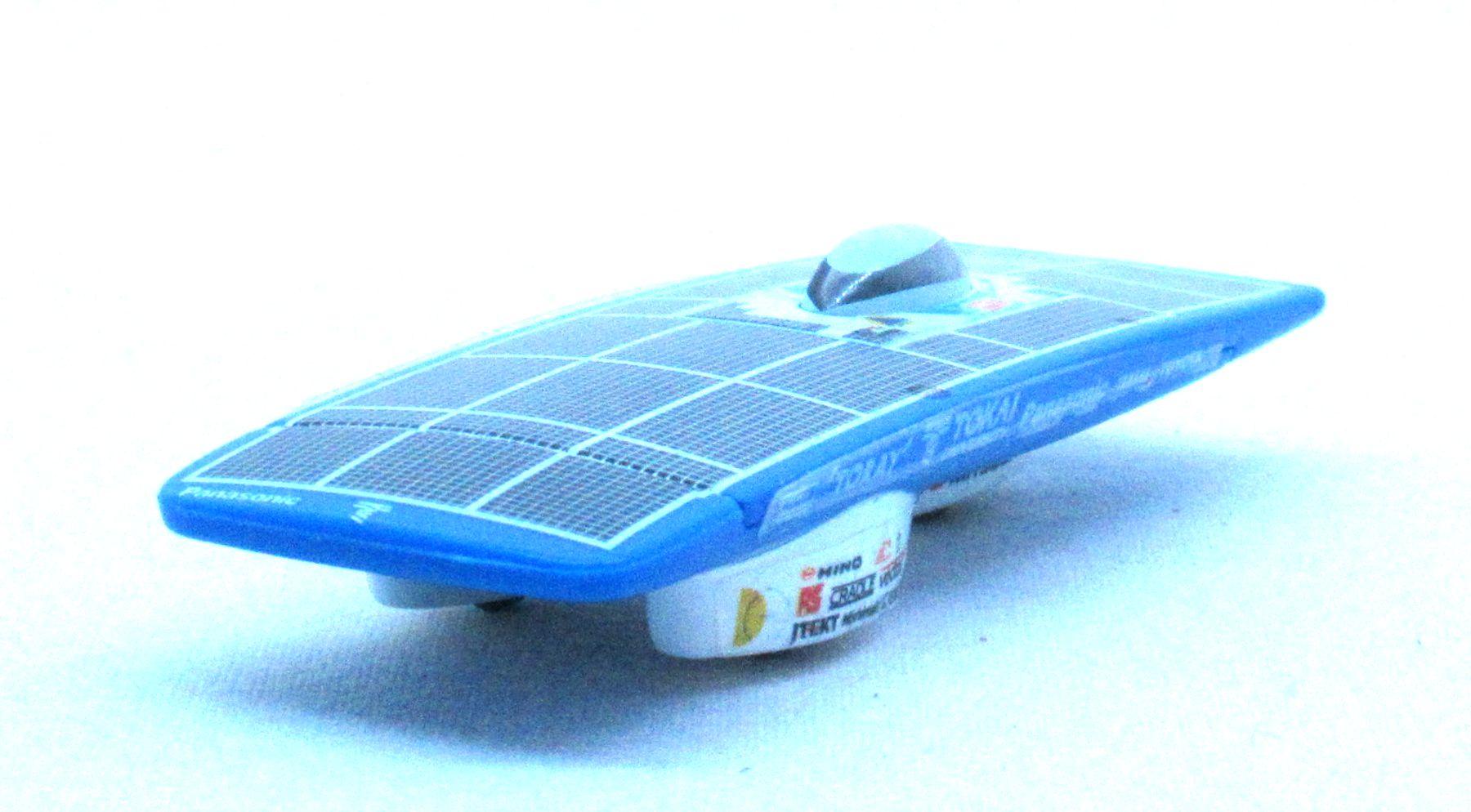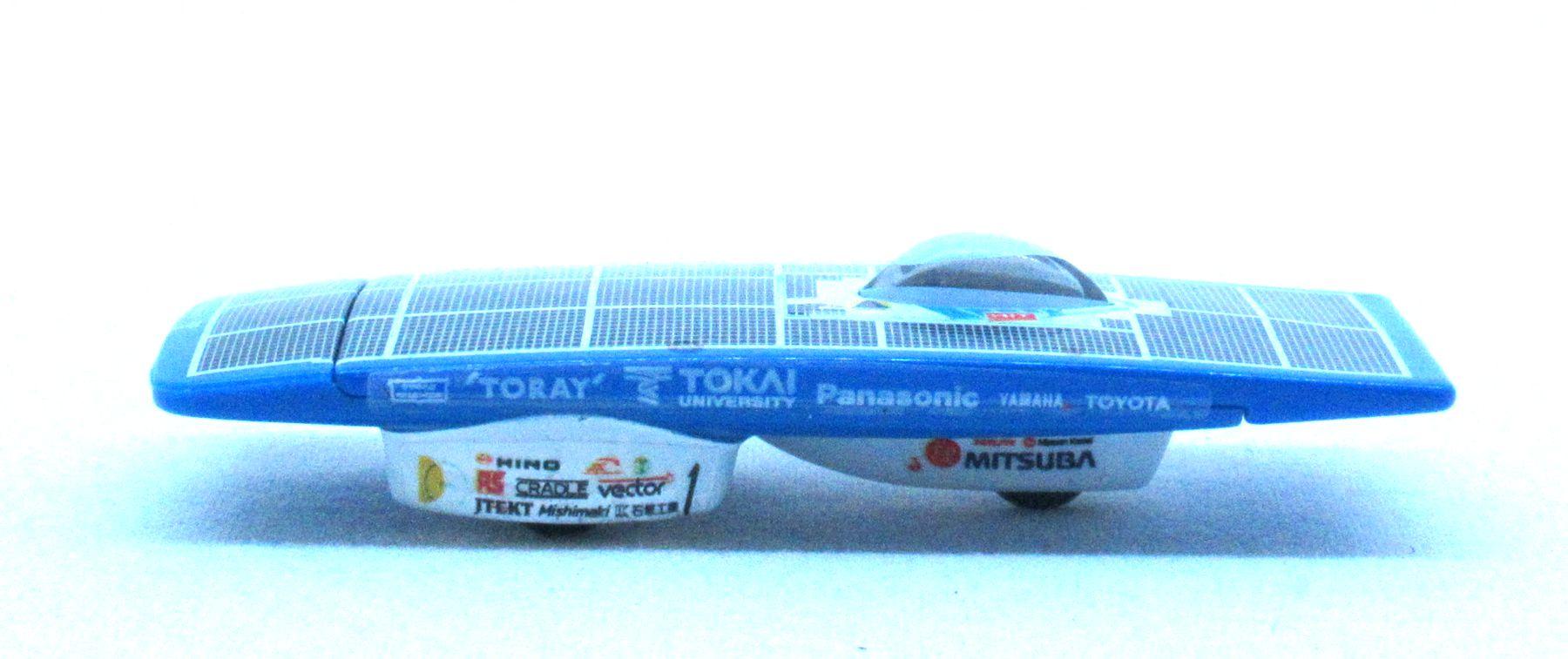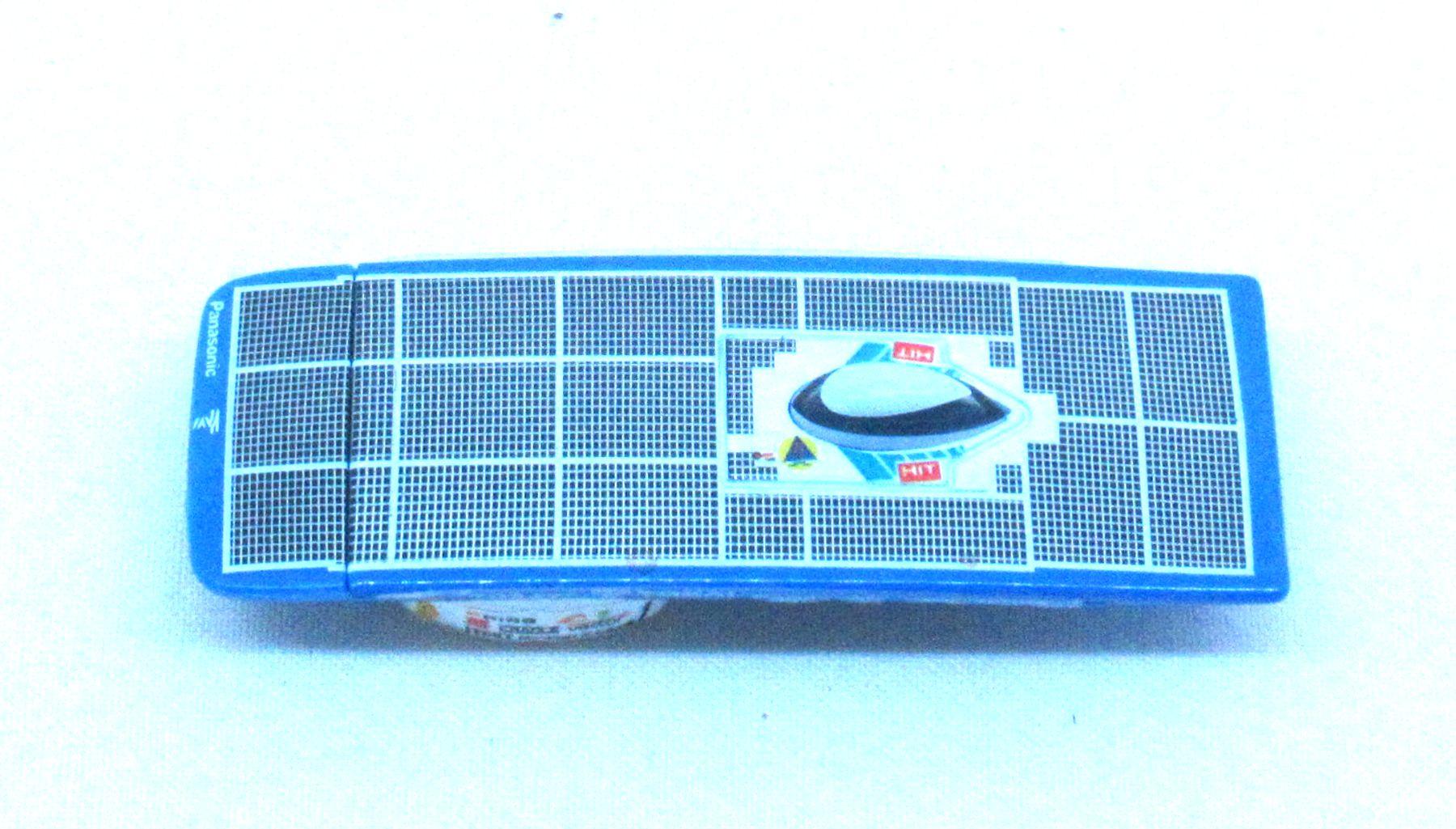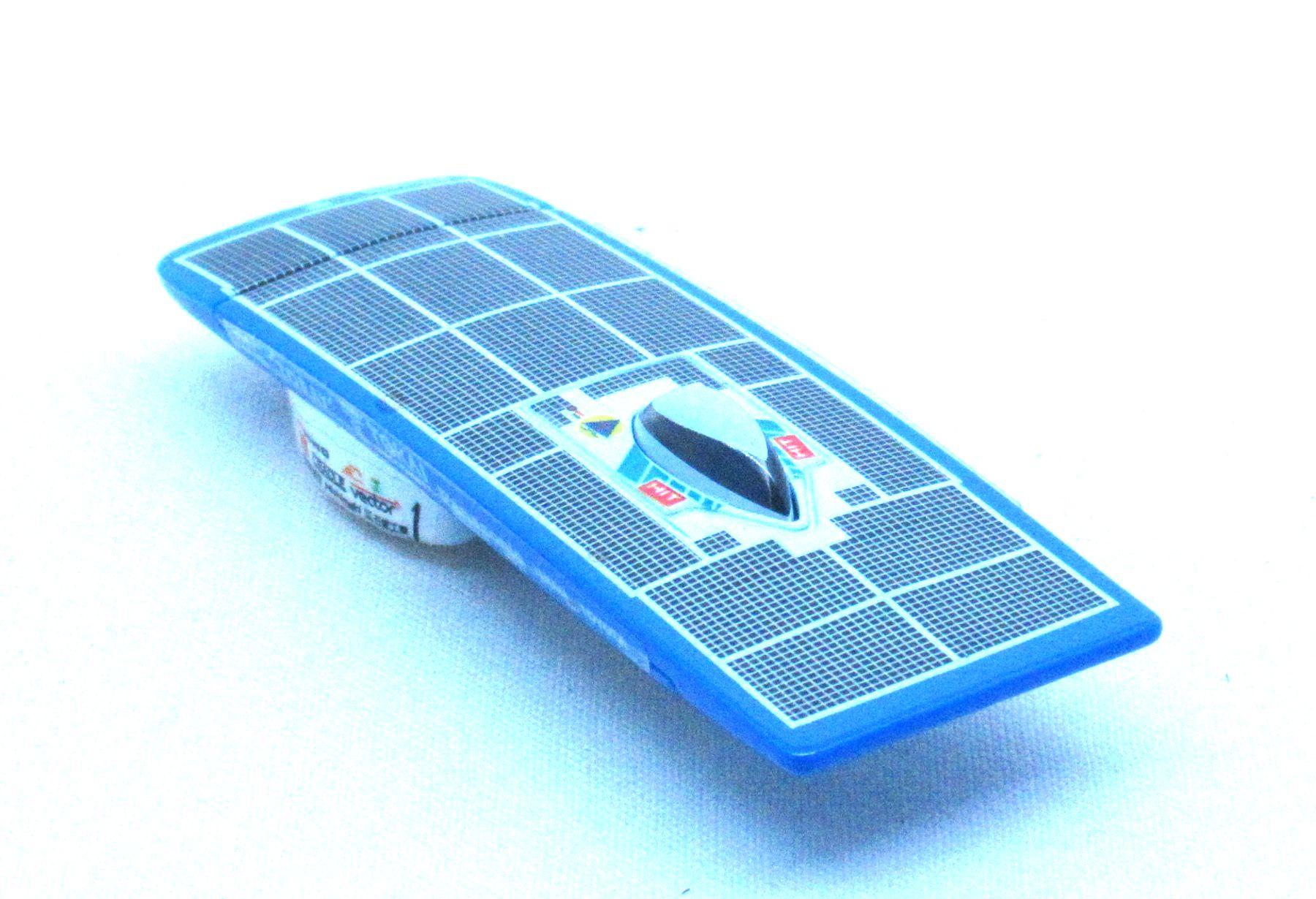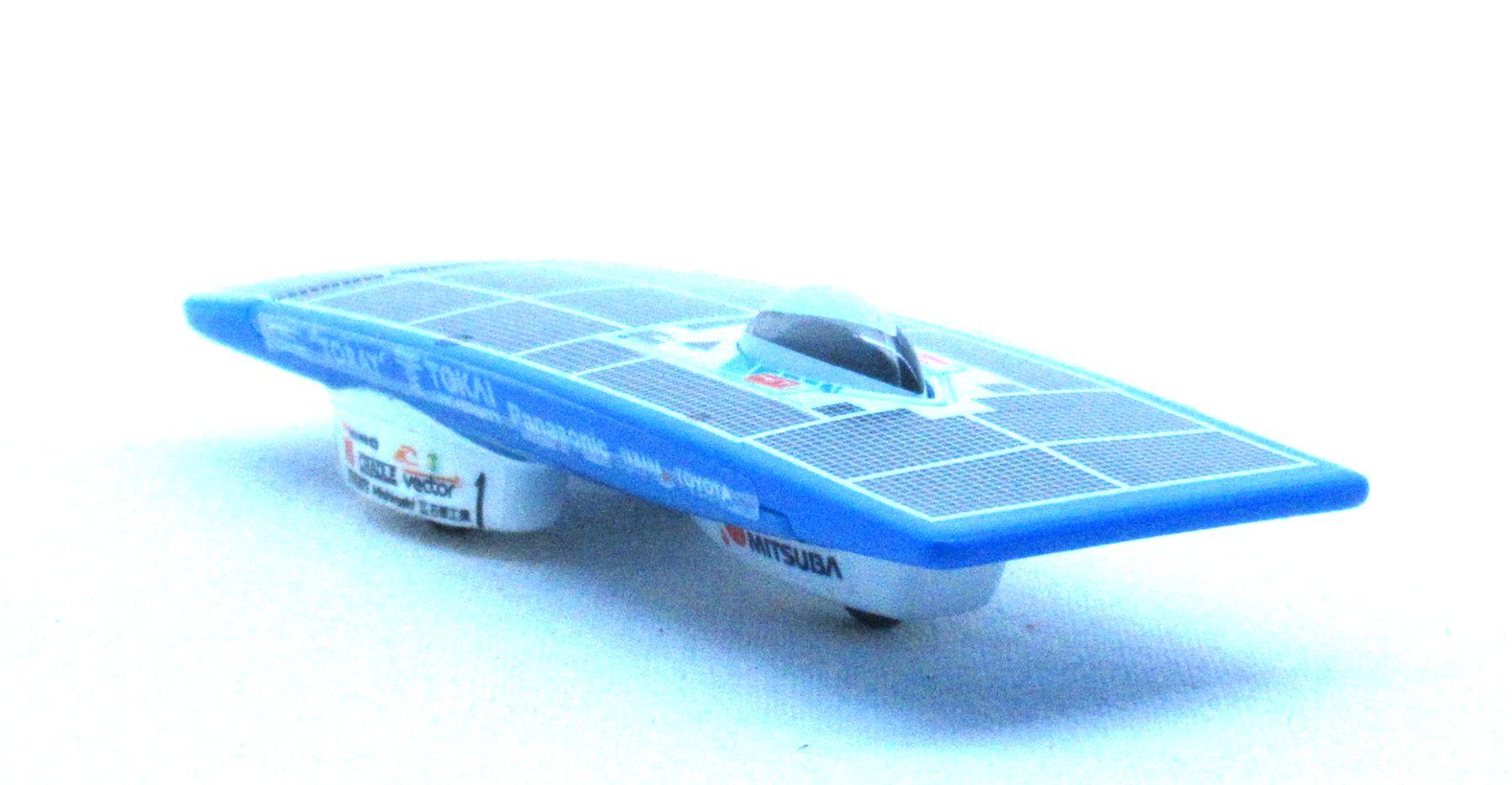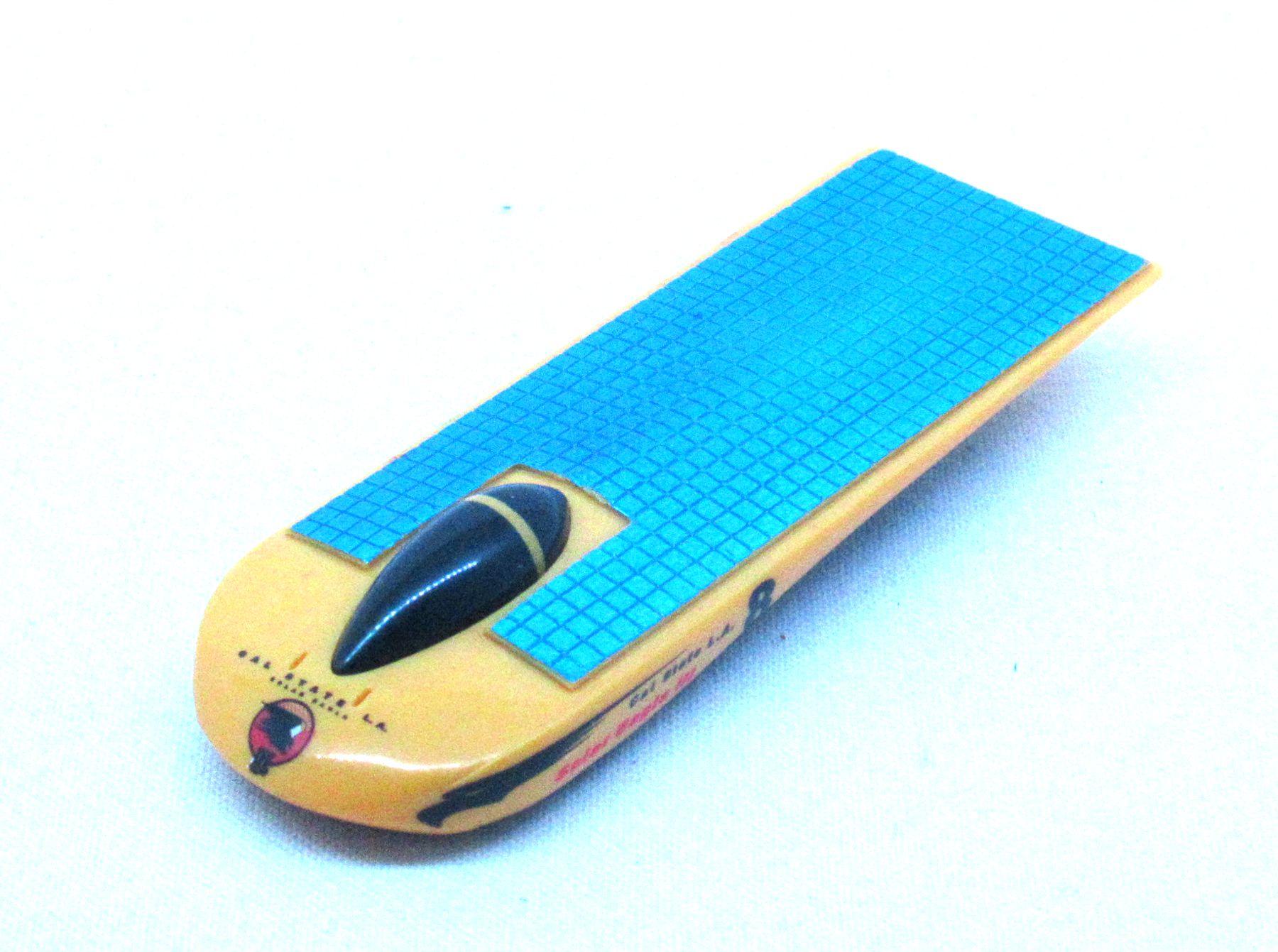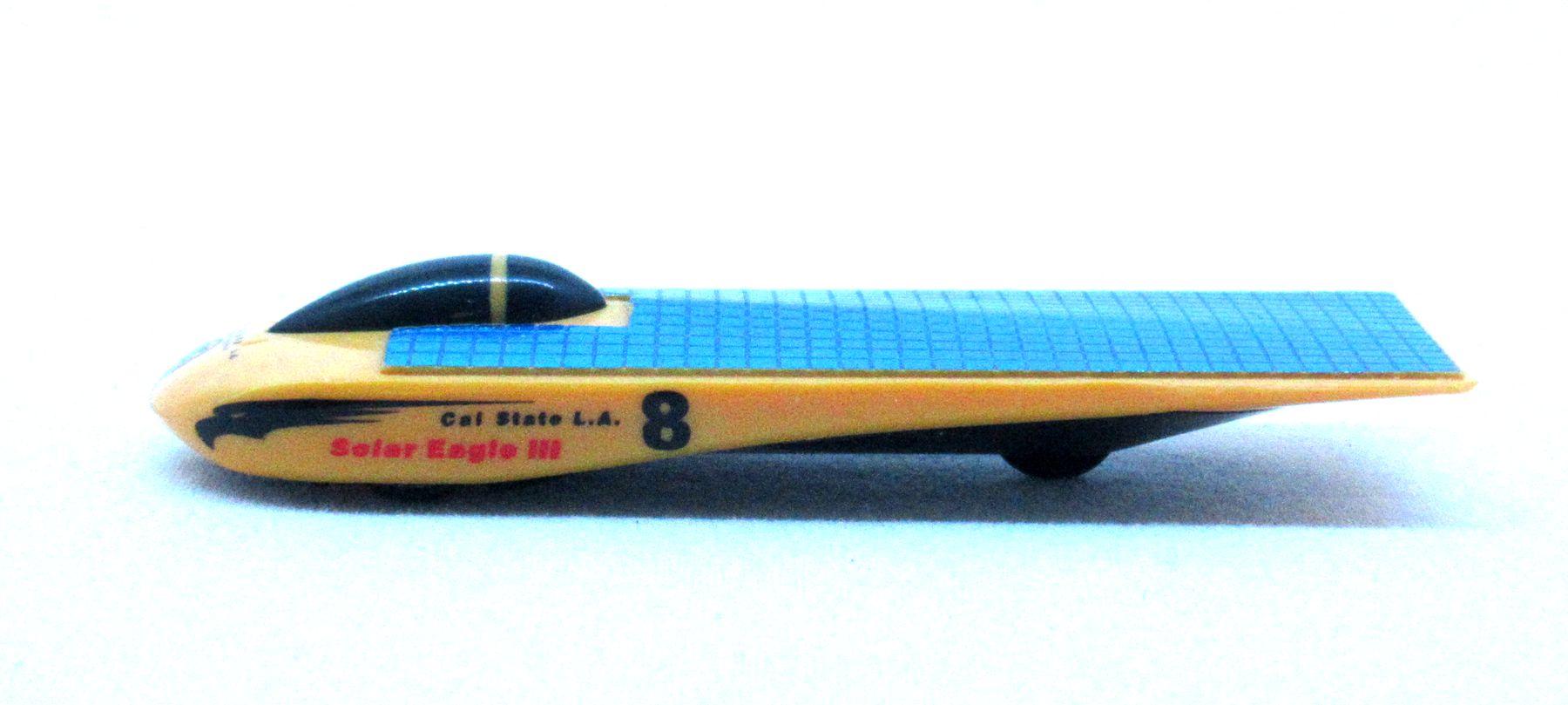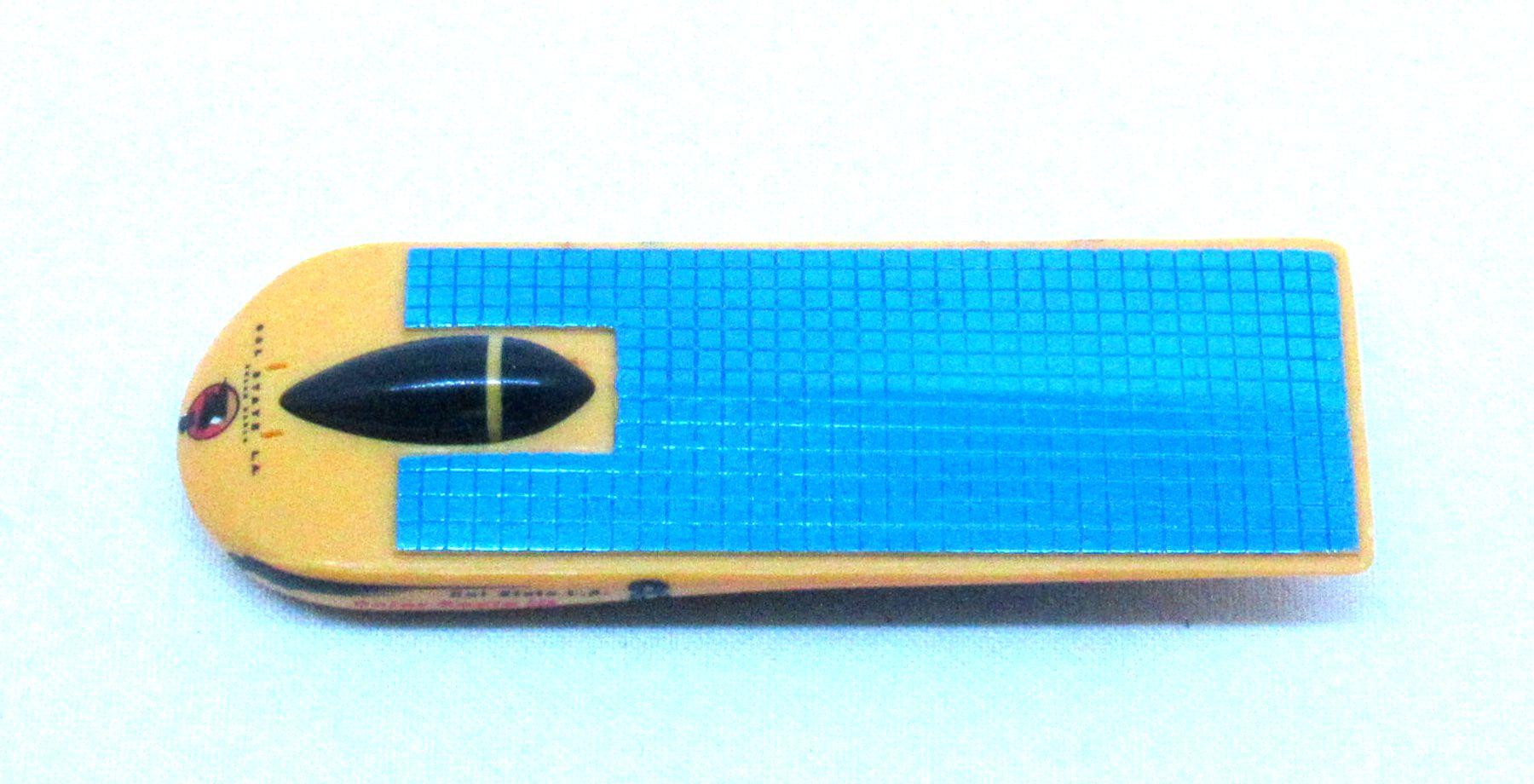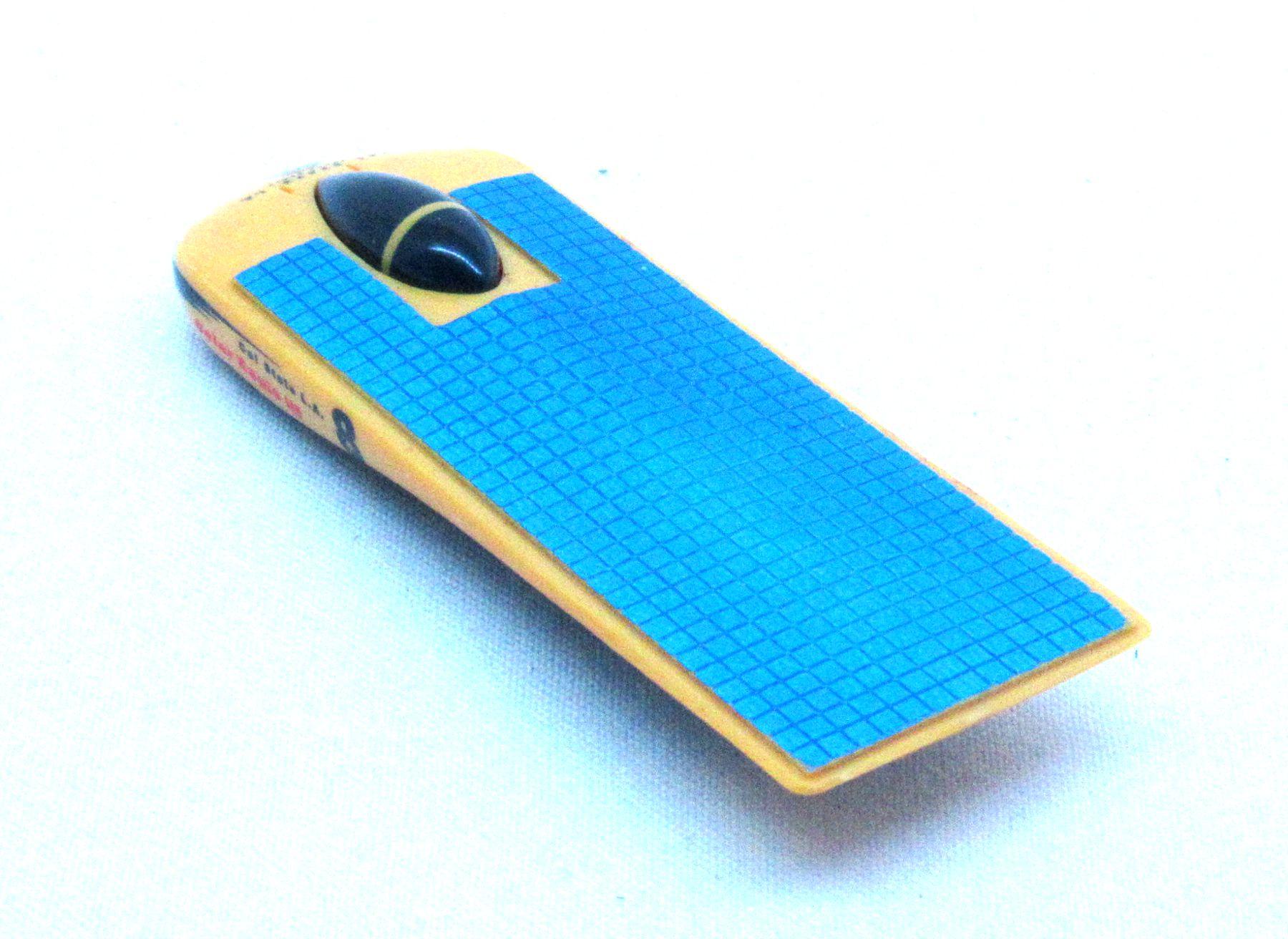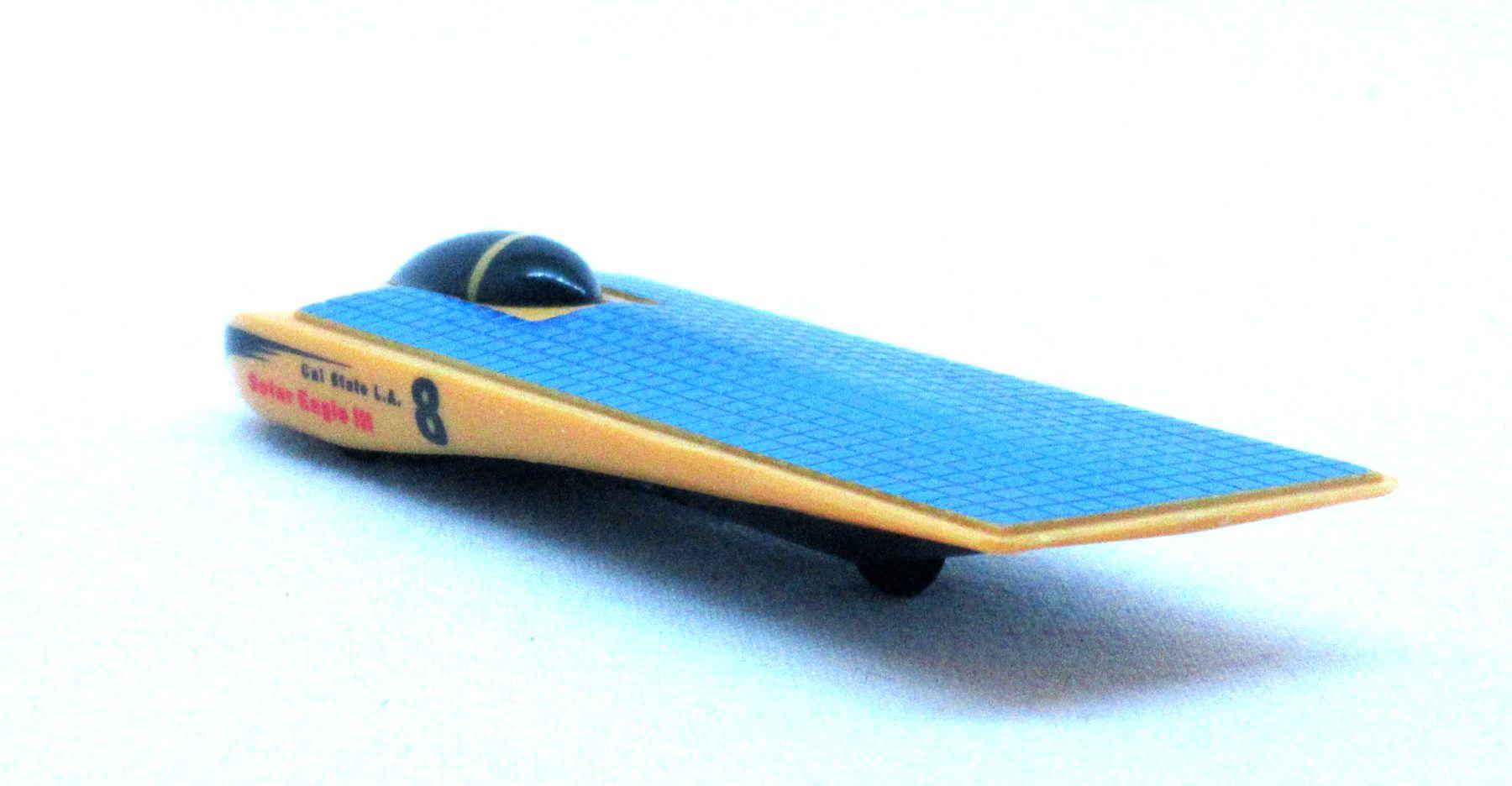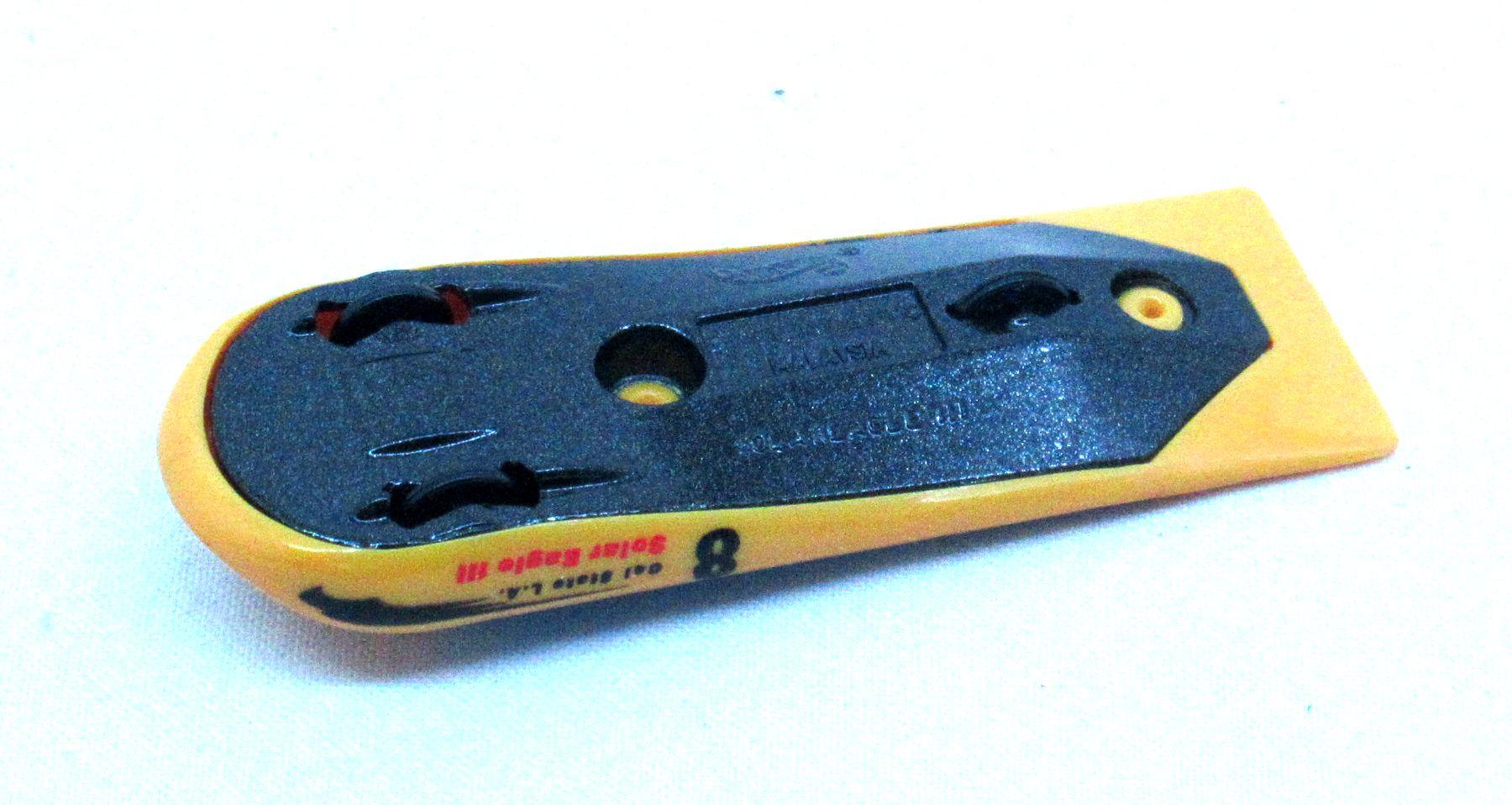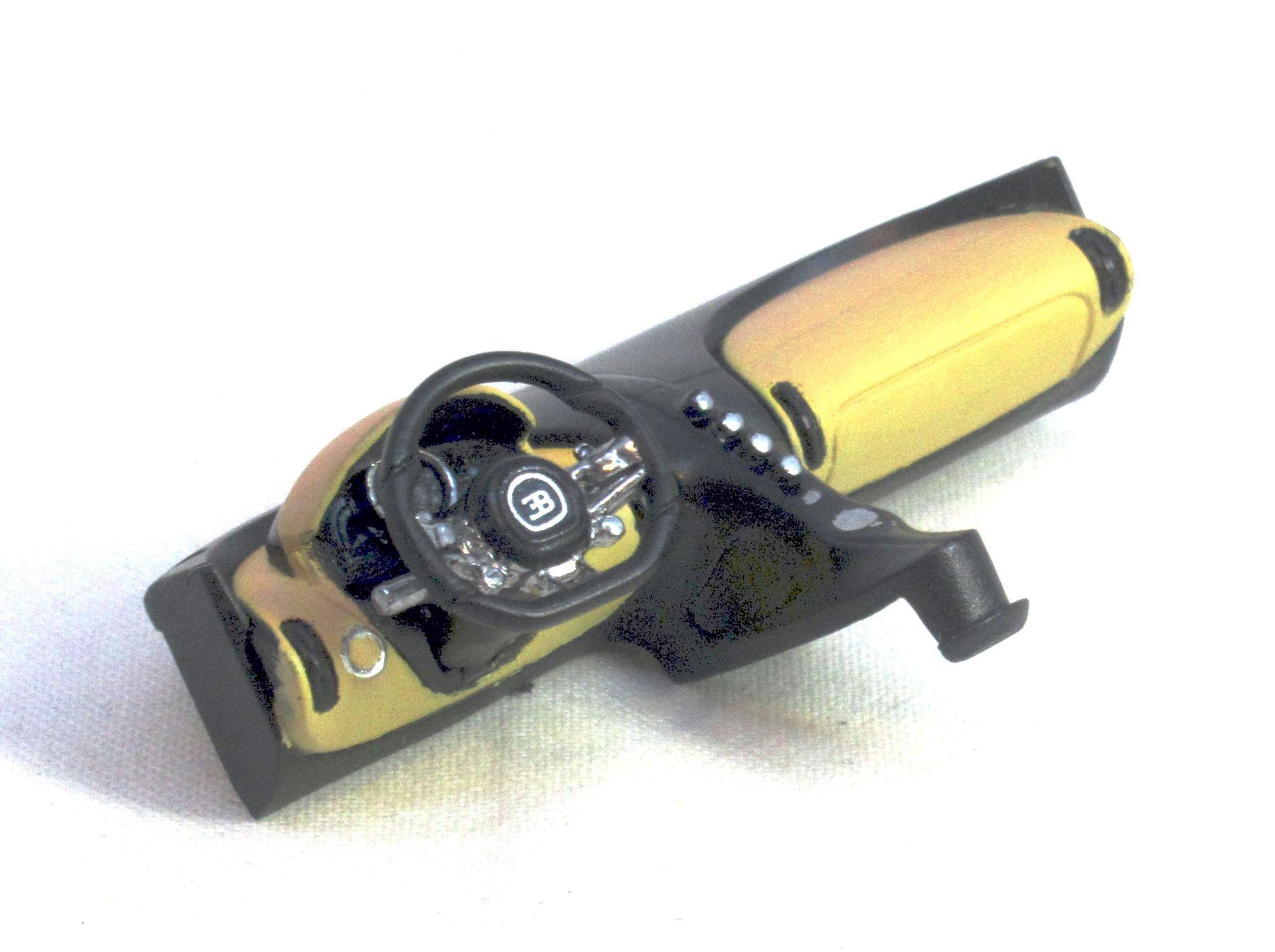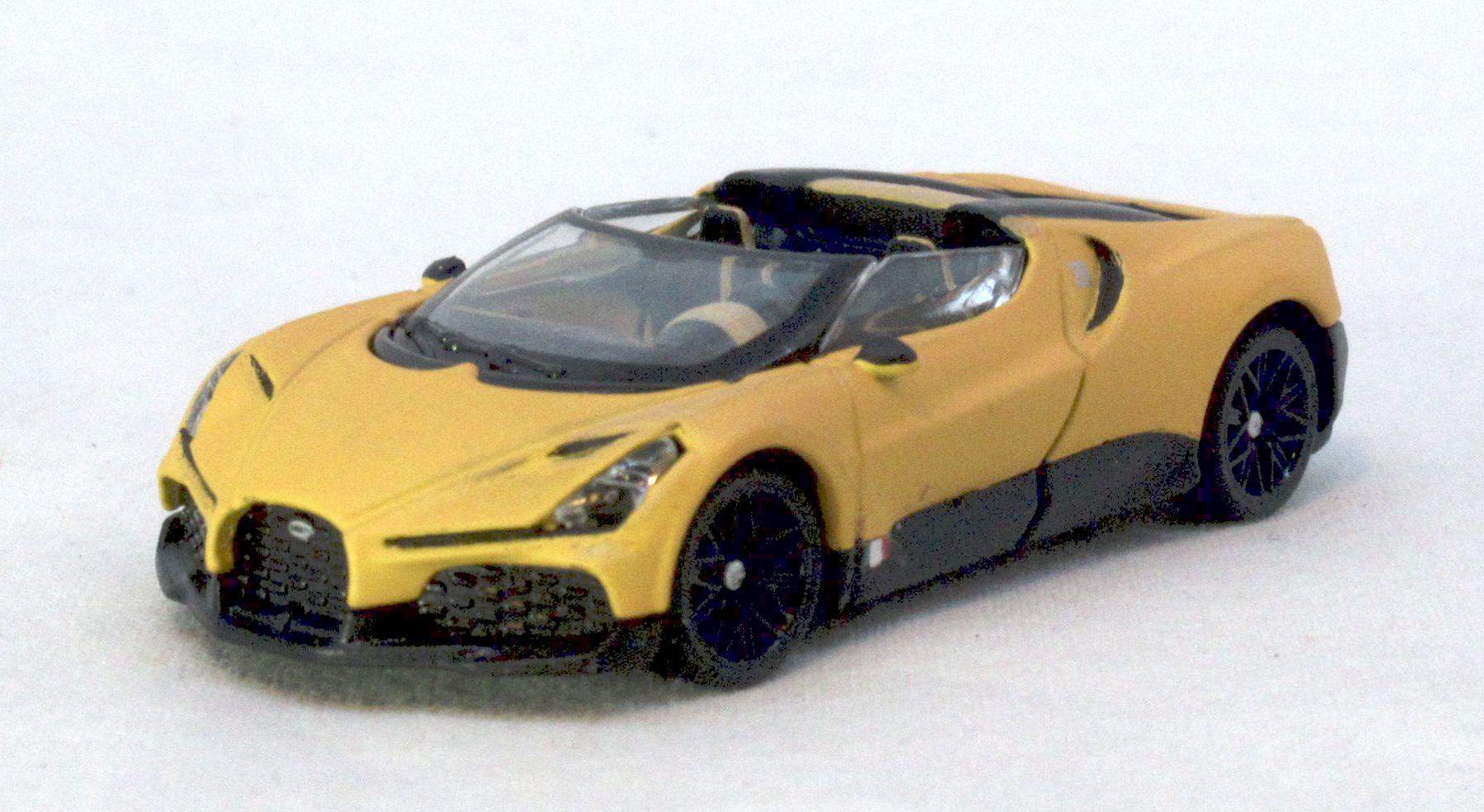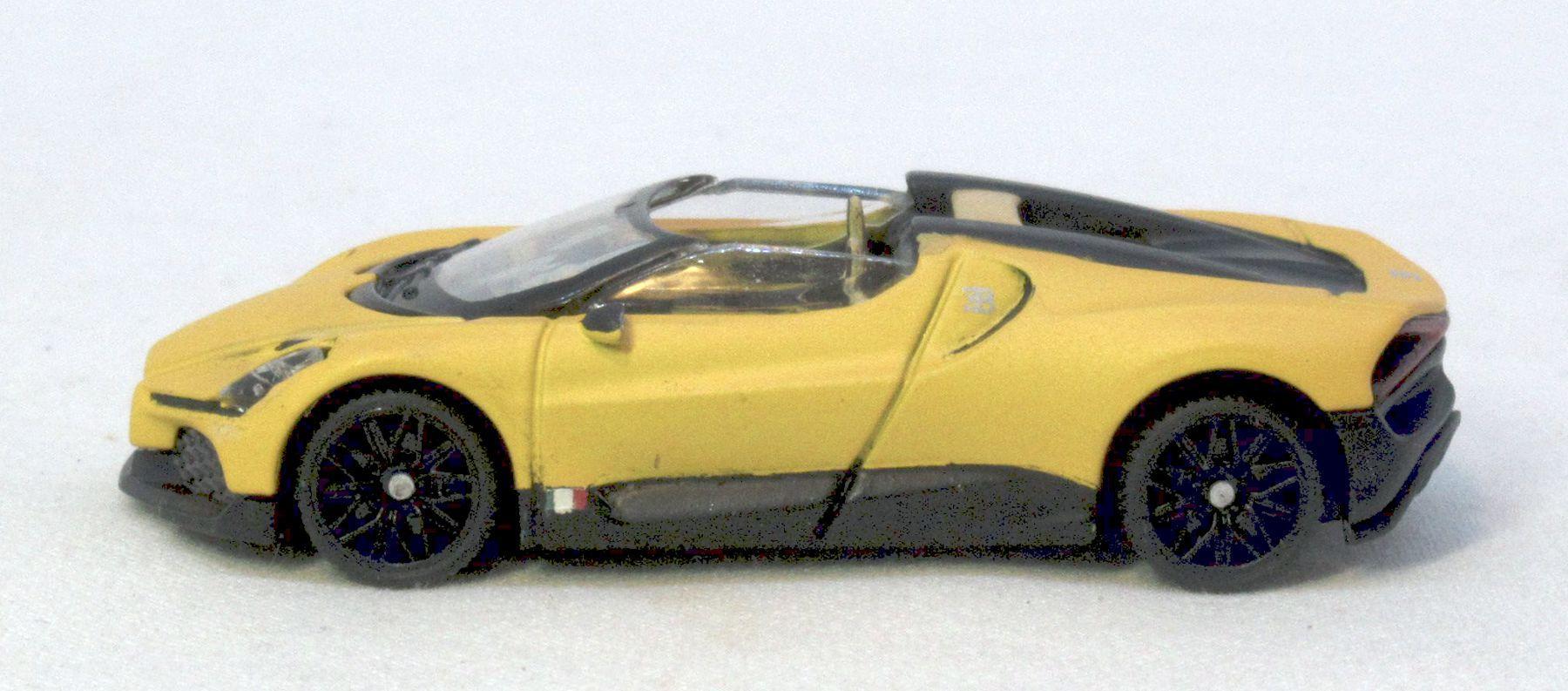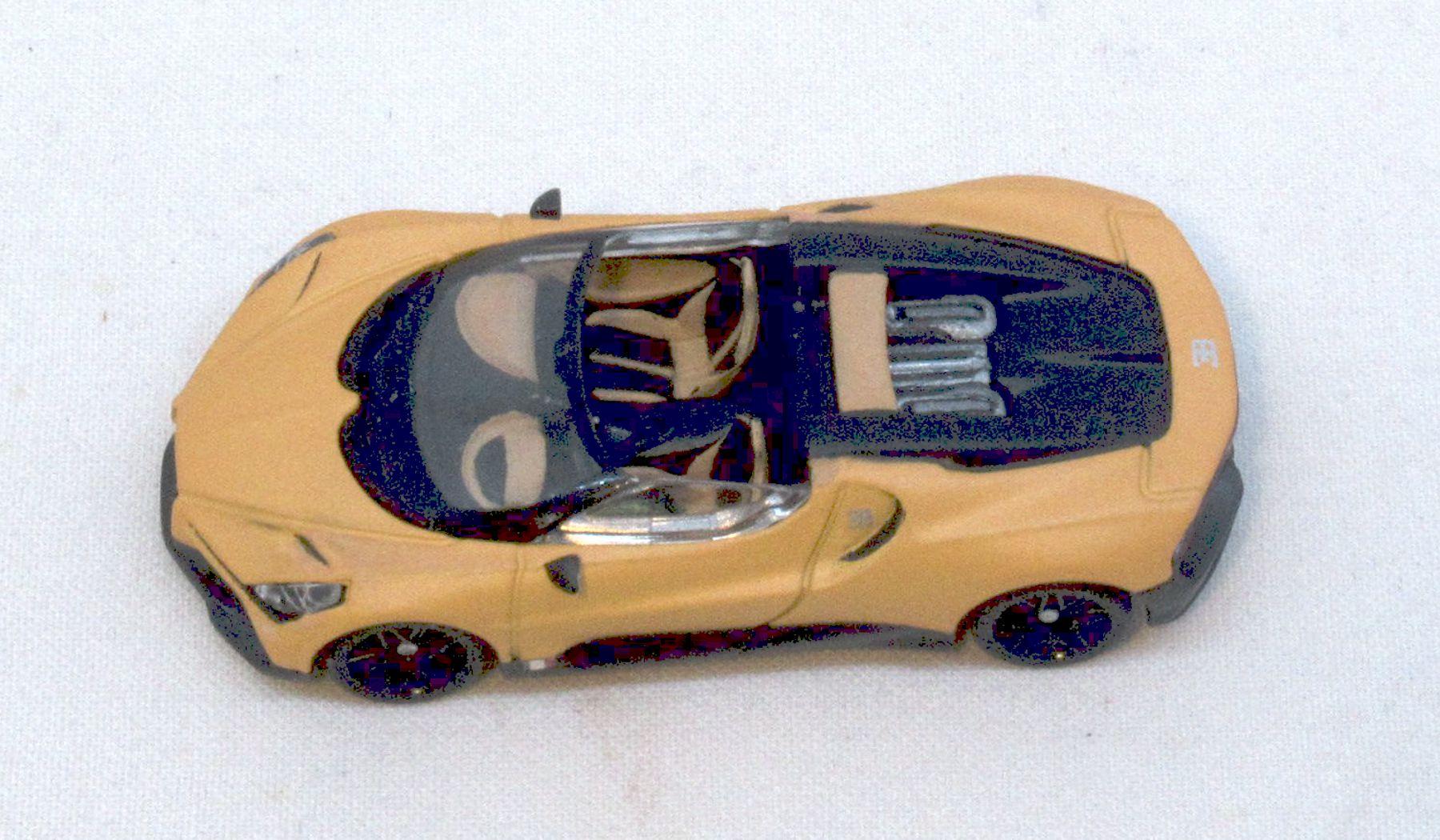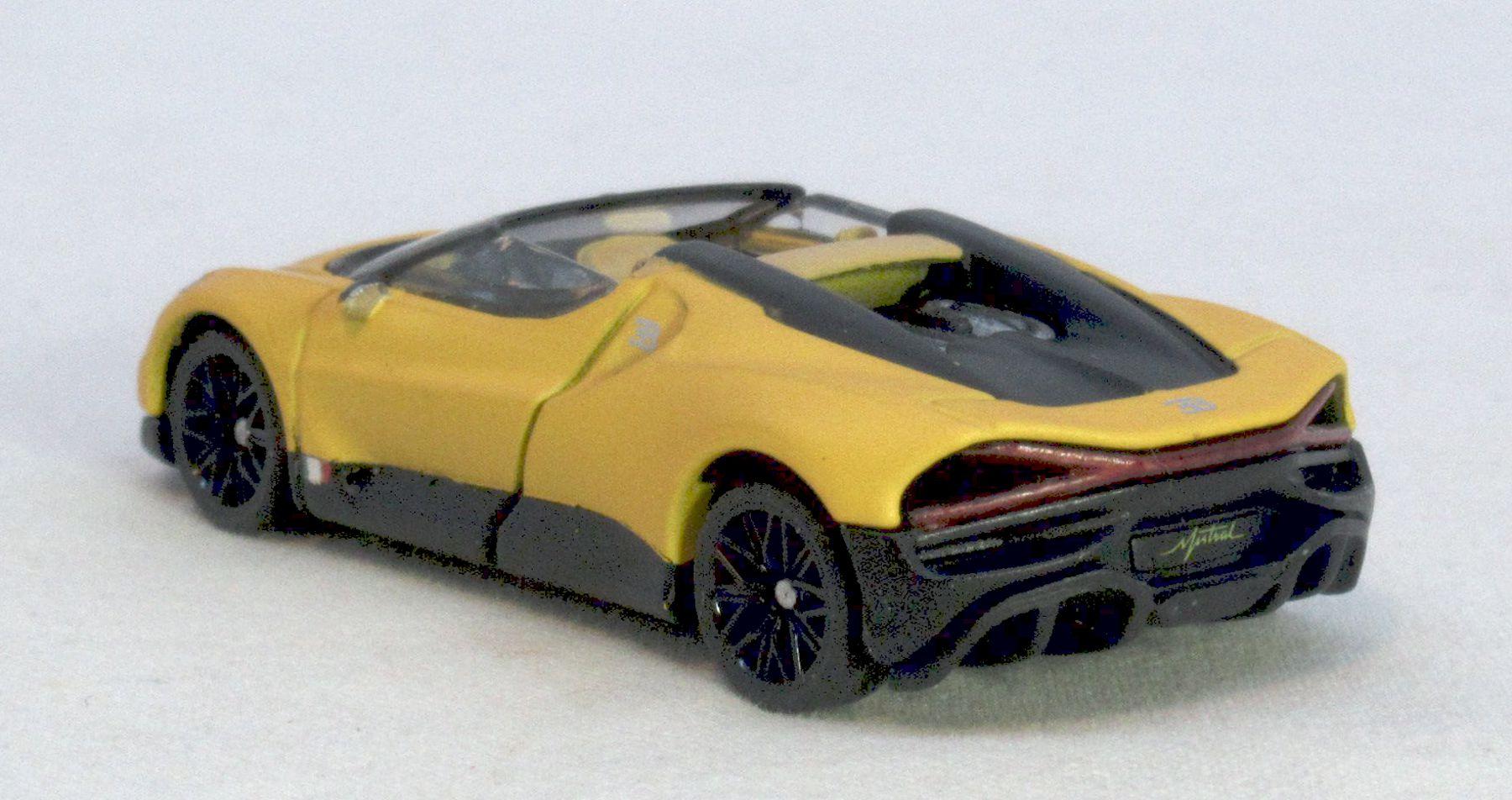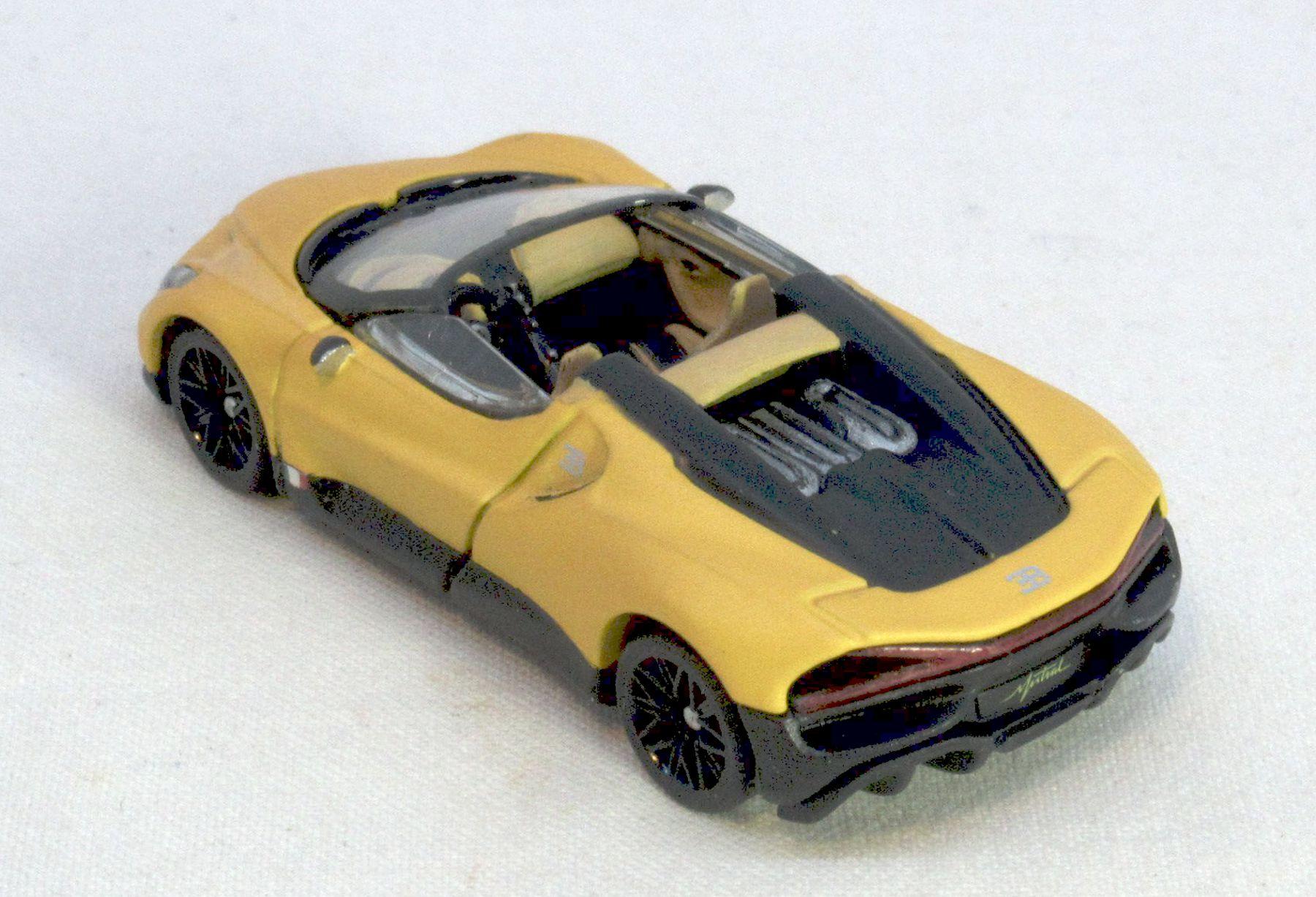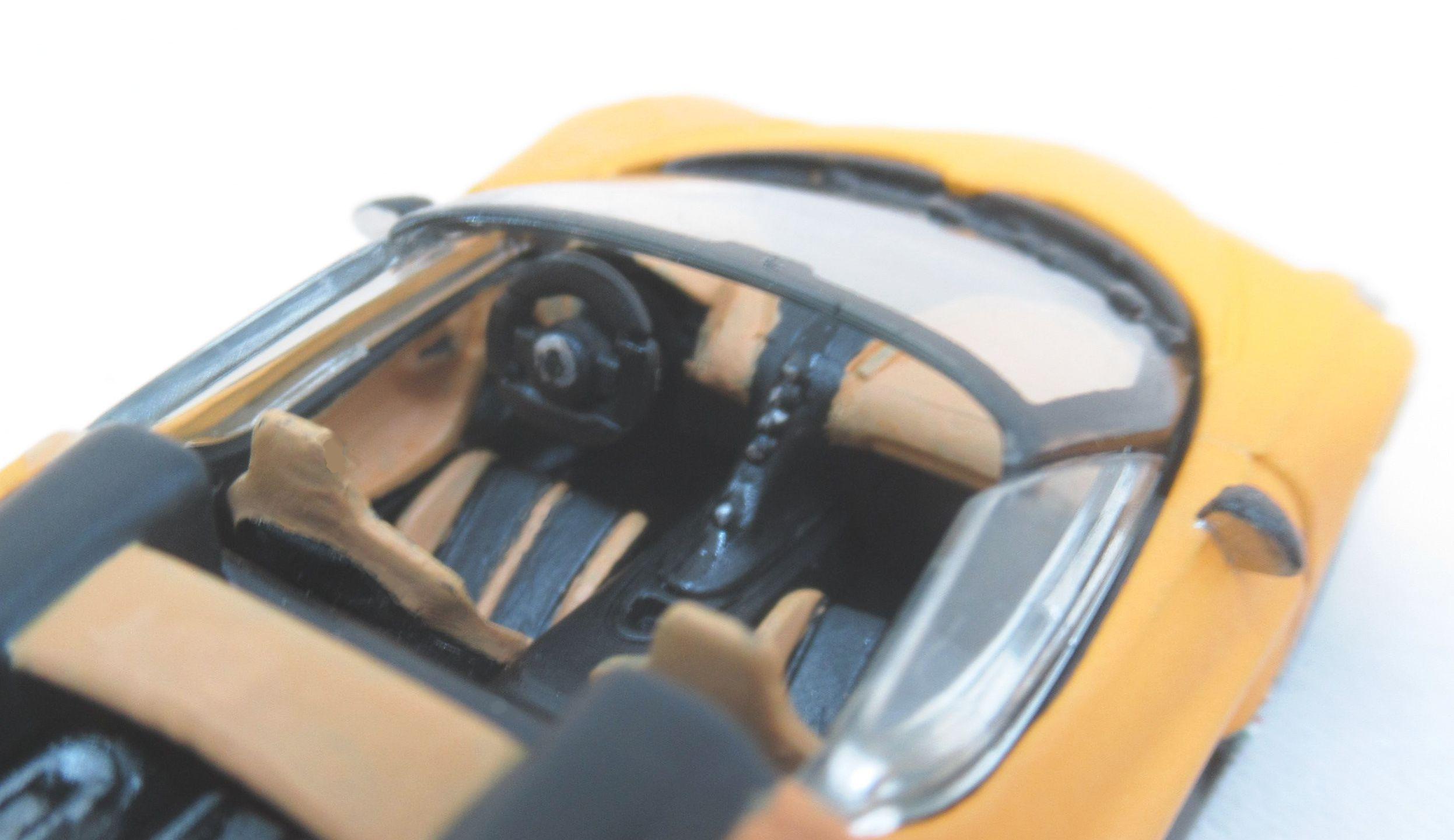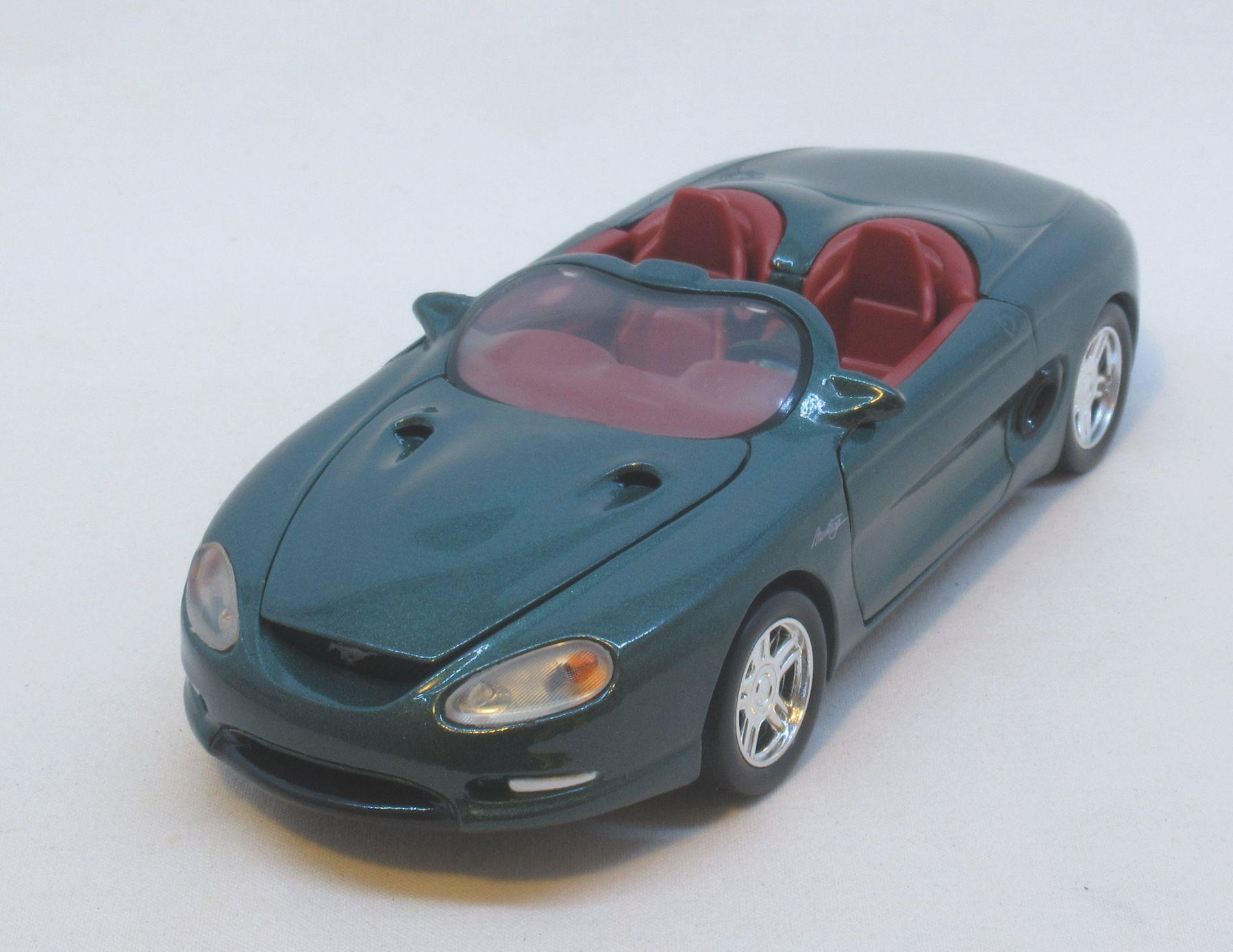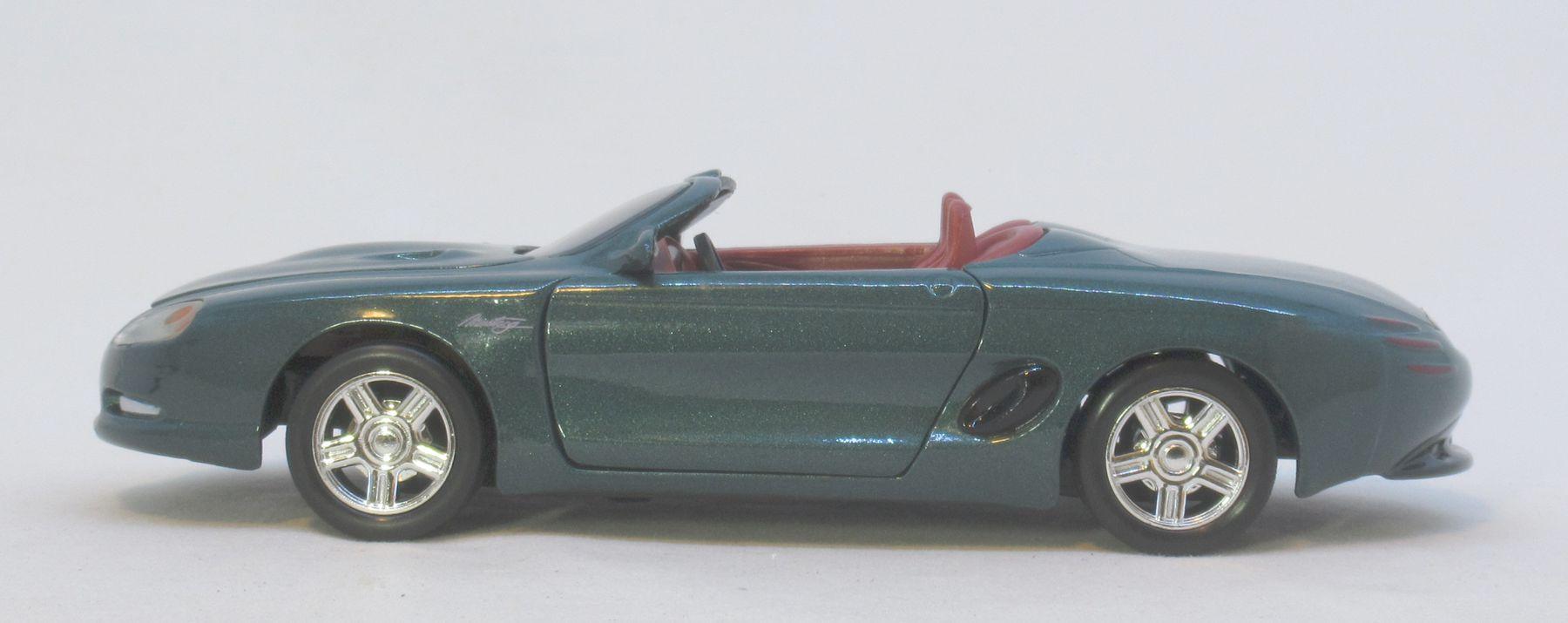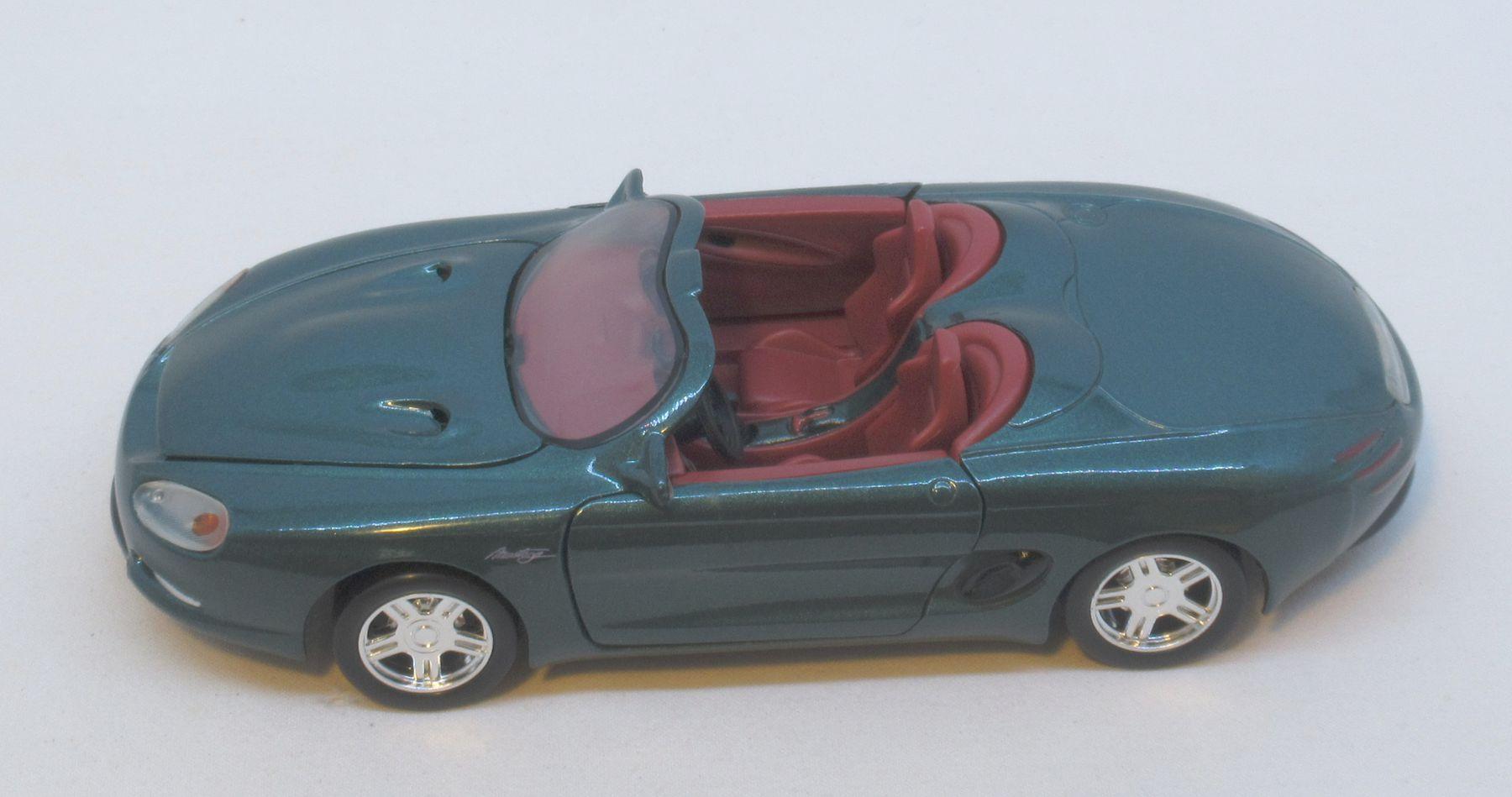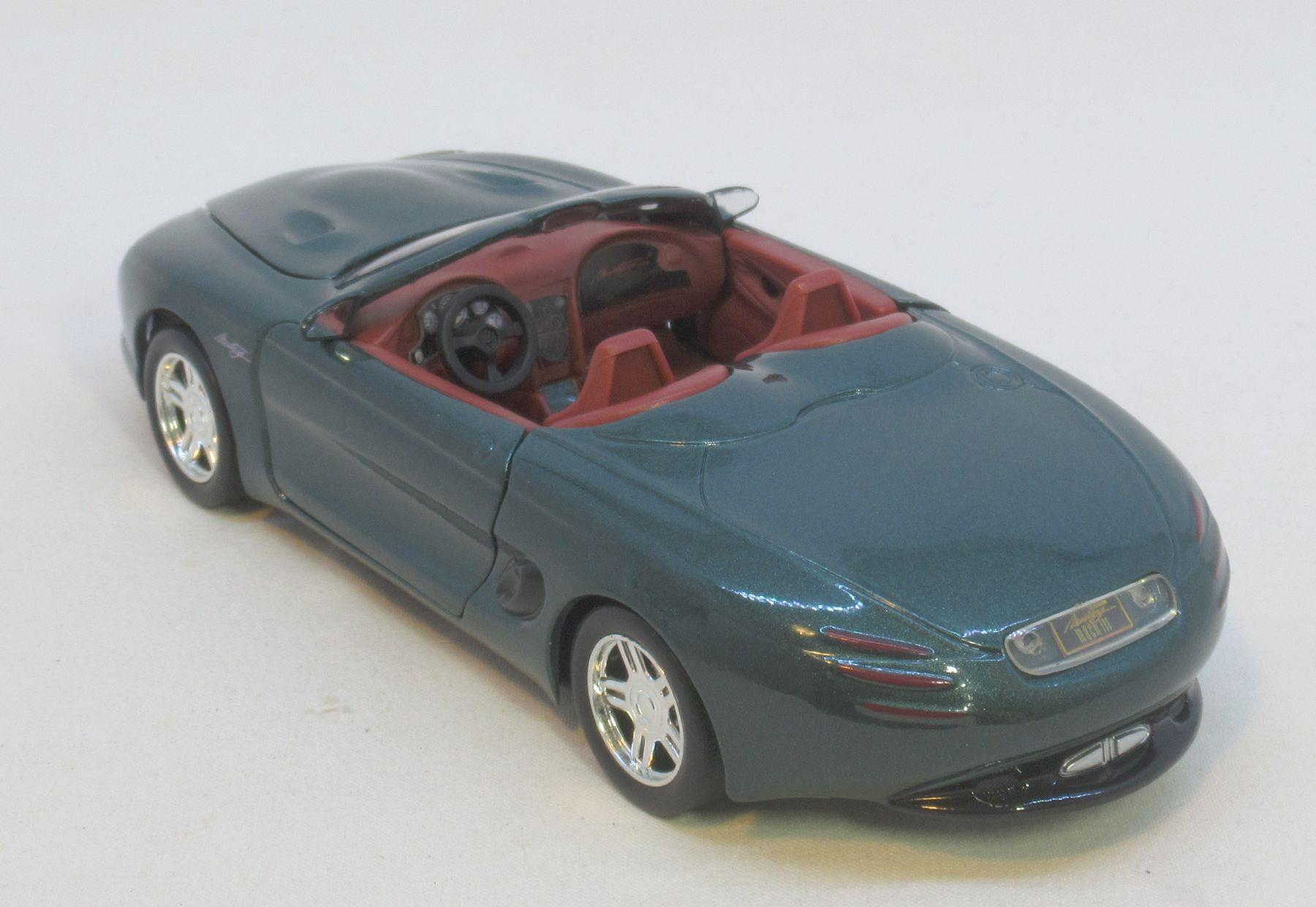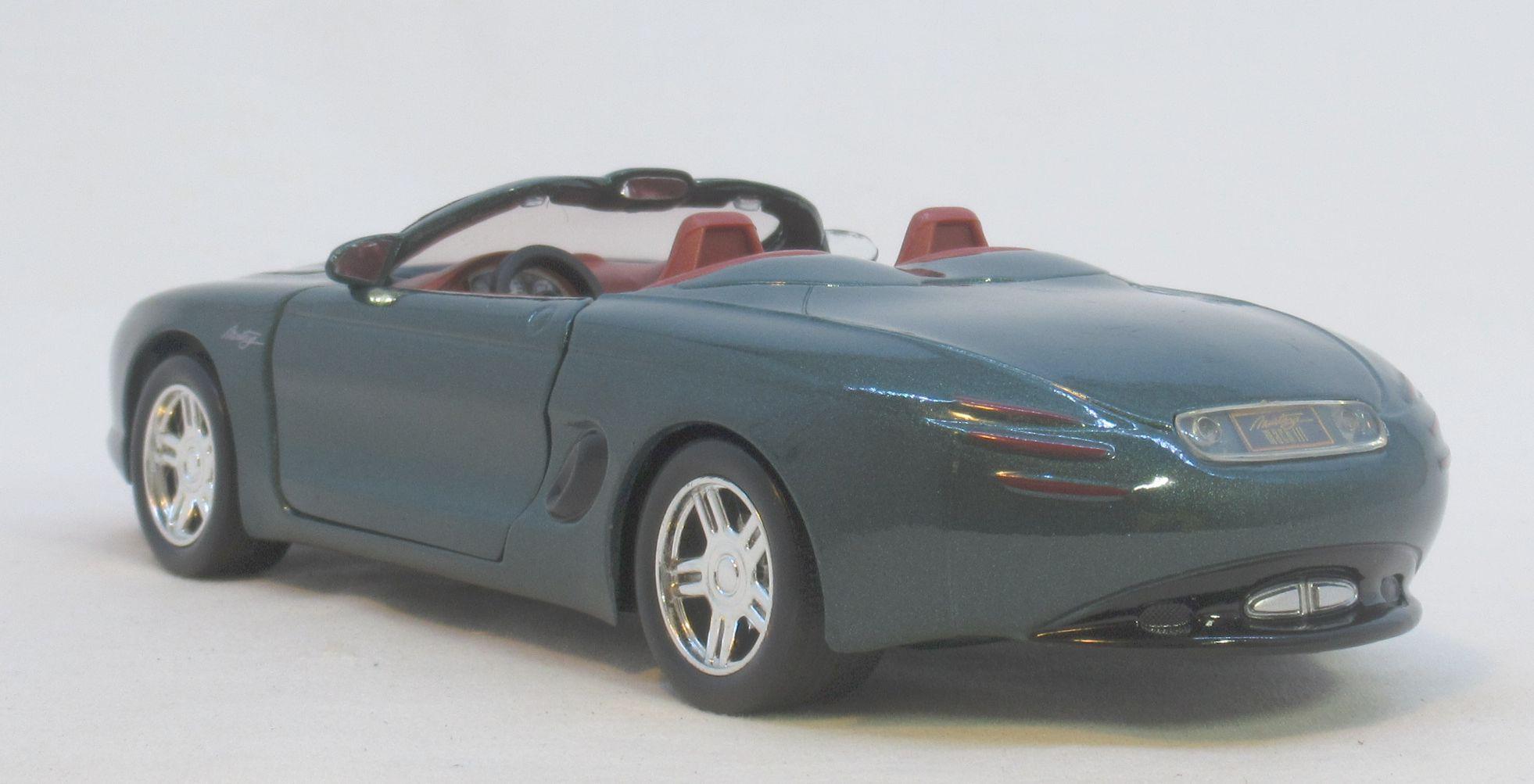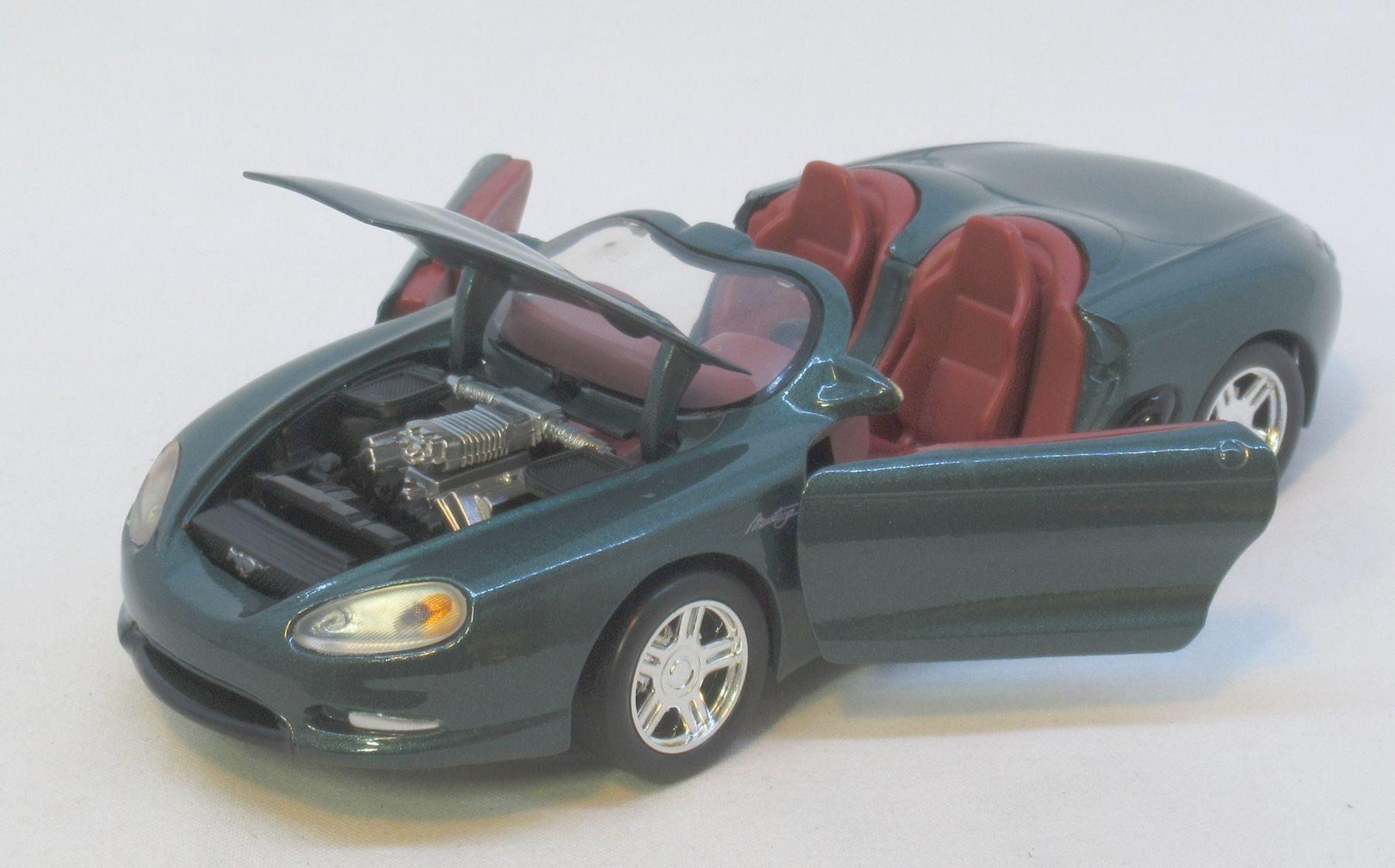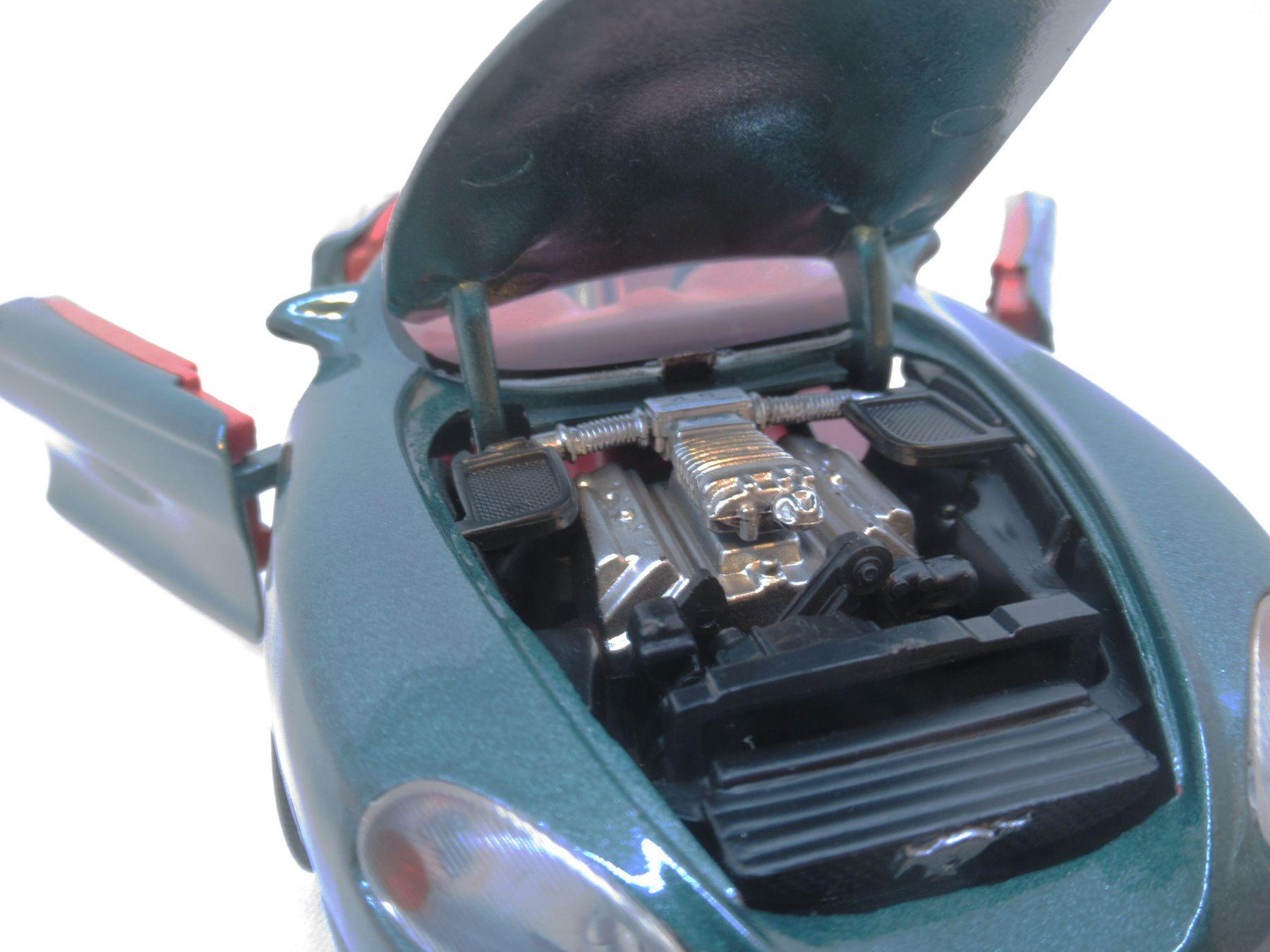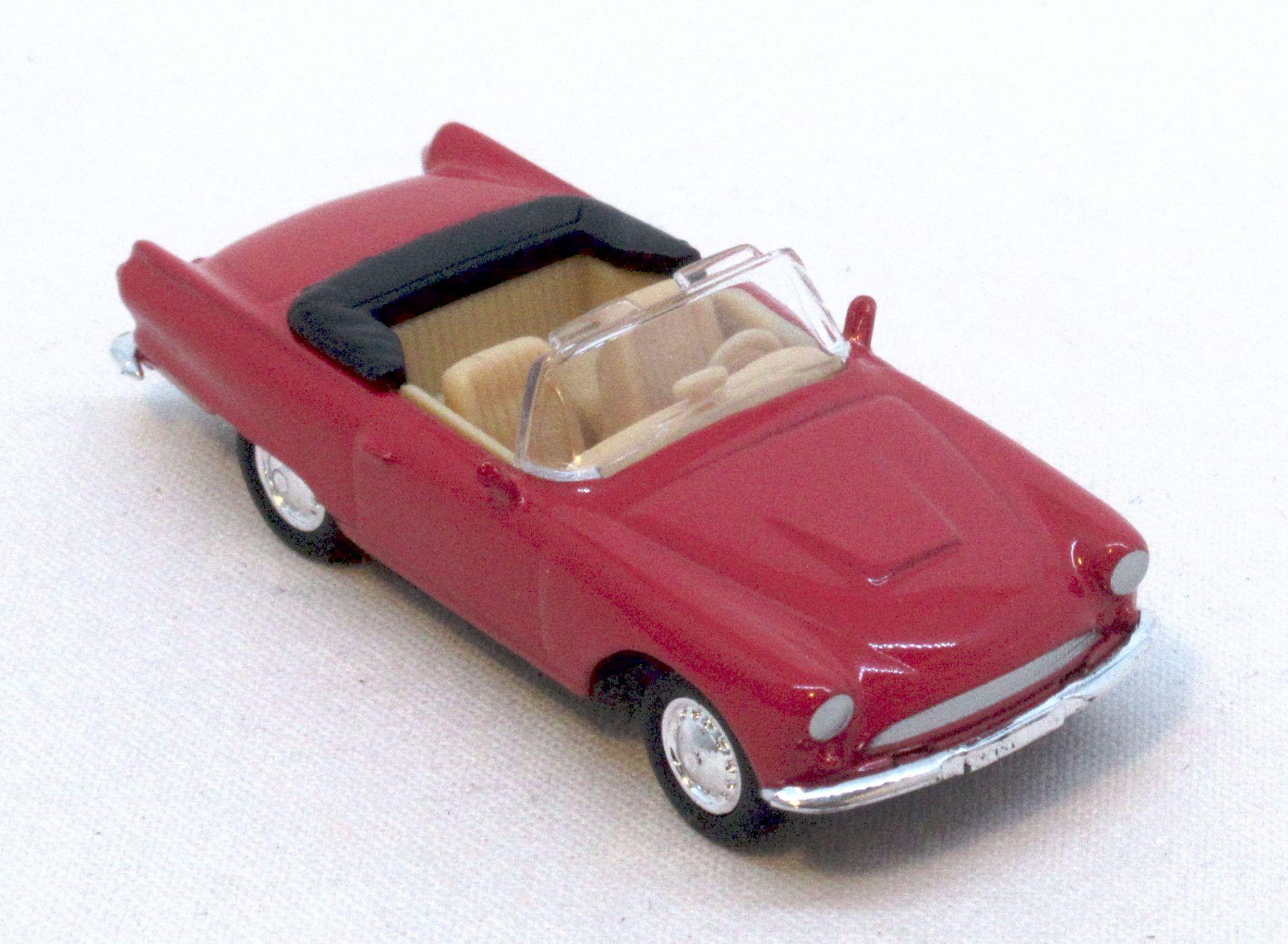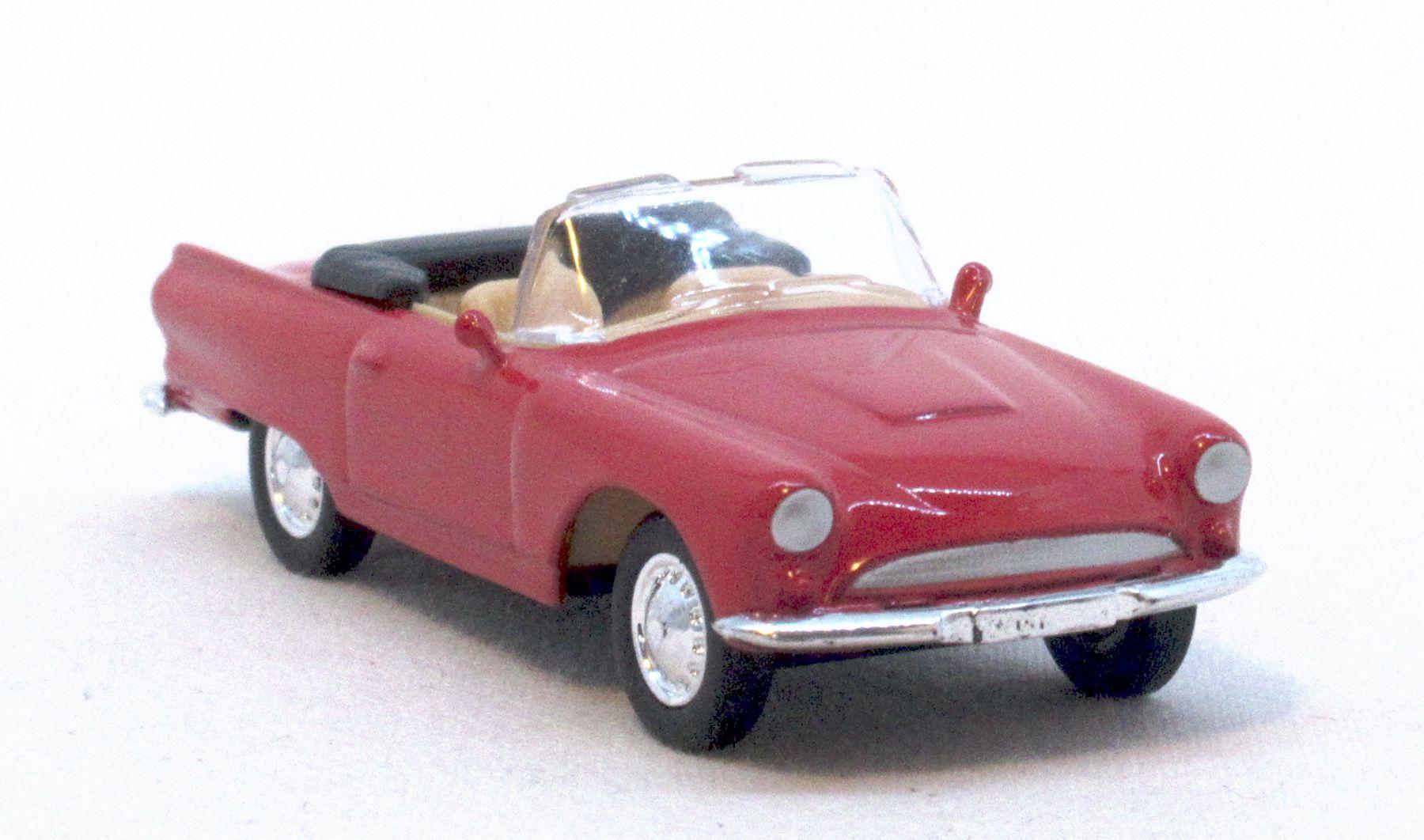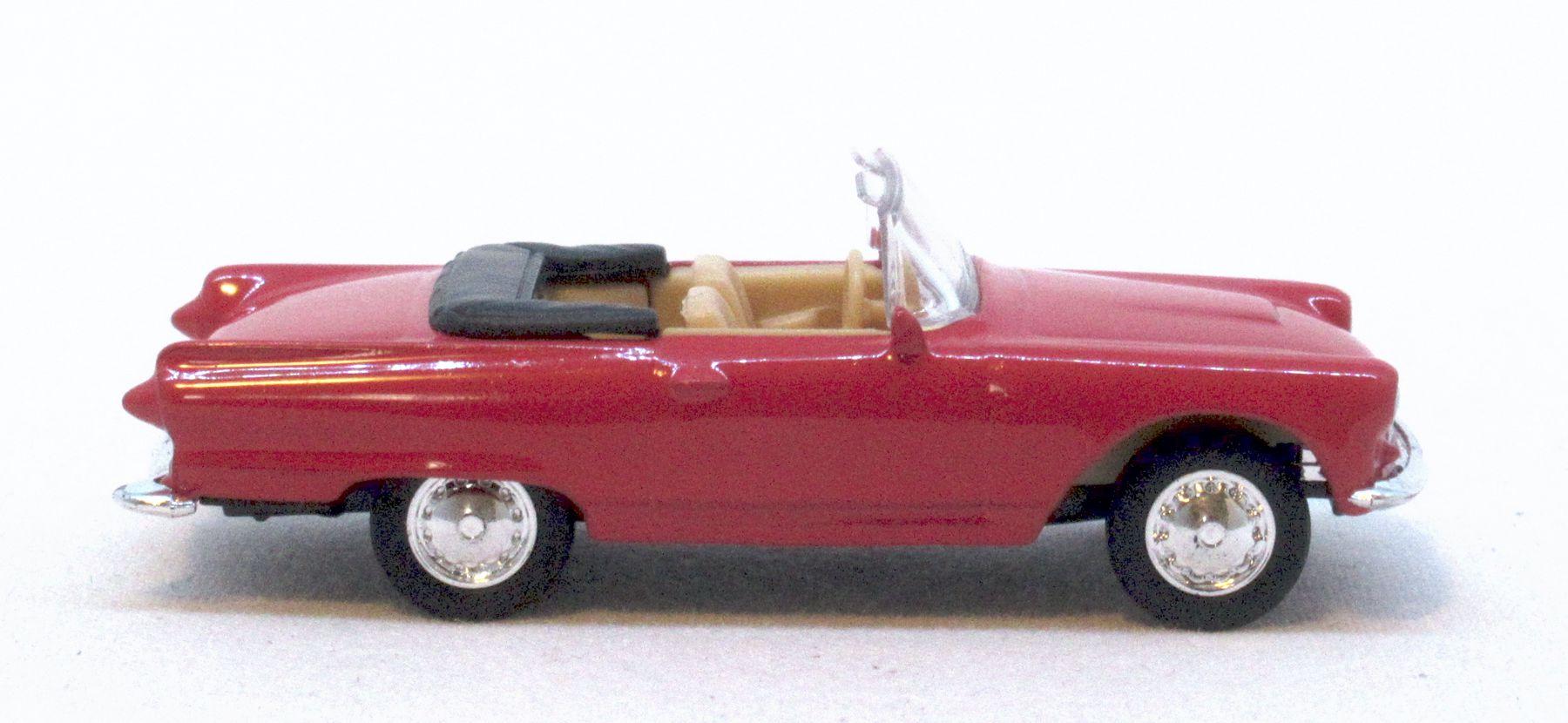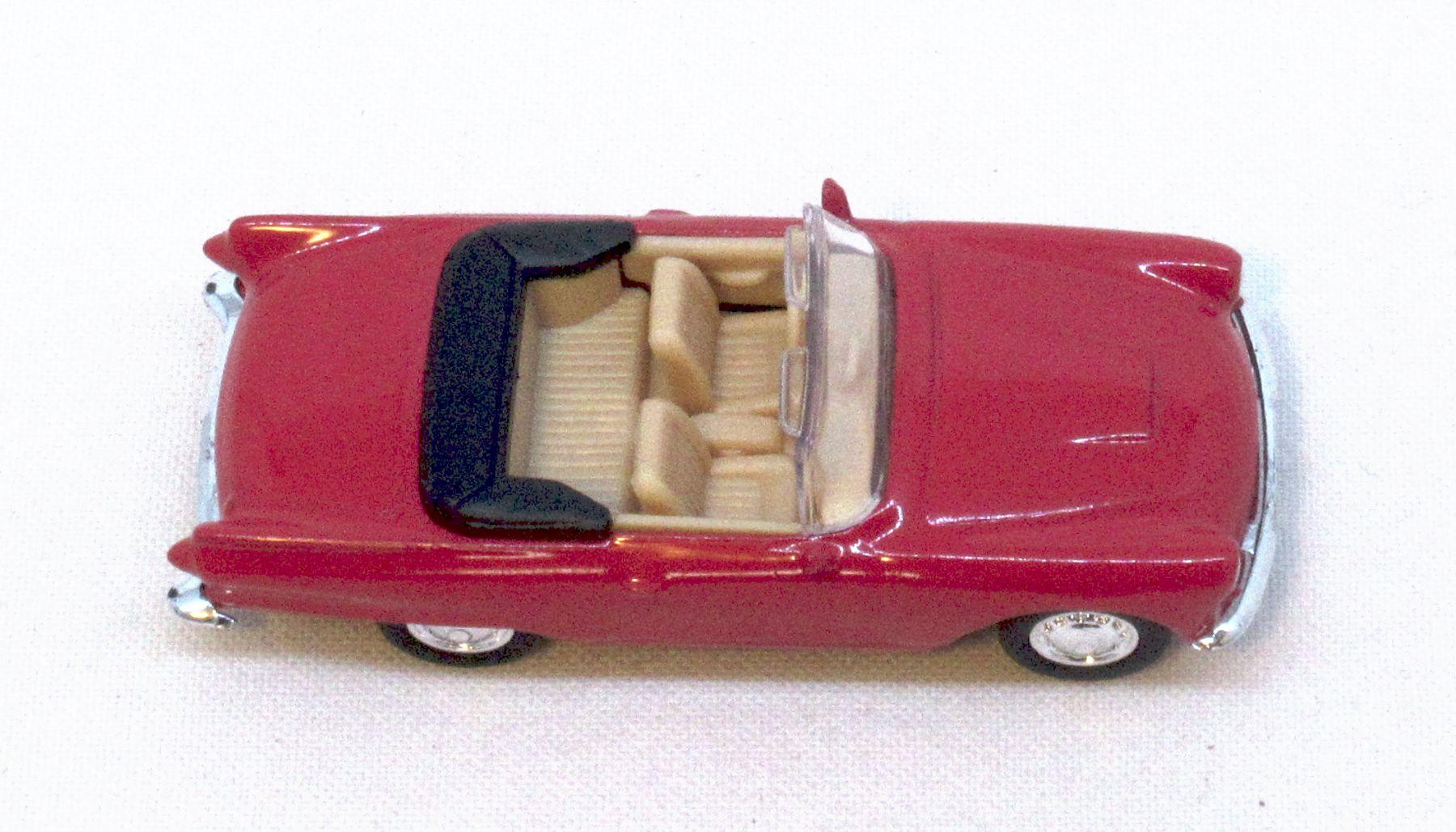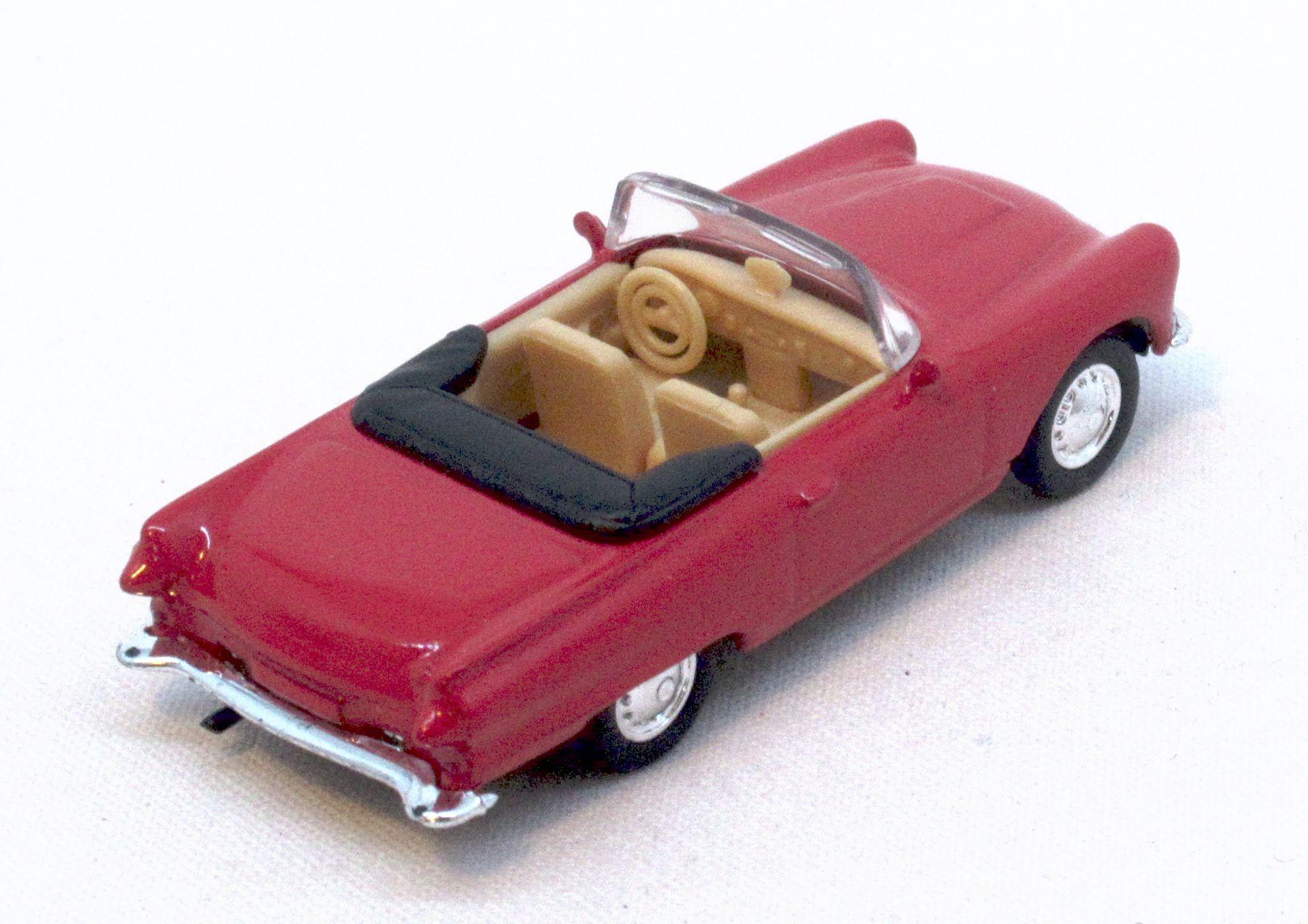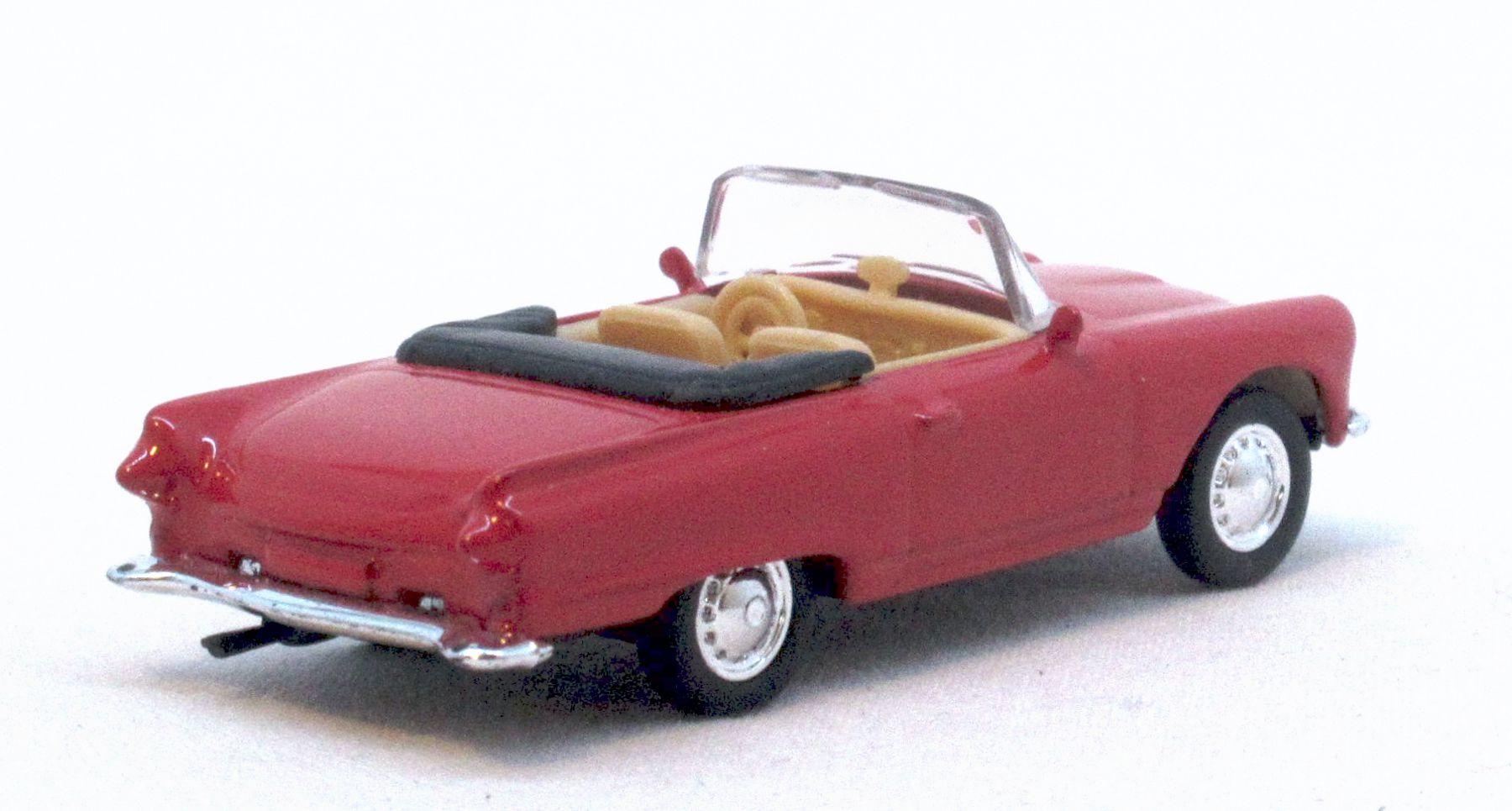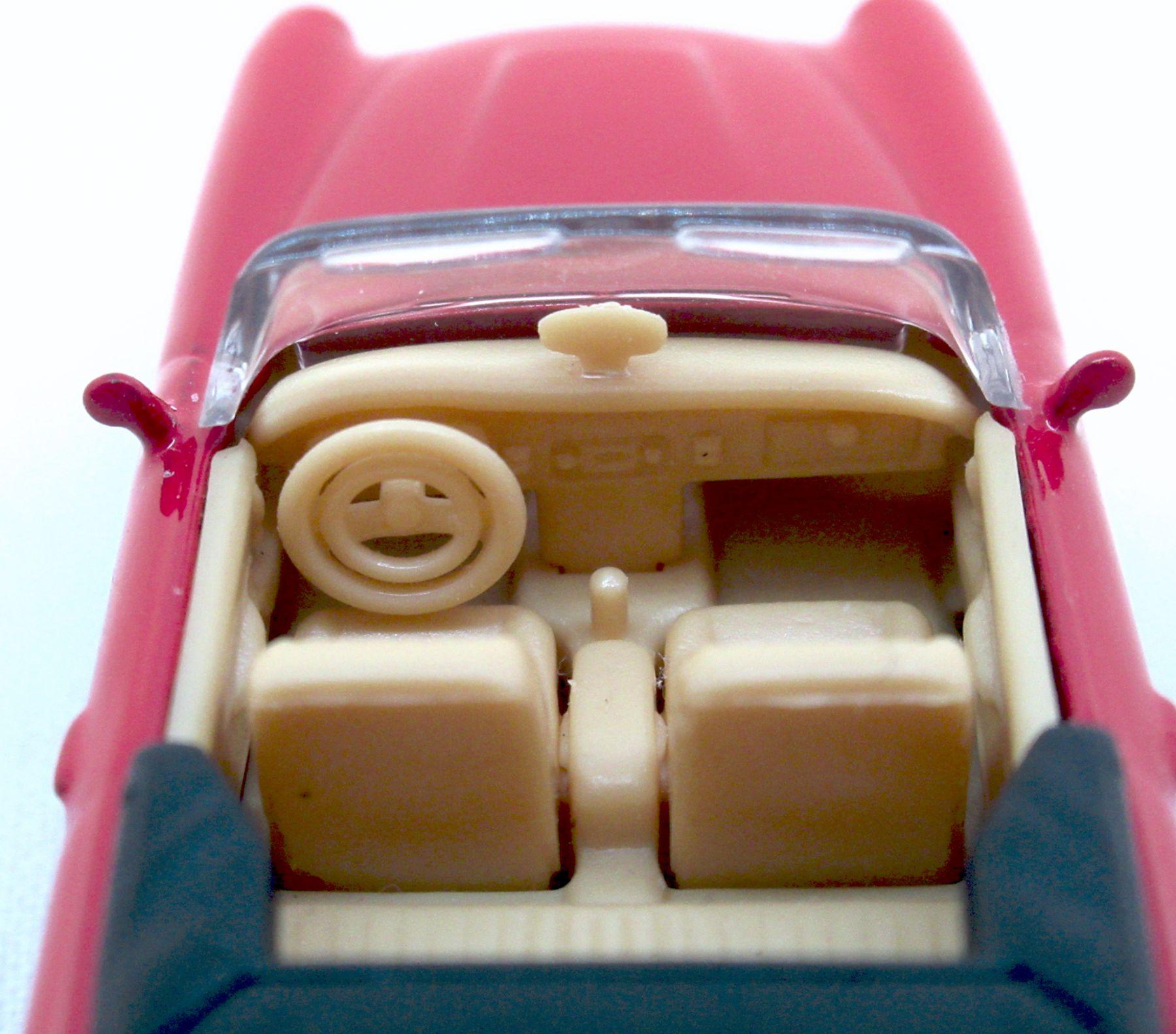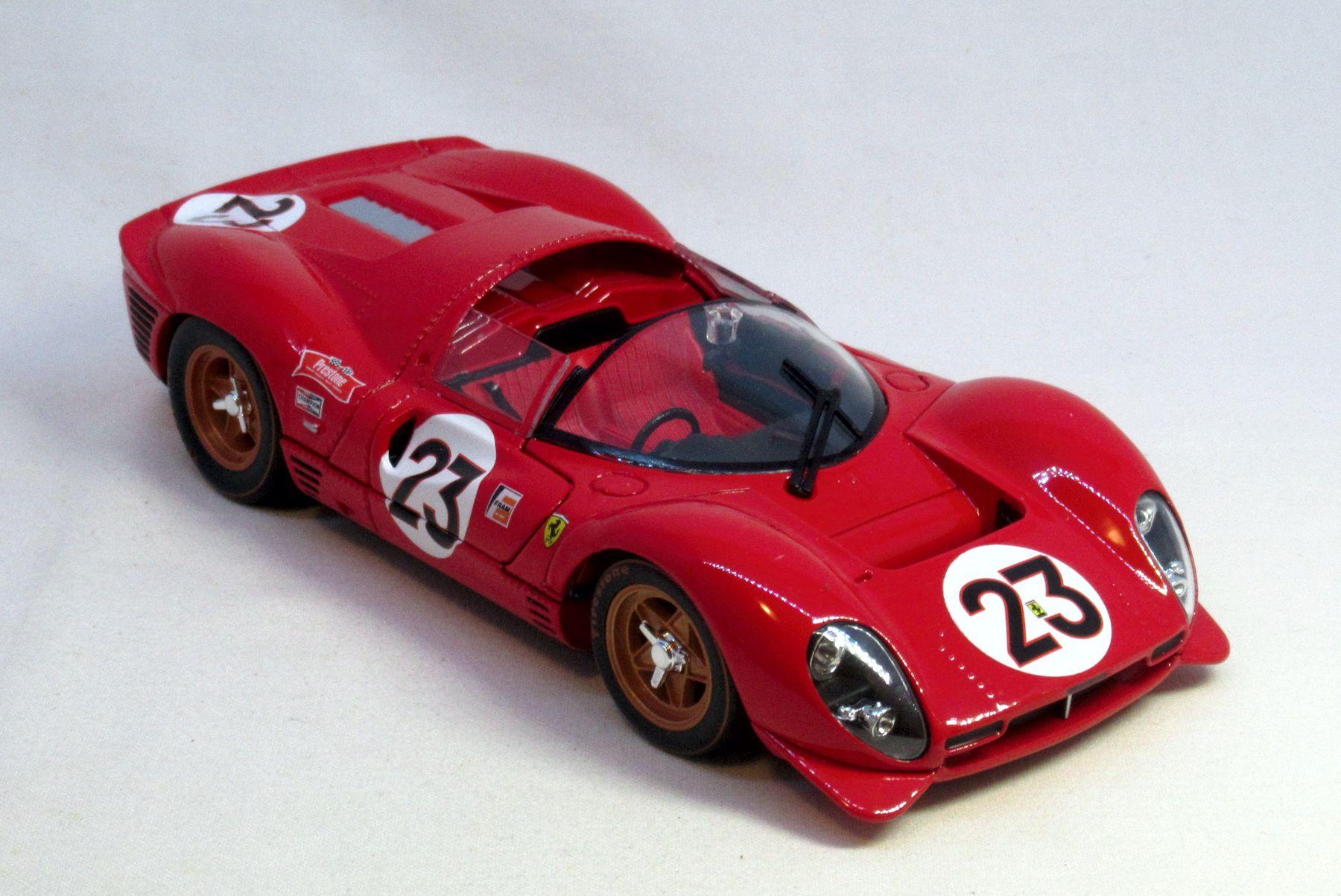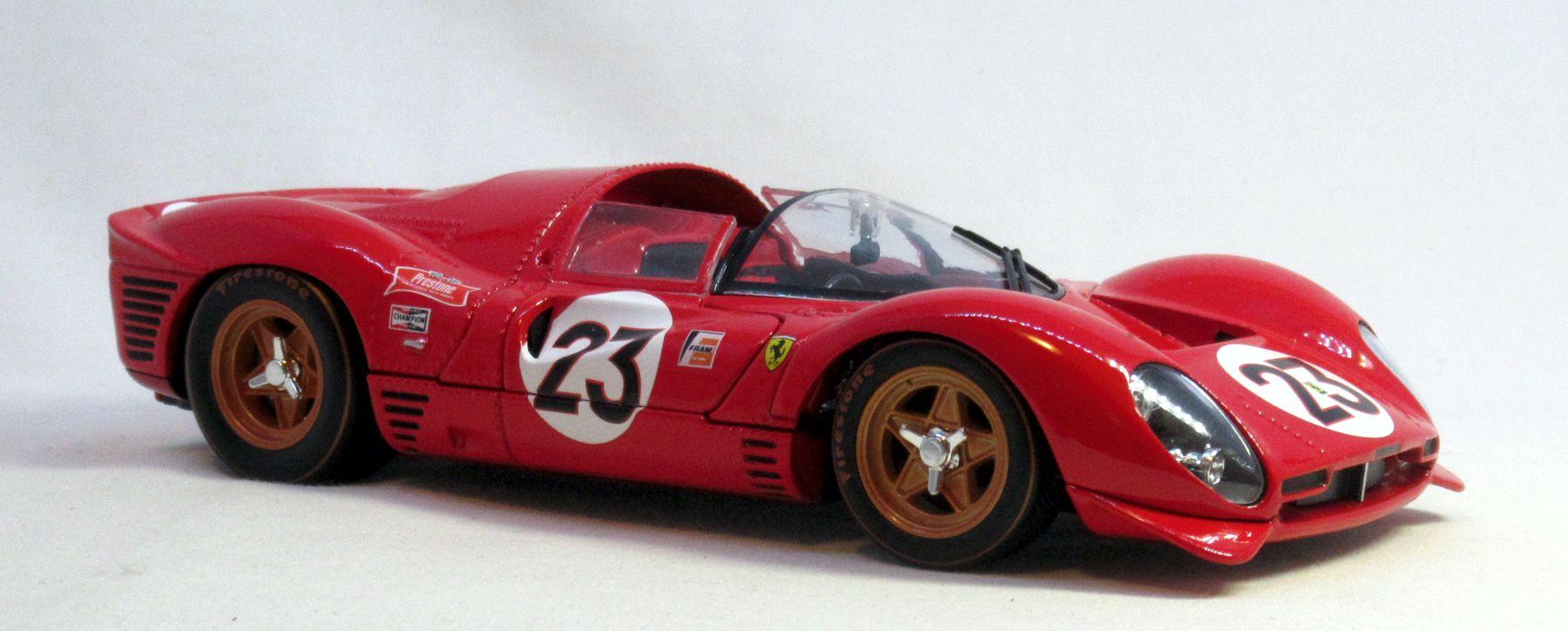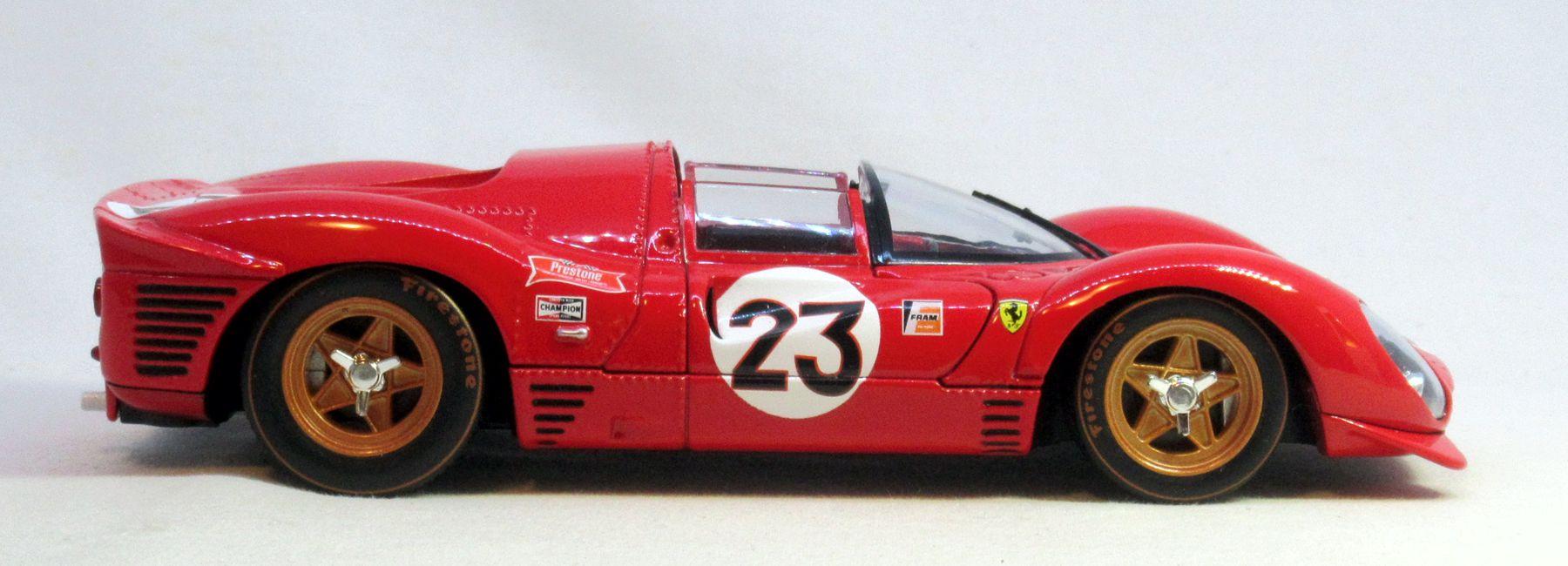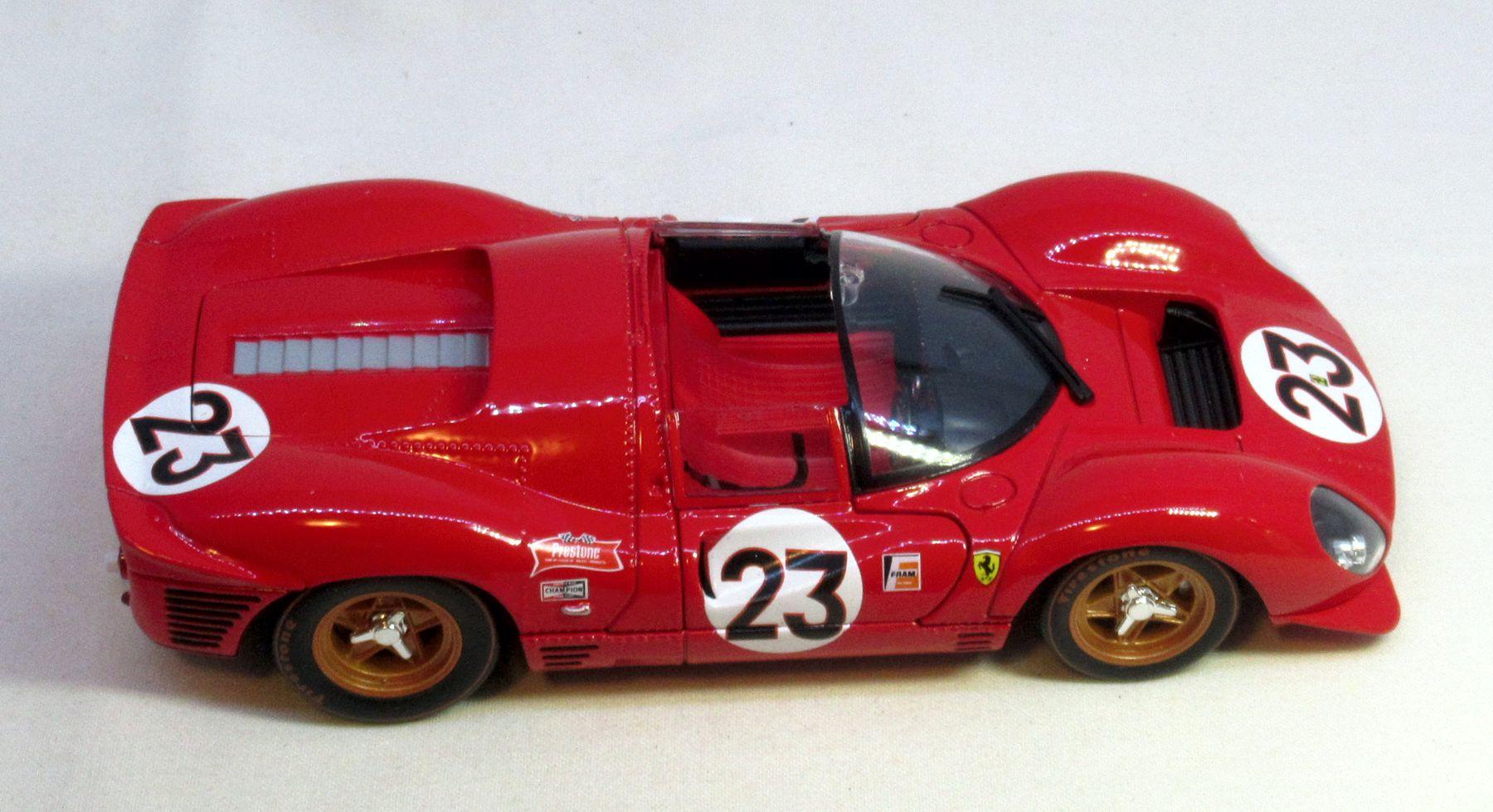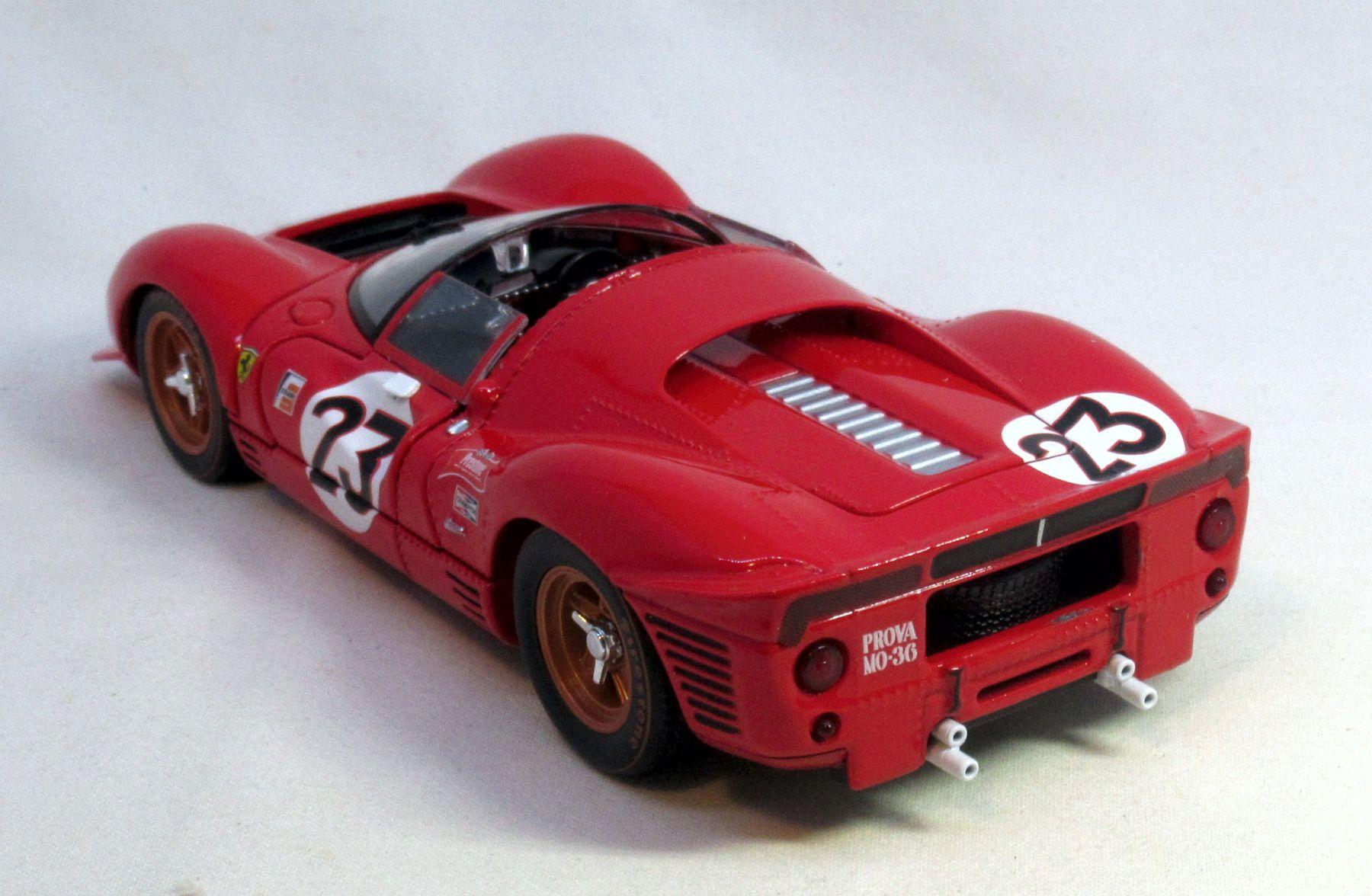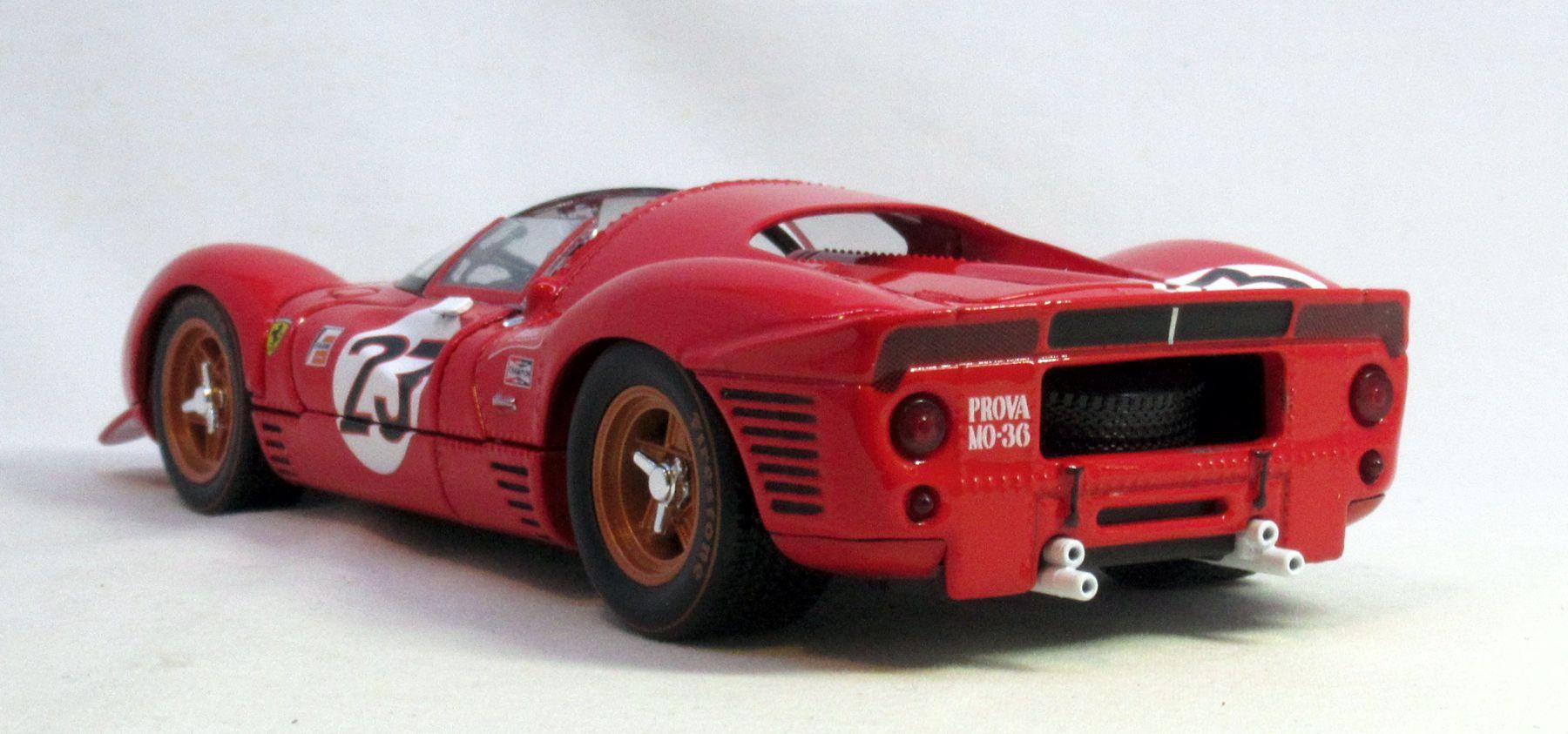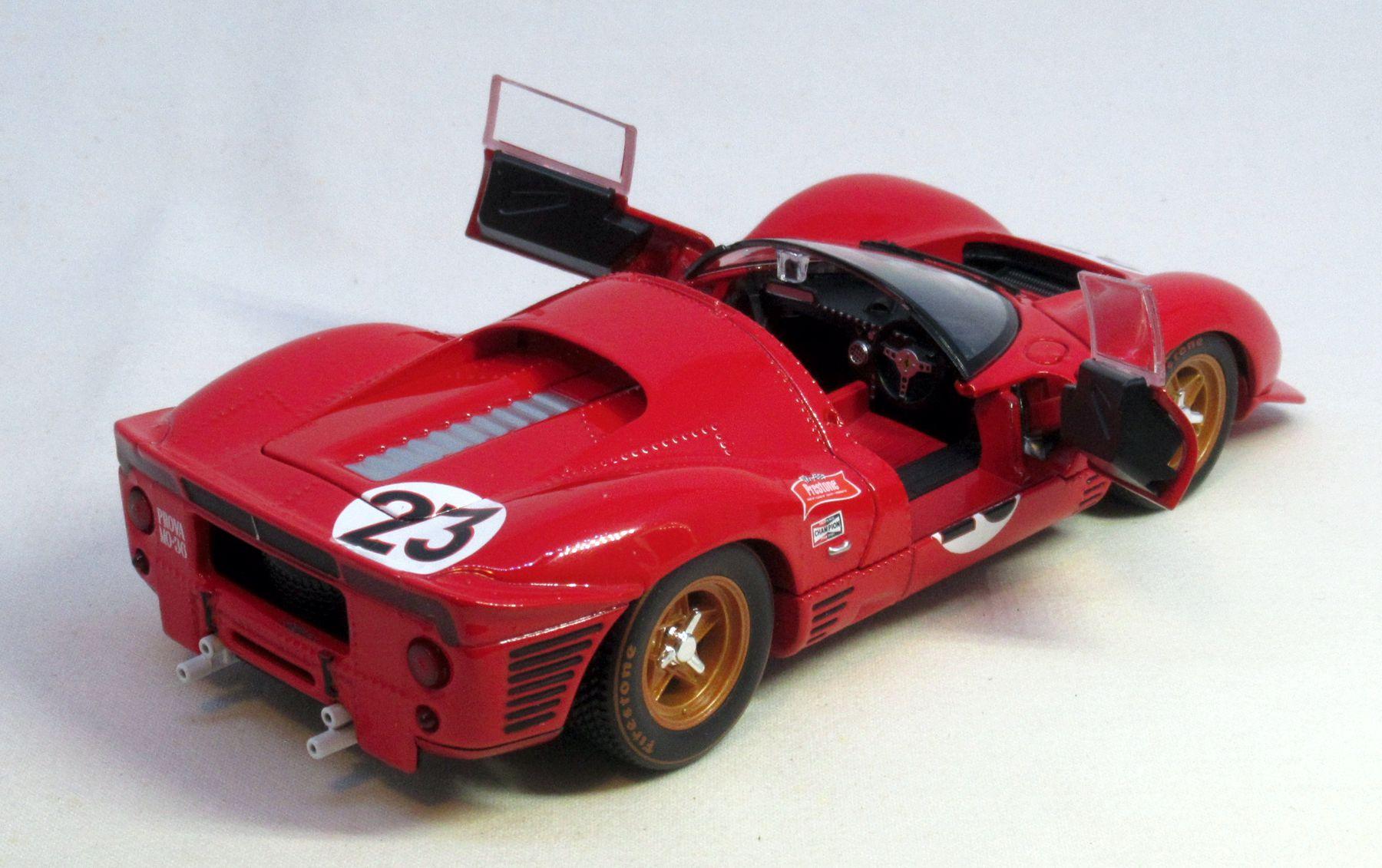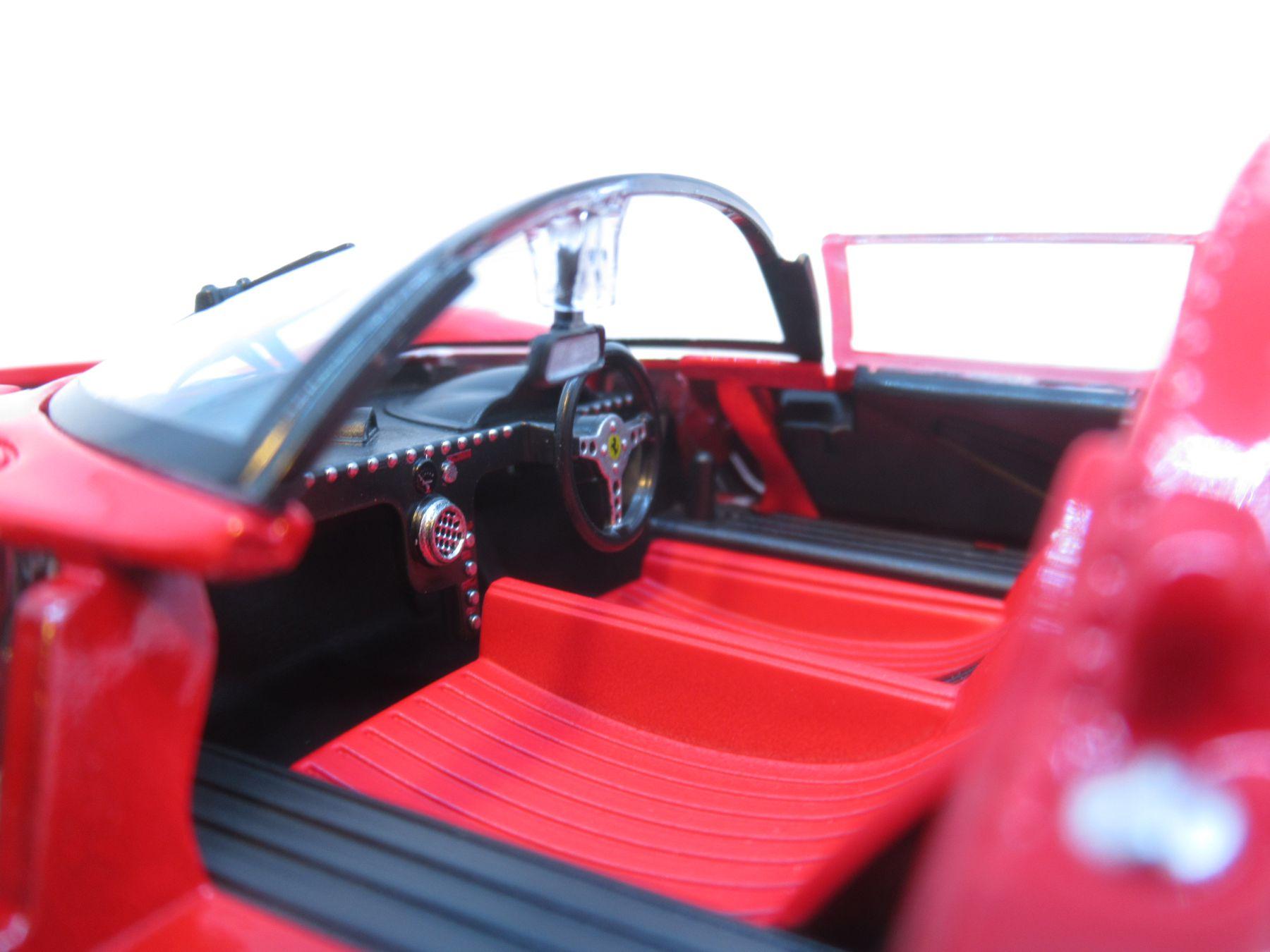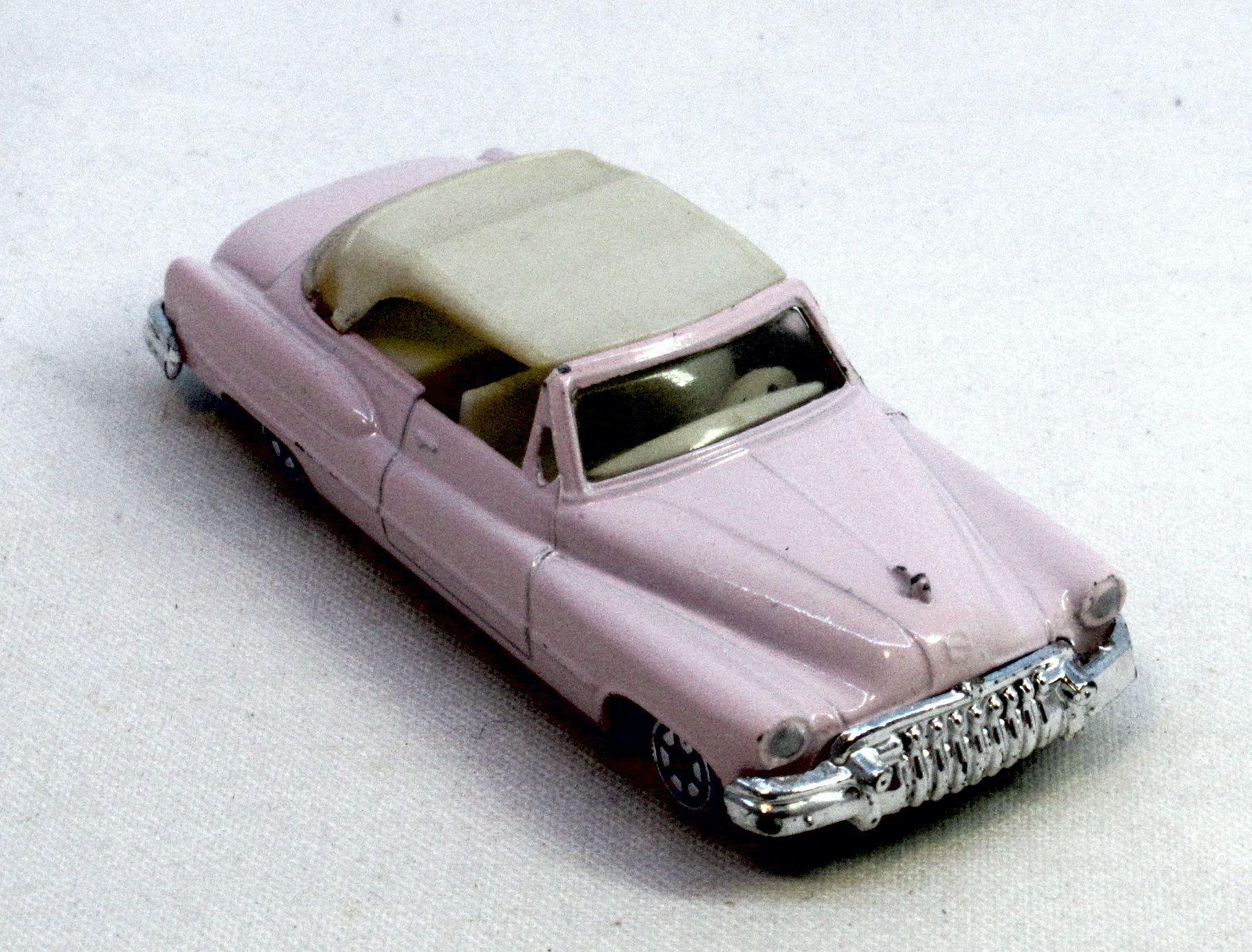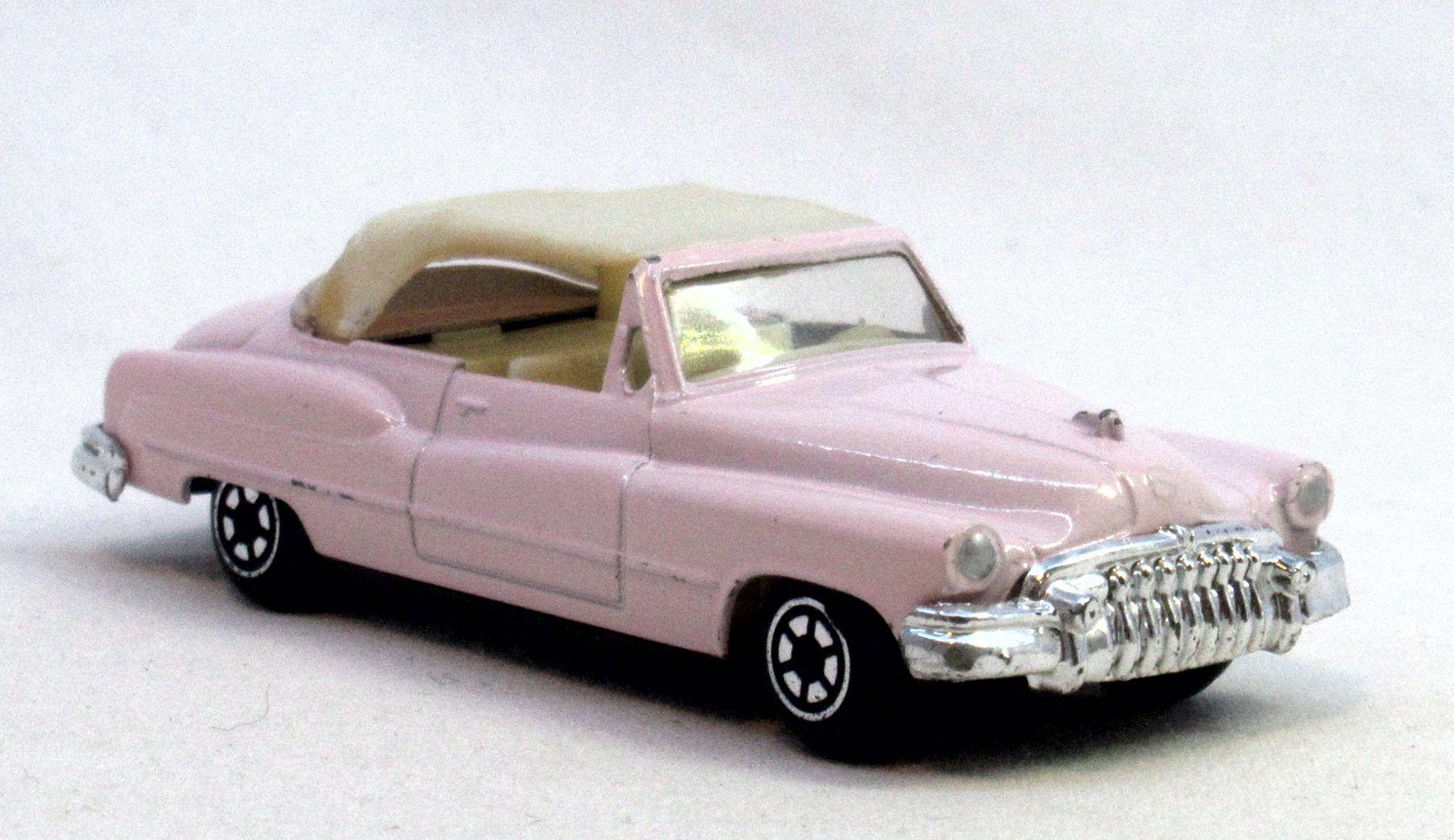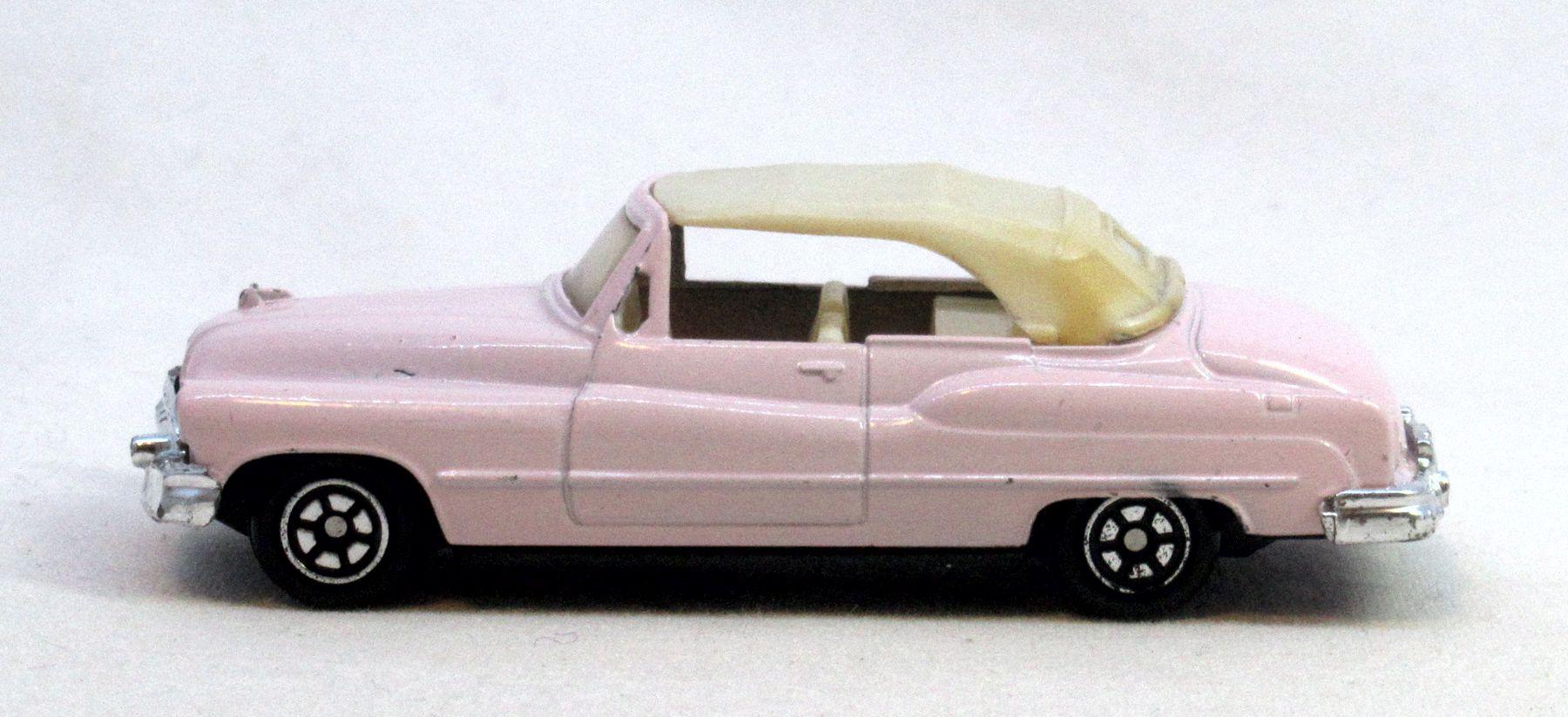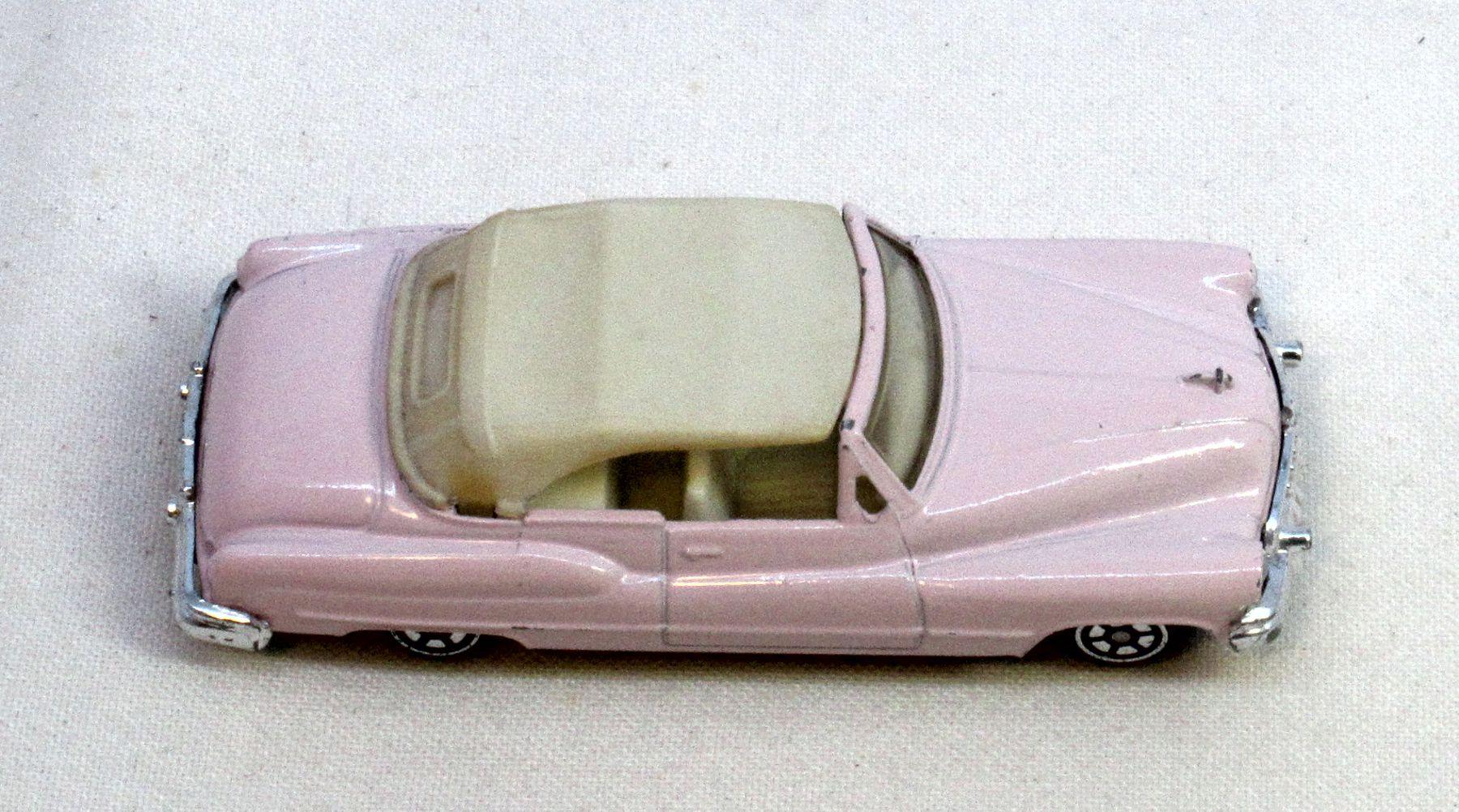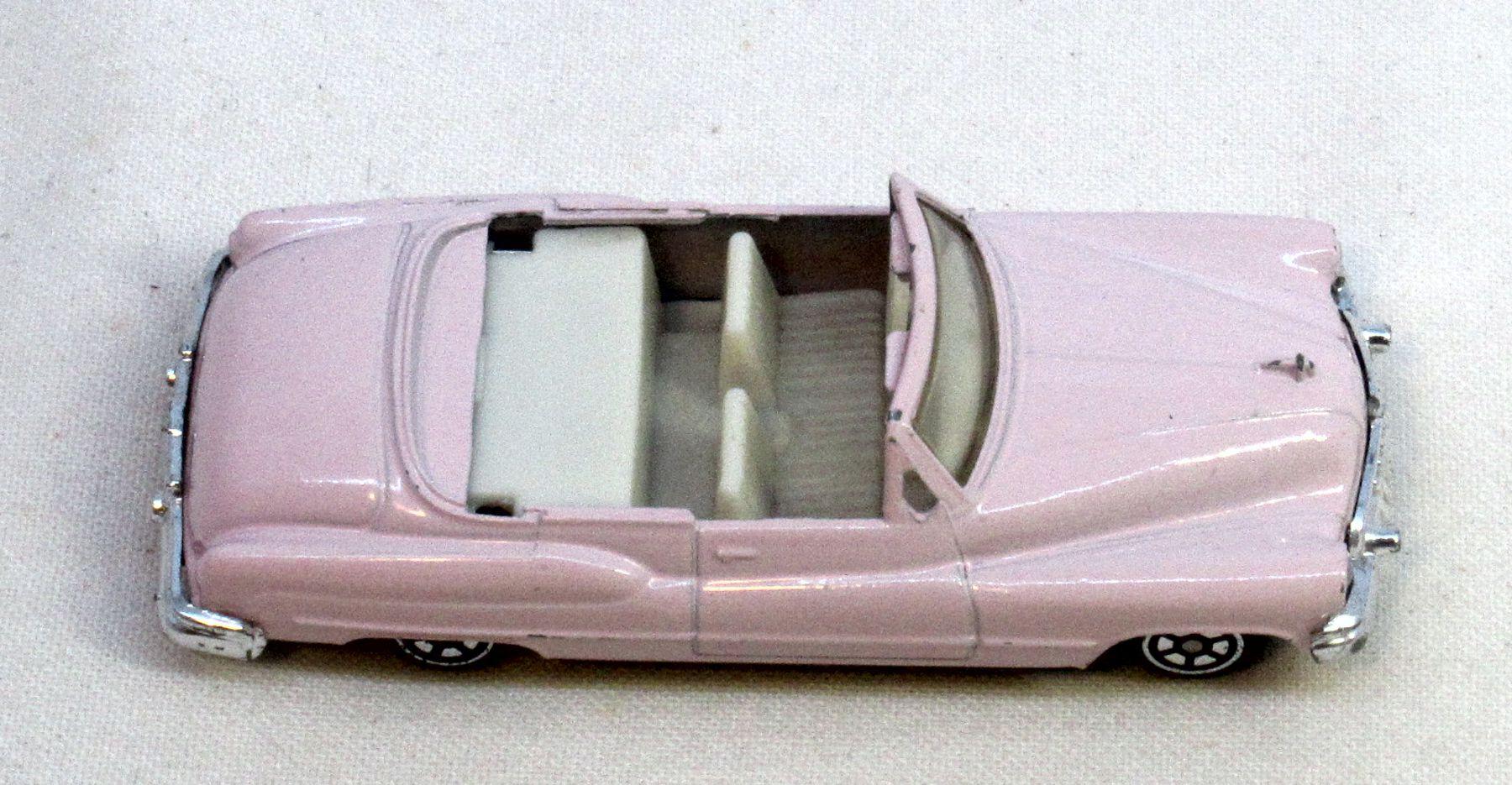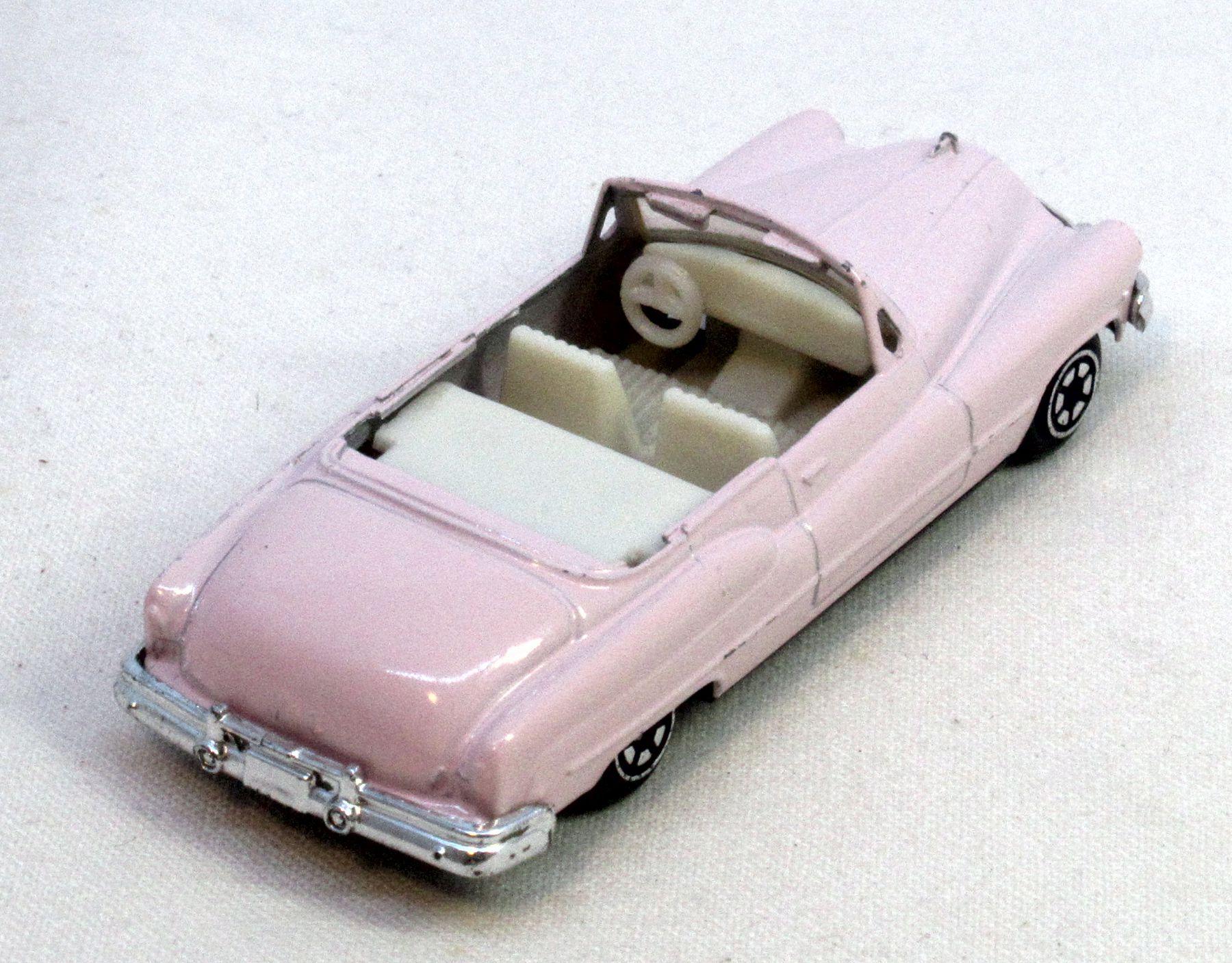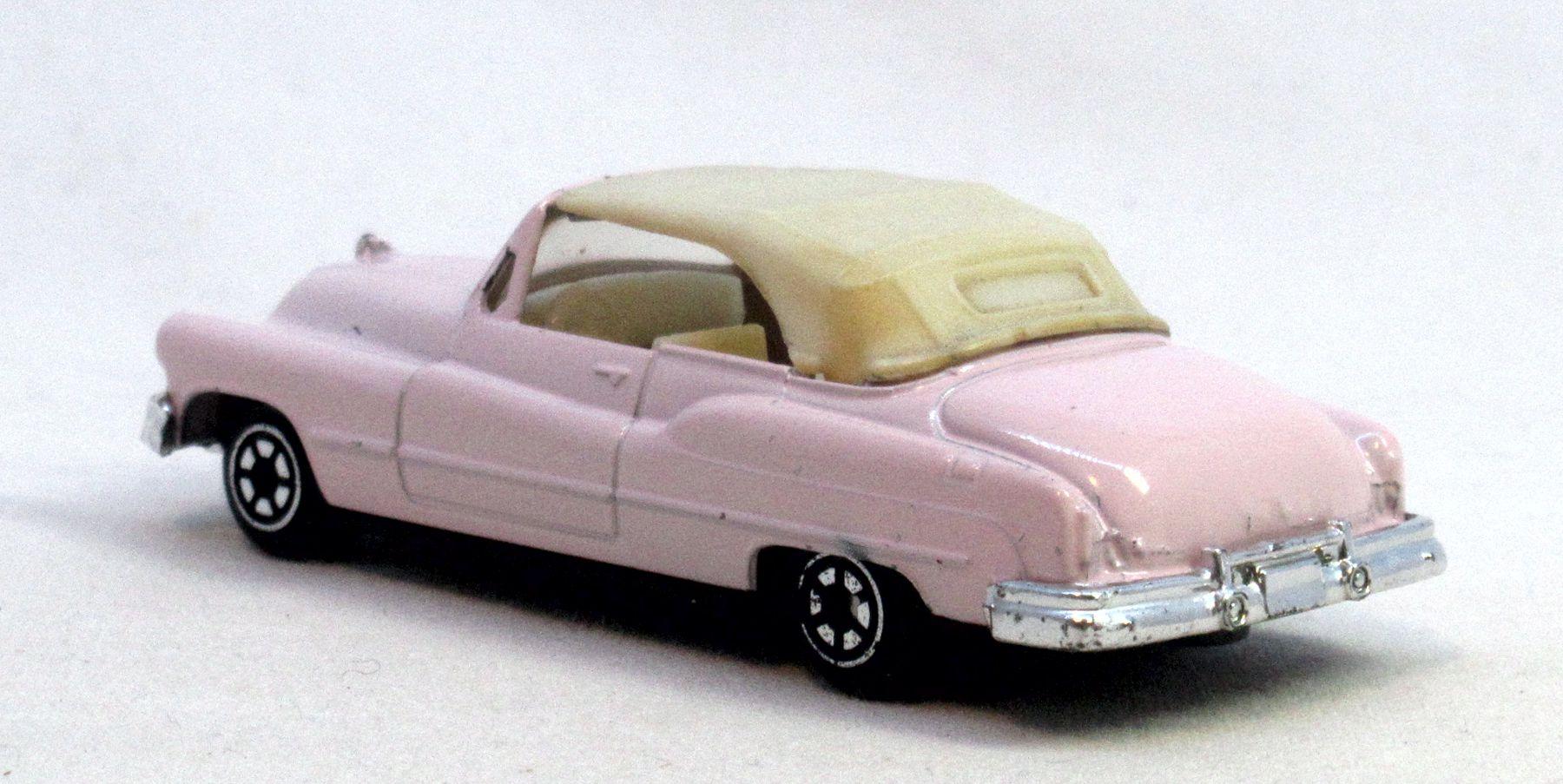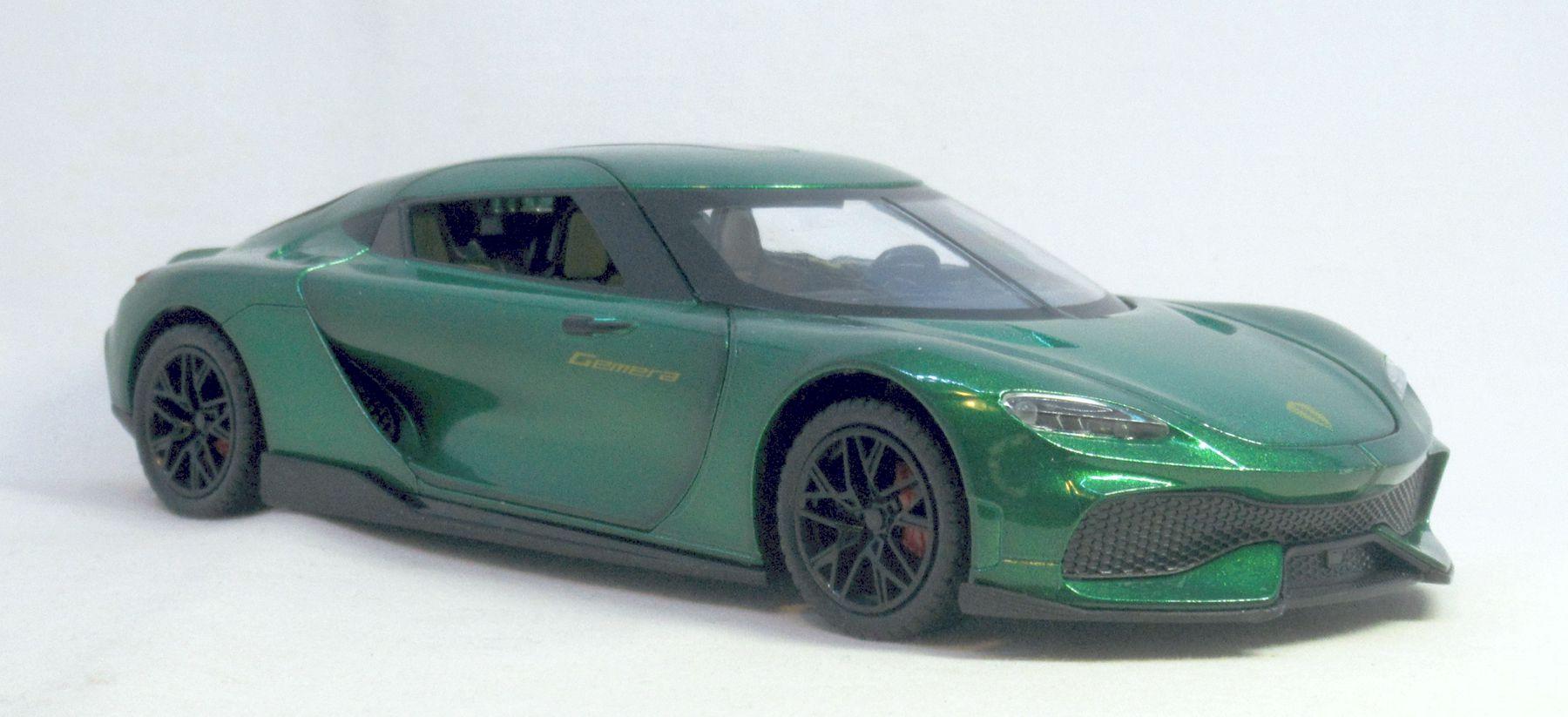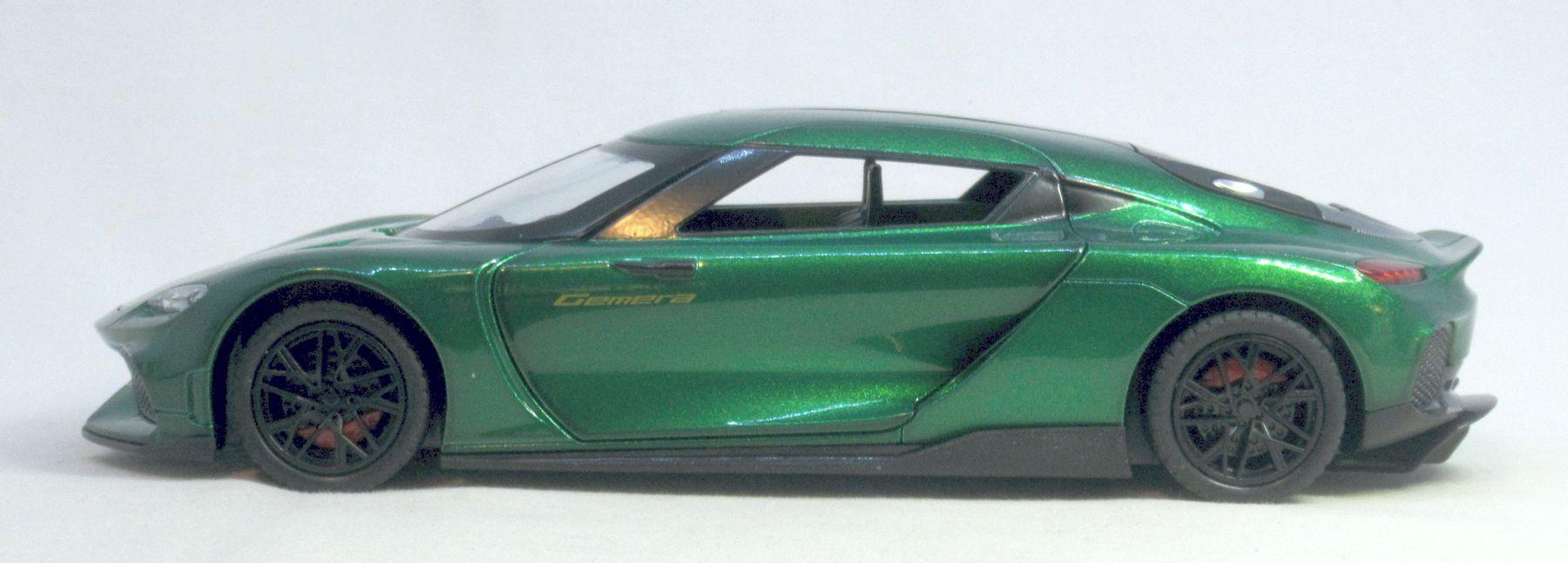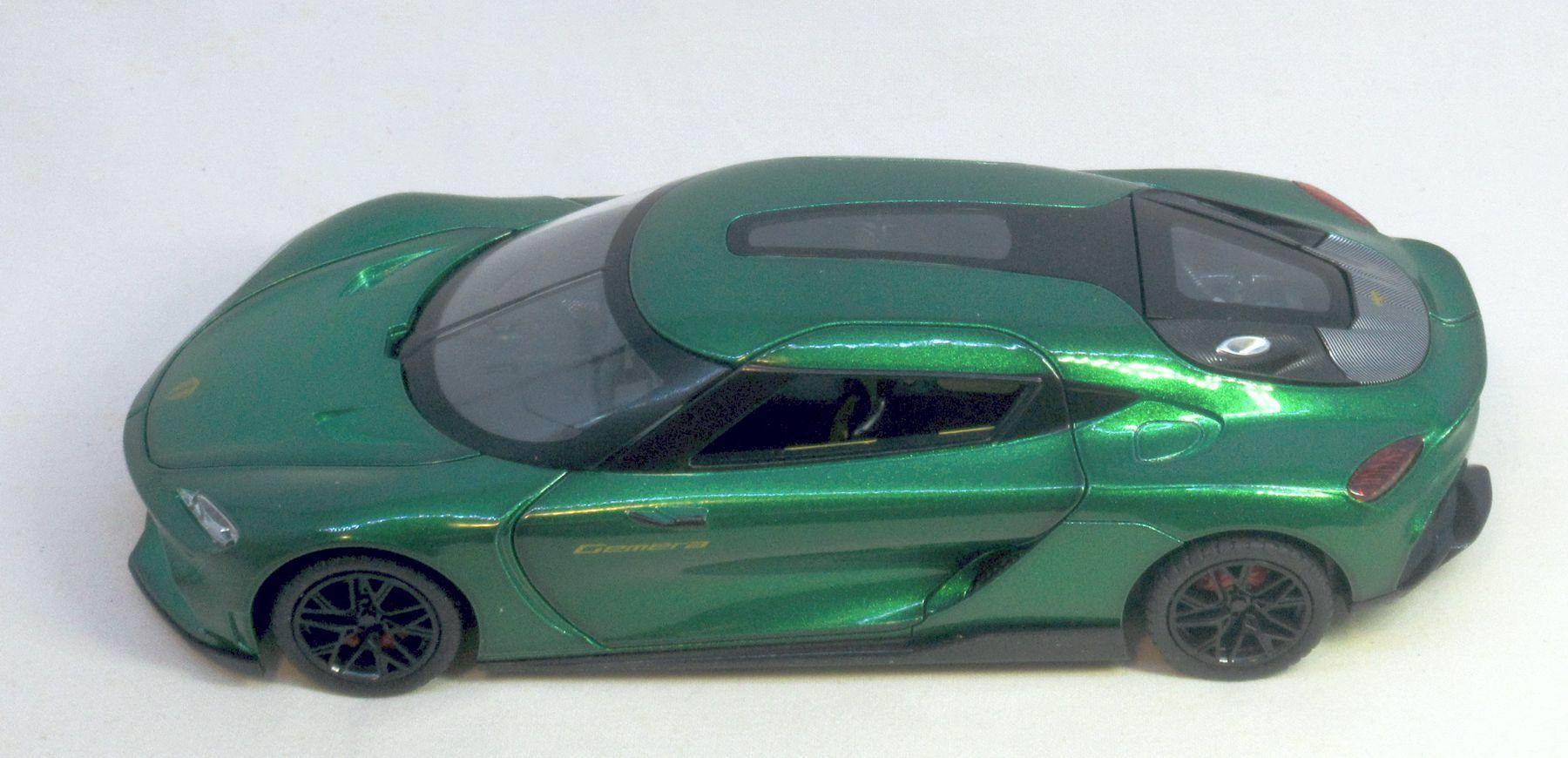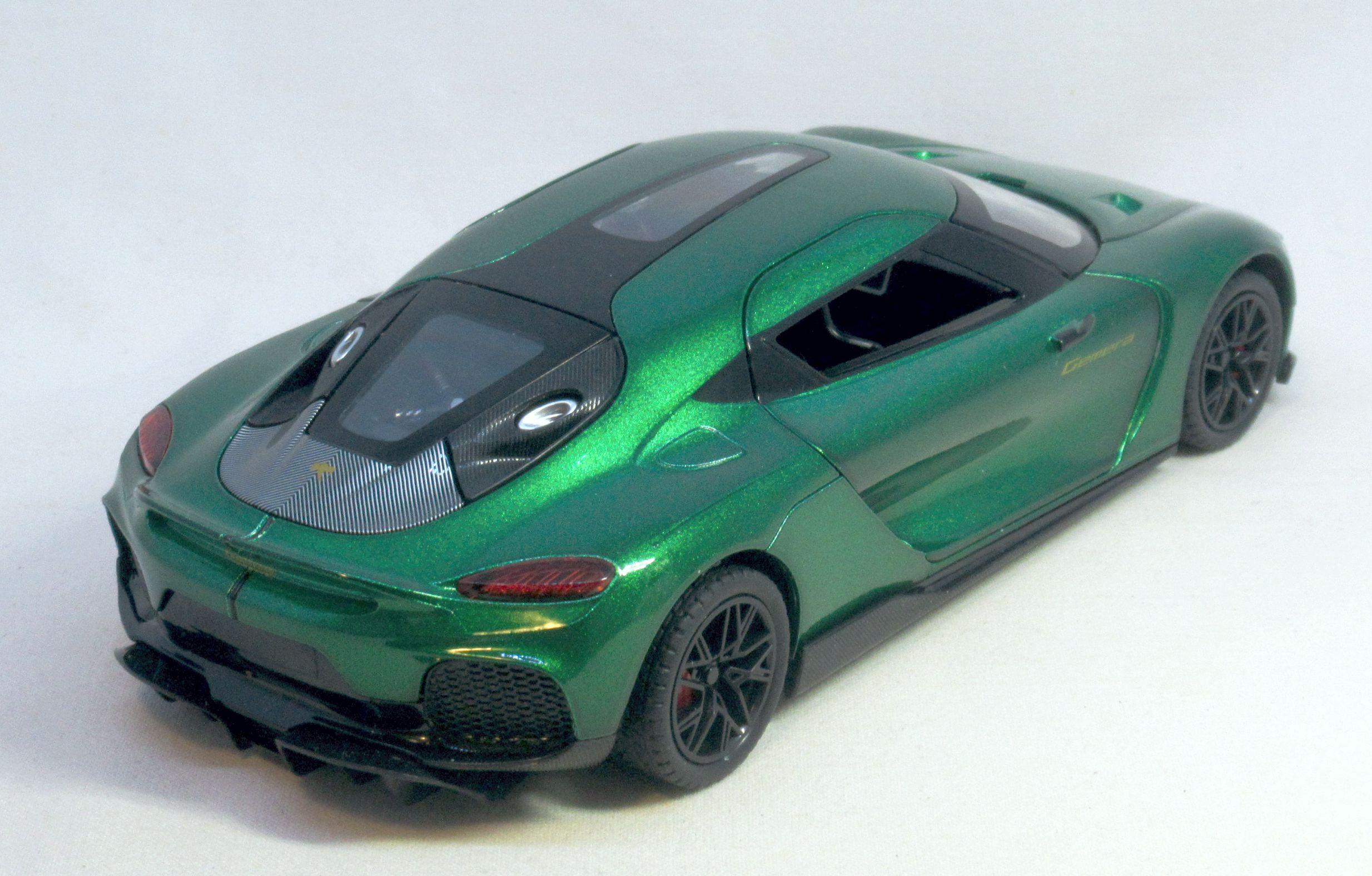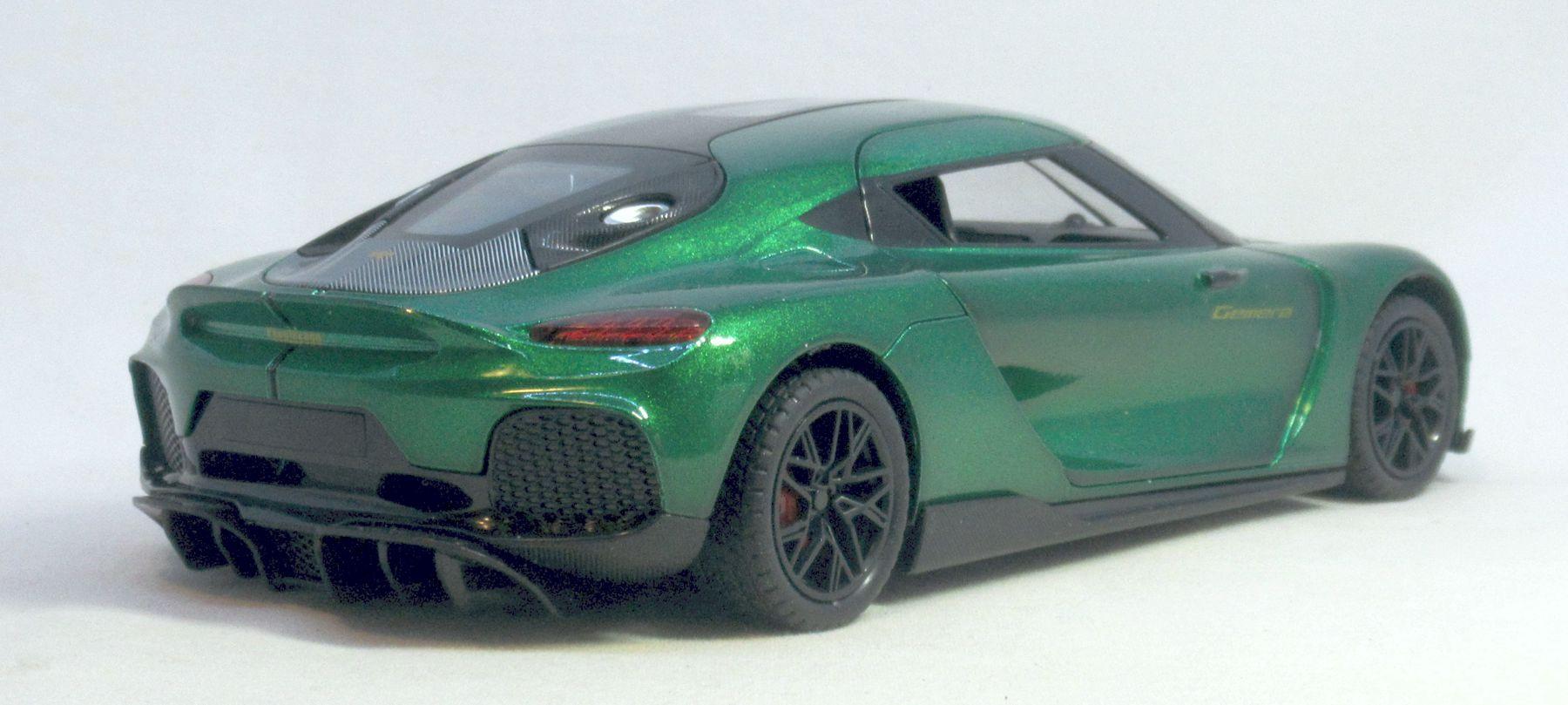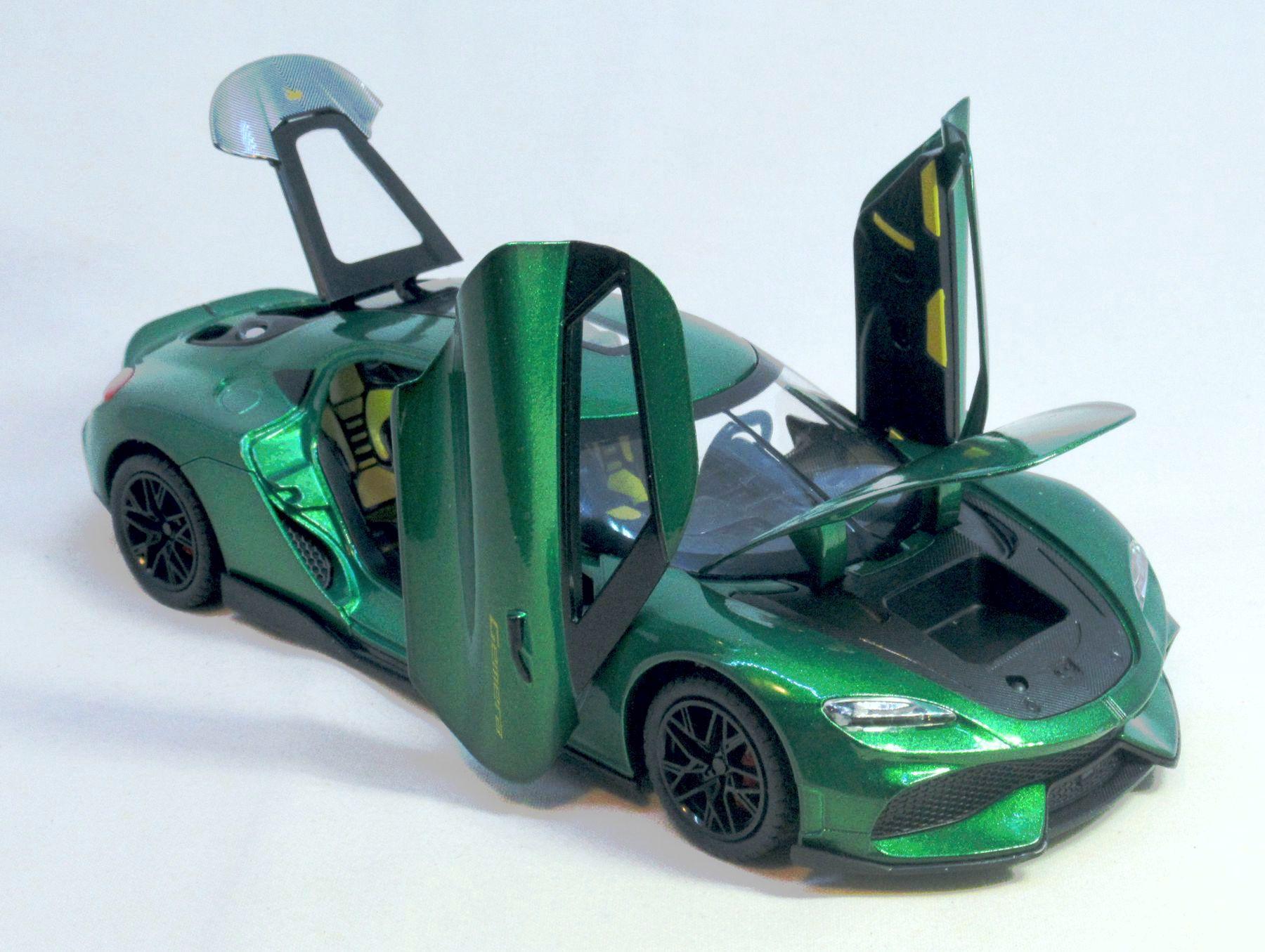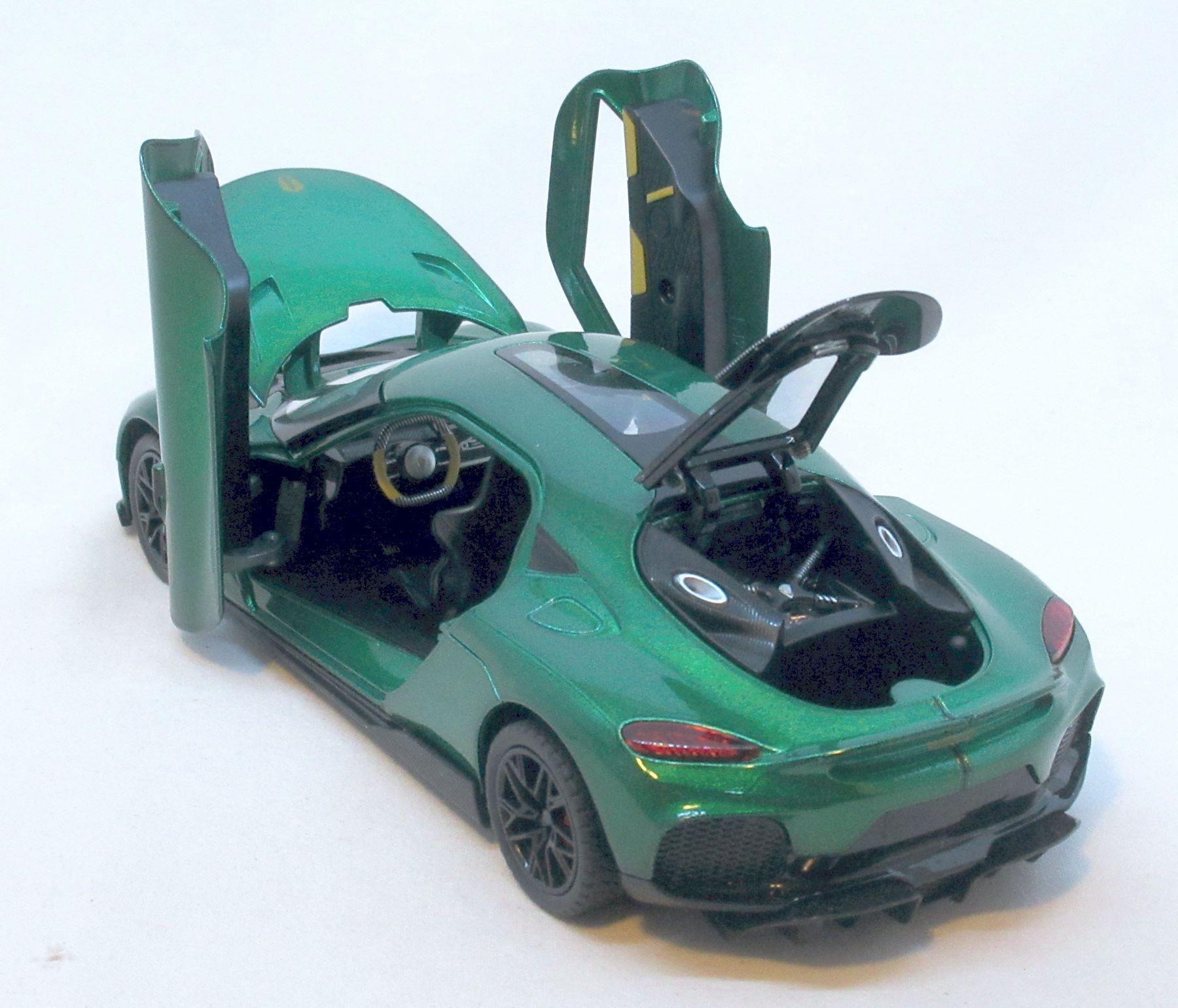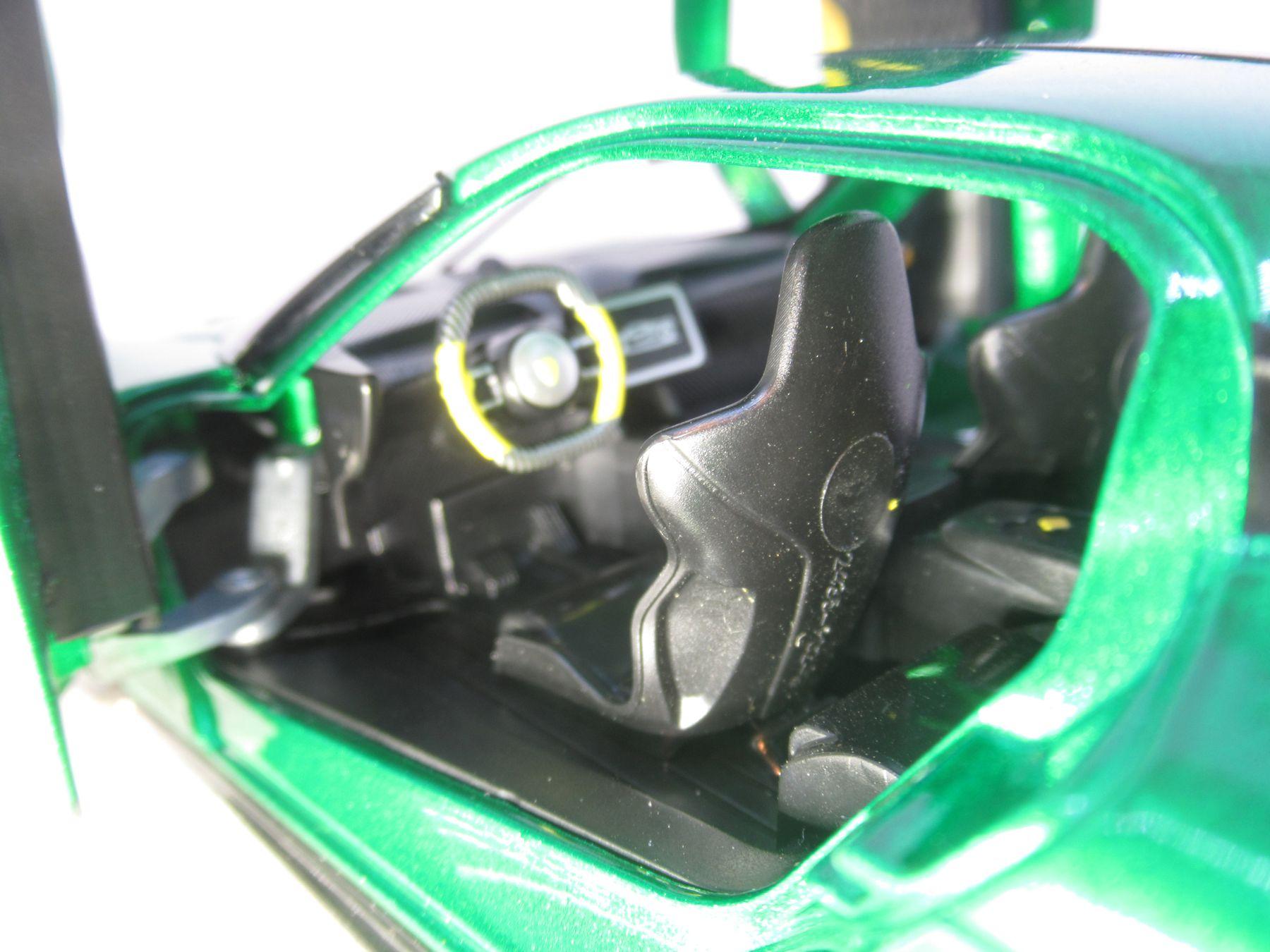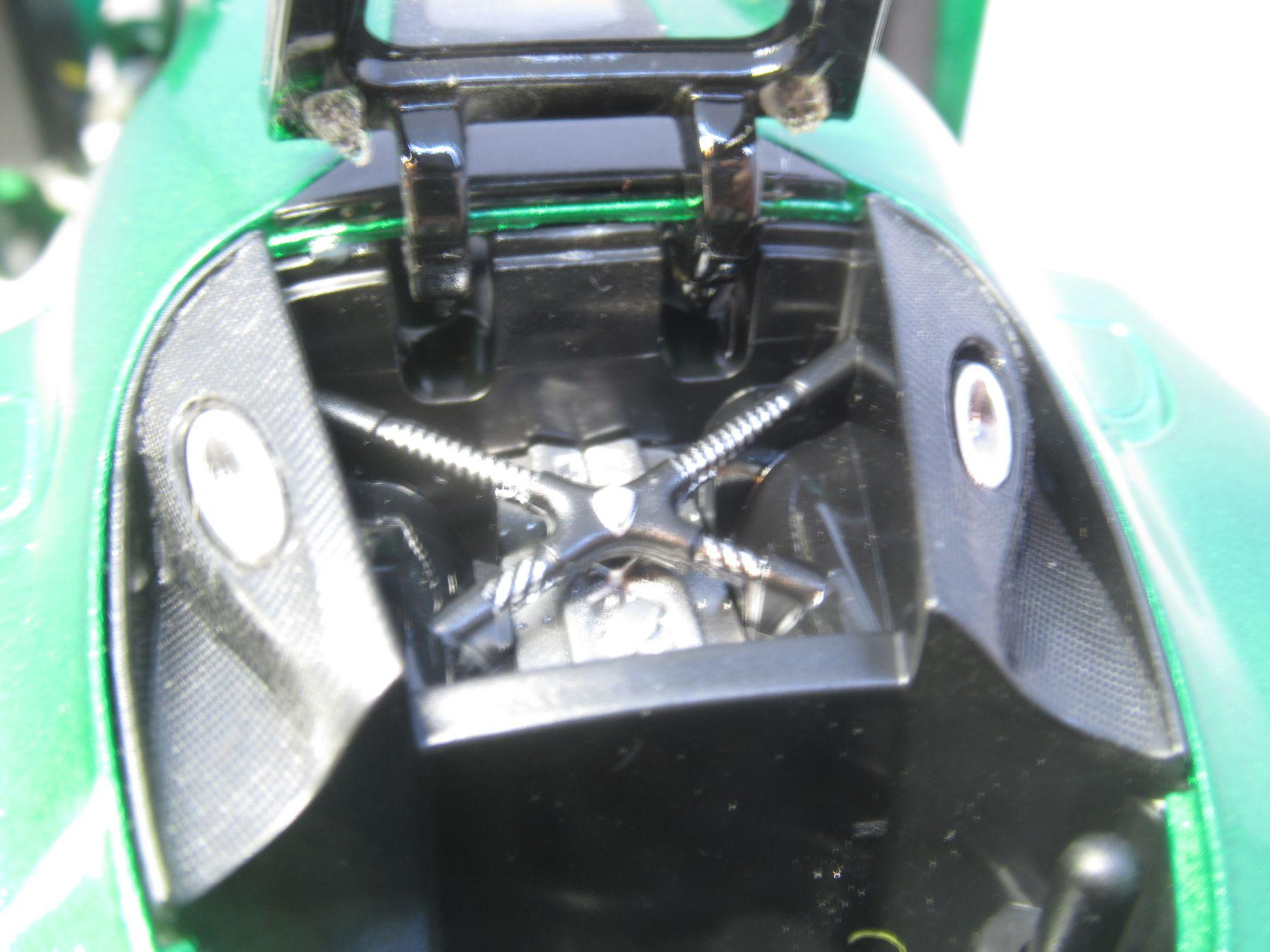-
Posts
479 -
Joined
-
Last visited
Content Type
Profiles
Forums
Events
Gallery
Everything posted by caapa
-
Thrust SSC 1997 Richard Noble approached the speed of sound, now it just had to exceed it. He and his team chose two Rolls Royce Spey turbofan jet engines with a net thrust of about 50,000 pounds of force and placed the driver between tham in the middle. This layout didn`t give enough place for steered front wheels, so a rear wheel steering was necessary. The design team built a modified Mini with a similar wheel configuration to the full-sized car, scaled down to demonstrate and test the concept even on low-friction surface, proving it could work under such circumstances. Finally, the vehicle was equipped with two rear steered wheels behind each other, in accordance with the four-wheel requirement. The unique system, which includes an advanced steering computer and the use of steering dampers, provides small, precise trimming corrections rather than sharp turns. More this design ensures stability by having the steering's center of rotation behind the center of mass, creating a natural tendency to return to a straight line. On 15 October 1997, the car was wheeled out onto Black Rock Desert, Nevada, USA. Thrust SSC with Andy Green in the driver`s seat started its first run a little after 9am and run the measured mile in both direction with an average of 763mph (1229 km/h) namely 1.02.Mach, breaking the sound barrier on both runs. After the joyous cheering and celebration, Andy described the vehicle's stability as challenging and unstable. He noted that the car was more stable during deceleration, and any sudden instability would require him to throttle back to slow down. So this is a record arrived not only press the throttle but some times lift it. The car is currently on display at the Coventry Transport Museum. When I visited the Museum the Thrust 2 was only free visible, the SSC was behind closed doors. My son run to look somebody for help and he found a nice caretaker and he opend for us the door. The vehicle is huge but the most immpresive was that the exhaust fumes from the RR engines and dust kicked up stripped the paint off to bare metal at both sides rear of the car. The model is made by Lledo in 1:99 scale. The model show the vehicle in condition before the run. Enjoy the pictures.
- 445 replies
-
- 2
-

-
- conceptcar
- showcar
-
(and 1 more)
Tagged with:
-
Trust 2 1983 Richard Nobles Thrust 2 is centred around a single Rolls-Royce engine. Literally. The jet had to lie in the middle of the car. Thing is, above 600mph, cars are awfully sensitive to squiffy weight distribution, so Noble did the sensible thing and mounted two identical cockpit on the side of the engine, one for the driver the other for a passanger. The single Rolls-Royce Avon jet engine had 6500 pounds of thrust but during the project the engine was replaced by a more powerful Avon 302 with 17.110 lbs thrust with afterburner. The vehicle also featured a robust safety system, two parachutes to slow the car down from high speed and disc wheel brakes controlled by a pedal for stop from lower speed. The driver wore an oxygen mask and an enclosed helmet for impact and fire protection. Separate fire extinguisher systems were in place for the driver's compartment and engine. The wheels are from solid aluminum to withstand high speeds. Richard Noble achieved an average speed of 633.468 mph (1019.468 km/h) over two runs in the Black Rock Desert, Nevada. The fastest single run was 650.88 mph (1047.490 km/h) During the run he arrived 200 mph in about 9 seconds, and 0 to 400 mph in roughly 20 seconds. The record car is on display at the Coventry Transport Museum in Coventry, England. The model is made by Lledo in scale 1:80. Enjoy the pictures.
- 445 replies
-
- 1
-

-
- conceptcar
- showcar
-
(and 1 more)
Tagged with:
-
Spirit of America Sonic I 1965 Craig Breedlove set his first record on August 5, 1963, at Bonneville with his 3-wheeler jet propelled Spirit of America. He was the first man to set an average speed of over 400 mph (640 km/h) during a Land Speed Record attempt. But the FIA rules for a land speed record of cars required four wheels. So this record was not accepted as a record. After all of these Breedlove designed the Sonic I which was a four-wheeled - this design provided greater stability – and also jet-powered land speed record vehicle. The new car driven by Breedlove, set a new record of 600.601 mph on November 15, 1965. The power came from a General Electric J79 turbojet engine, the same type used in the F-4 Phantom II fighter jet, producing 15,000 pounds of thrust. On the wheels were special Goodyear tires and disc brakes, the discs measured 420 mm in diameter and are capable of operating up to a maximum temperature of 1,200 °C. The car was equipped with an additional aerospace-style drag chute, as well as an onboard air supply for the driver. The Sonic I set another record too. It was also used by Breedlove's wife, Lee, to set a women's land speed record of 308.506 mph in the same year. Following its record-breaking run, the Sonic I was displayed at prestigious institutions like the Indianapolis Motor Speedway Museum and the Petersen Automotive Museum. The Sonic I vehicle was sold at auction in 2025 to a private individual. It's whereabouts are unknown. The model is made by Lledo in scale 1:100. Enjoy the pictures.
- 445 replies
-
- 1
-

-
- conceptcar
- showcar
-
(and 1 more)
Tagged with:
-
This is a realy eye candy ! I like these old Crysler 300`s and have in my collection in 1:64: - 300/1955 - 300 B/1956 - 300 C/1957 - 300 F/1960 - 300 K Convertible/1964. I know there are the 300 D/1958 and 300 J/1963 but only in mint, in blister + horrible postage fees.(+27% VAT import cost) I remain in the hunter's long, silent wait.
-
Mickey Thompson Callenger I 1960 Mickey Thompsons attemp to arrive the 400 mph speed on the morning of September 9th 1960, Bonneville Salt Flats. was a success but was no official Word Record. What happened ? The Challenger was powered by four supercharged Pontiac engines total 3,000 horsepower. Each of the four GMC 6-71 supercharged engine powered a single wheel. The greatest technical challenge was to make four simultaneous clutches and gearshifts operated by one single foot pedal respectively a single hand lever positioned in the cockpit to Mickey's right. And in the meantime had to be kept the Challenger on course of the salt track. His only view of the salt came through a 4-inch square piece of glass that had been taken from a face shield of a welder's helmet. Despite all this, the human factor worked 100%. In the first run Thompson arrived 406,60 mph and became the first American to break the 400 mph barrier. According the rules a second run must be done in the opposite direction within one hour. The parachute-brake system was new installed, the wheel bearings were packed in ice to keep things cool and the car started to the opposite direction. As Fritz Voigt said: „Coming back, you always went faster toward the highway, but when he went into Second with the four Cadillac transmissions, three engaged and one didn't . . . it stayed in Neutral [thereby blowing the engine it was attached to when it revved up with no load on it] . . . we would have massacred the record.” The Challenger I was retired from service and put into storage, the location is not publiced. Mickey Thomson's son, Danny Thompson, successfully set the piston-powered land speed record in 2018 by completing these two runs in his father's Challenger II. The model is made by Hotwheels in scale about 1:60. (based on height size and measured value) Enjoy the pictures.
- 445 replies
-
- conceptcar
- showcar
-
(and 1 more)
Tagged with:
-
Railton Mobil Special 1947 John Cobb took the land speed record with his Railton Special designed by Reid Railton at 353.30 mph being the first to break the 350 mph barrier in 1938. After the Second World War further development and sponsorship by Mobil Oil led to renaming the car as the Railton Mobil Special. In 1947 John Cobb arrived a new record speed of 394.19 mph on Bonneville Salt Flats. The LSR car was powered by two supercharged Napier Lion aircraft engines - big, multi-bank W12s, developing a combined 2,700 hp. Each engine drove a three-speed transmission and both incorporated an 11 inch (279 mm) hydraulic drum brake. Just forward of the rear wheels was a pneumatic airbrake activated with the brake pedal of the hydraulic ones. After the run Cobb noted: the Railton Mobil Special lived in an abstraction permanently. You read the salt, not the steering. You listen for a flutter in the airflow. You breathe evenly. And you leave a pencil-thin wake in the quietest place on earth. Todays hypercar owners are say 150 mph feels like a warm-up, but everything after 200 becomes abstract. The Railton Mobil Special is currently on display at Thinktank, Birmingham Science Museum, England. Model is made by Lledo in 1:87 scale. Enjoy the pictures.
- 445 replies
-
- 2
-

-
- conceptcar
- showcar
-
(and 1 more)
Tagged with:
-
GOOD JOB. I realy enjoy the pictures. Thank you for sharing.
-
I like it ! More pictures ?
-
Campbell-Railton Bluebird 1935 Sir Malcolm Campbell's Railton Bluebird became the first car to exceed 300 miles per hour, reaching 301.129 mph at the Bonneville Salt Flats in Utah on September 3, 1935. The car is designed by Reid Railton with a 36.7-liter, supercharged Rolls Royce R V12 engine, 2300-horsepower, with rear wheel drive - on the axle double wheels and tires. The body is a streamlined, aluminum-honeycomb constuction, with double wishbone independent suspensions and Girling disc brakes supplemented by a hydraulic airbrake. The tires were 1321 mm diameter, pressure exceeded 100 psi, with higher pressures 130-160 psi used for record attempts. The original 1935 Campbell-Railton Bluebird Land Speed Record Car is exhibited at the Motorsport Hall of Fame of America at the Daytona International Speedway Tour Center. A replica is on display at the Lakeland Motor Museum in Cumbria, England. The model is made by Lledo in 1:80 scale. Enjoy the pictures.
- 445 replies
-
- 3
-

-
- conceptcar
- showcar
-
(and 1 more)
Tagged with:
-
Rolls Royce Phantom I 1929 Initial Rolls Royce generations from the factory consisted of the chassis, engine and transmission – named “rolling chassis”. Likewise the company did not fit bodies to the chassis in the Phantom`s first four generations too. Instead, clients worked with coachbuilders to design and build custom bodies for their specific need. So you could get a Phantom I chassis with a new 7668 cc, straight-six , overhead-valve engine, 95 hp with a four-speed manual transmission and improved front-wheel drum brakes. The top speed was about 80 mph. As the US market became increasingly important Rolls Royce decided to bring production to USA too. The new factory was in Springfield, Massachusetts and they produced the Phantom I lightly modified with 3-speed-transmission and left hand drive. From 1928 they offered the car with horisontal shutters automaticaly opened at temperature. (I think enthusiasts are considered this sacrilegious on this side of the ocean) There was a total of 3,512 produced, 2,269 at Derby/England and 1,243 at Springfield. The Phantom nameplate is one of the oldest in the automotive industry, with the Phantom I being the foundational model for a century-long lineage of iconic vehicles. The model is made by Xinhaodi/China in 1:24 scale. Browsing on the net I probably found pictures and info about the original car of this model: it was licensed in New York City in 1929. At some point, the town car body was replaced by its current tourer body. From 1980 onward, the Phantom was in Switzerland, was restored completely between 2000 and 2012 and has since been registered in Germany. Enjoy the pictures.
- 445 replies
-
- conceptcar
- showcar
-
(and 1 more)
Tagged with:
-
Ferrari SF90 XX Spider 2023 The SF90 XX is the first XX variant that is street legal. The car is a significant evolution of Ferrari's plug-in hybrid hypercar, blending track-derived "XX" program technology with road-legal usability. It features a prominent fixed rear wing, a first for a street-legal Ferrari since the F40 and F50. This maximize downforce, to a total of 530 kg at 250 km/h. The SF90 is powered by a twin-turbocharged V-8 engine and three electric motors with a peak power of 786 hp. The eight-speed dual-clutch gearbox utilizes logic from the Daytona SP3 to improve gear-shifting sound and driving dynamics. In addition this is combined with a new Extra Boost feature for the electric motors, the total system output is 1016 horsepower. This Extra Boost is limited to the Qualify drive mode to speed upon exiting a corner. This instantaneous power can be used up to 30 times before the battery is depleted. The SF90 XX arrives a top speed of 320 km/h and accelerates to 100 km/h in 2,3 sec. On the other hand the high performance lithium-ion battery powers the three motors, guaranteeing a 25 km range in full-electric mode. Only 599 Spider convertibles will be produced for a $932,000 price each. They are already sold out. The model is made by NEWAO/China in 1:24 scale. Enjoy the pictures.
- 445 replies
-
- conceptcar
- showcar
-
(and 1 more)
Tagged with:
-
Ferrari Monza SP1 2019 The Monza SP1 is a celebration of Ferrari's racing heritage, specifically its open-top sports cars of the 1950s. It is the first model of Ferrari's new "Icona" series, a limited-production, single-seat sports car. The base is mainly the 812 Superfast, the 6,5 liter powerplant with 799 HP, the seven-speed dual-clutch transmission, the dashboard, etc. are from that. The top speed is a tad less than 360 km/h, acceleration to 100 km/h in less than 3 sec. The body design follows the 1950s „barchetta” layout – it means roof-less. A unique "Virtual Windshield" system uses airflow to create a buffer of air over the driver, mimicking the effect of a traditional windshield. But probably better to deside you use very fashinable sunglasses or goggles or a helmet with face-shield. Ferrari has thought of everything – the Monza comes with its own accessories. Cap, scarf, handshues and a Ferrari branded helmet made of carbon fiber. Only 499 units are produced, for $1,75 million each, without any extras and accessories. And no owner could buy more than one ! The model is made by Bburago in 1:64 scale. Enjoy the pictures.
- 445 replies
-
- conceptcar
- showcar
-
(and 1 more)
Tagged with:
-
Ferrari Daytona SP3 2023 The SP3's name and design are a direct reference to Ferrari's iconic 1-2-3 finish at the 1967 24 Hours of Daytona. The car pays tribute to this victory and the prototype cars built with its design and powertrain. The SP3 design features retro styling cues reminiscent of the 330 P4 but with modern aerodynamic elements and cooling solutions. With the wraparound windshield visibility is remarkably good, the rear mirors are with a camera addition completed. The seats are thin but well-shaped and fixed. So the pedal box that slides fore and aft. Only few roadcars were equipped with this feature despite the obvious space efficiency and the fact it centralises and stabilises one of the car’s primary masses, otherwise known as the driver and accompanying. The car is based on the LaFerrari Aperta chassis and uses a 6.5-liter naturally aspirated V12 engine derived from the 812 Competizione, producing 819 horsepower. The acceleration 0 – 100 km/h 2,85 sec and to reach 200 km/h 7.4 seconds. The top speed is 340 km/h. Ferrari has already sold all 599 units of the Daytona SP3 production, primarily to previous Ferrari owners and collectors. The price was around $2.2 million. The model is made by a NoName Chinese manufacturer in 1:22 scale. Enjoy the pictures.
- 445 replies
-
- conceptcar
- showcar
-
(and 1 more)
Tagged with:
-
Ferrari Purosangue FUV SUV 2022 For decades, the Italian automaker resisted the global trend of developing an SUV, staying true to its roots in grand tourers and supercars. But in 2017 began the development. The design offers the practicality and comfort expected from an SUV. The four-door, four-seater car is marking a significantly new layout for Ferrari as their first production vehicle with this configuration. It has a naturally aspirated V12 front mid-engine and an advanced all-wheel-drive system, making it one of the most potent and dynamic luxury SUVs ever. The engine is a 6.5-liter V12 with 715 hp - from the 812 Competizione - connected with an 8-speed dual-clutch transmission to the AWD system. The body design features rear-hinged "welcome doors" known from more Rolls Royce limousines. The car arrives 310 km/h topspeed, the acceleration 0 – 100 km/h 3,3 sec. The Purosangue – in italian thoroughbred - is positioned to compete with other high-performance SUVs like the Lamborghini Urus, Bentley Bentayga, and Aston Martin DBX. The model is made by a No Name chinese manufacturer in 1:24 scale. Enjoy the pictures.
- 445 replies
-
- conceptcar
- showcar
-
(and 1 more)
Tagged with:
-
Tokai Challenger Solar Car 2009 The "Tokai Challenger" refers to a series of solar cars which ones winn the Global Green Challenge in 2009 and the World Solar Challenge in 2009 and 2011 as well as the South African Solar Challenge 2010. The car is designed and tested in collaboration with Tokai University/Japan students, with help of professors and several Japanese companies of the auto industry. The vehicle is powerd by a DC Direct Drive Motor with 3 Phase Controller, the electric curent came from 2174 Compound Solar Cells, from Sharp Corporation, originally developed for use in satellites. There was a set of Lithium Ion Batteries too, weighting 25 kg. The body is made of Carbon Fiber Reinforced Plastics, the special tires from Michelin. The brakes are Hydraulic disc and Regeneration Brake. The cars top speed 160 km/h (estimated), the cruising speed is 100 km/h. During the World Solar Challenge in 2009 from Darwin in north to Adelaide in south they arrived an averige speed of 100,54 km/h. Because of the north to south rout the organizers pointed out that although Australia has left-hand traffic, they recommend driving on the right side of the road in the afternoon because the curvature of the road allows the solar panels to receive more light. And an update: on August 28 this year Tokai arrived Adelaide finish on 5th place with averige speed of 80,8 km/h and the Hungarian competitor on 10th place with 69,1 km/h averige. The model is made by Tomica in 1:67 scale. Enjoy the pictures.
- 445 replies
-
- conceptcar
- showcar
-
(and 1 more)
Tagged with:
-
Solar Eagle III 2009 The third attempt by California State University students was a complete success in 2009. The Solar Eagle III was a solar-powered car that won Sunrayce 97, a 10-day, 1,230-mile national intercollegiate solar car race. The yellow car was powered by 762 Silicon solar cells and a 108-volt system with nine 12-volt batteries. The one seater racecar had a carbon fiber monocoque rolling chassis with mechanical hydraulic and rear regenerative brakes. The streamlined body has a drag coefficient 0,15 (moder cars have 0,25 – 0,3) The weight is 194 kg (without driver and batteries). During the race they arrived a Sunrayce average speed record of 69,3 km/h. They run the whole race without a breakdown and finished 20 minutes ahead of its closest competitor MIT's Manta GT. The Solar Eagle III remained under the ownership of Cal State LA and is taken out for display on occasion. The model is made by Hotwheels in 3” Regular Line. Enjoy the pictures.
- 445 replies
-
- conceptcar
- showcar
-
(and 1 more)
Tagged with:
-
- 445 replies
-
- conceptcar
- showcar
-
(and 1 more)
Tagged with:
-
Up Date. I received the 1:24 scale model in the mean time. On this model, too, some details had to be corrected or supplemented with paint and chrome. And look at this steering wheel - I've never seen one so autenticly detailed and complicated.
- 445 replies
-
- conceptcar
- showcar
-
(and 1 more)
Tagged with:
-
Bugatti W16 Mistral 2022 The winds name Mistral - coursing through the French mainland and Côte d’Azur coastline - is synonymous with power. The Bugatti W16 Mistral worthy of its name: the engine the last and most powerfull one of the W16 engines since 2005. The roadster based on the most powerful Chiron. The mid-engine is 8,0 L quad-turbocharged W16 with 1600 PS put it together with the 7 speed dual clutch transmission to the all wheel drive system. The „normal” Mistral arrives a top speed of 420 km/h but a Super Sport variant set a new record for open top cars in November 2024: 453,91 km/h. According to some opinions it could have been more, at 80-110 km/h, but the road wasn't long enough for that. Beyond all these the cars eye-catching bodys aerodynamic is higly efficient, the drive with open top delights you with a symphony you have never heard before. And there is no complaint about luxury, for example the car's interior and luggage set will be created from the same high quality leather hide. And that’s all for “only” 5,95 million €. If you can't afford one buy a dozen in small size. The model is made by RW in 1:64 scale. Although the model is really nicely made, some paint correction and detailing were done on the sides of the car and in interieur. Enjoy the pictures.
- 445 replies
-
- conceptcar
- showcar
-
(and 1 more)
Tagged with:
-
Ford Mustang Mach III Concept 1993 It was the first major redesign of the Mustang in fifteen years. The concept car was a forerunner of the fourth generation which was released a year later. The open-air two-seat roadster had a carbon-fiber body, cutdown windshield, 19-inch chrome five-spoke wheels, tri-bar rearlamps, side scoops, and classic grille pony badge. In addition to the inspired styling, the Mach III was equipped with a 450 horsepower, 4.6-liter V8 engine, connected to a six-speed transmission. The car accelerated 0 – 100 km/h in less than 4,5 sec and reached a top speed of nearly 290 km/h. The development of the car was not in vain because the fourth generation Mustang inherited several styling elements from the concept. Not to mention that one of the Mach III was sold for $491,500 at Christie’s Auction in 2002! The model is made by a NoName/China manufacturer in 1:24 scale. Enjoy the pictures.
- 445 replies
-
- conceptcar
- showcar
-
(and 1 more)
Tagged with:
-
Auto Union 1000 SP Cabriolet 1961 The SP Cabriolet became the late child of the family of 1000. The open car has a sleek, low-slung body with tail fins - drawing inspiration from the Ford Thunderbird - hence the "baby Thunderbird" nickname. The engine is the same 981 cc, two-stroke, three-cylinder like in the other 1000 members but with an increased compression ratio and a claimed output of 55 PS. The two-stroke engine required the addition of oil to the gasoline, which was a common practice in Europe at the time. but the produced blue-smoke was not very nice. The gearbox is a four-speed manual with gear lever on the steering column. The car arrived a 140 km/h topspeed and was very comfortable even on bad roads. The interior was well finished with a variety of chrome accents, an almost monumental steering wheel in ivory or black colored plastic, full carpetting and adjustable front seats. A small rear bench was included as well, but could only be occupied by very small children. A nice aesthetic touch of the 1000 SP Roadster was that its hood completely folded away into the bodywork. If you look at the detailing and finishing of this car its quite clear that it couldn't have been a cheap car to produce. The price was right too. Only 1,640 were produced. The model is made by Grell in 1:64 scale. Enjoy the pictures.
- 445 replies
-
- conceptcar
- showcar
-
(and 1 more)
Tagged with:
-
Ferrari 330 P3/4 Daytona 1967 In 1966 Ford crushed the Prancing Horse by winning the Triple Crown of endurance racing – 24 Hours of Le Mans, 24 Hours of Daytona and 12 Hours of Sebring. But Ferrari was determined to make a comeback. Mauro Forghieri, Ferrari’s Technical Director at the time, was given full freedom by Enzo Ferrari to develop an engine and car that would absolutely surprise the folks at Ford. The result was a marvellous 4.0 litre, longitudinal, 60°, V12 engine pushing out 450 bhp - derived from the 3 litre F1 engine . A 5-speed transmission was developed in-house and used new wheels and wider tires. Top speed was 320 km/h. When the green flag dropped in Daytona, Phil Hill’s Chaparral 2F overtook Dan Gurney in the Mark II GT40 and extended his lead continuously. Ferrari fans in the grandstands hoped to see Prancing Horses challenge the Fords and Chaparrals. However, the teams decided to focus on their own lap times and not challenge the others unless they had at least a 5-lap lead. As the race progressed, more and more Mark II GT40s had to make unplanned pit stops. Ferrari dominated and they led for almost 20 hours in the race – a great victory for the company and Enzo Ferrari in particular. Only two 330 P3/4 cars were produced – one Berlinetta Coupe and one Spider. The model is made by Bburago in 1:24 scale. Enjoy the pictures.
- 445 replies
-
- 3
-

-
- conceptcar
- showcar
-
(and 1 more)
Tagged with:
-
Buick Super Dyna Flow 1950 A personal memento: 1950 (or 1951?) in Budapest, we little guys were always looking at cars and trying to figure out what make. Suddenly a big black bulbous car came along with the "teeth" of the grille hanging down and embraced the front bumper. - HEY ! One Rolls Royce !!! – cried the crowd. I told them it wasn't, because a Rolls Royce is much taller and very angular. (I had just been in the Swedish Ambassador's Rolls Royce with my father for a short trip) They didn`t accepted my interjection screamed only: - Rolls Royce, Rolls Royce, . . . . In reality it was a Buick with the that time new Dynaflow automatic transmission featuring a multi-element torque converter and a planetary gearset. It became known for its smooth, albeit less powerful, operation compared to other automatics of the time. But it made popular for some applications, such as the moving horse race starting gate, where a smooth, gearless acceleration was desired. The 1950 Super came with a single two-barrel carburetor on a new 4.3 L Fireball I8 which produced 112 hp. Top speed about 140 km/h, the acceleration 0 – 100 km/h 14,5 sec due to the languid nature of the Dynaflow transmission. Despite this the Super set an all time record of 251,883 sold. The model is made by Yatming in 3” size. I was happy to find one on Ebay newly and purchased immediatelly. Enjoy the pictures.
- 445 replies
-
- 1
-

-
- conceptcar
- showcar
-
(and 1 more)
Tagged with:
-
Koenigsegg Gemera 2020 This is the first four-seater car built by Koenigsegg. It is a limited production four-seat plug-in hybrid grand tourer. The planned 300 units being made worldwide sold out in Nov. 2024 soon. The Gemera has pioneered a revolutionary new vehicle category - the Mega GT. Although it will initially be powered by a two-litre, three-cylinder, twin-turbo petrol engine with 600 bhp and 3 electric motors achieving a combined output of 1700 bhp. But later announced that it will also be available with Jesko's five-litre V8, which together with an electric motor called Dark Matter is capable of 2300 hp. And this seemed to be such a popular option with pre-orderers that the three-cylinder version is not yet available. The more powerful version arrived 0 – 100 km/h in 1,9 sec and the top speed is 400 km/h. Koenigsegg now has the fastest accelerating production car in history. Costs more than $1.7 million. The model is made by LJX/China manufacturer in 1:24 scale. Enjoy the pictures.
- 445 replies
-
- 1
-

-
- conceptcar
- showcar
-
(and 1 more)
Tagged with:
-
Super two models ! Thank you for sharing.

